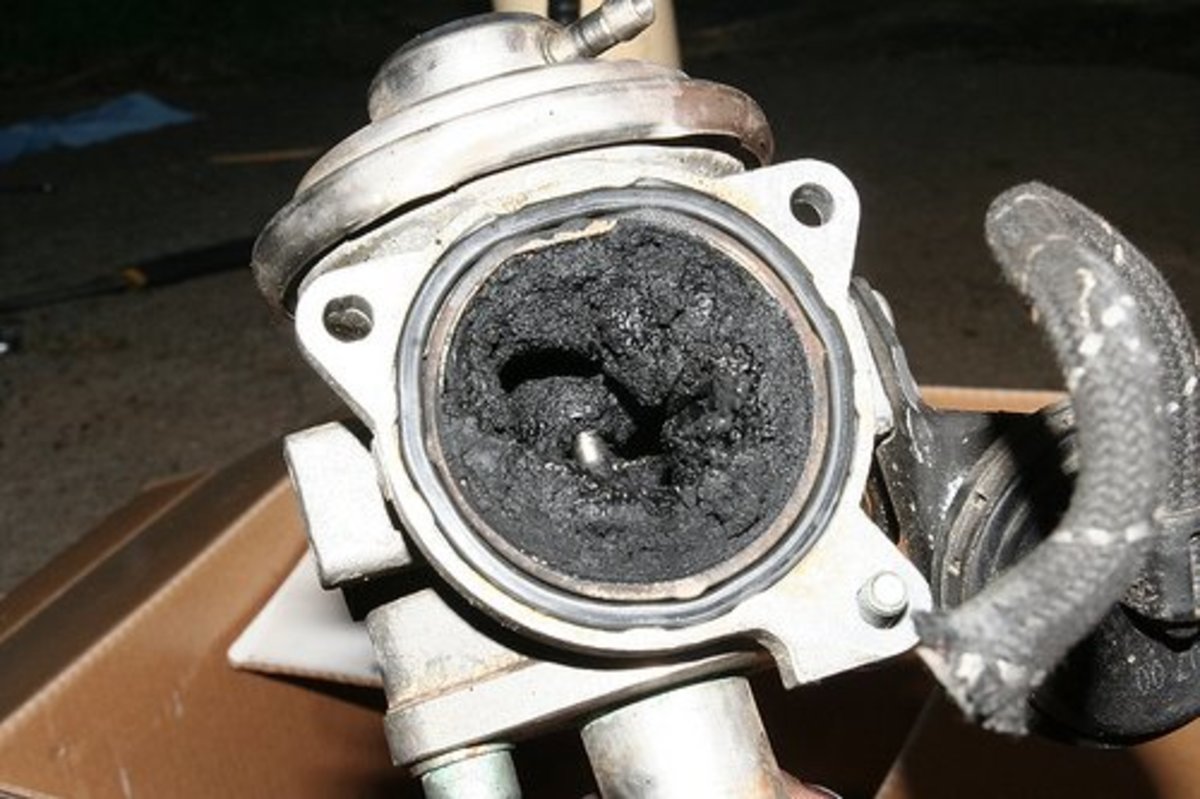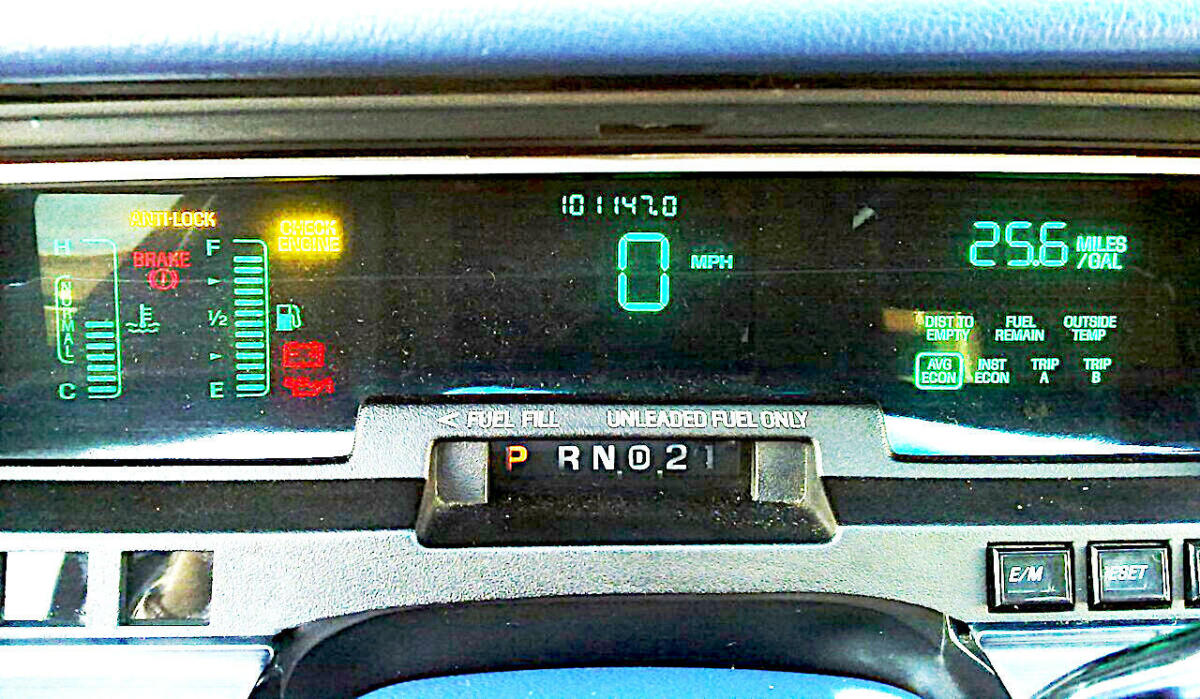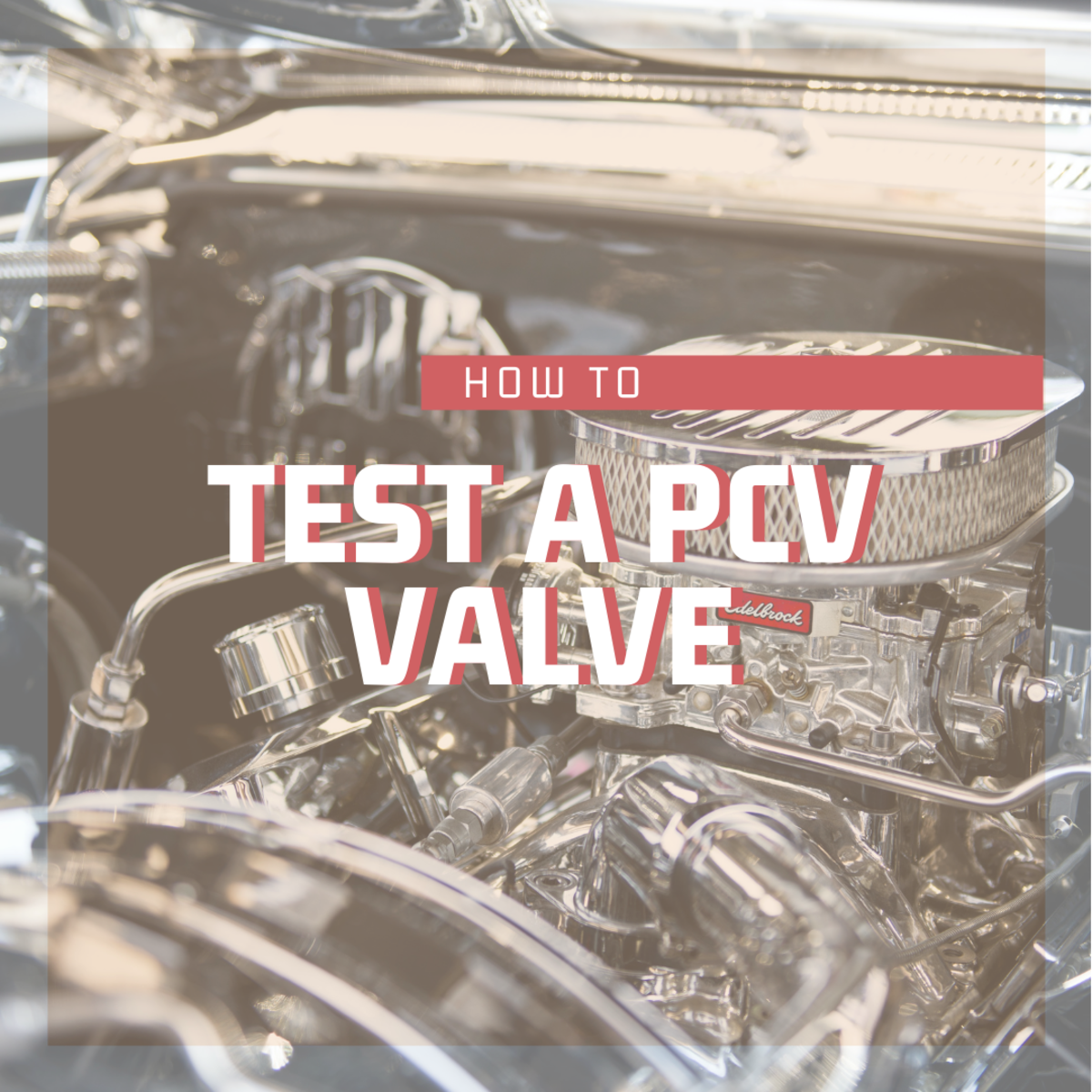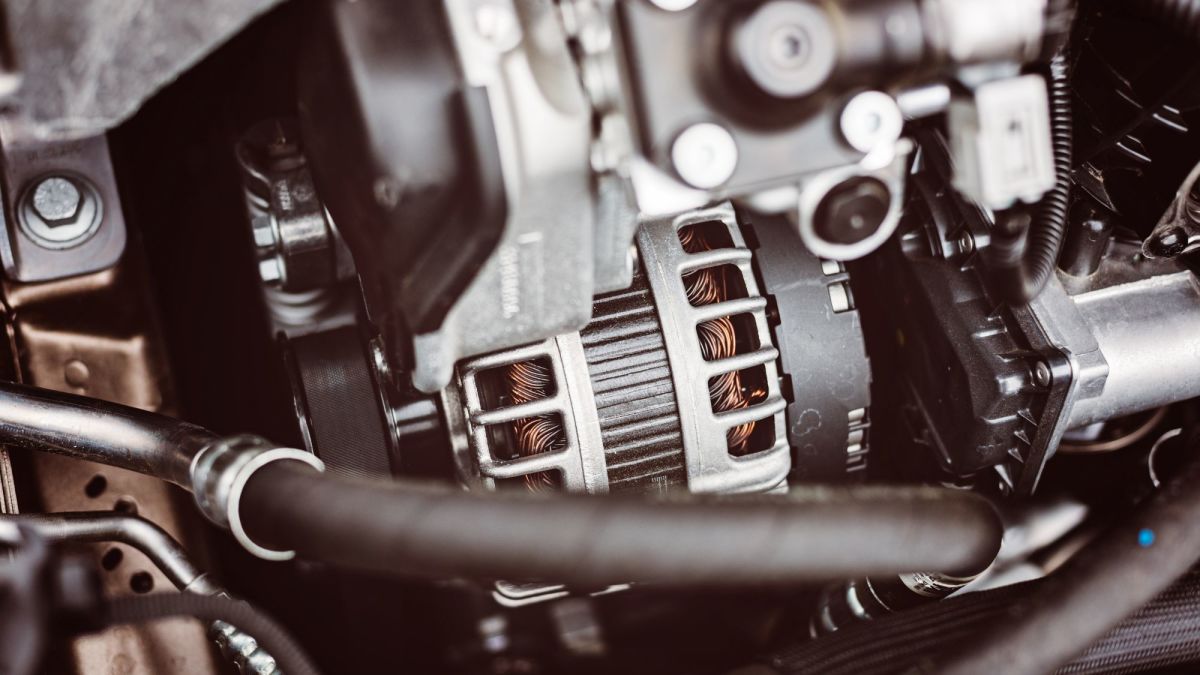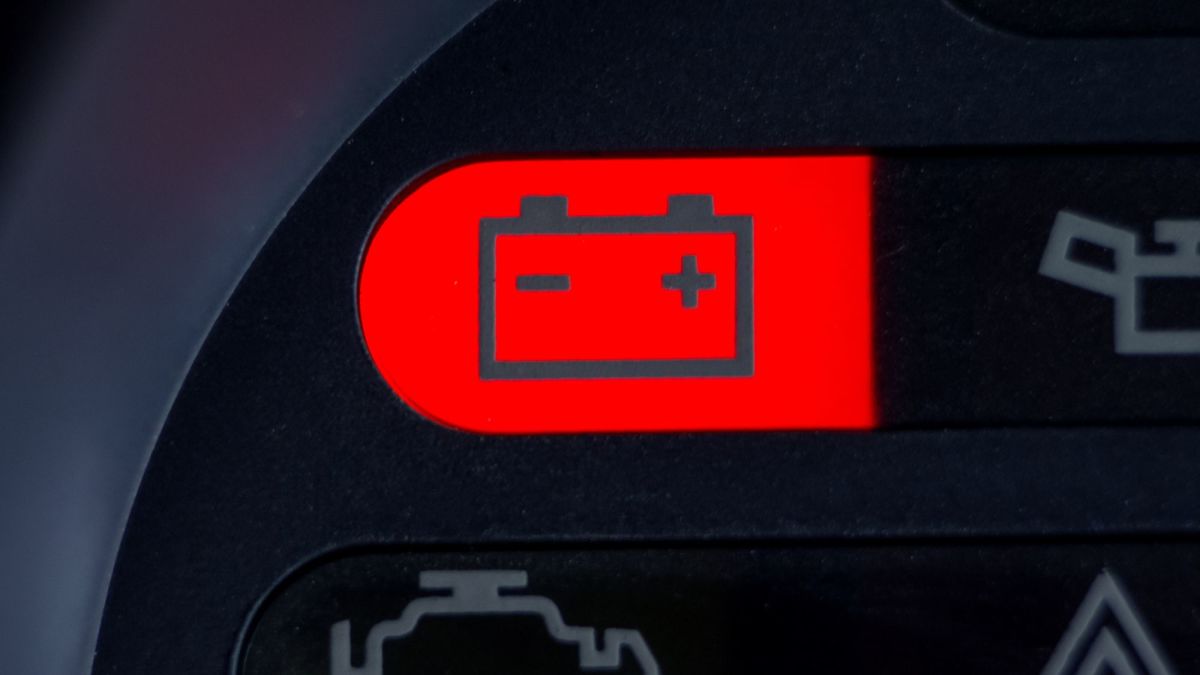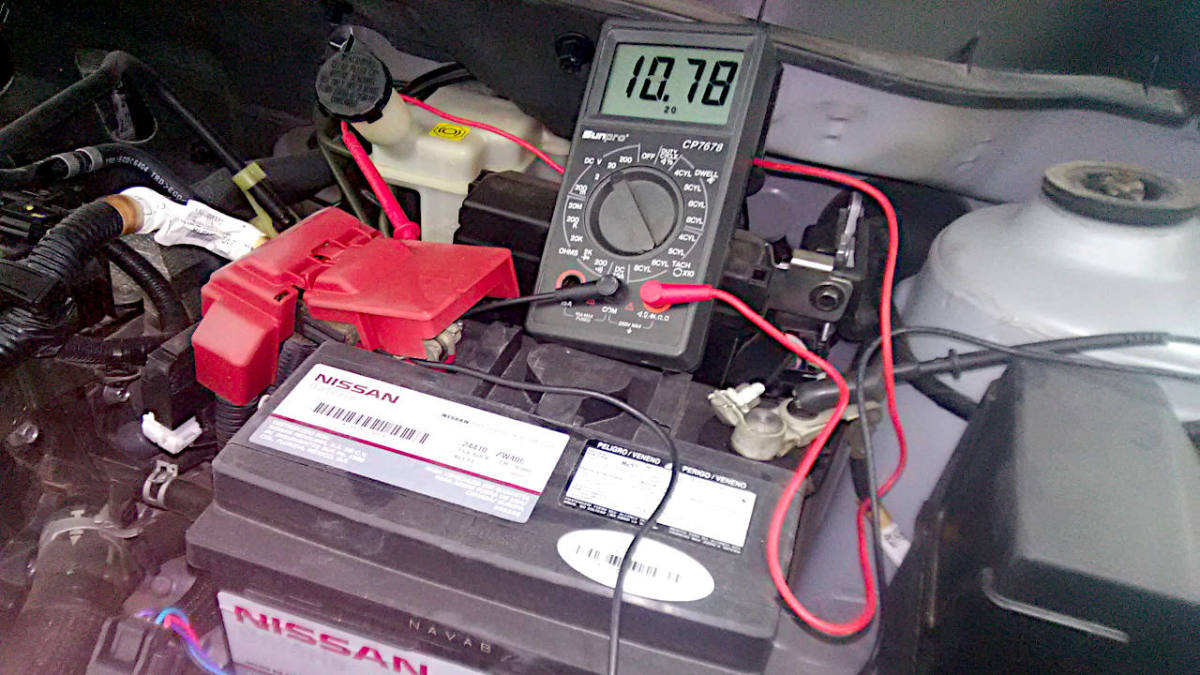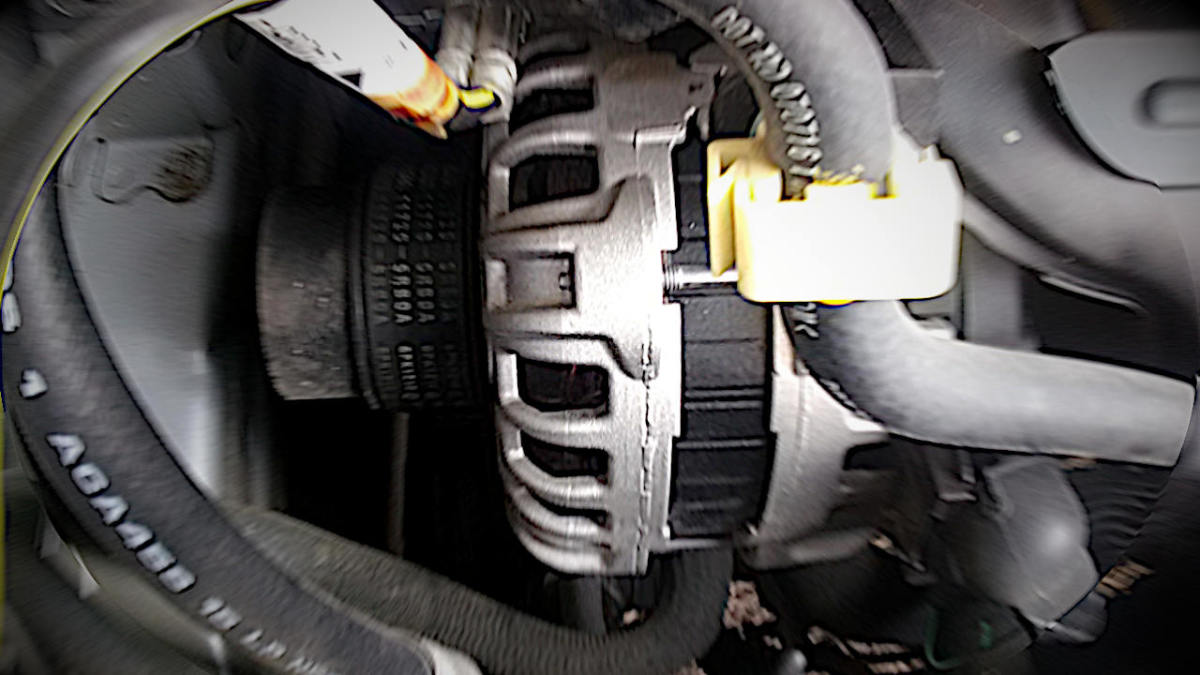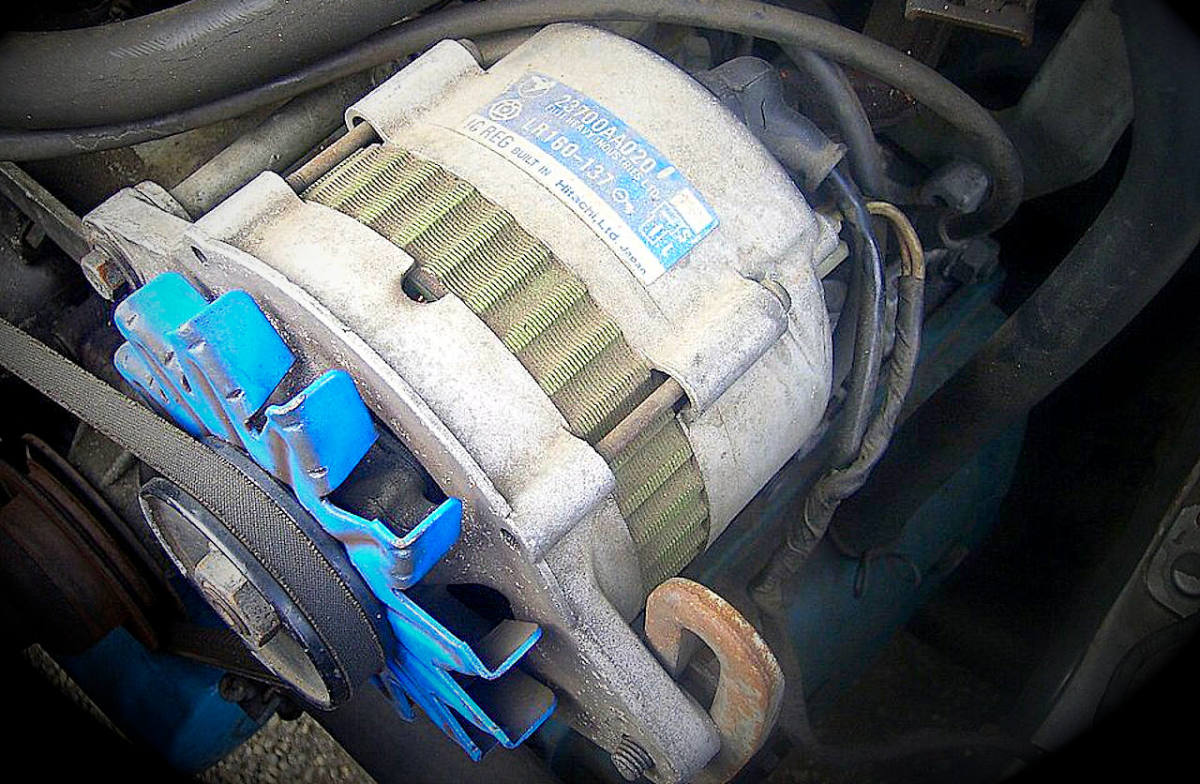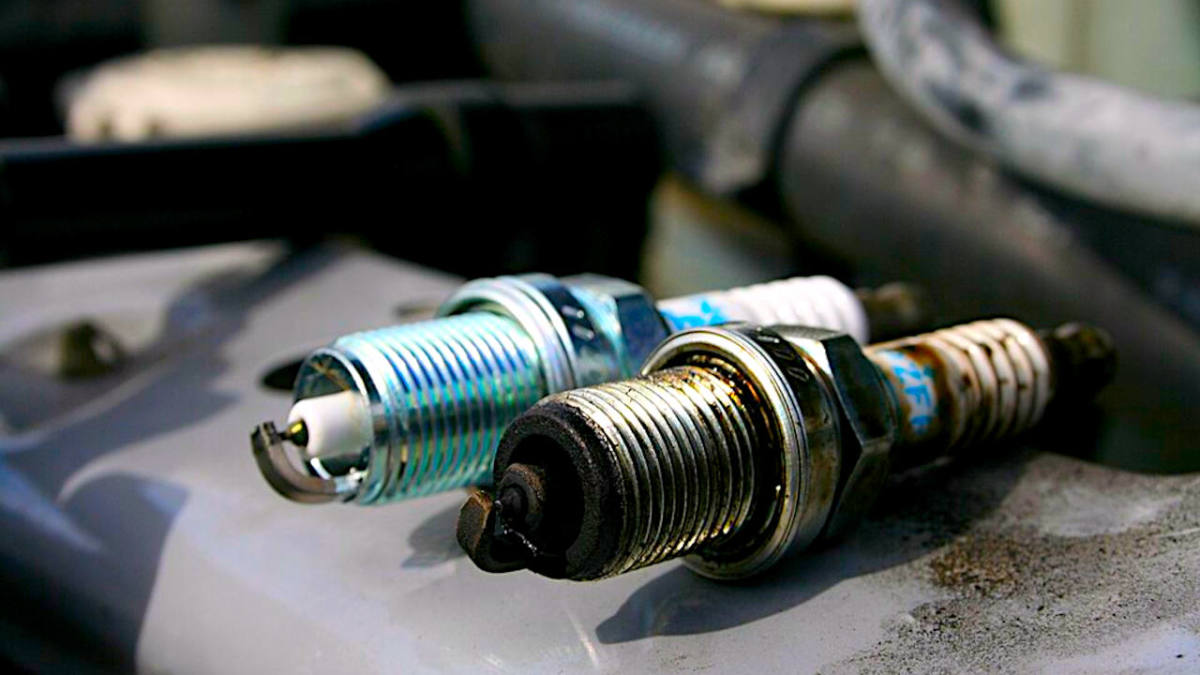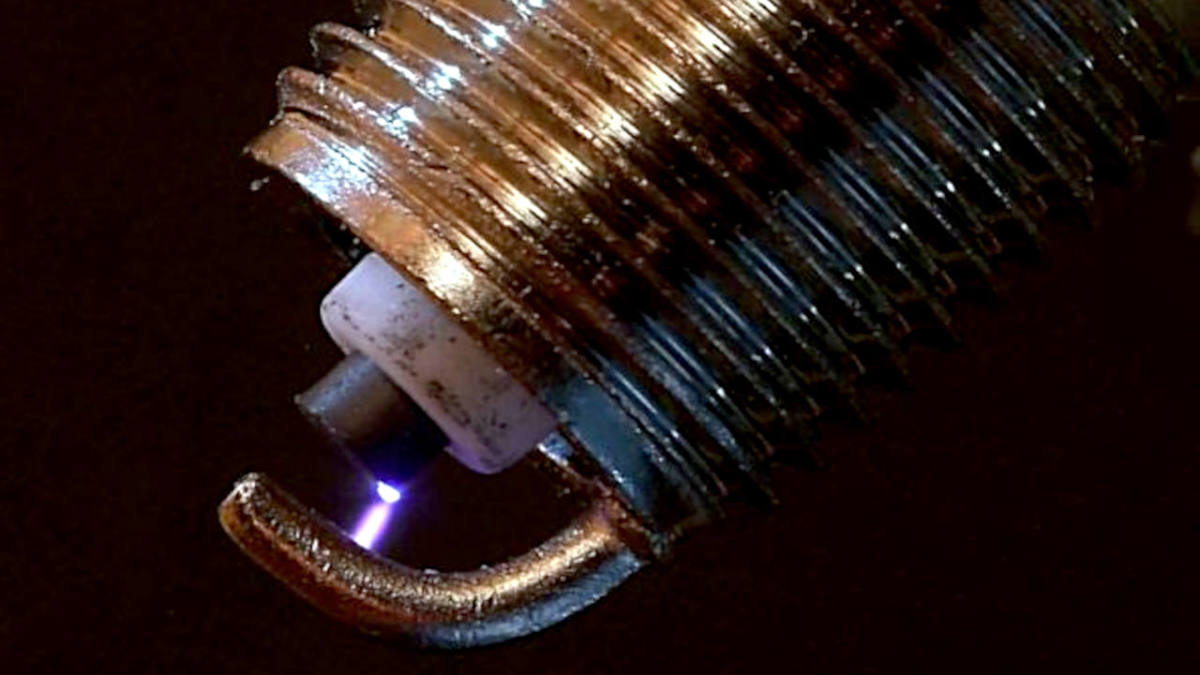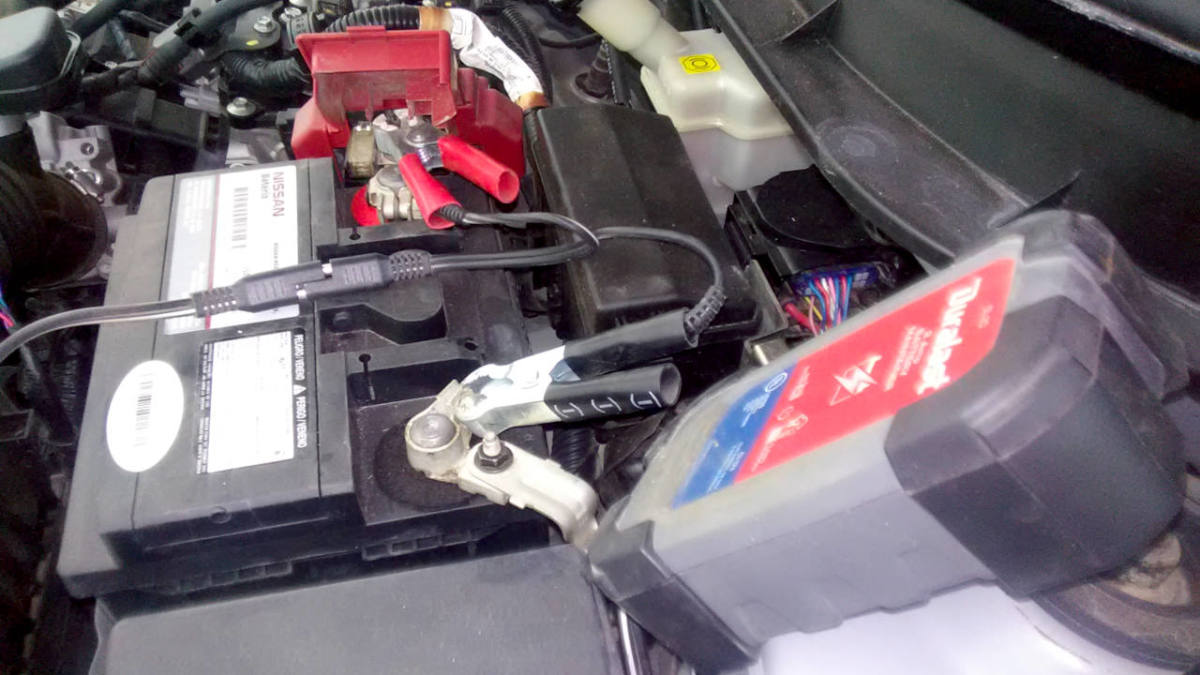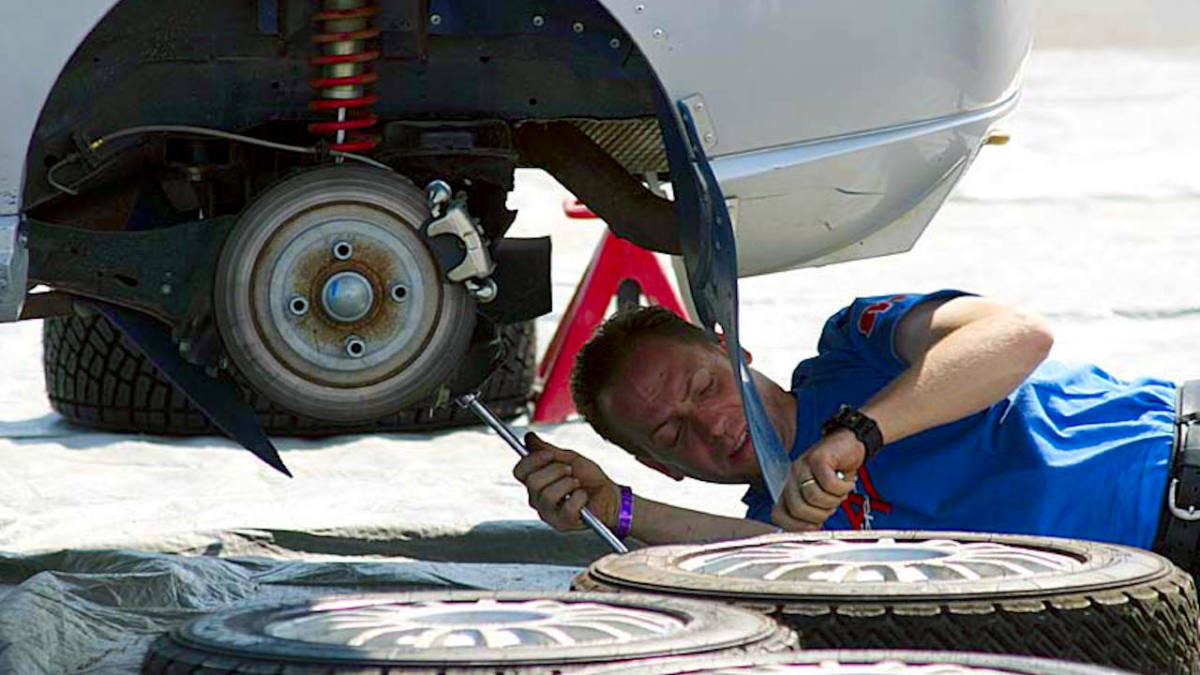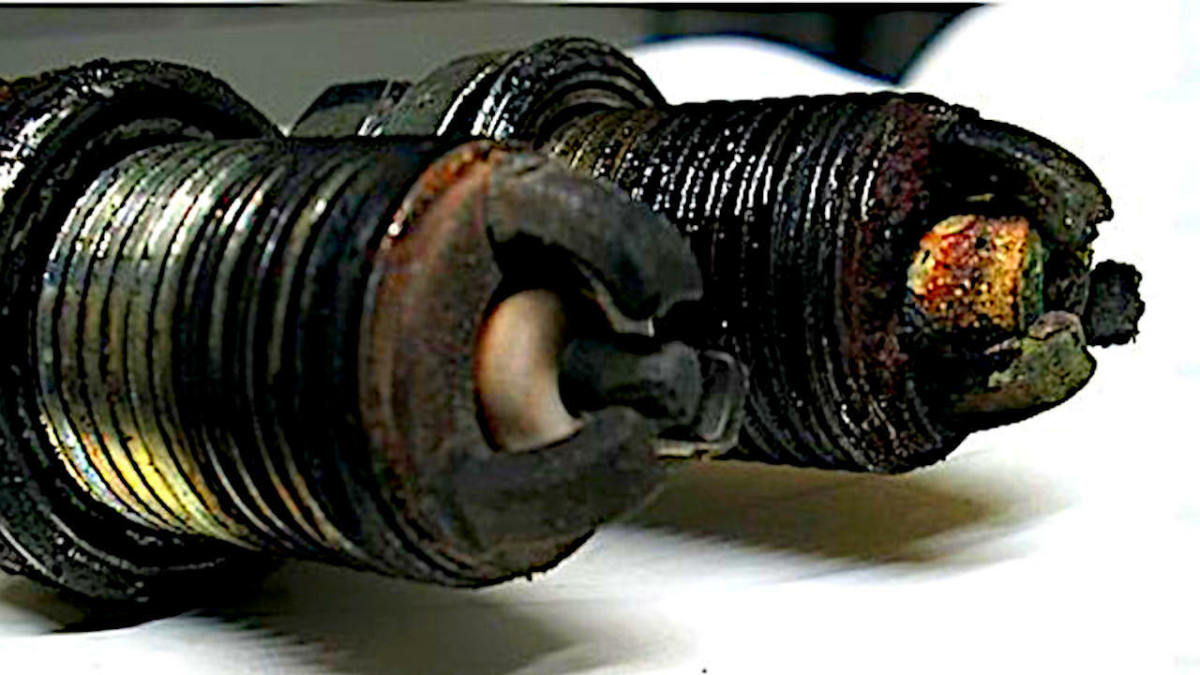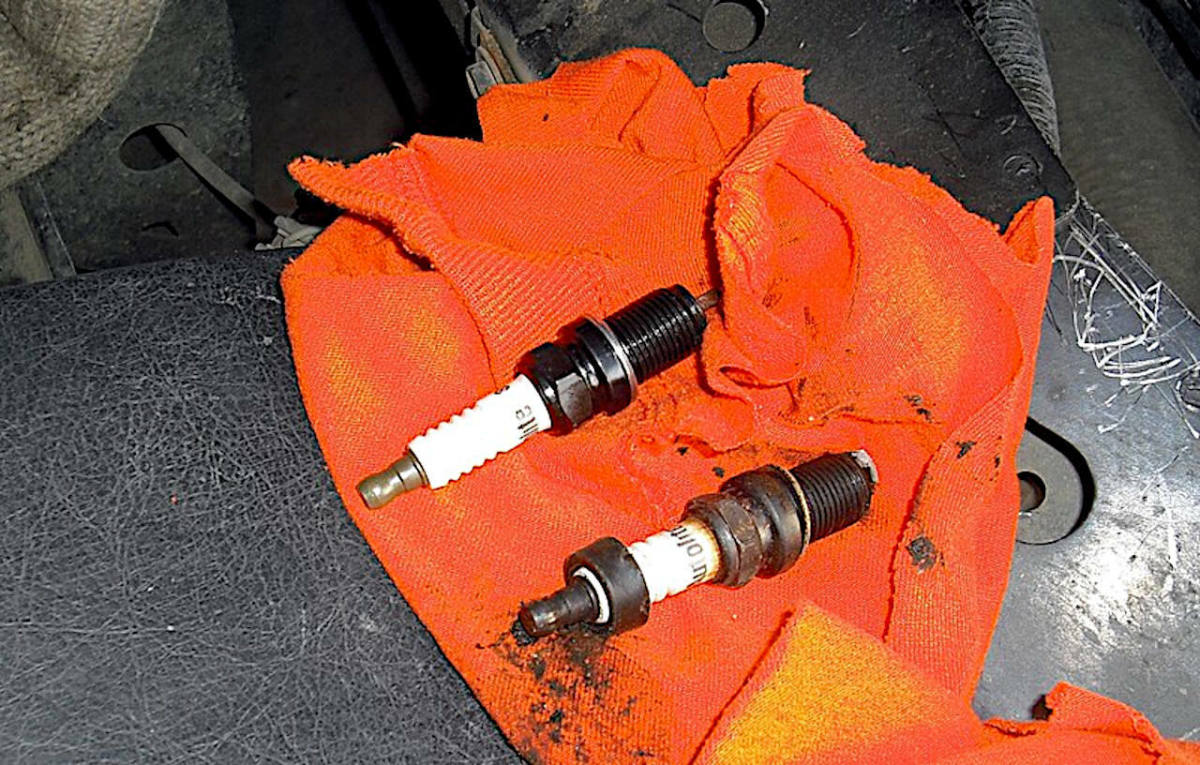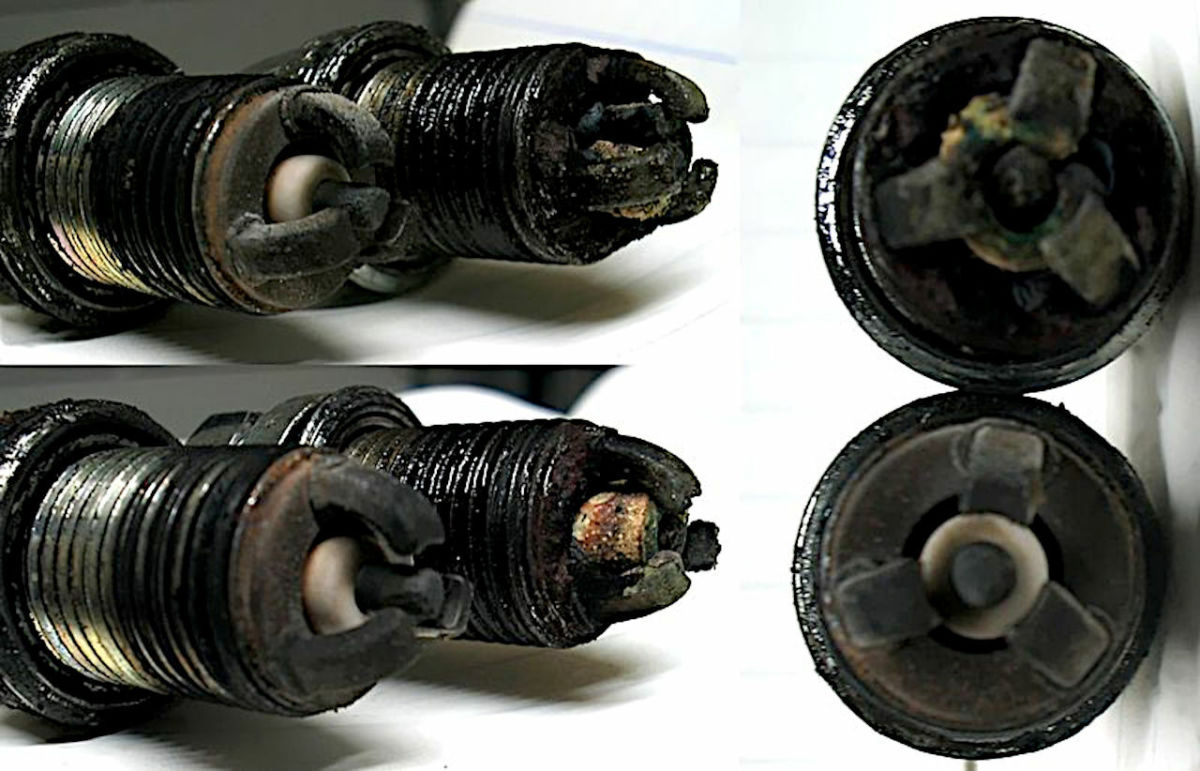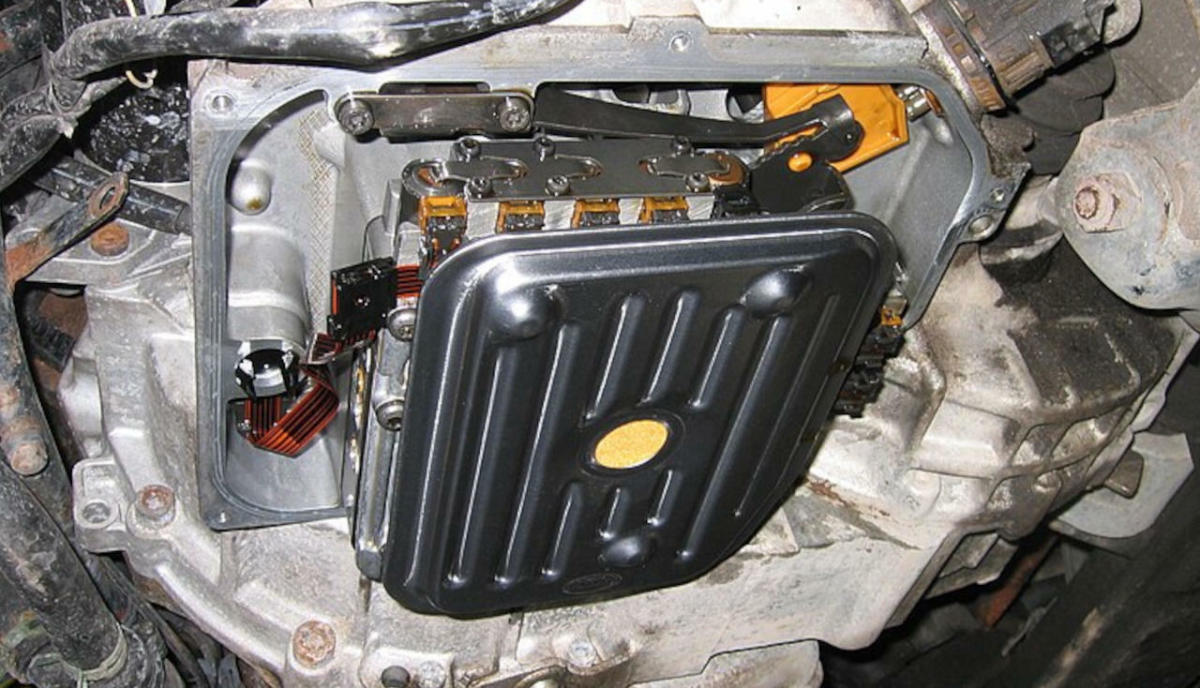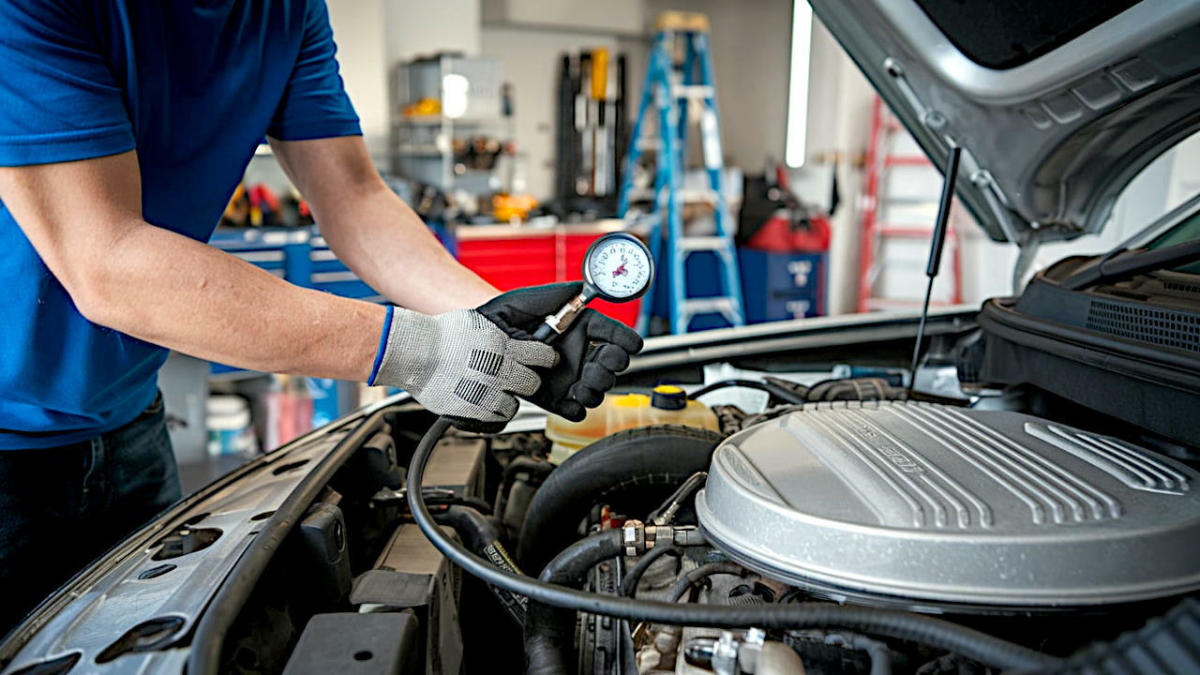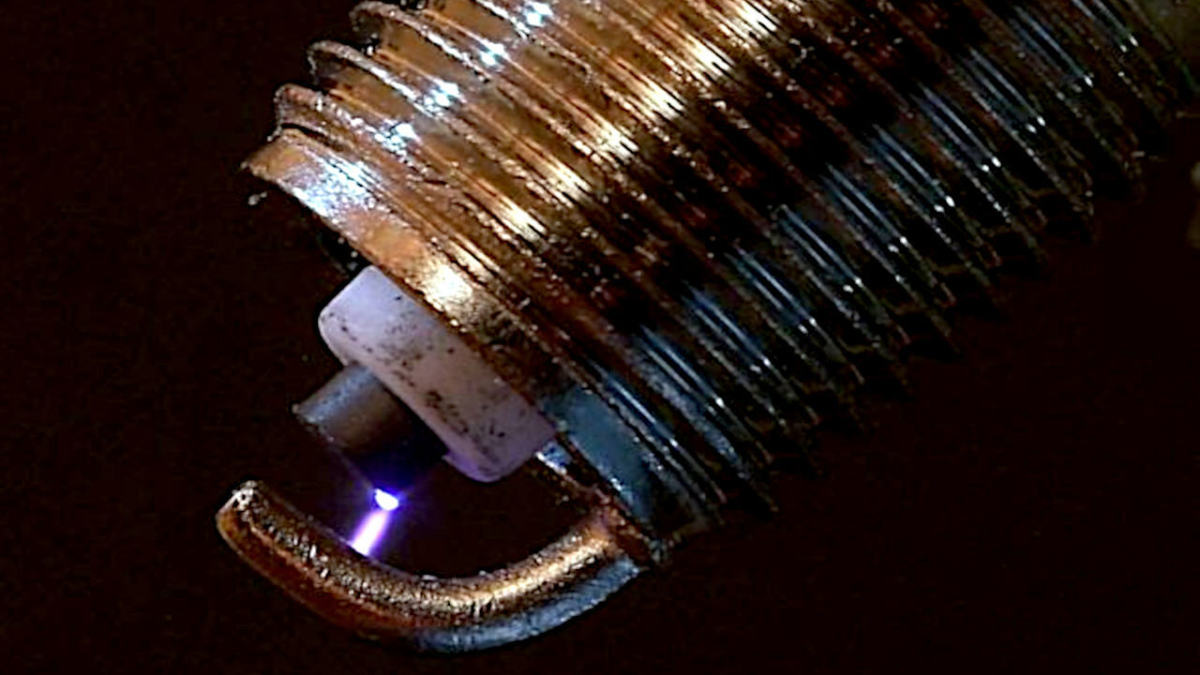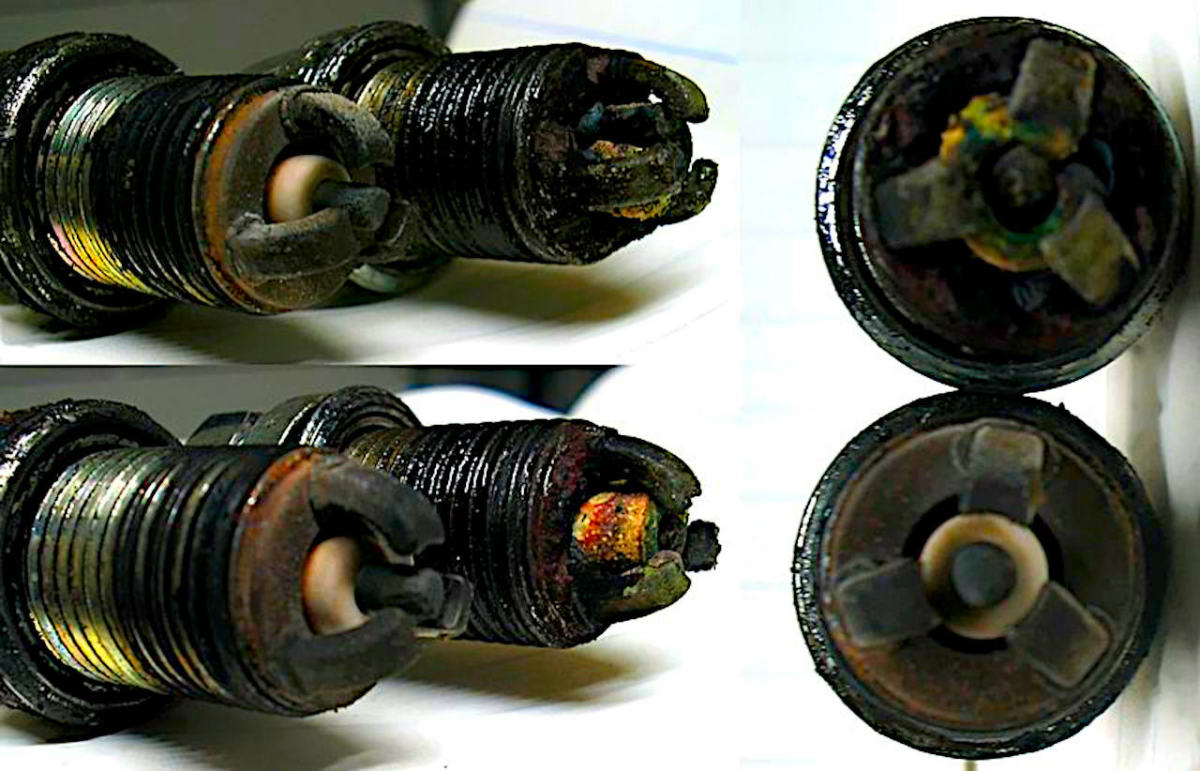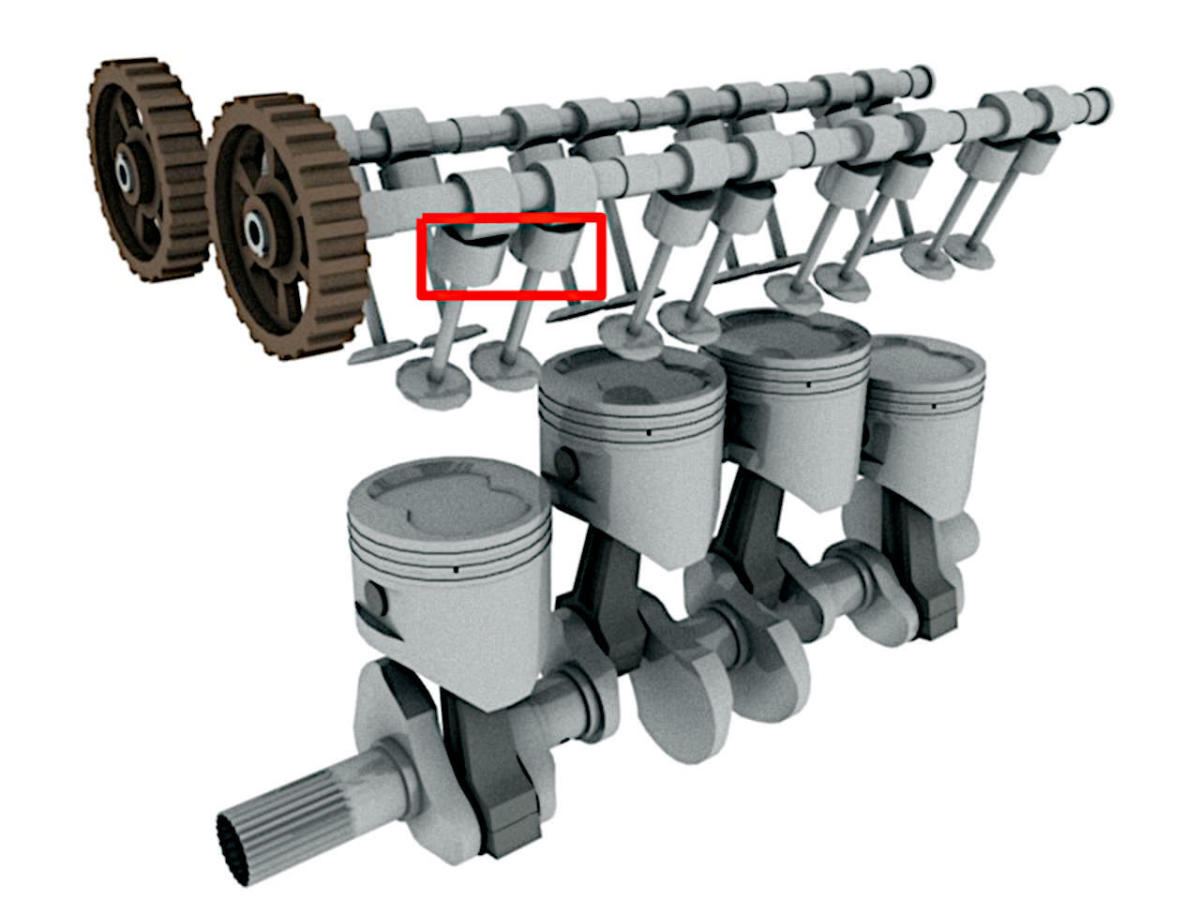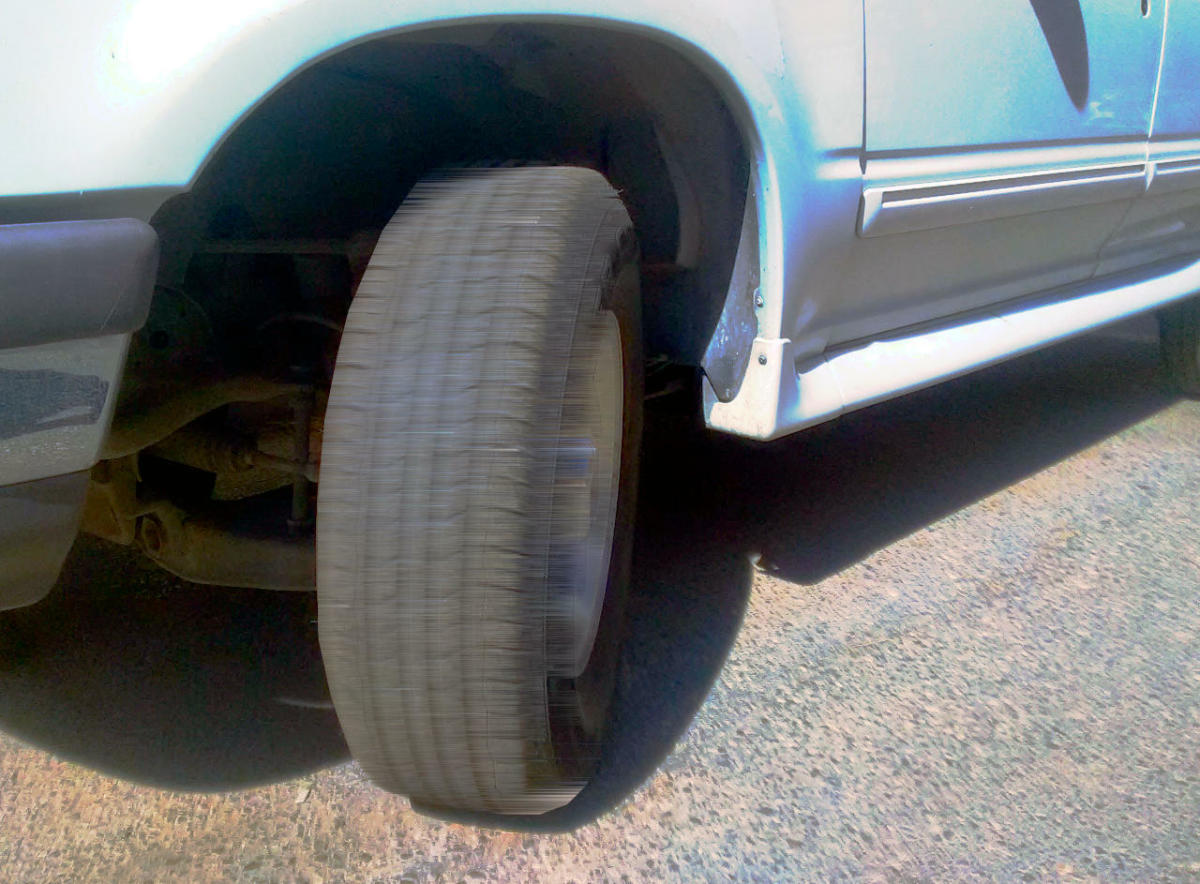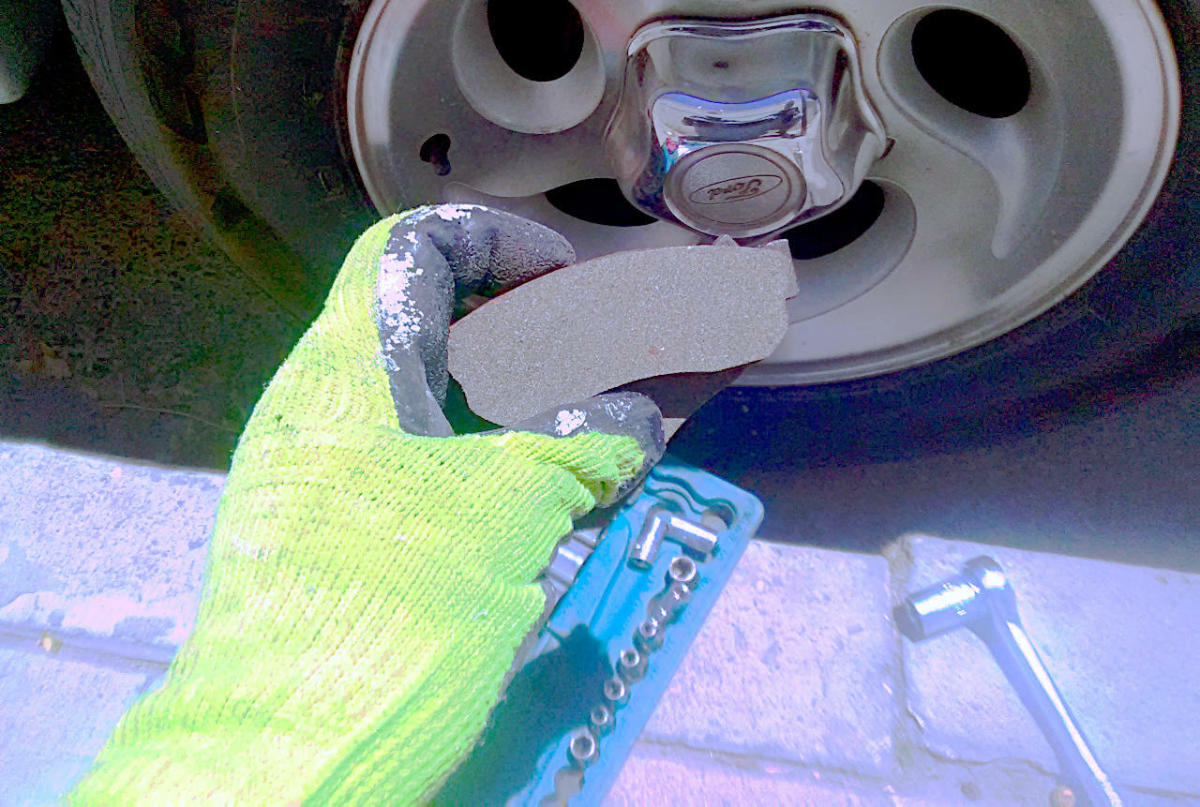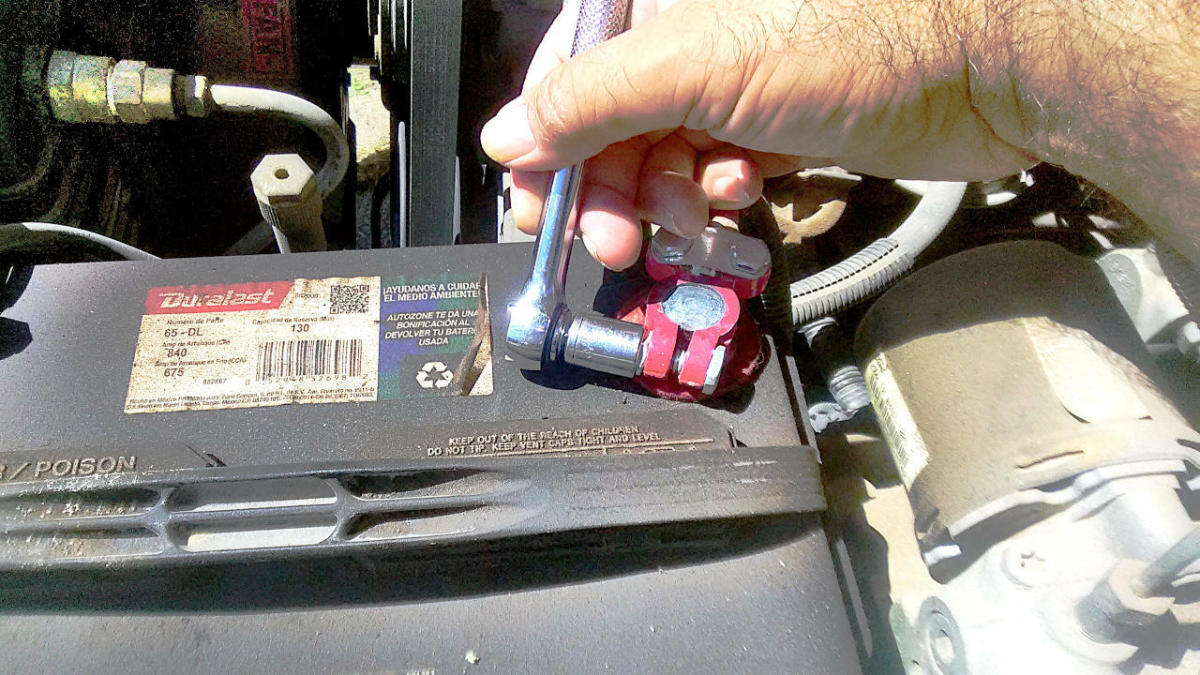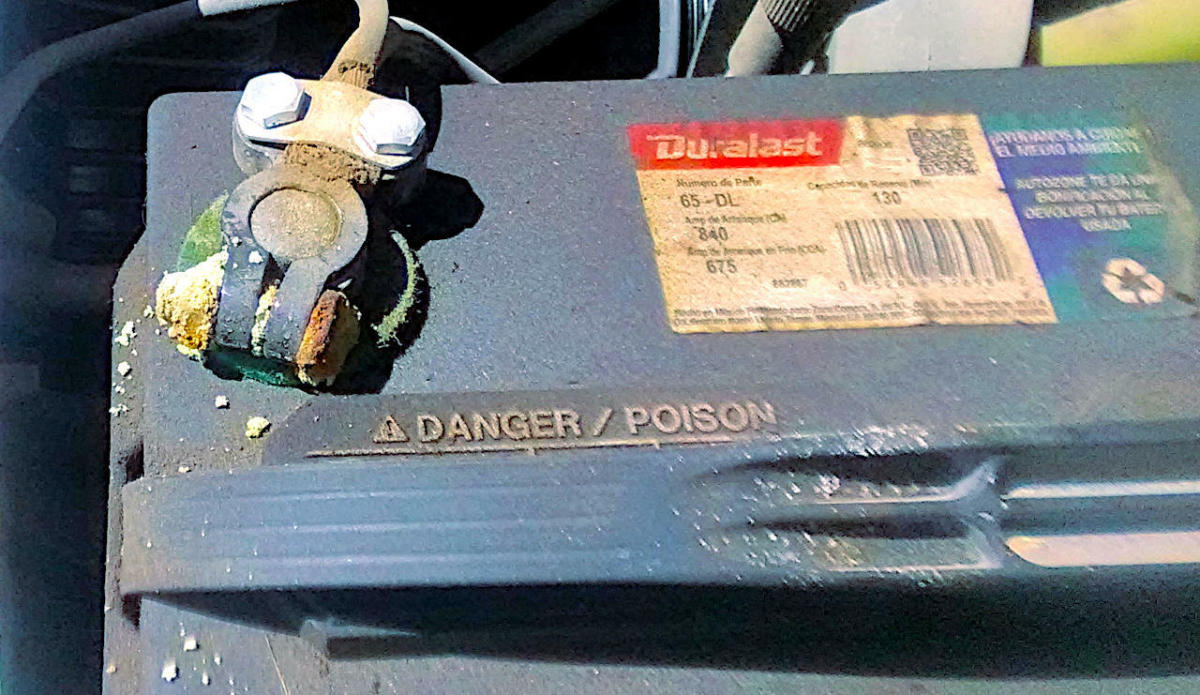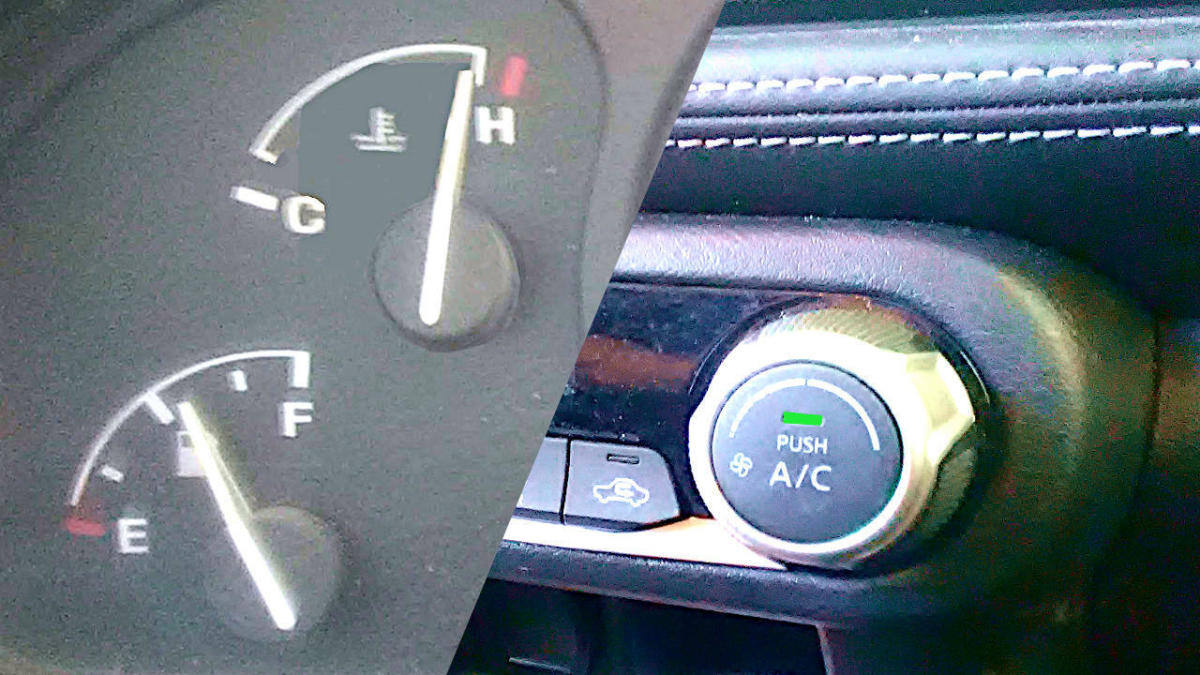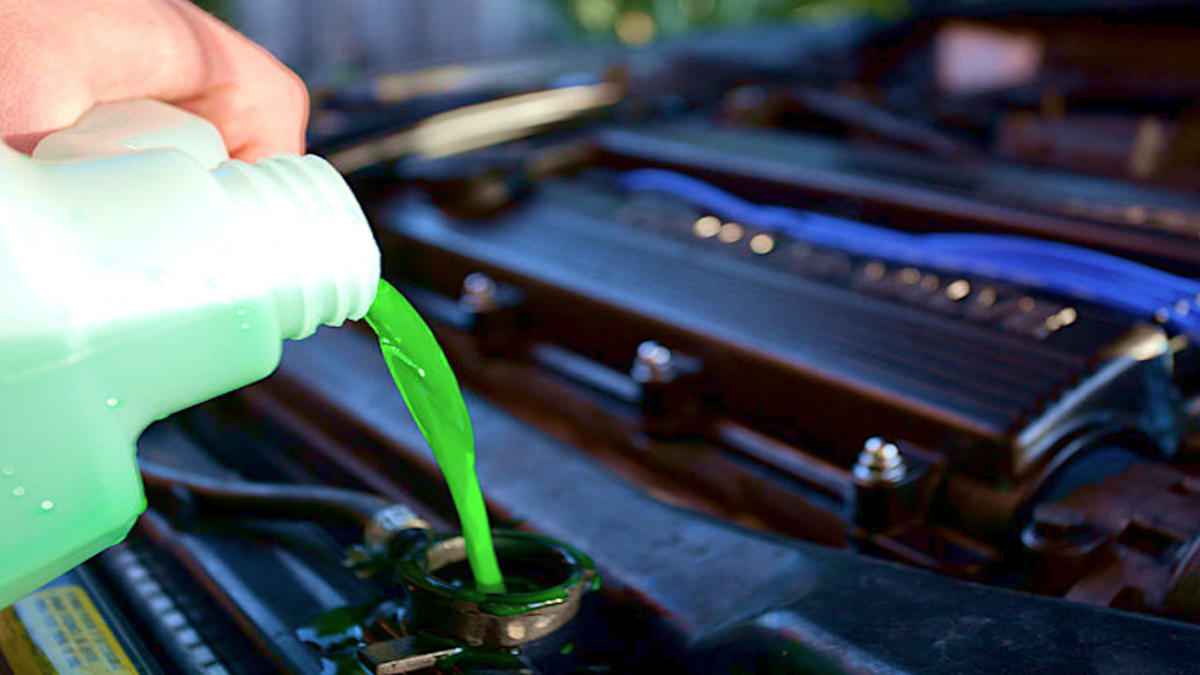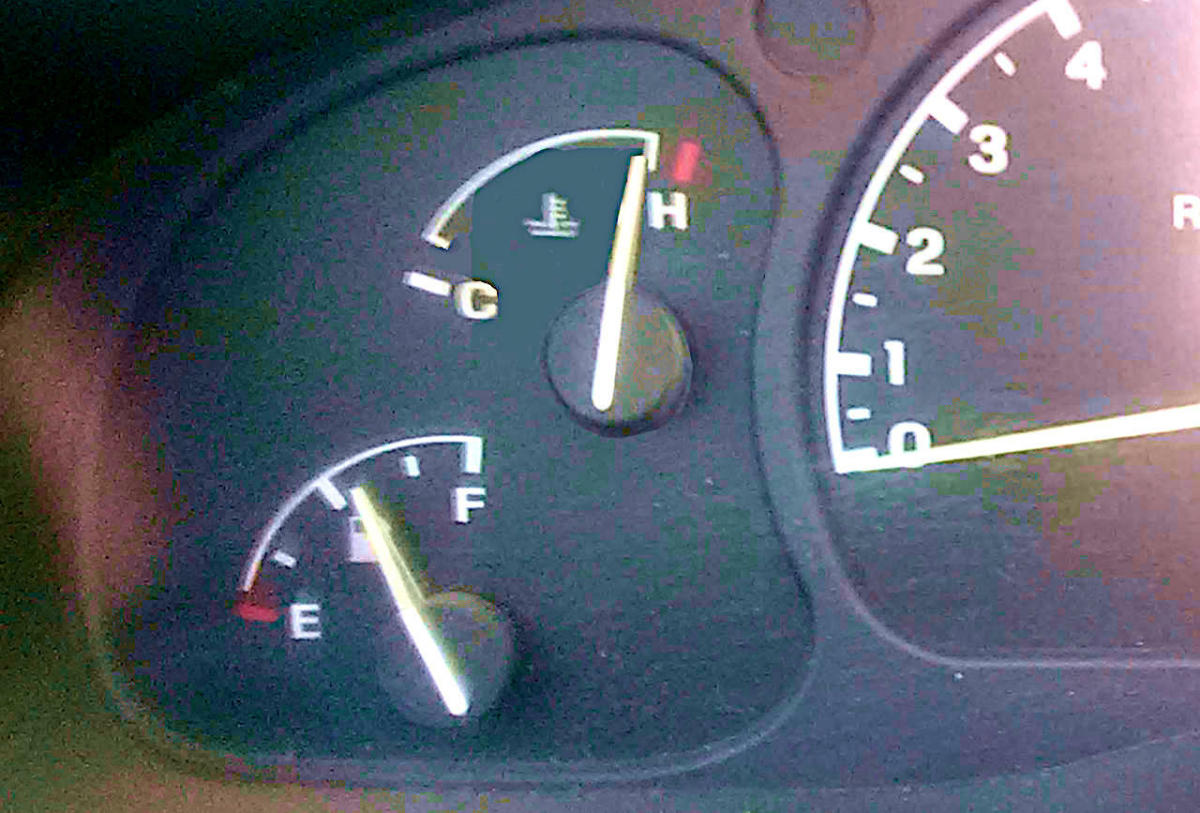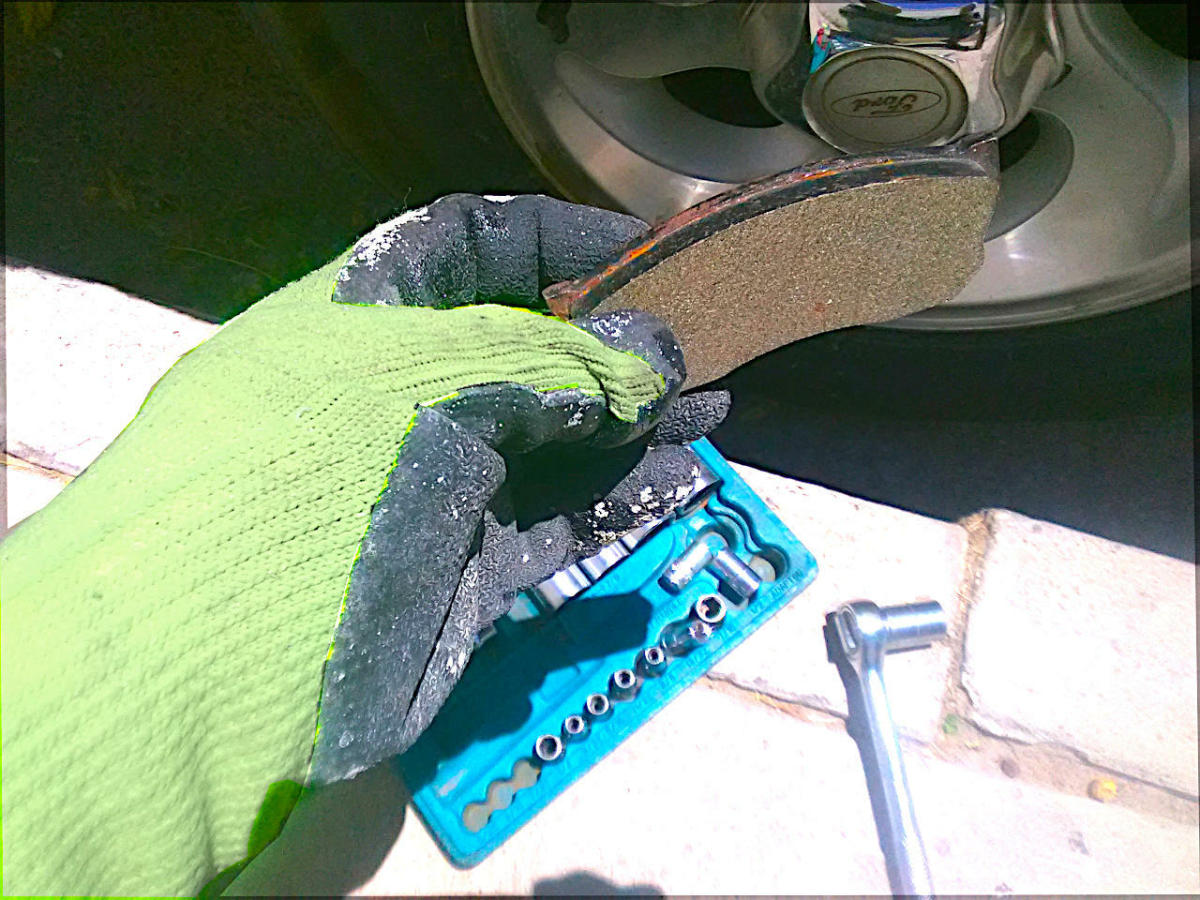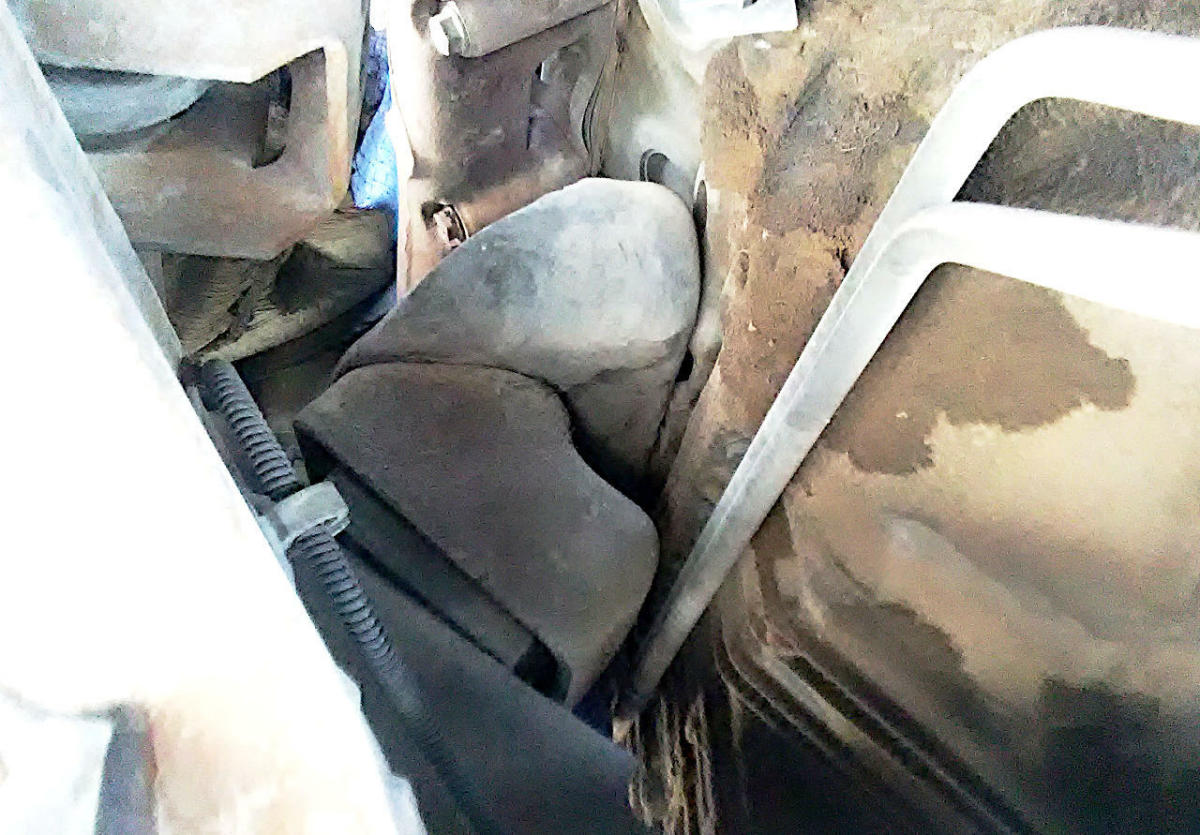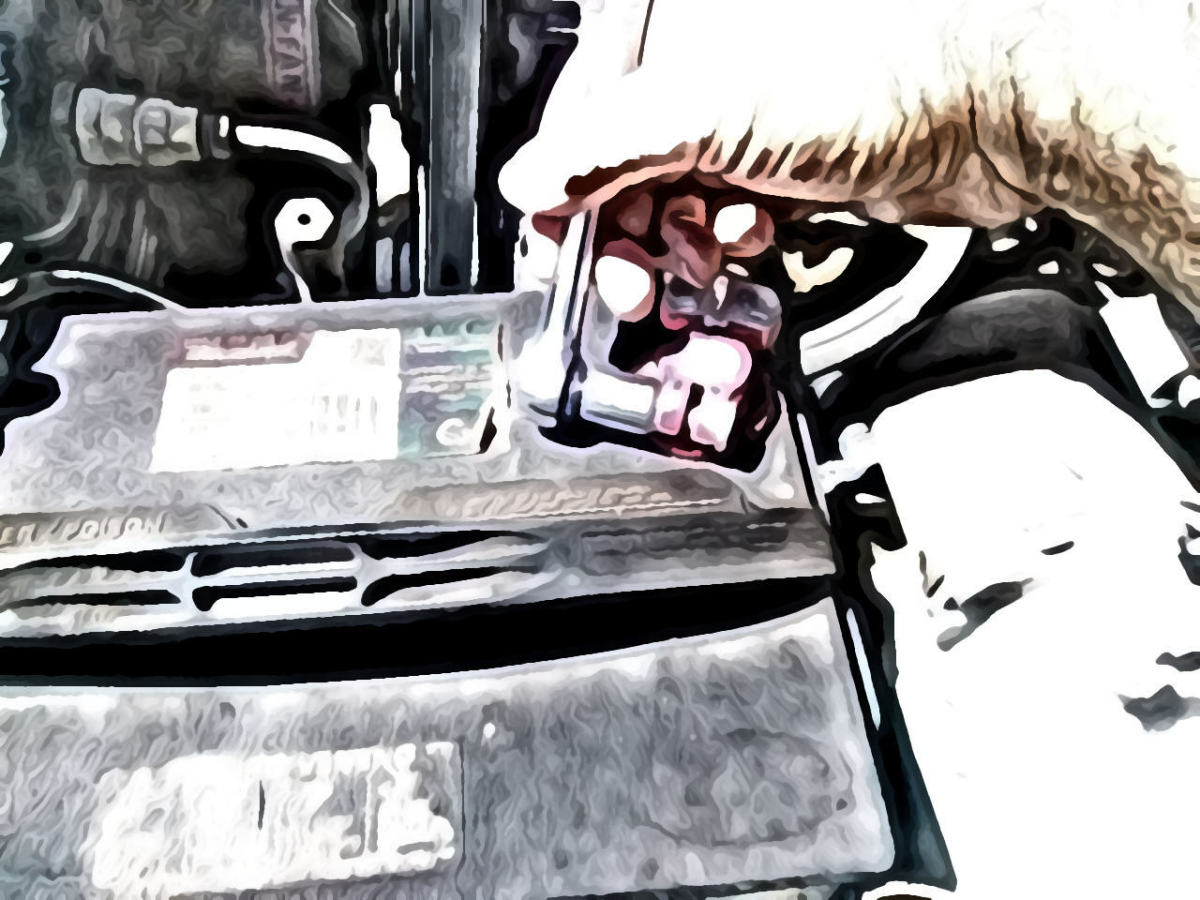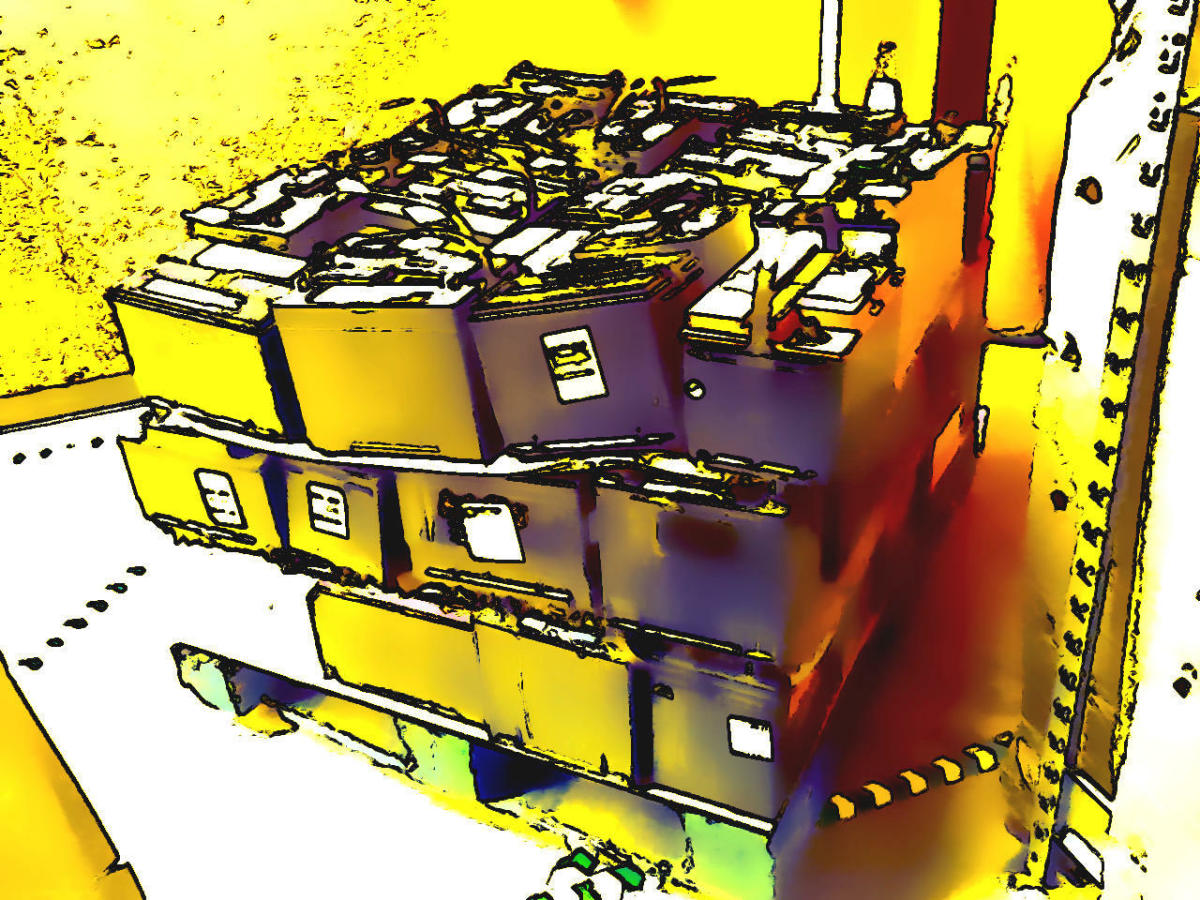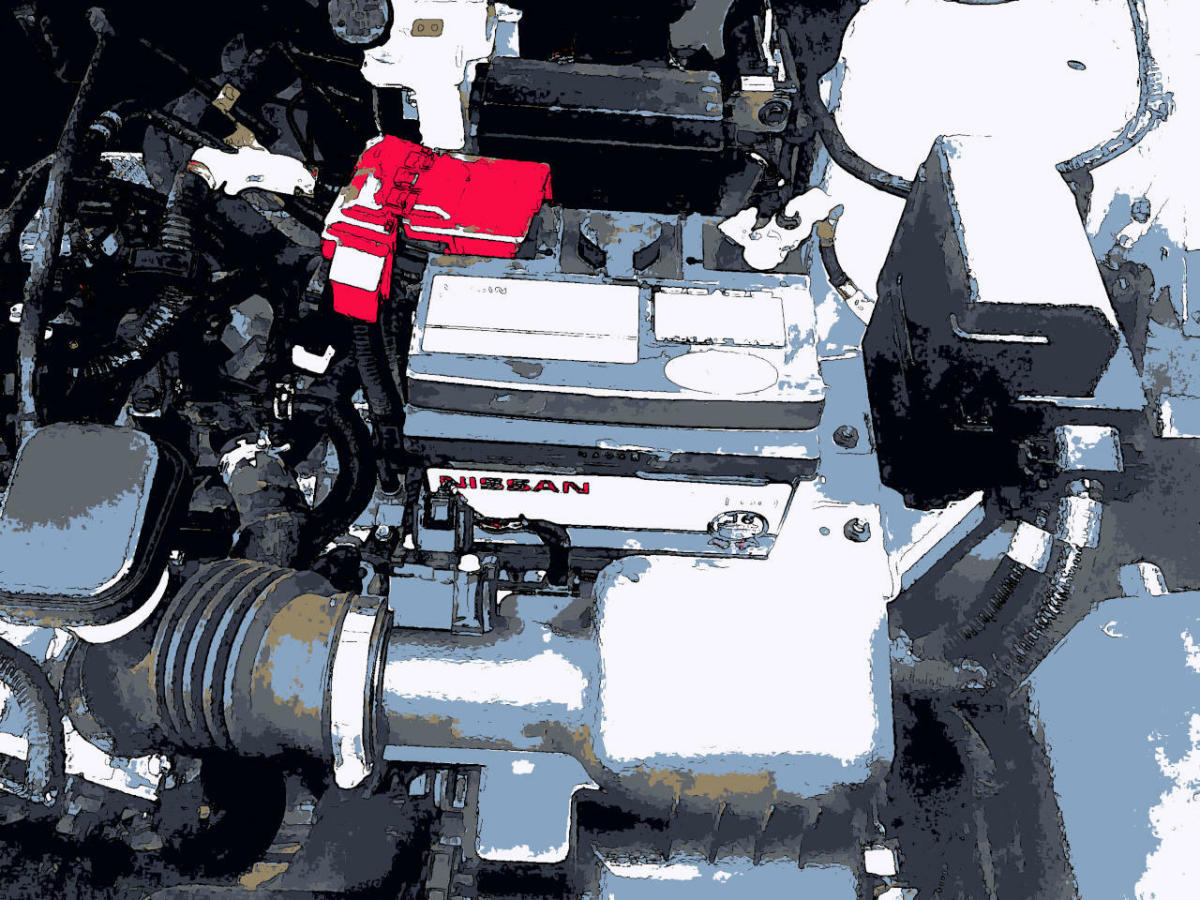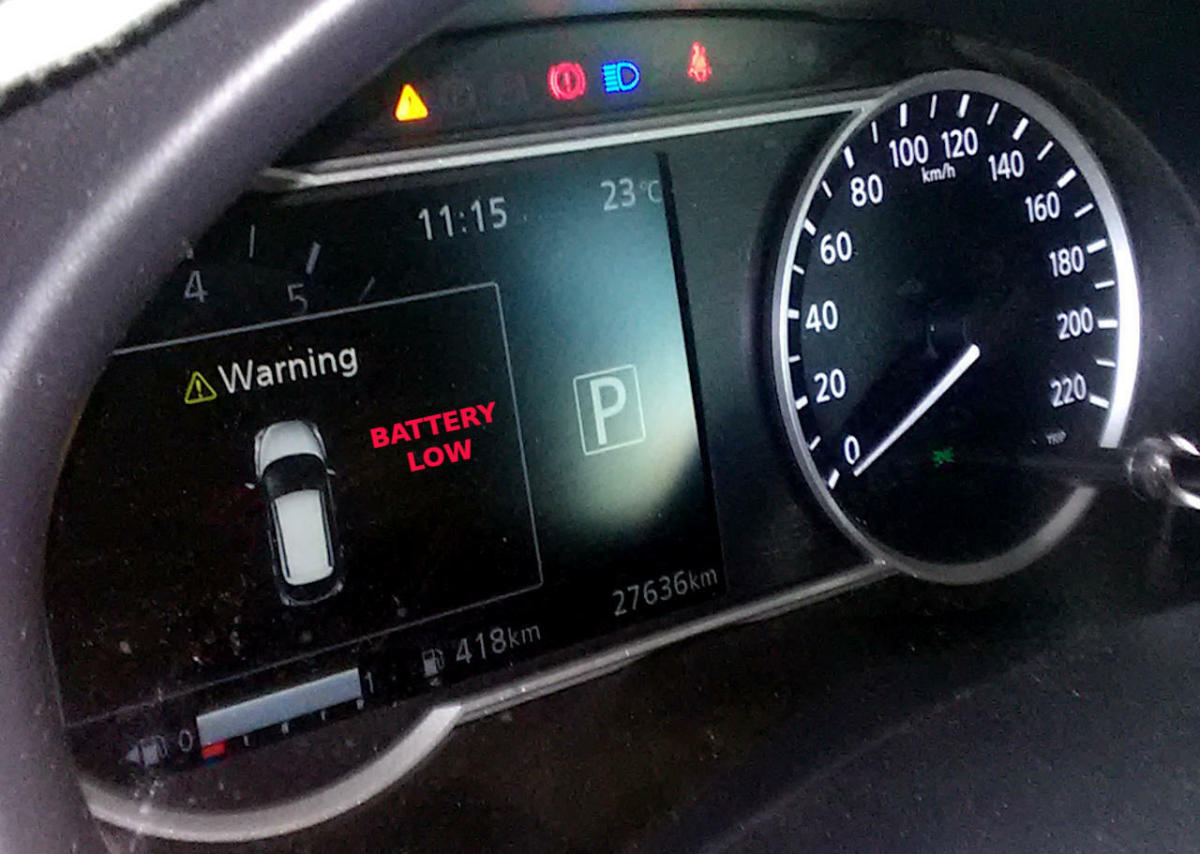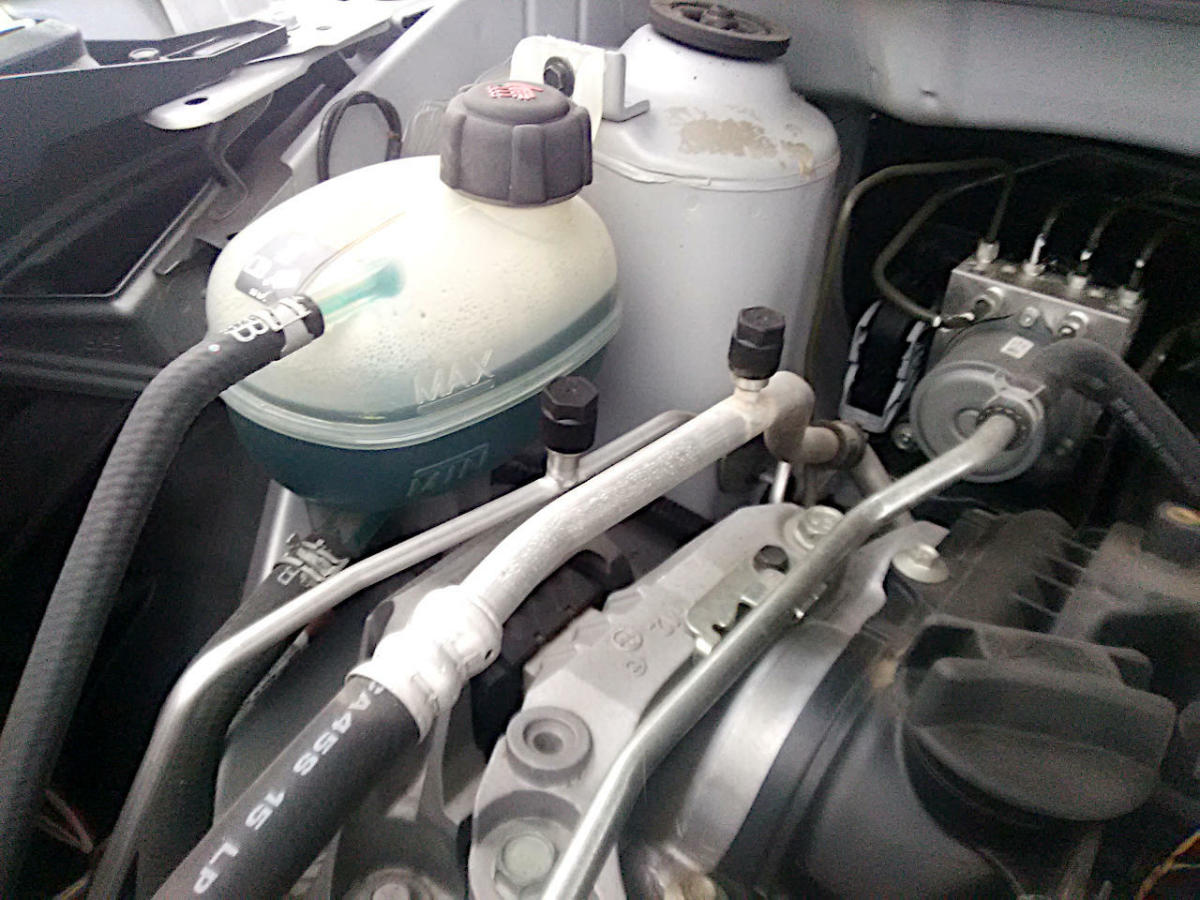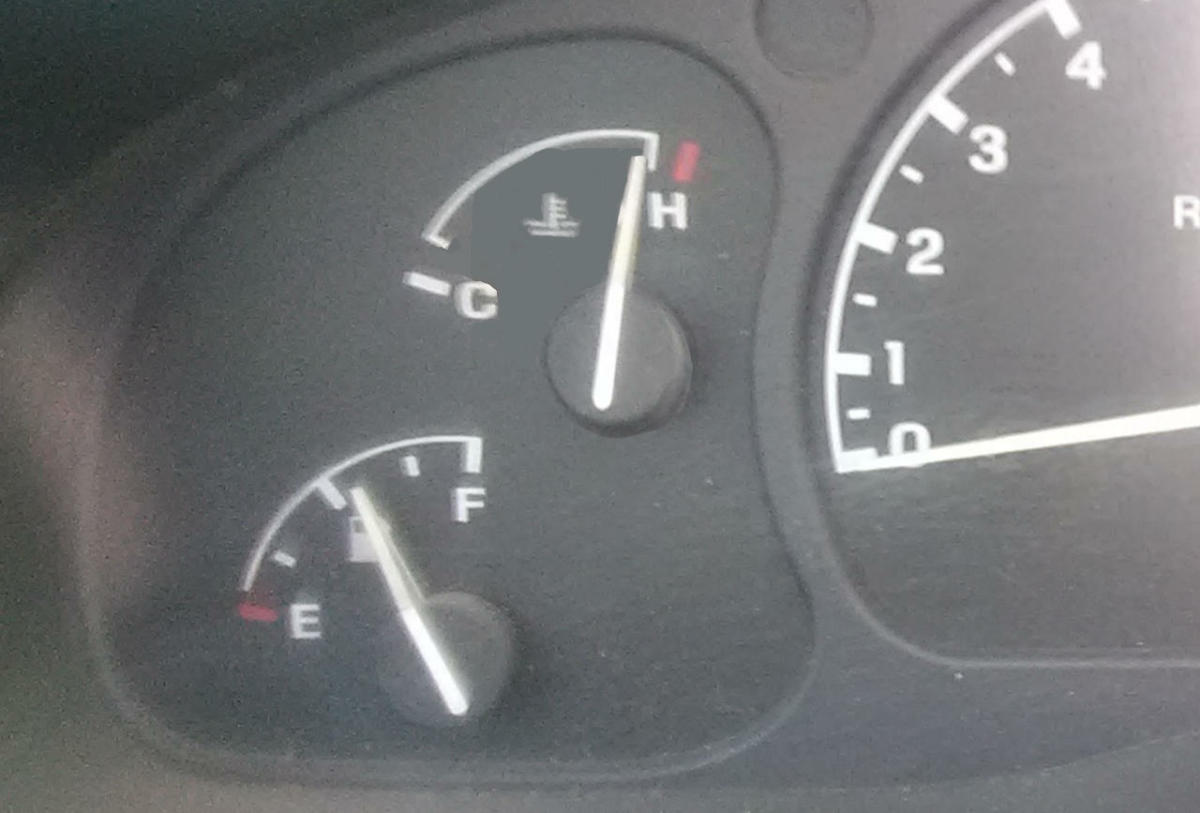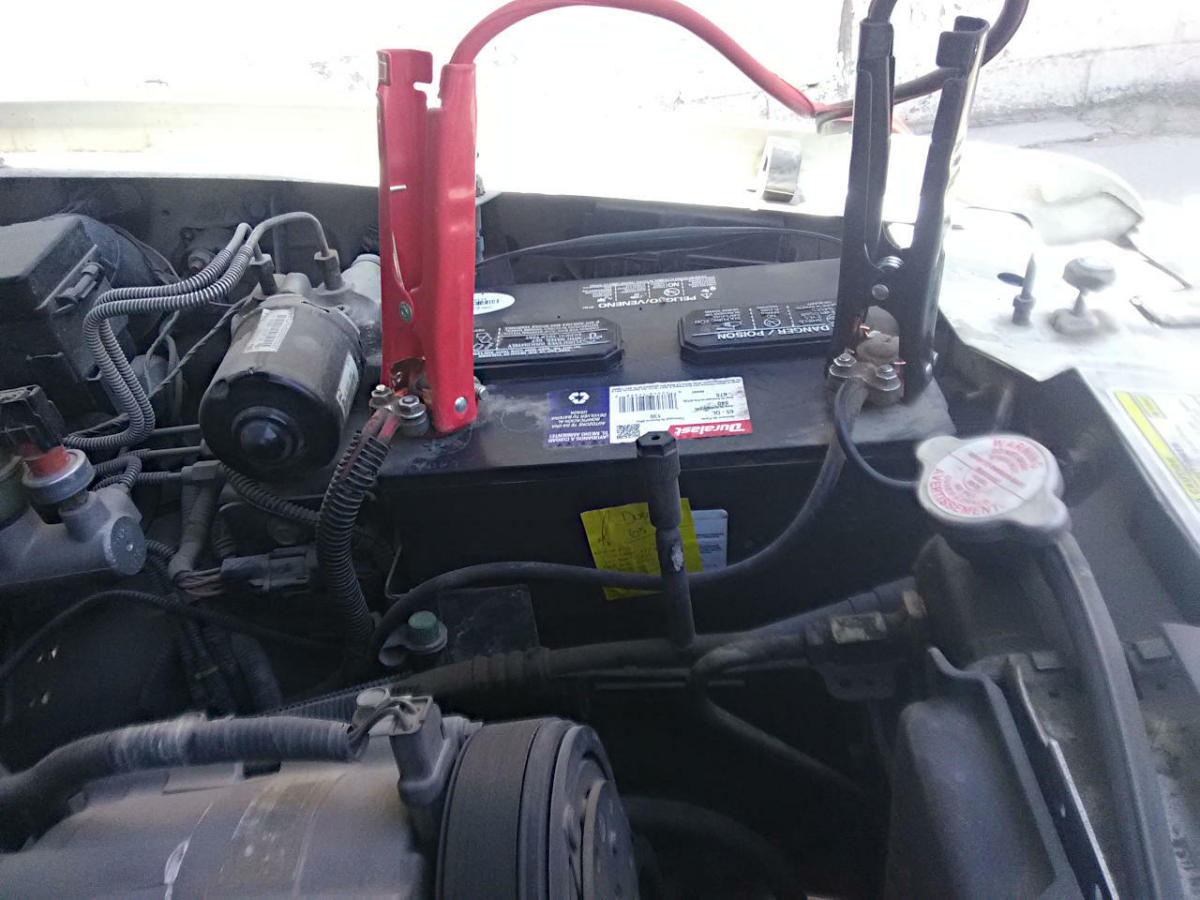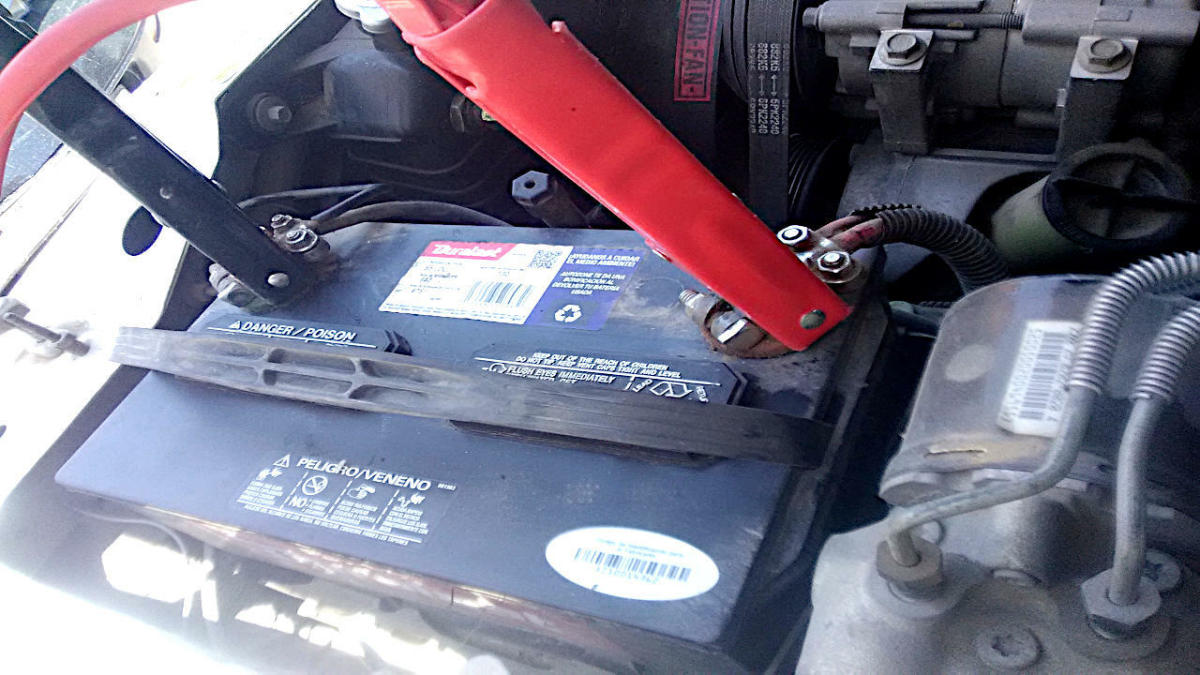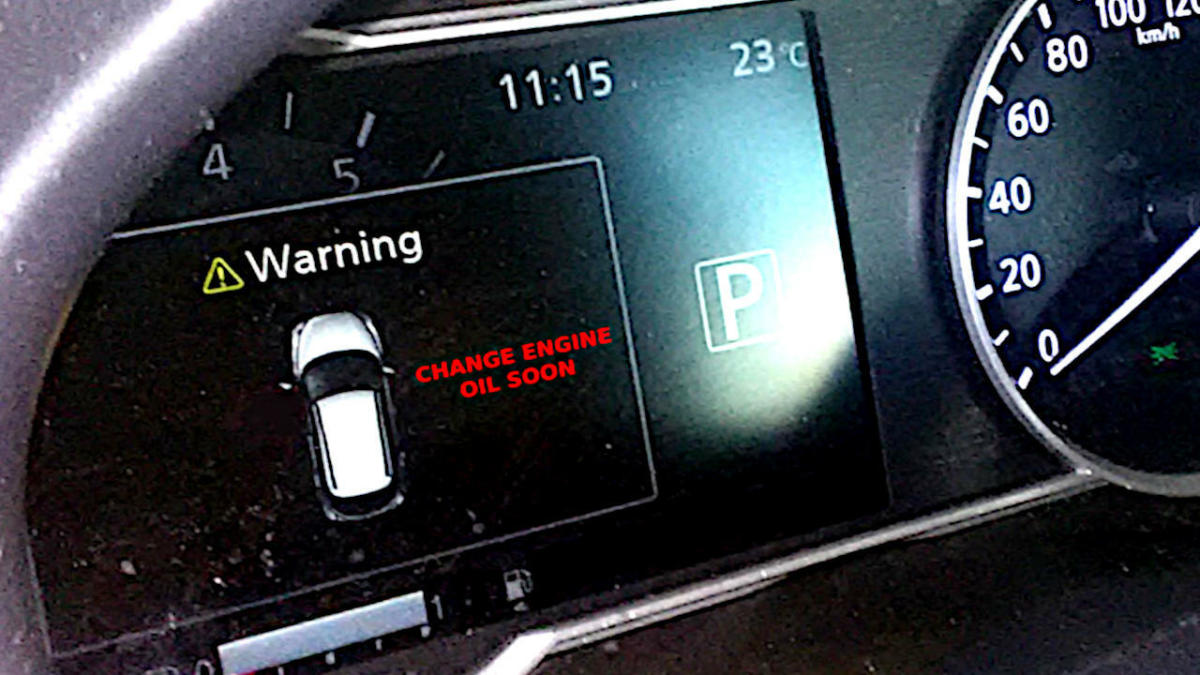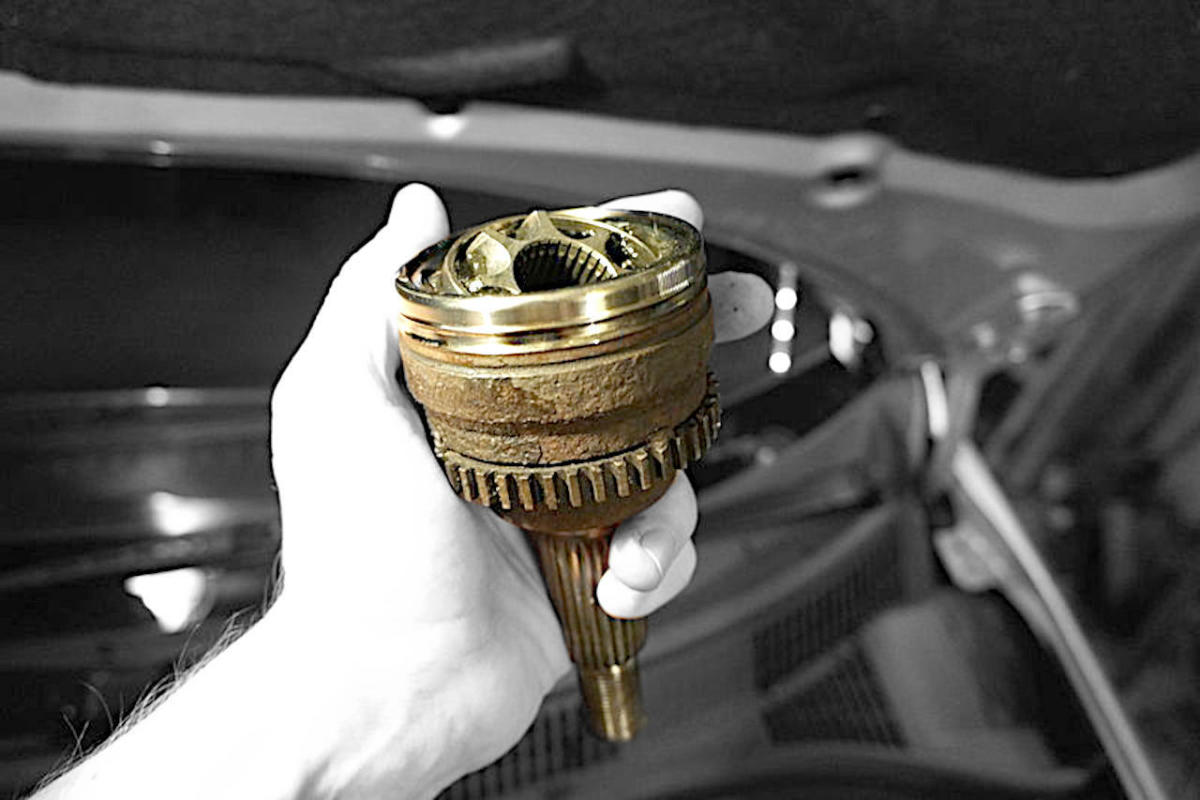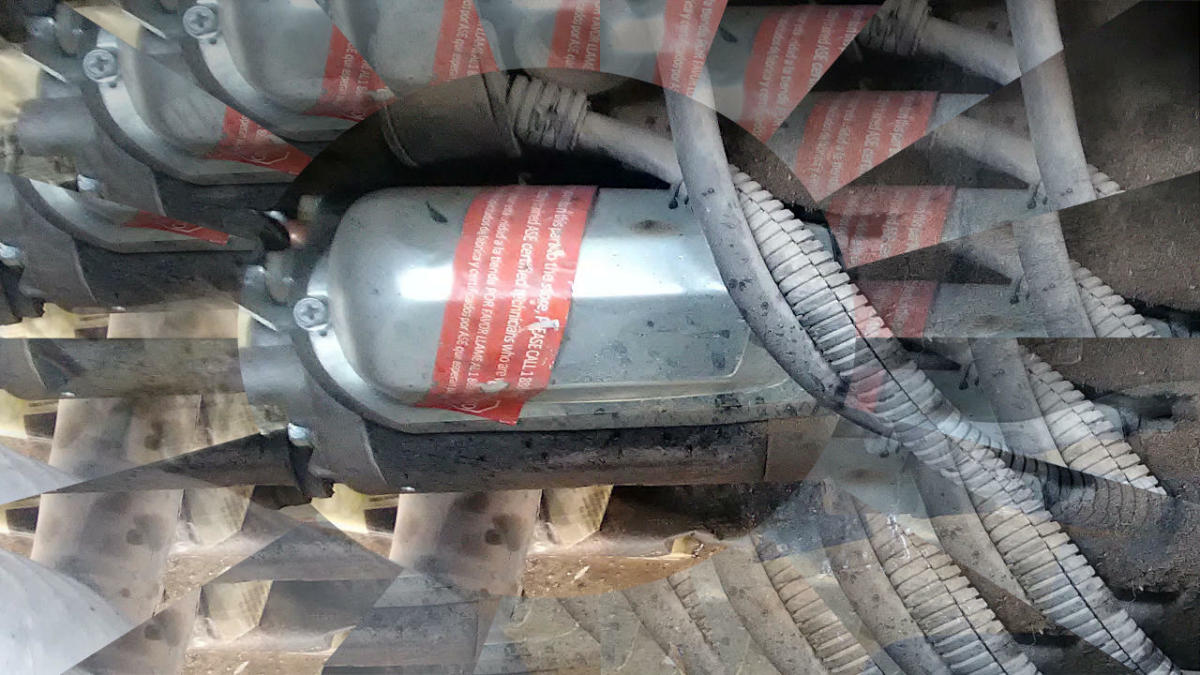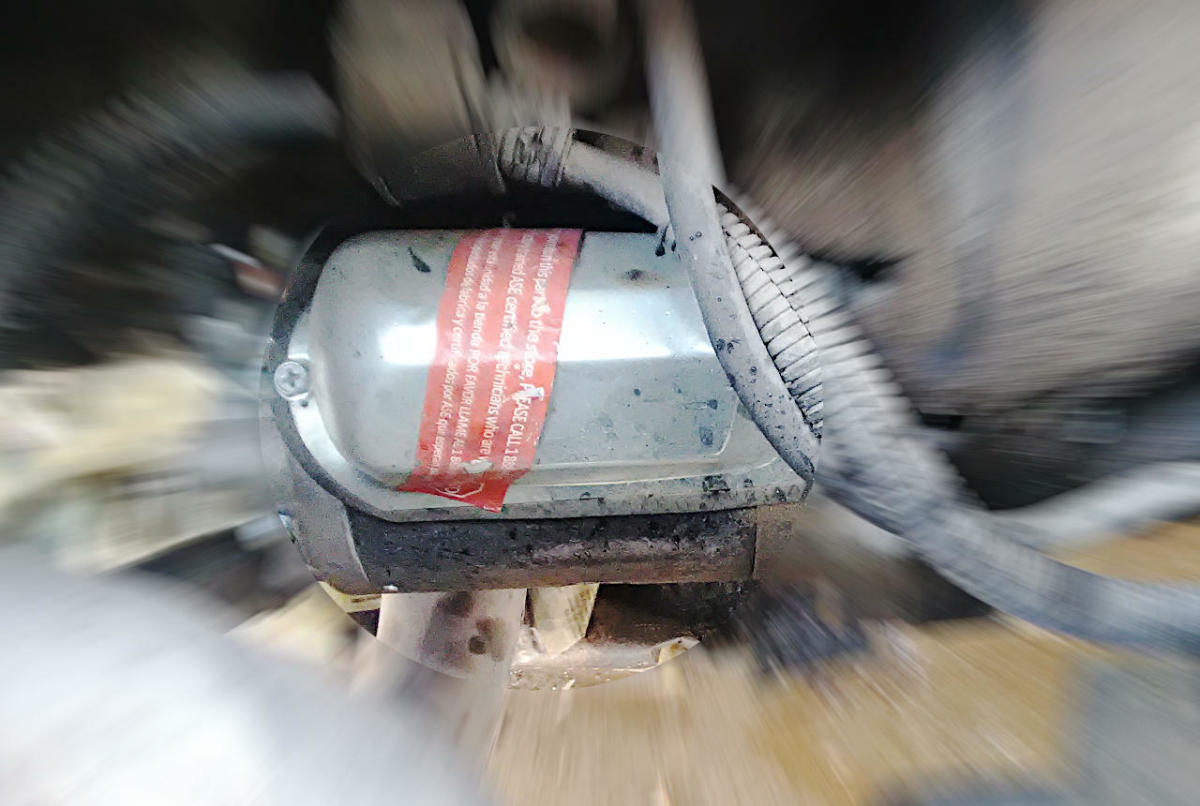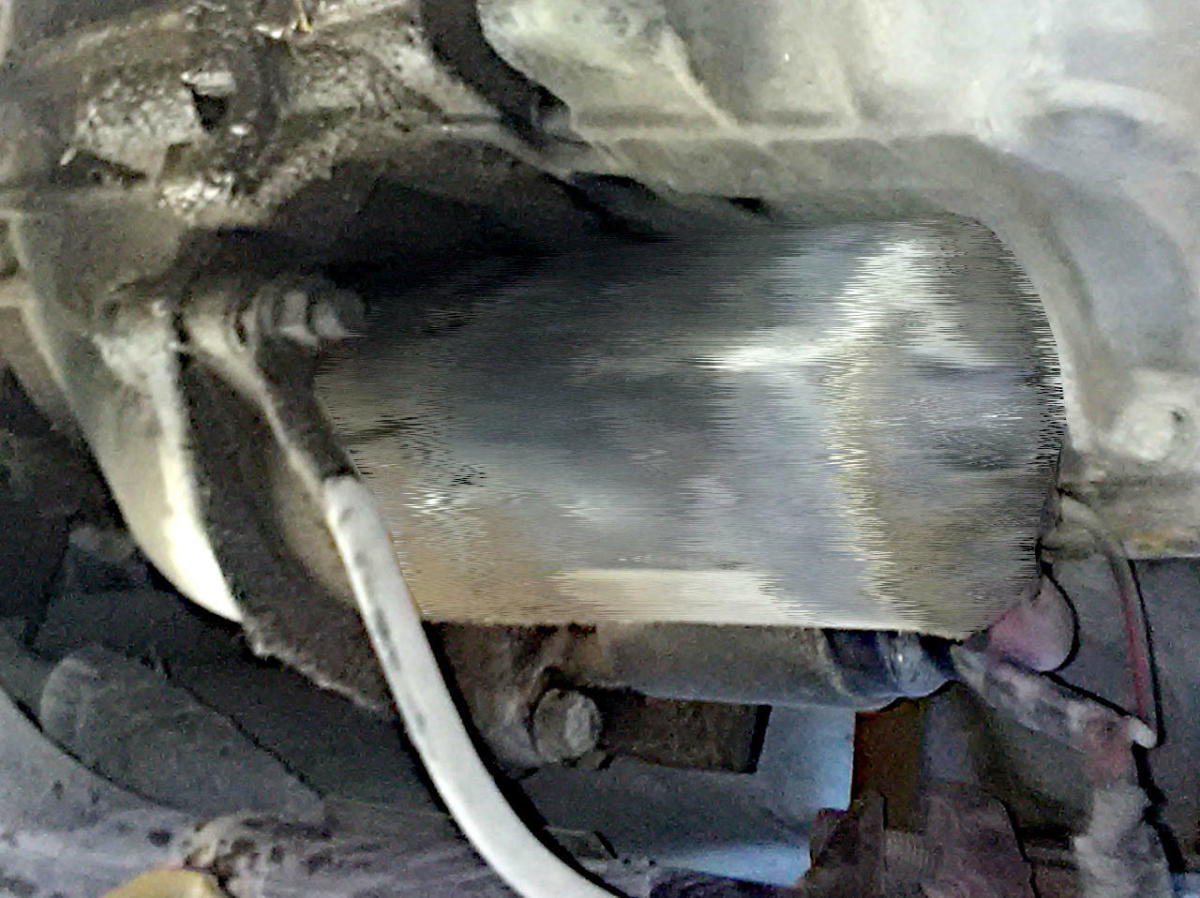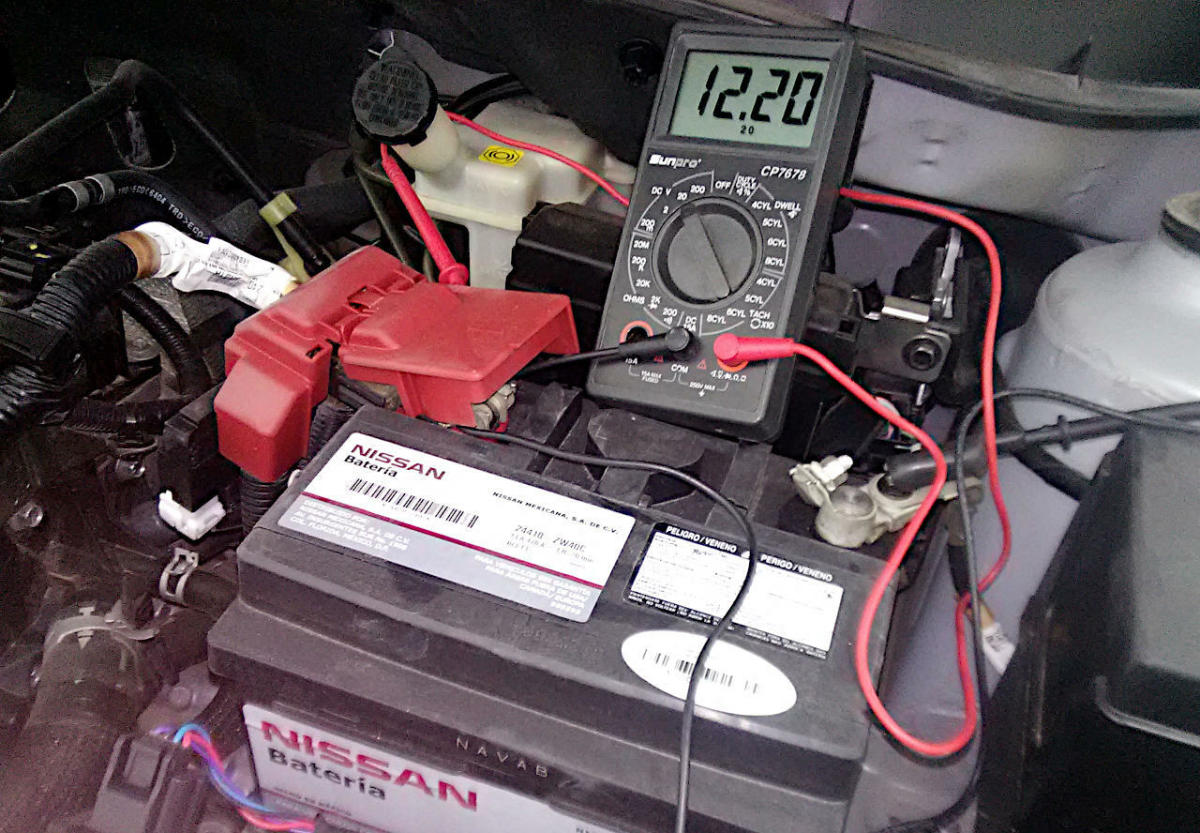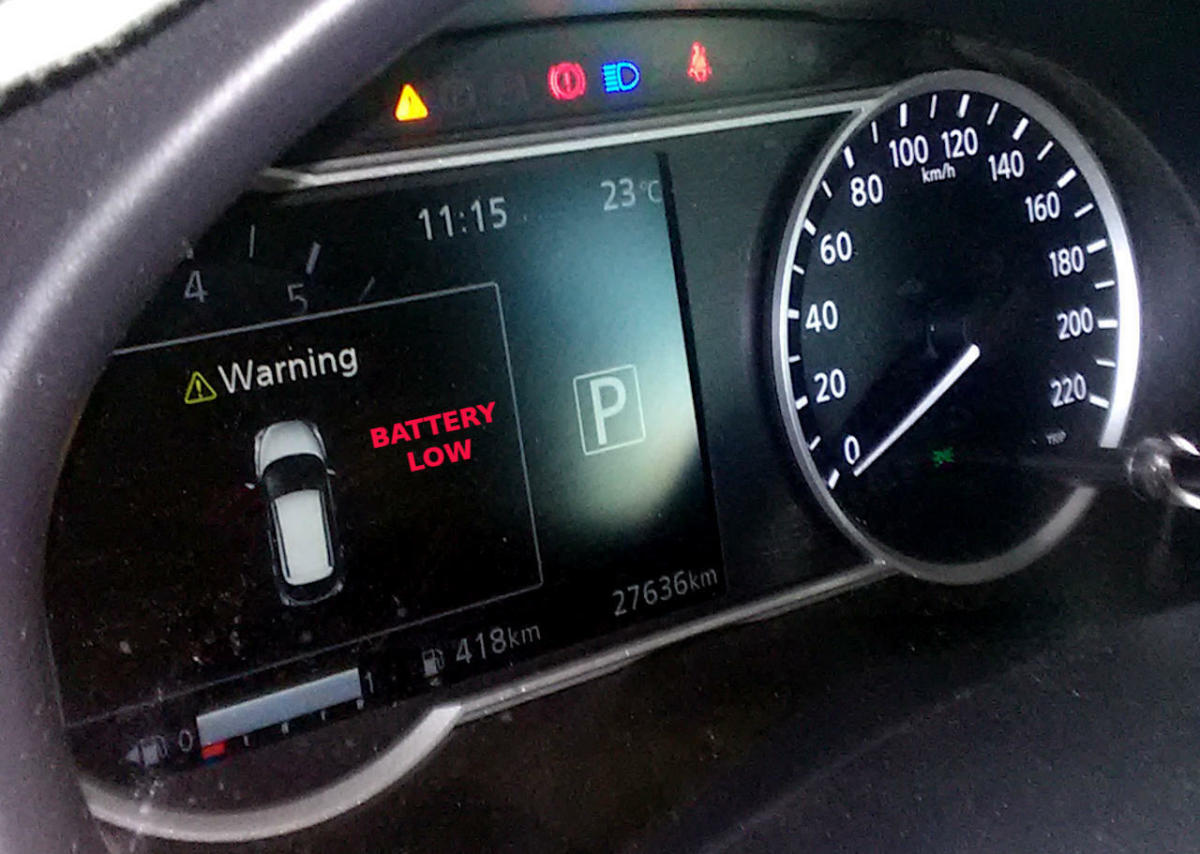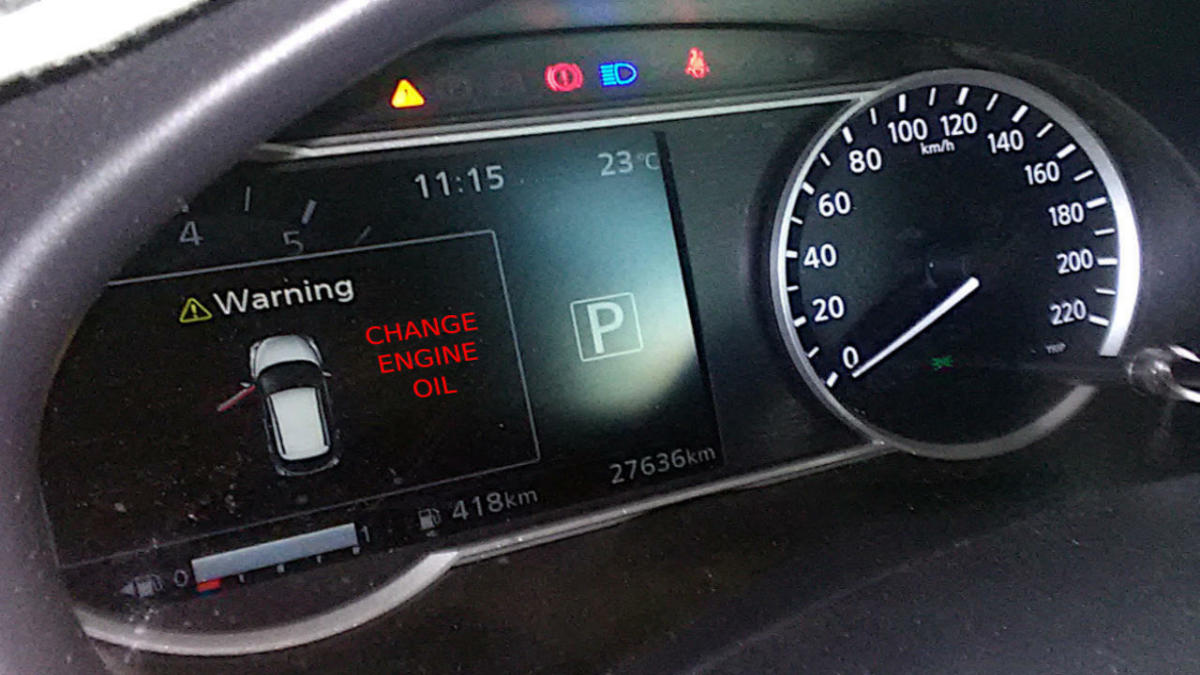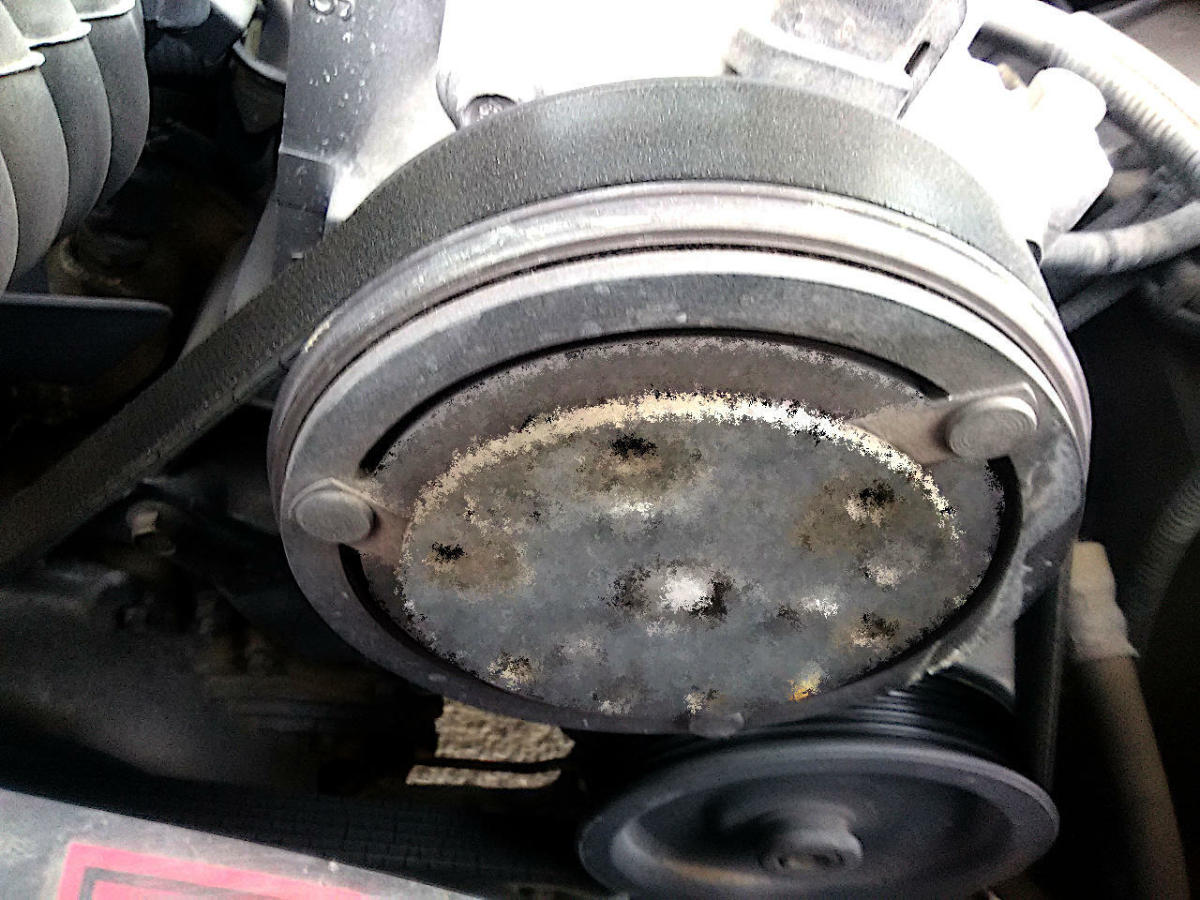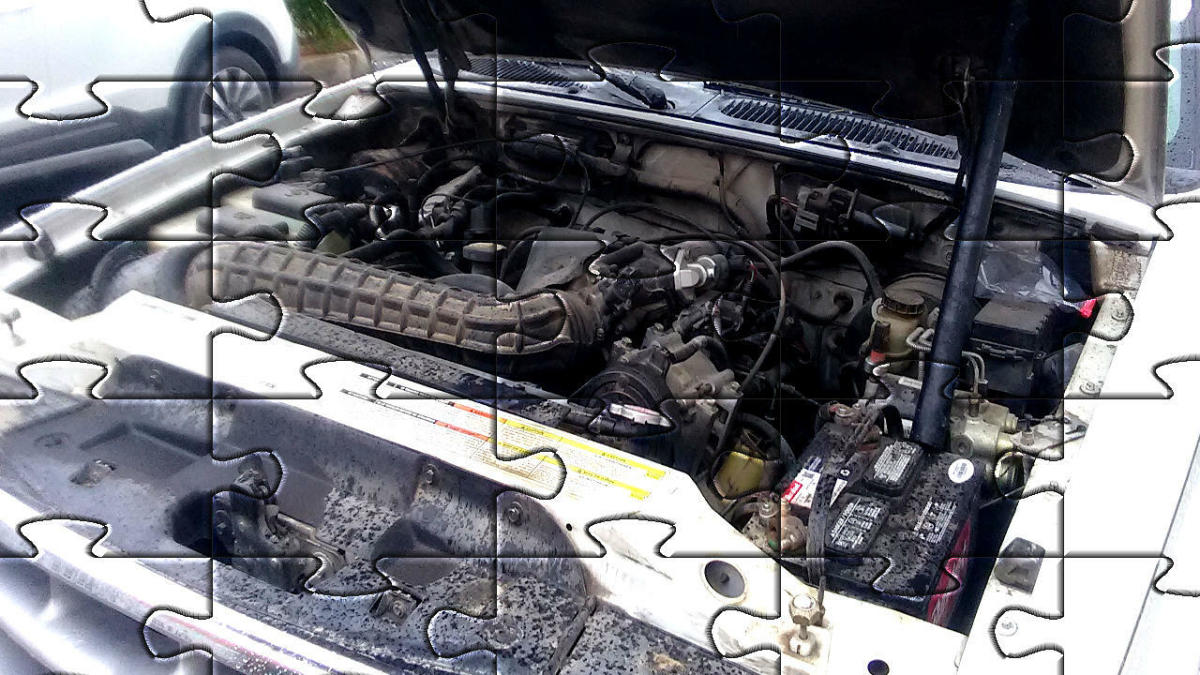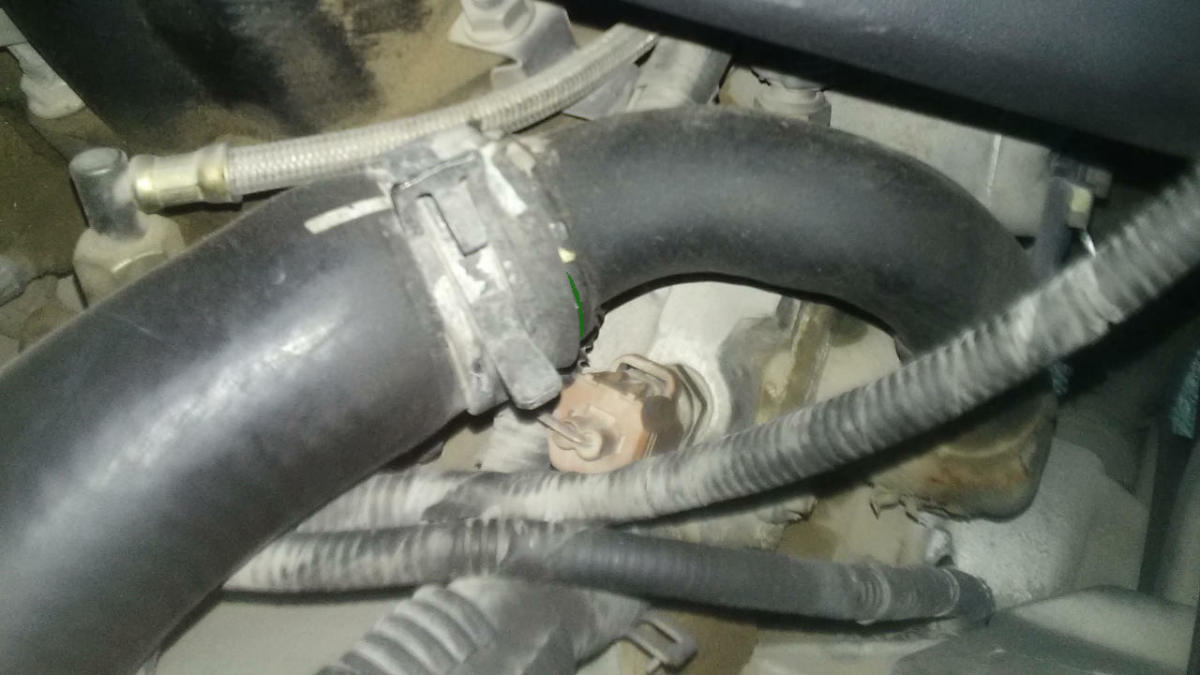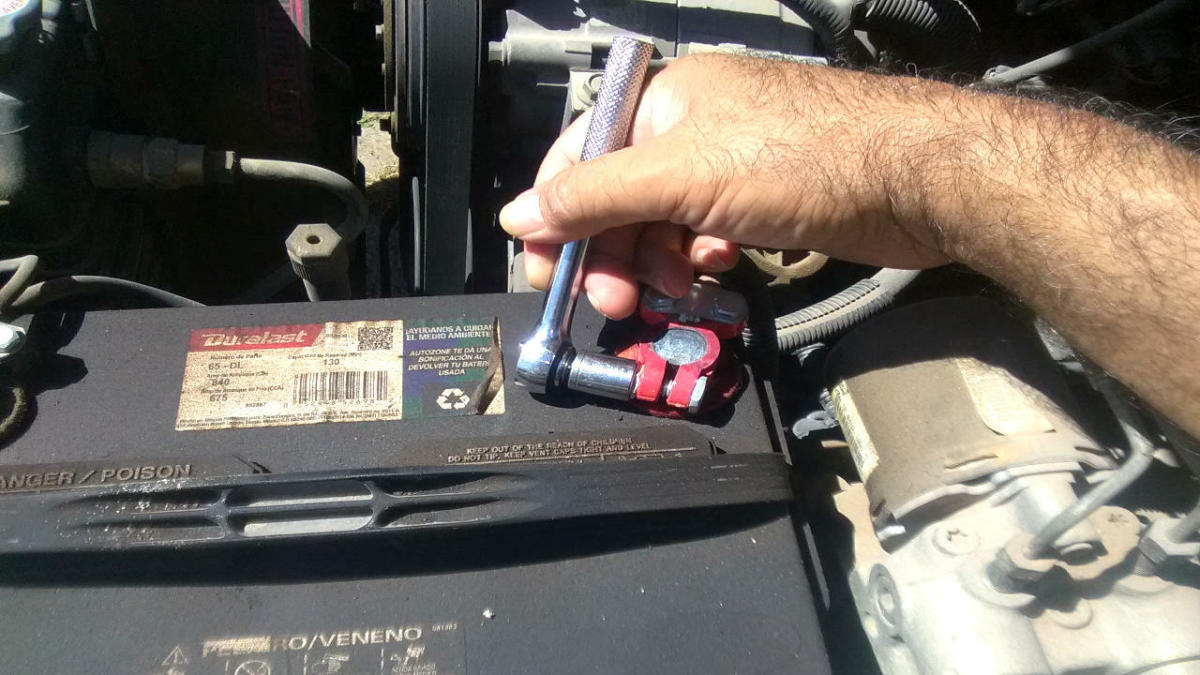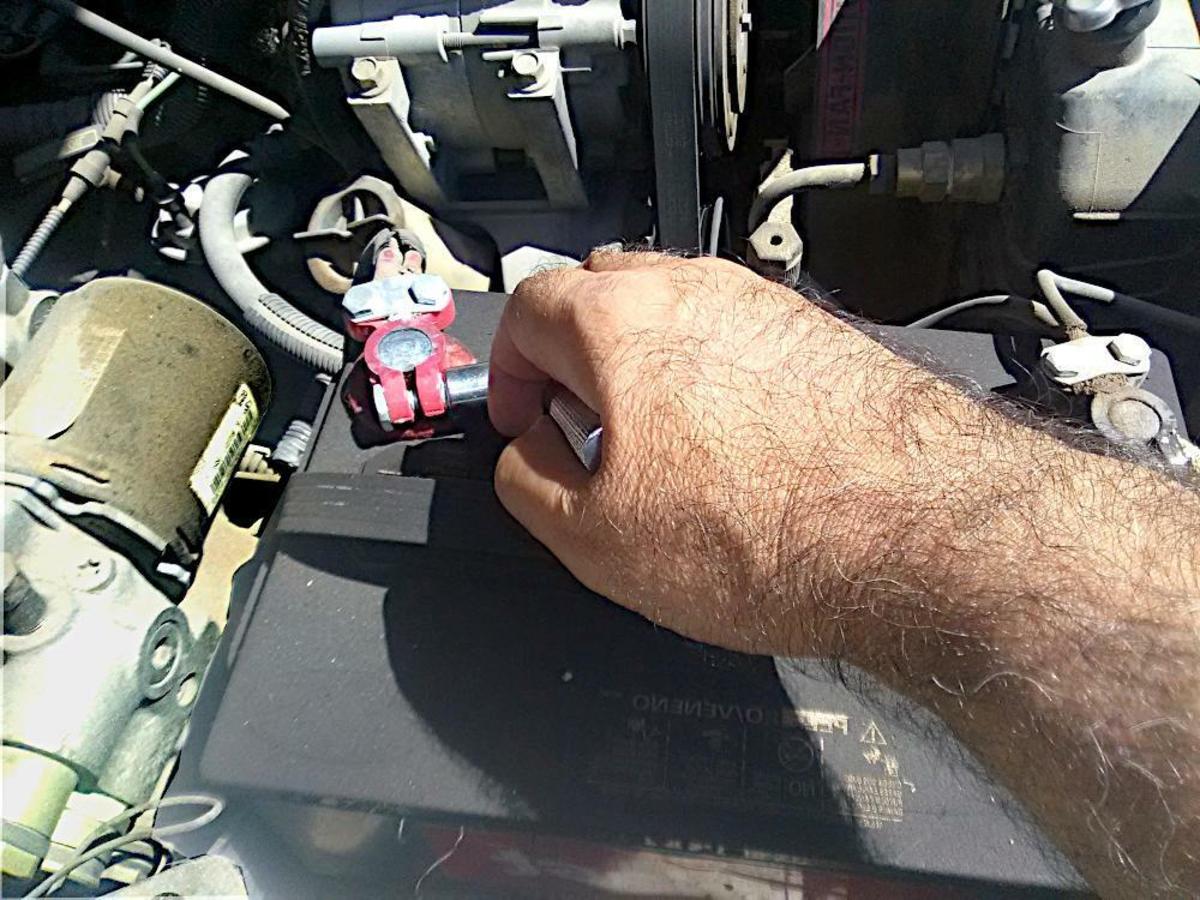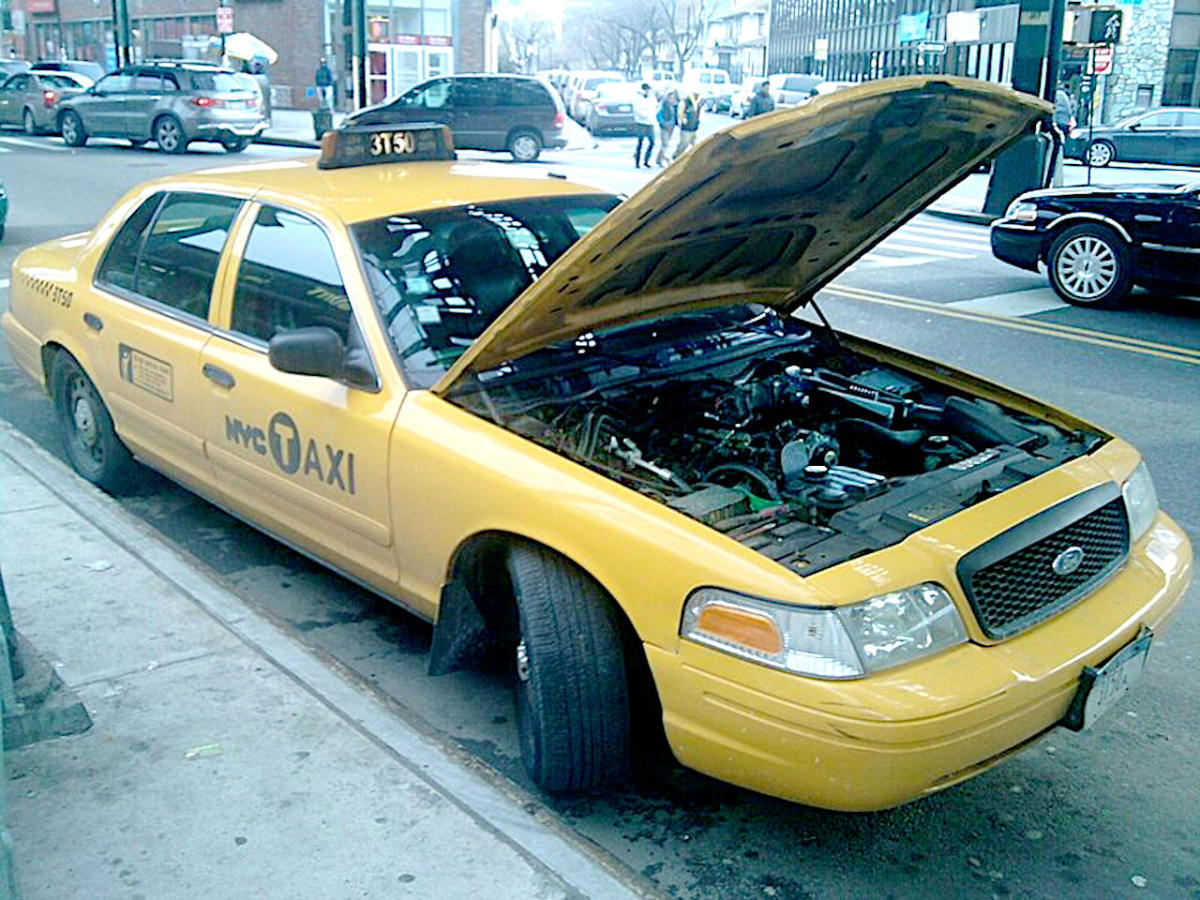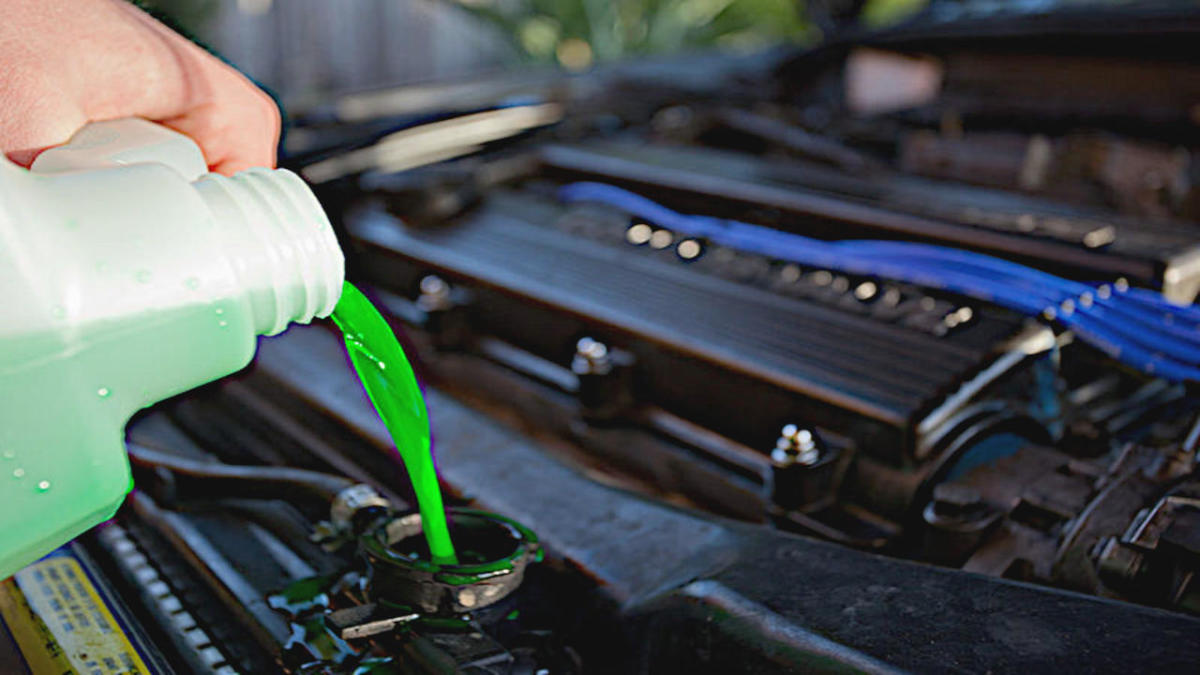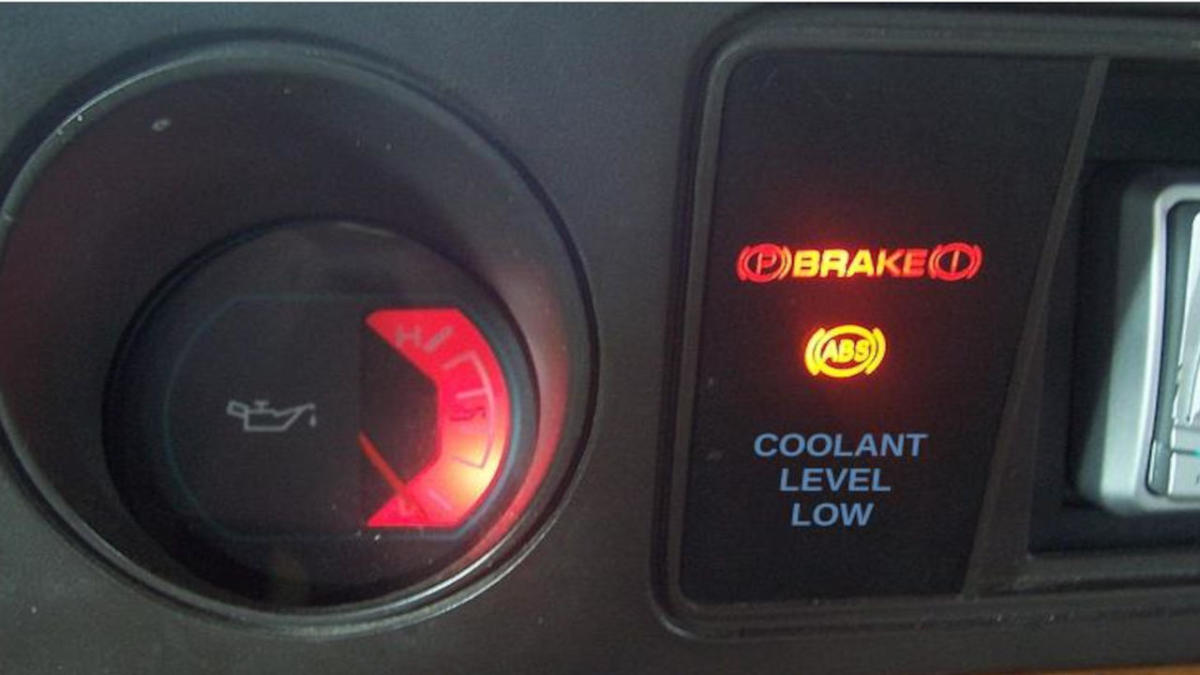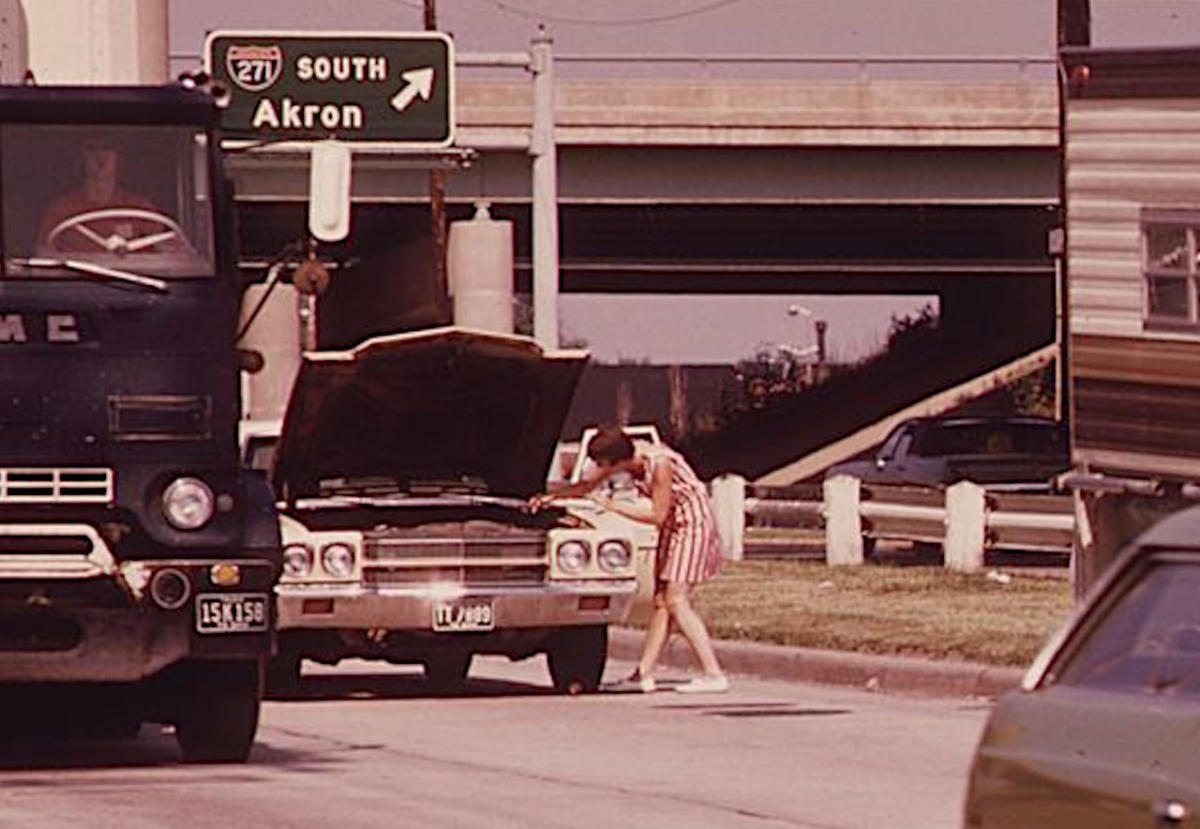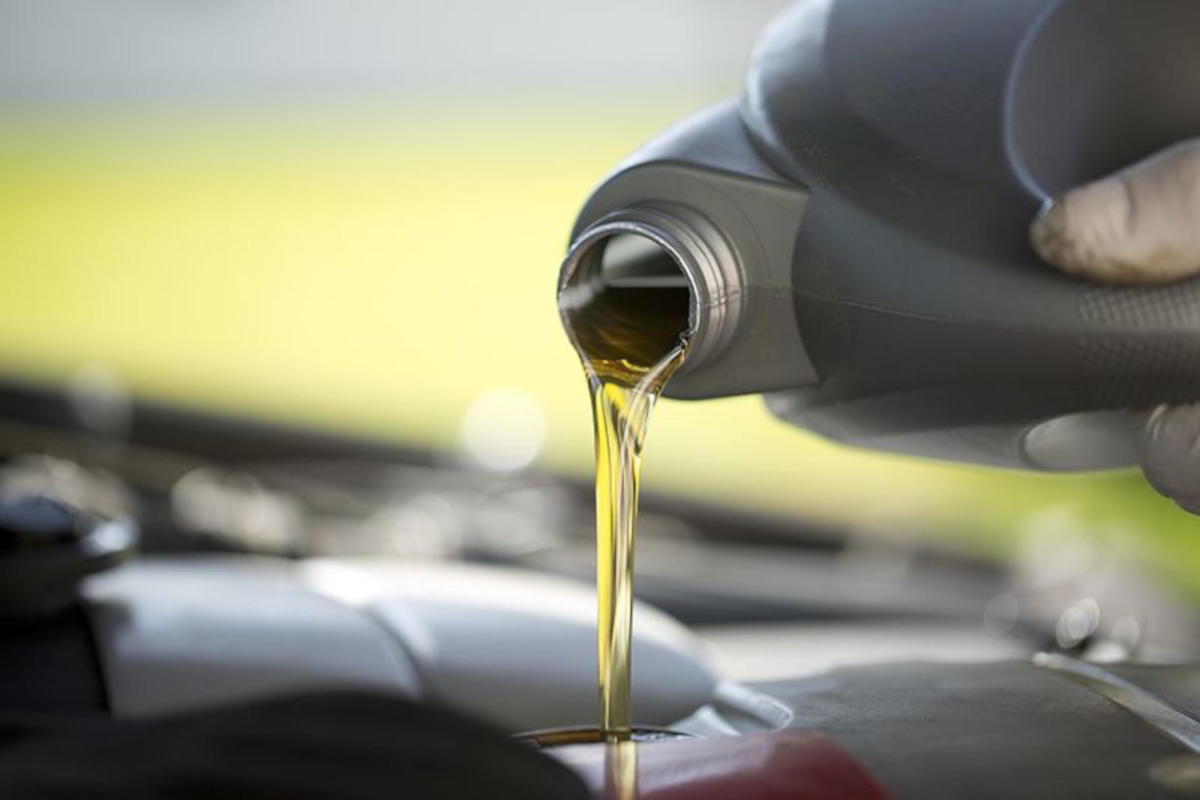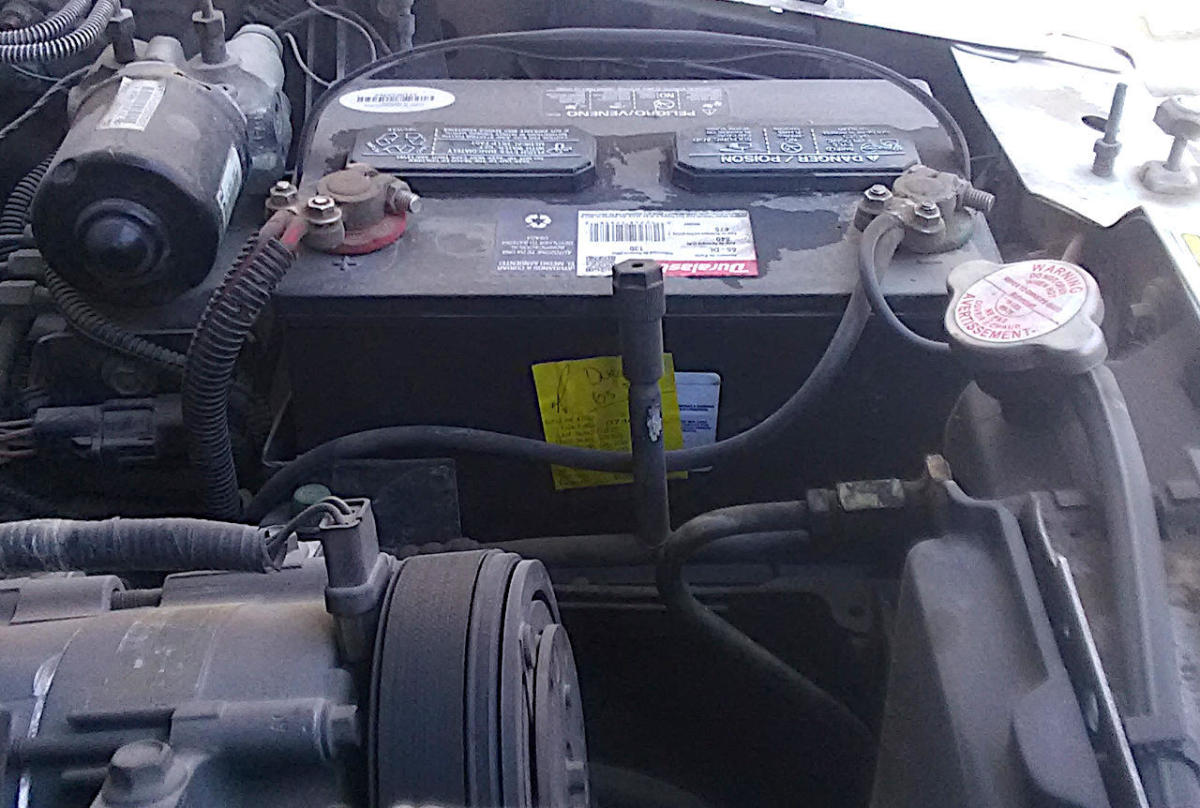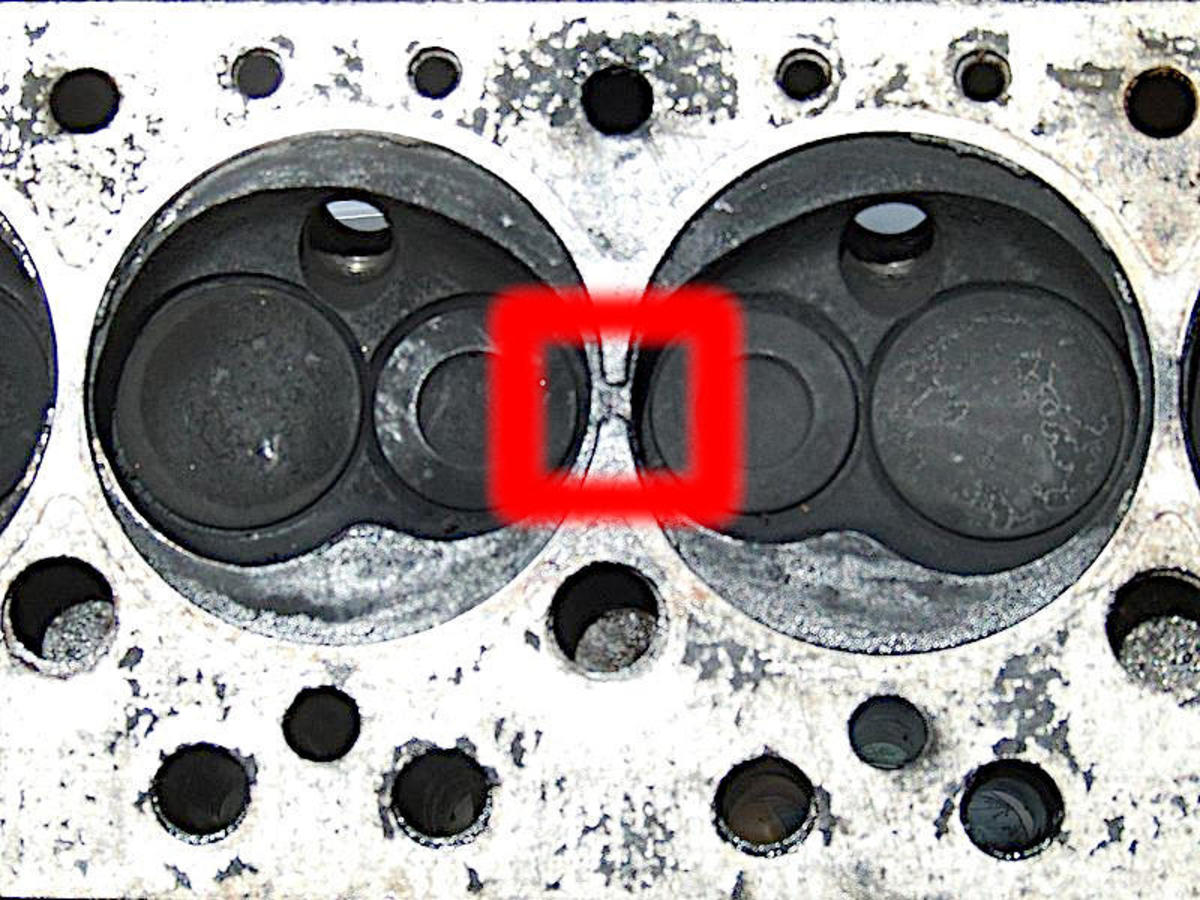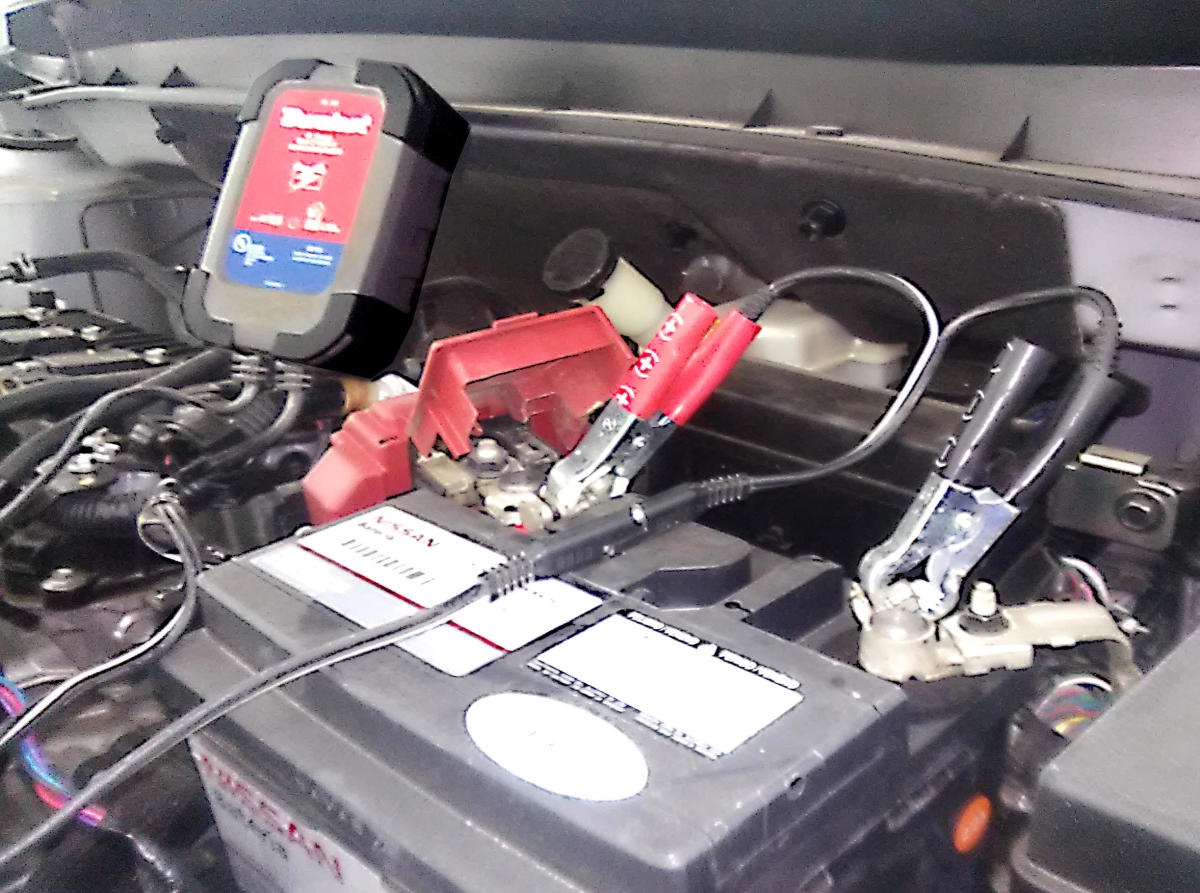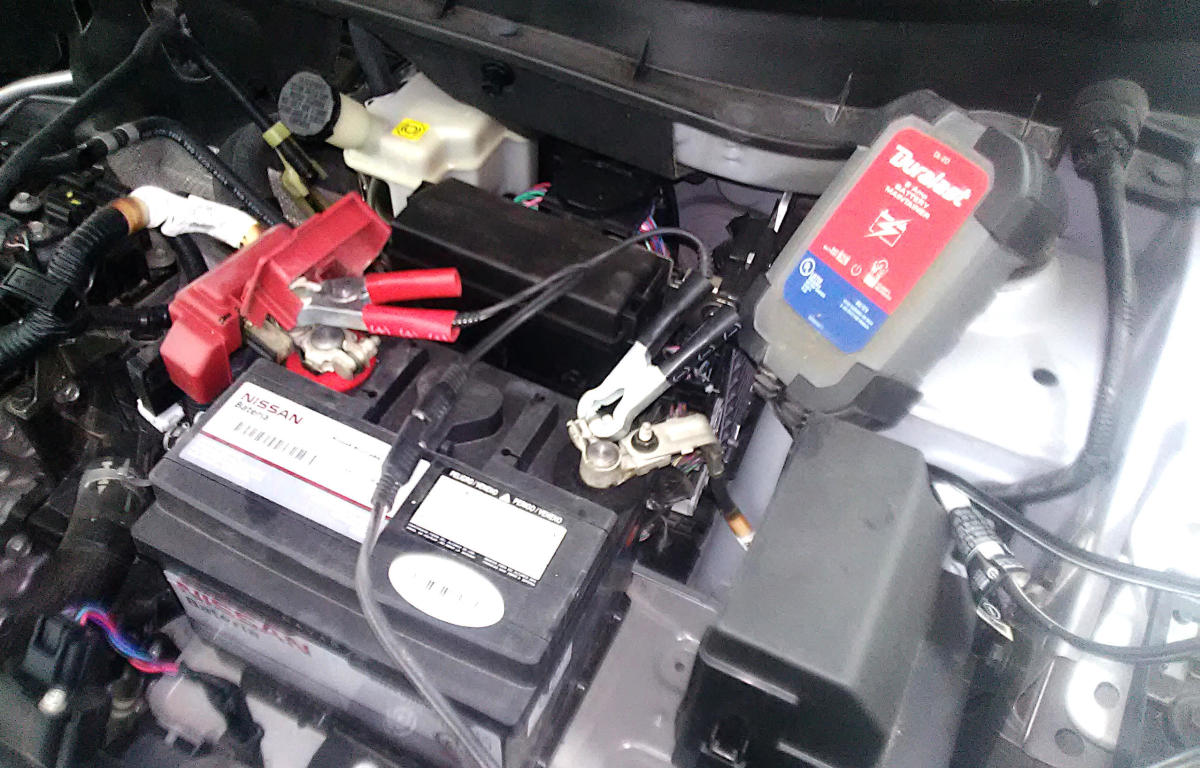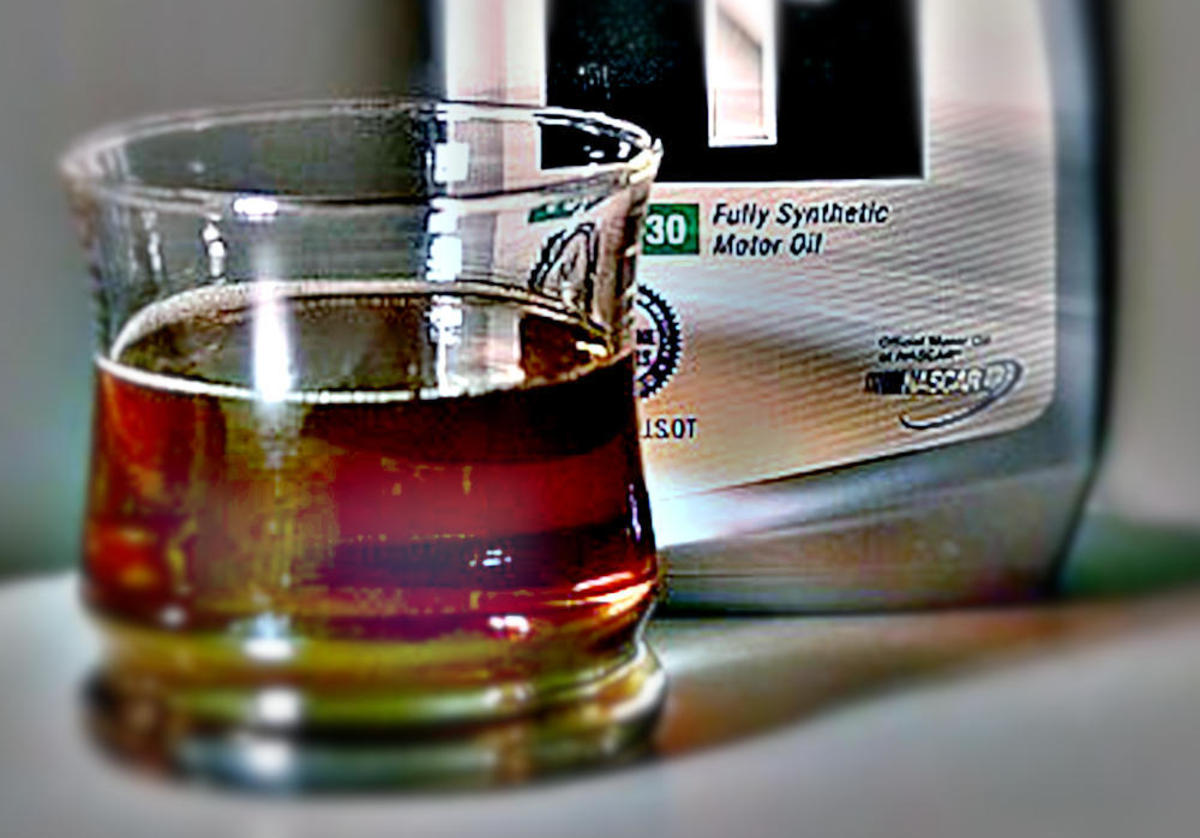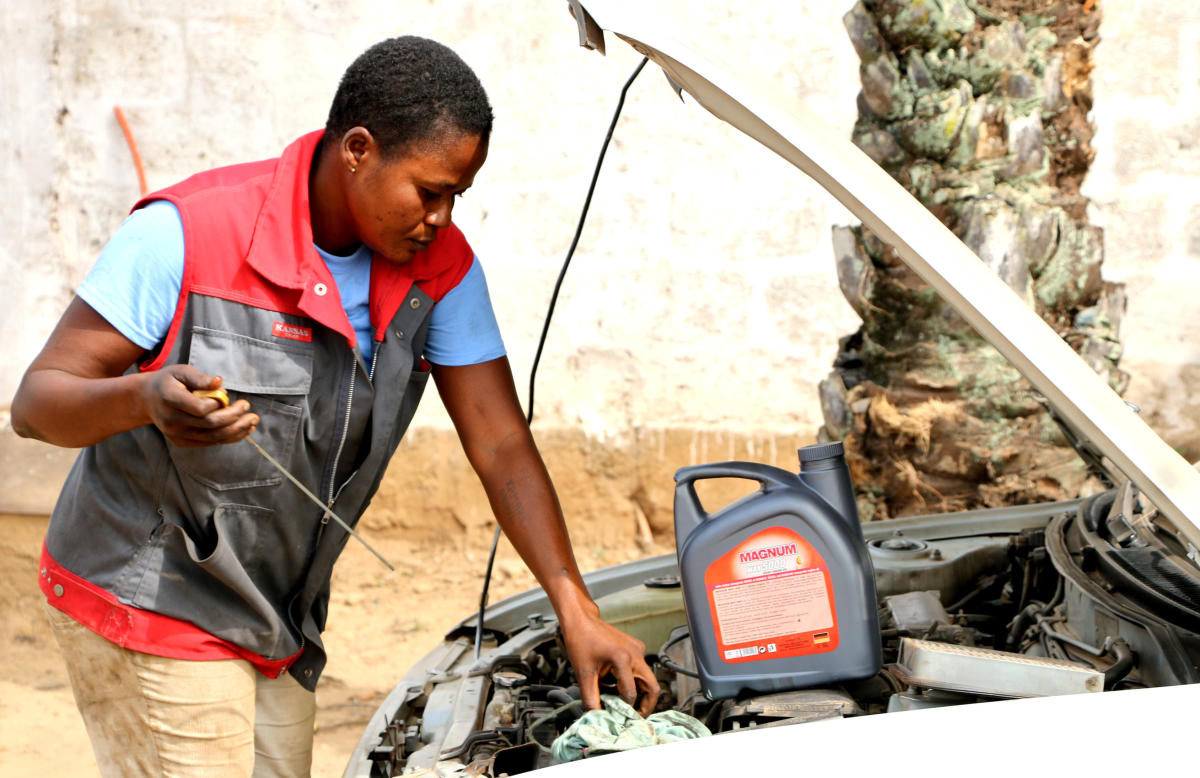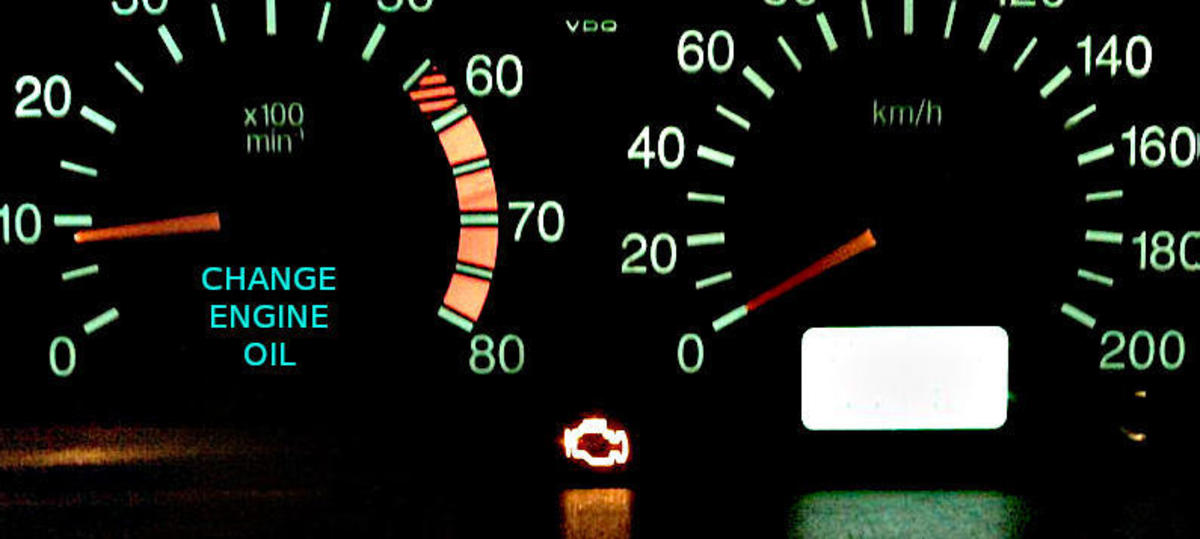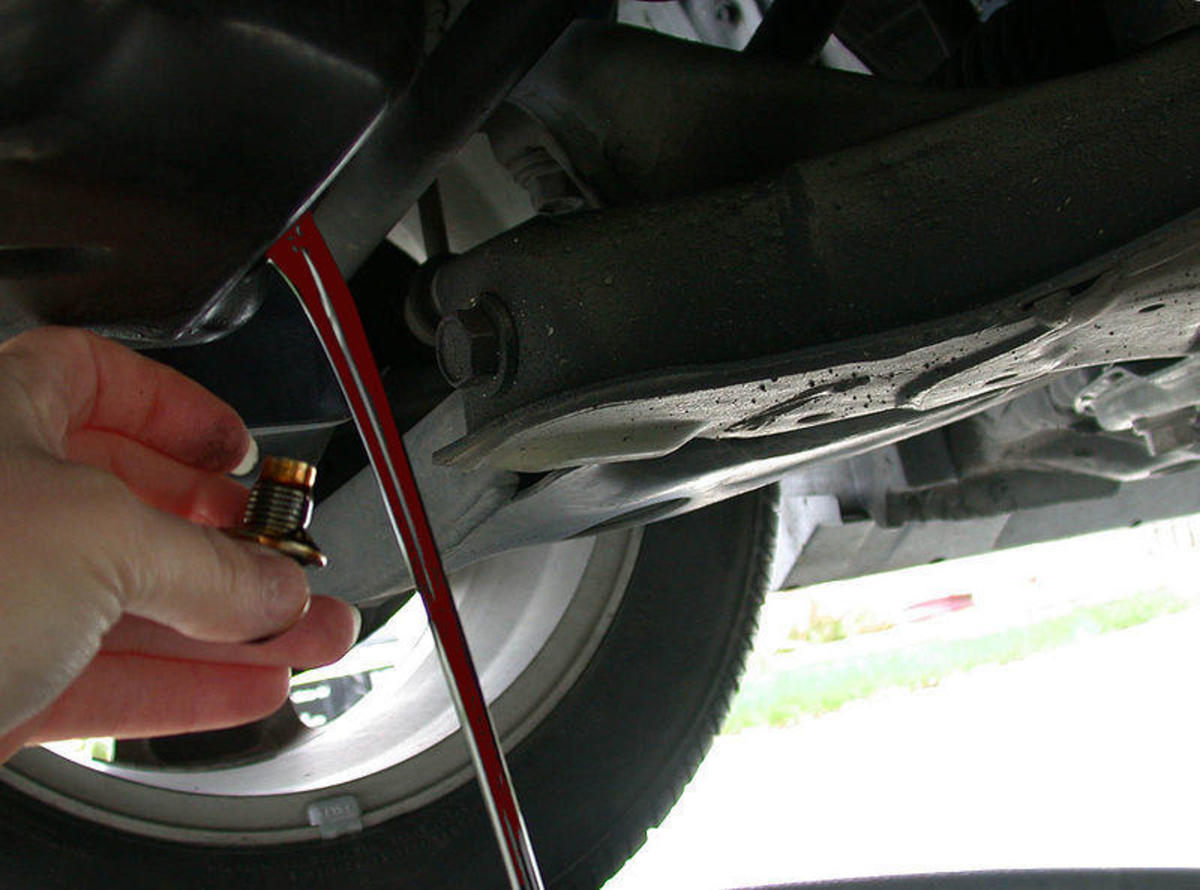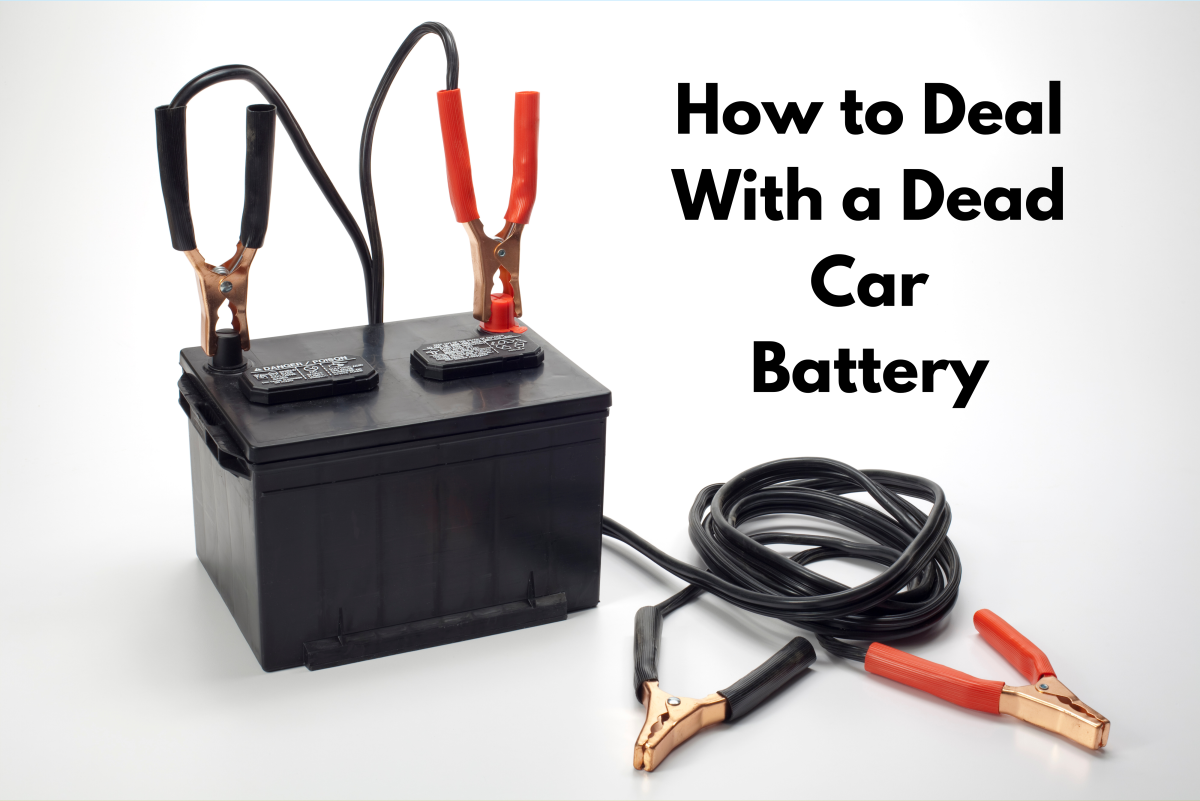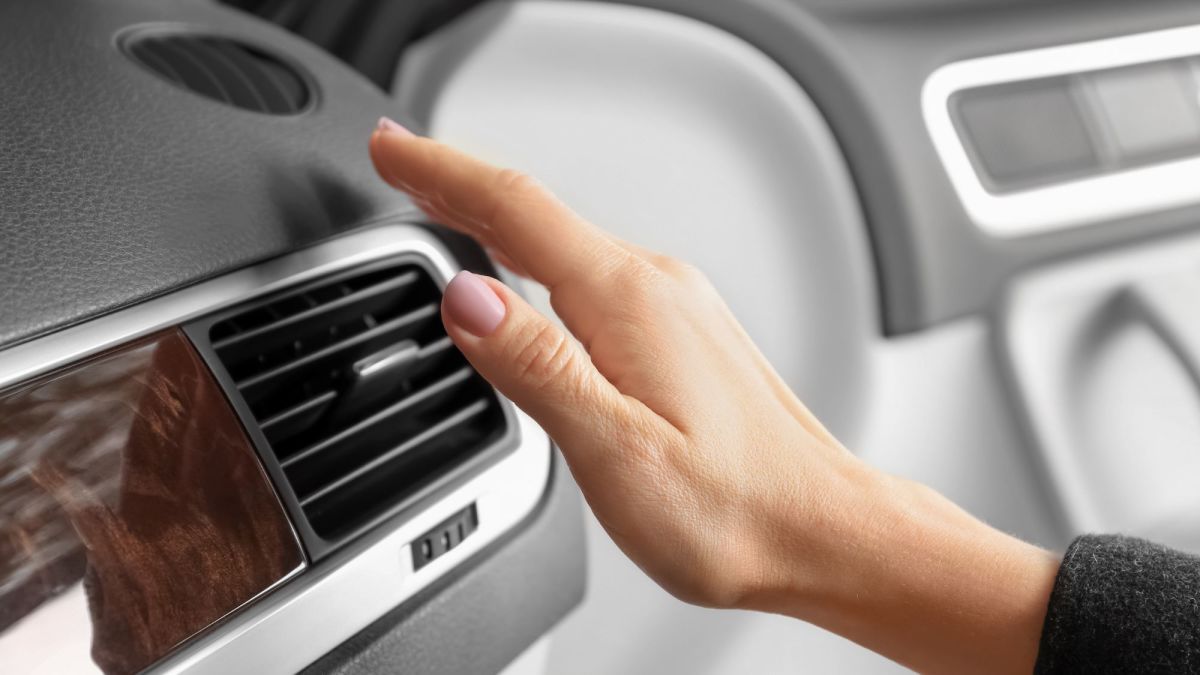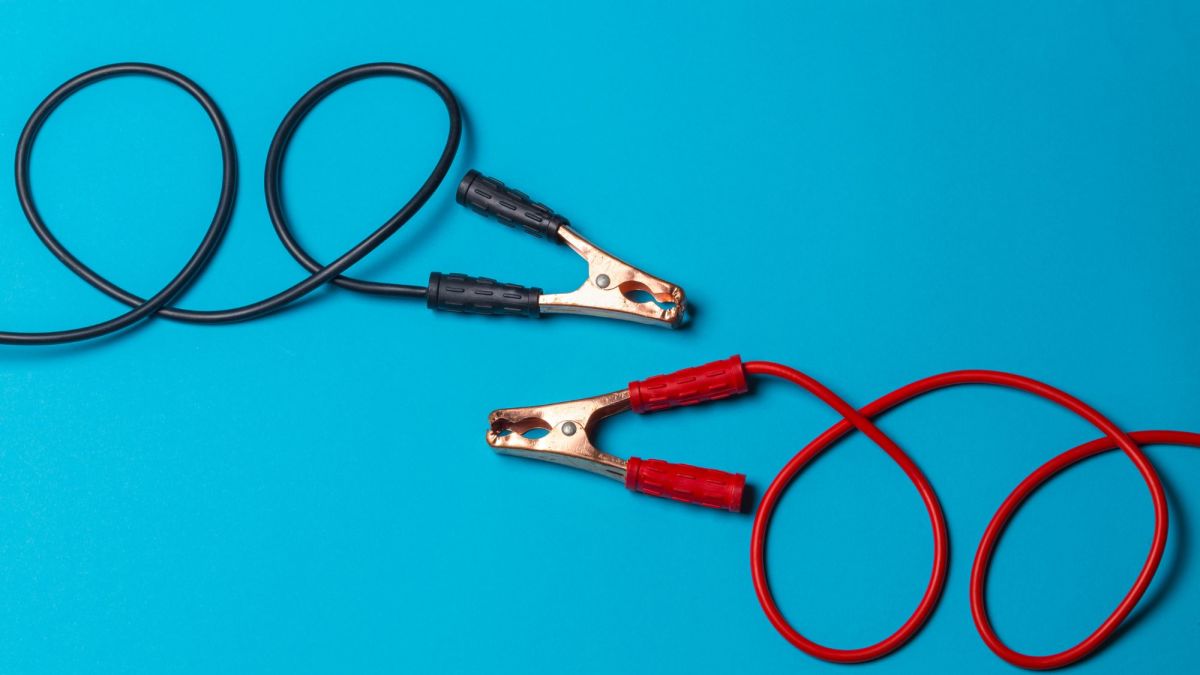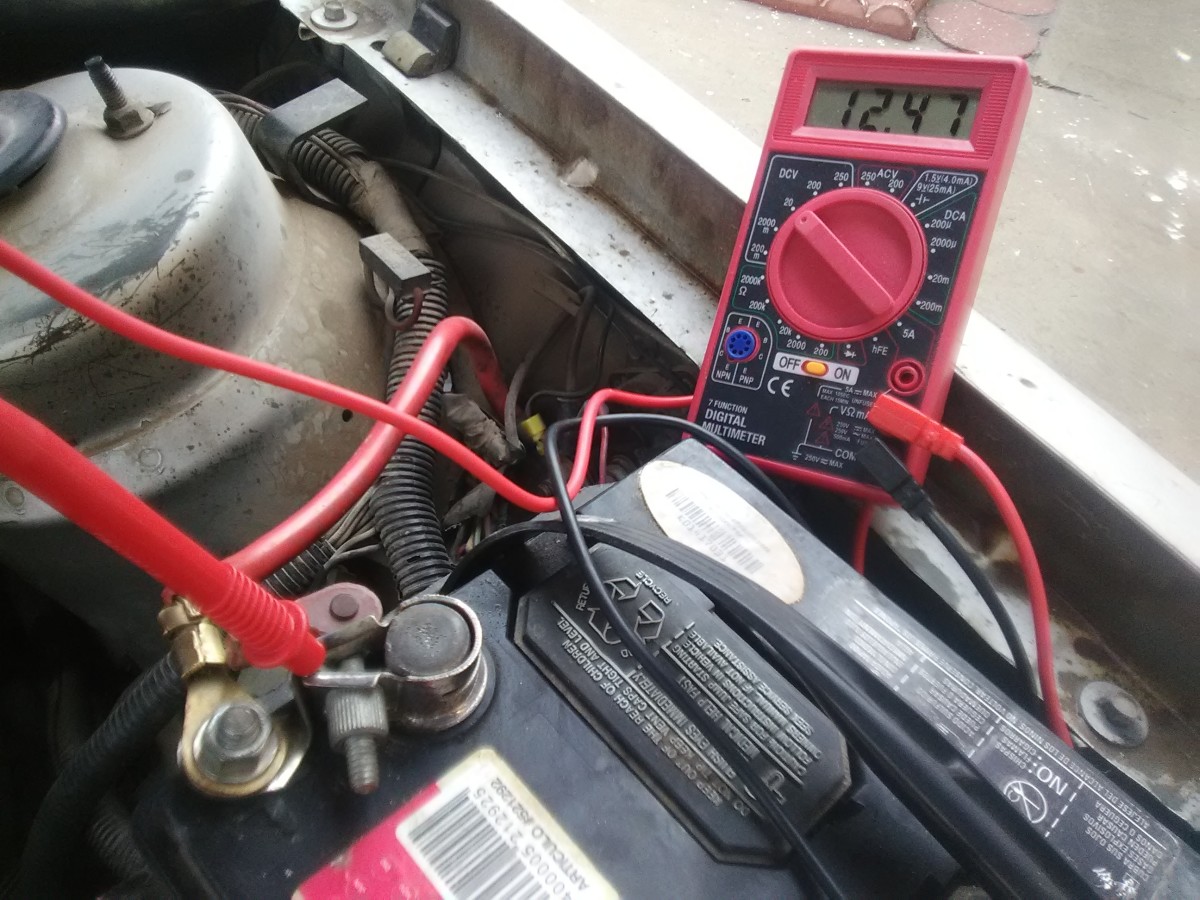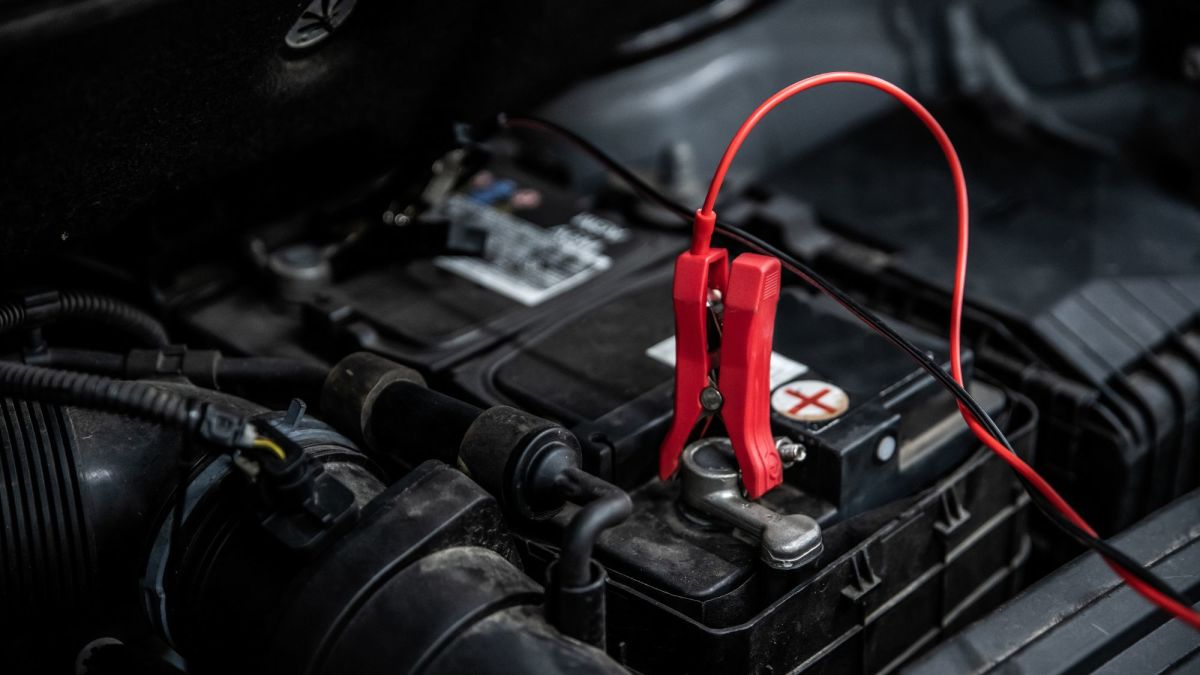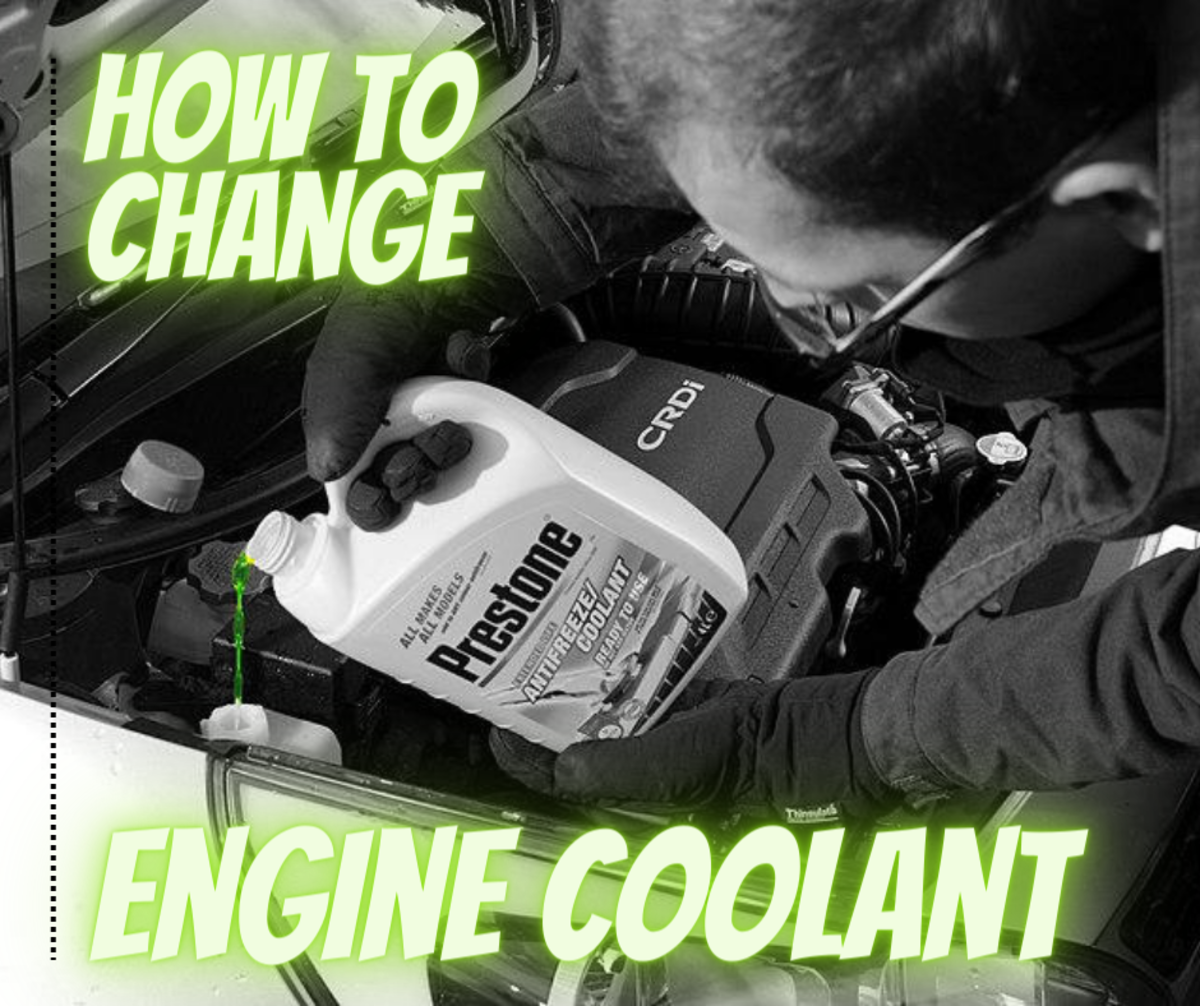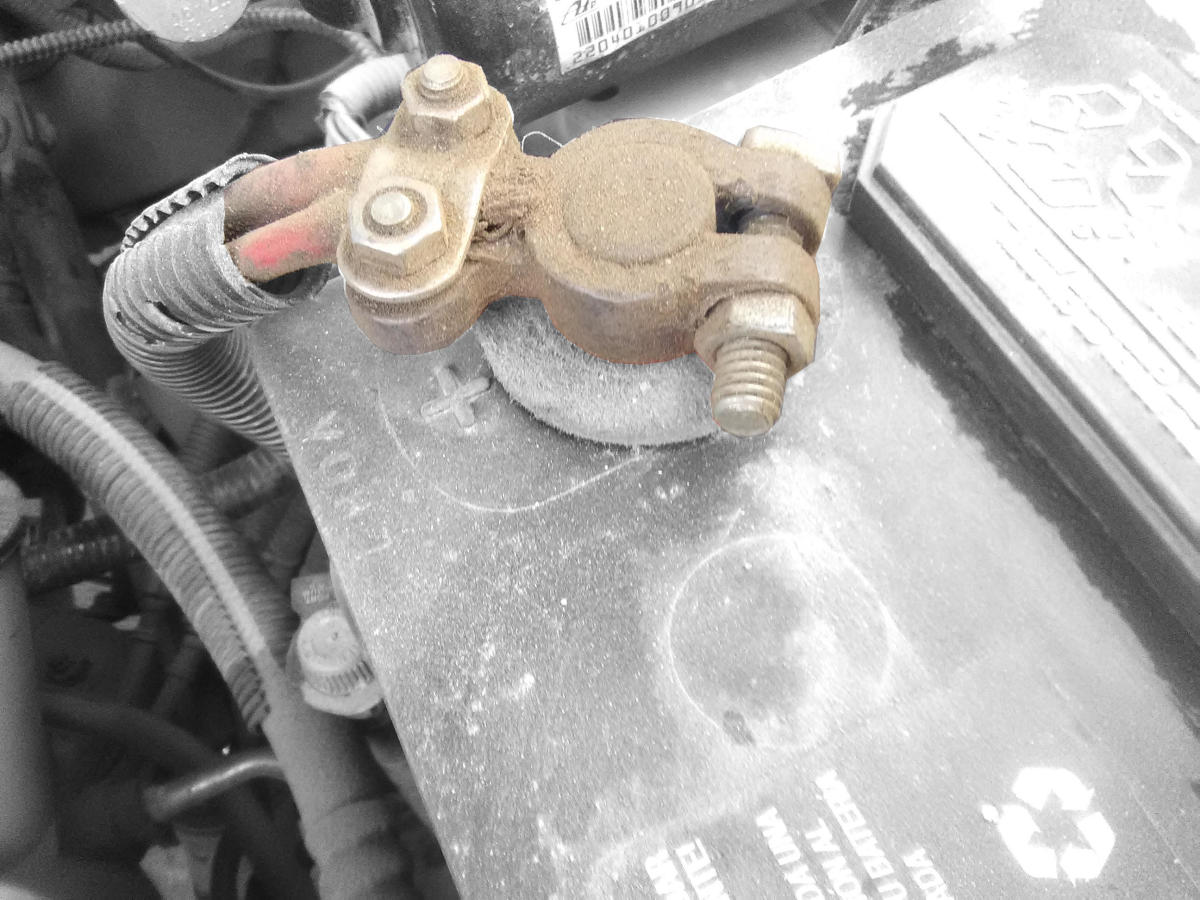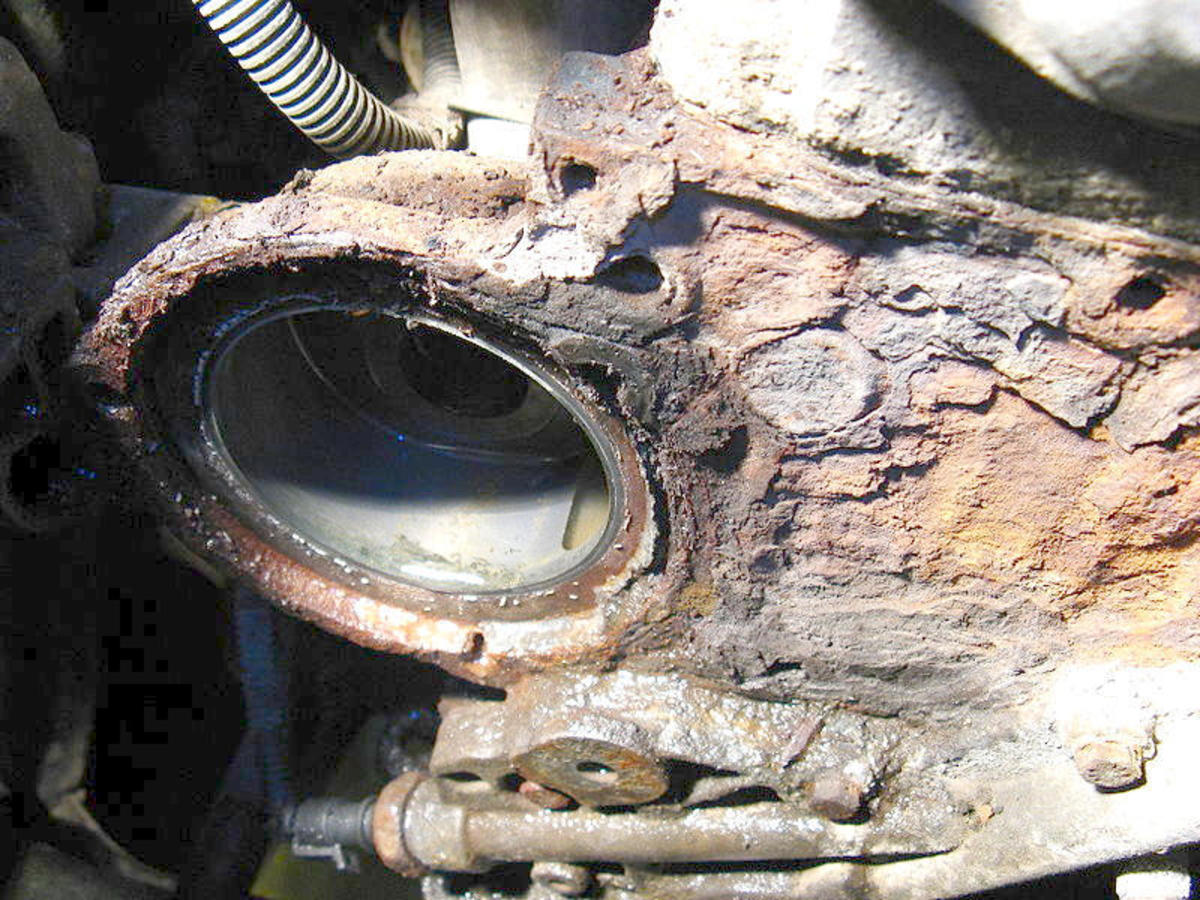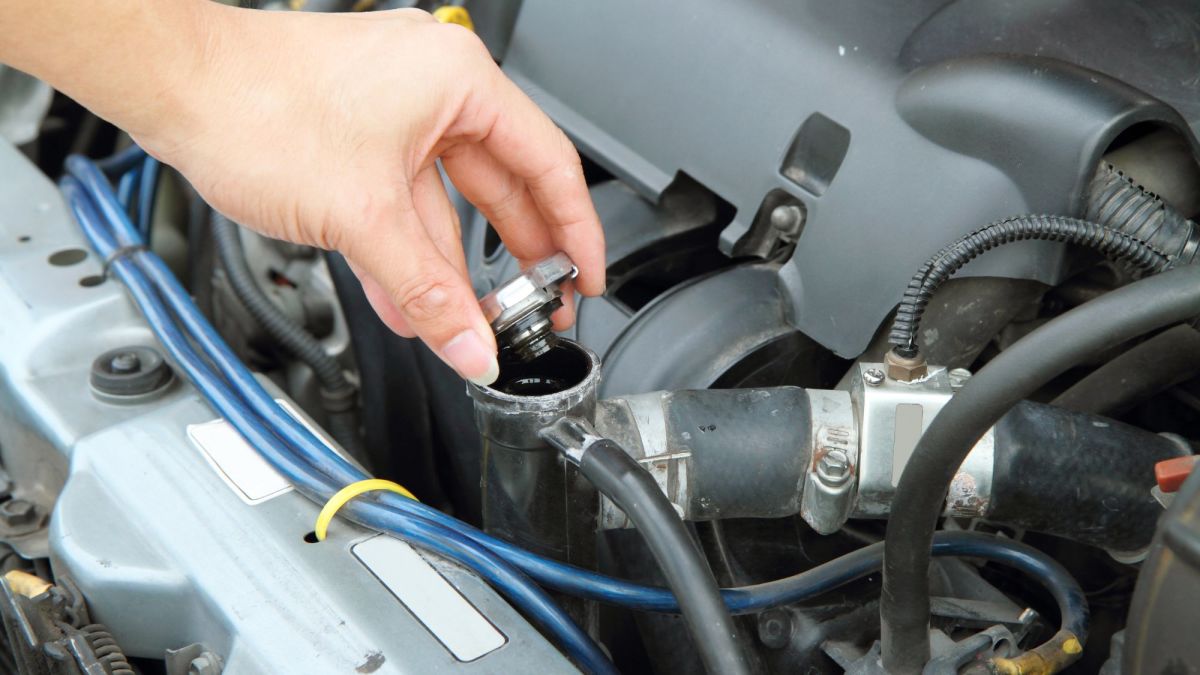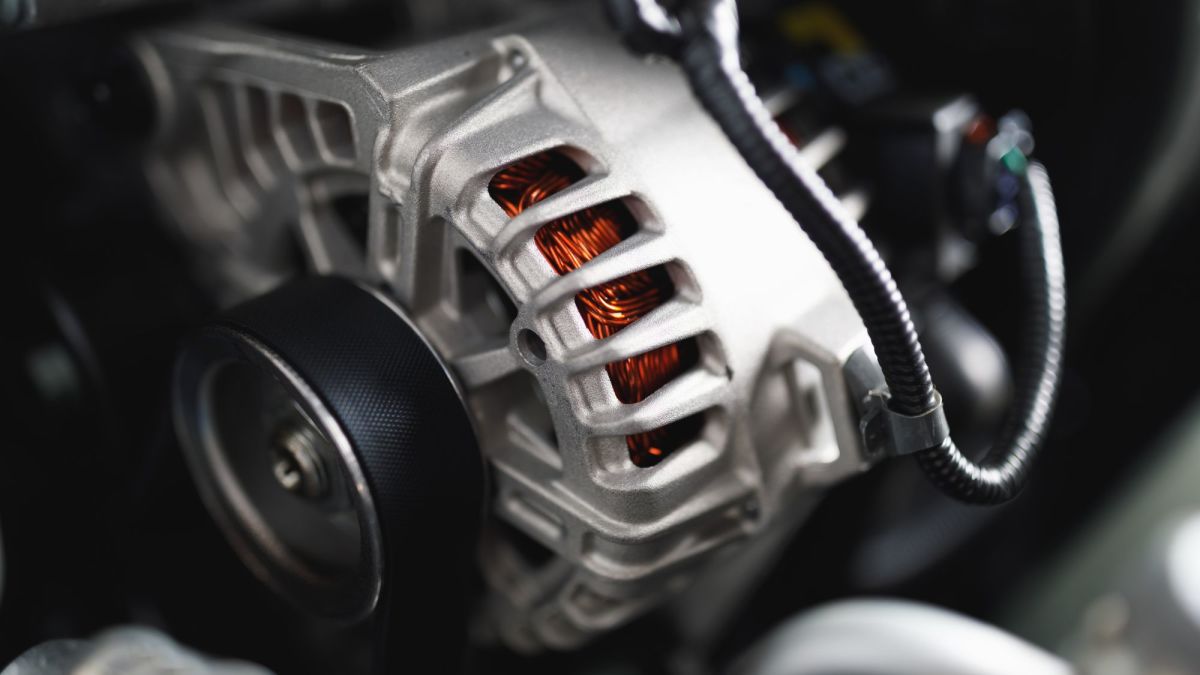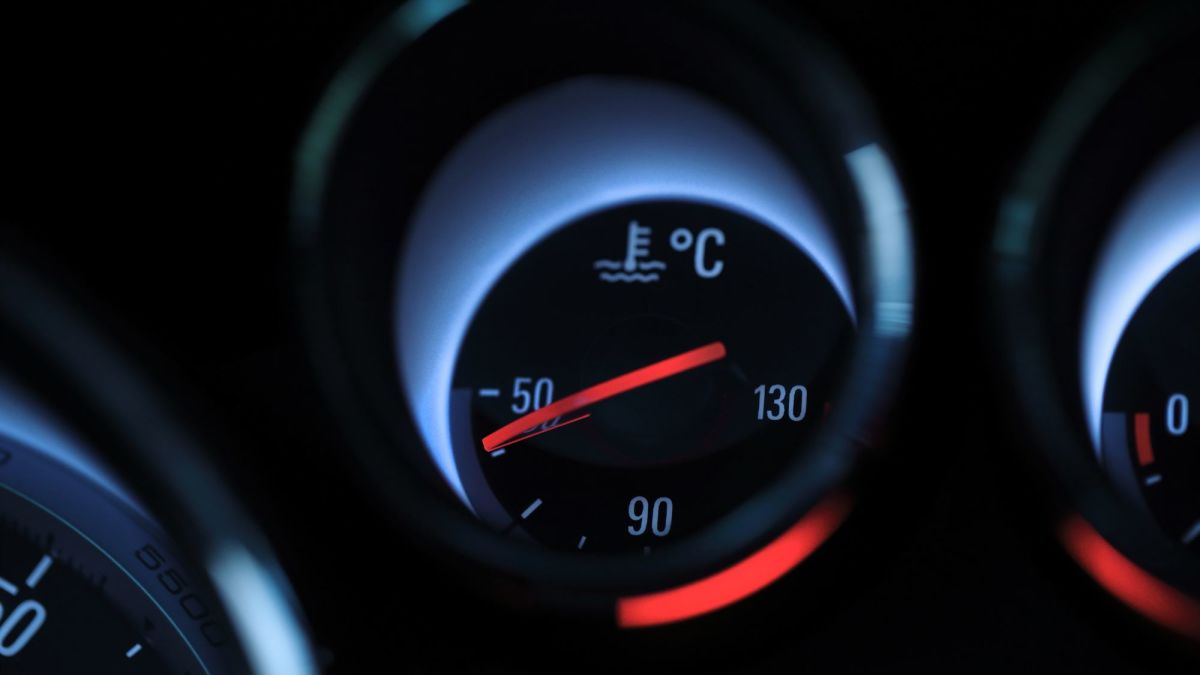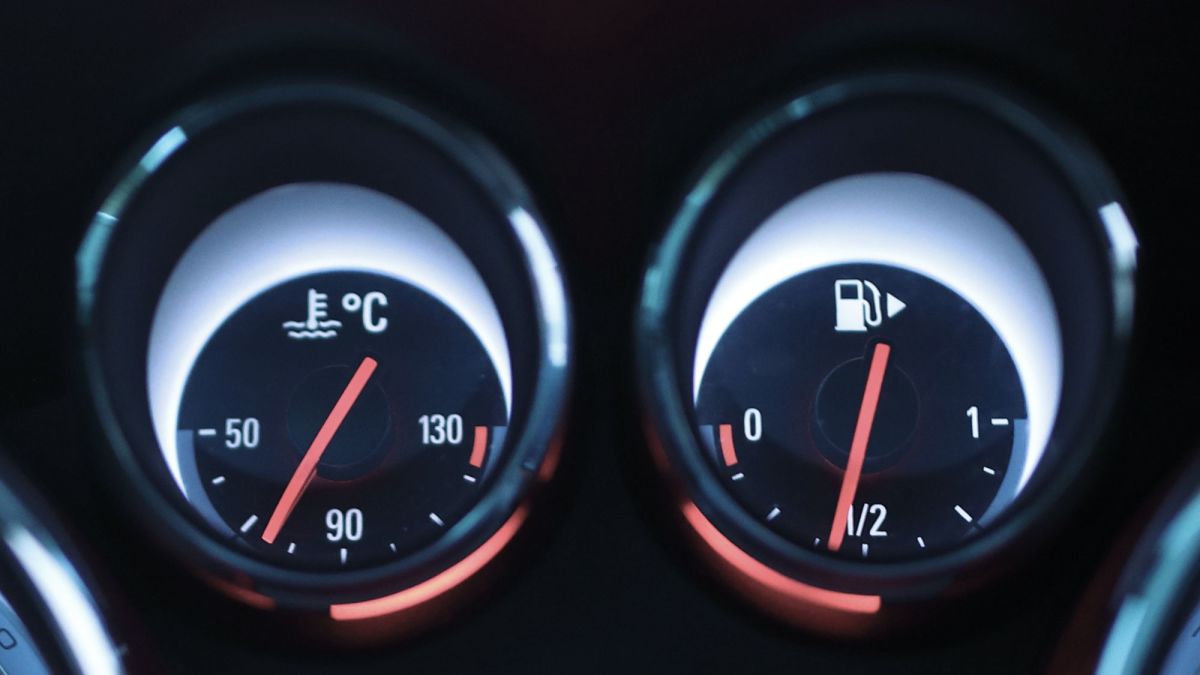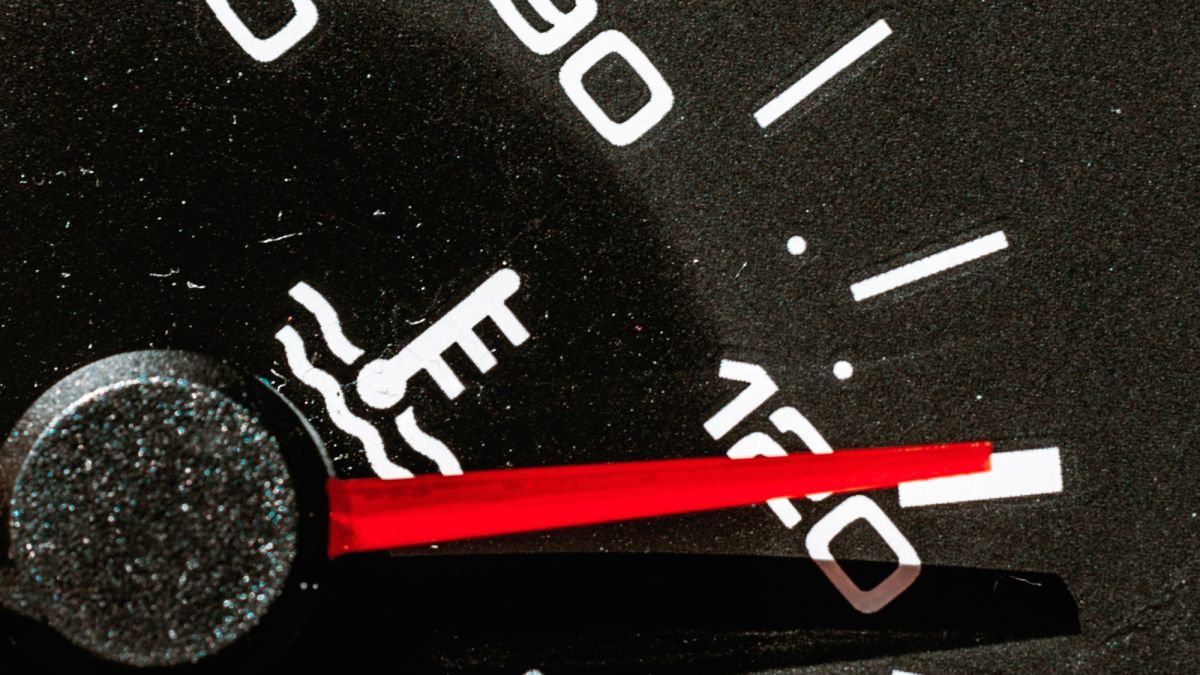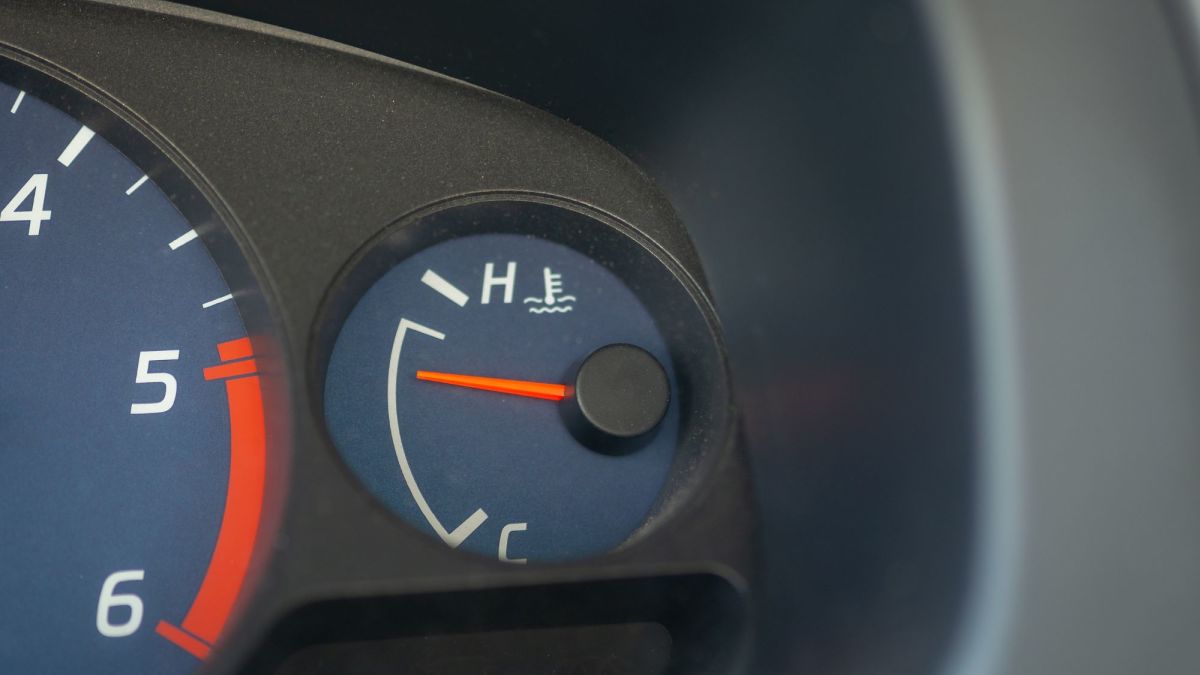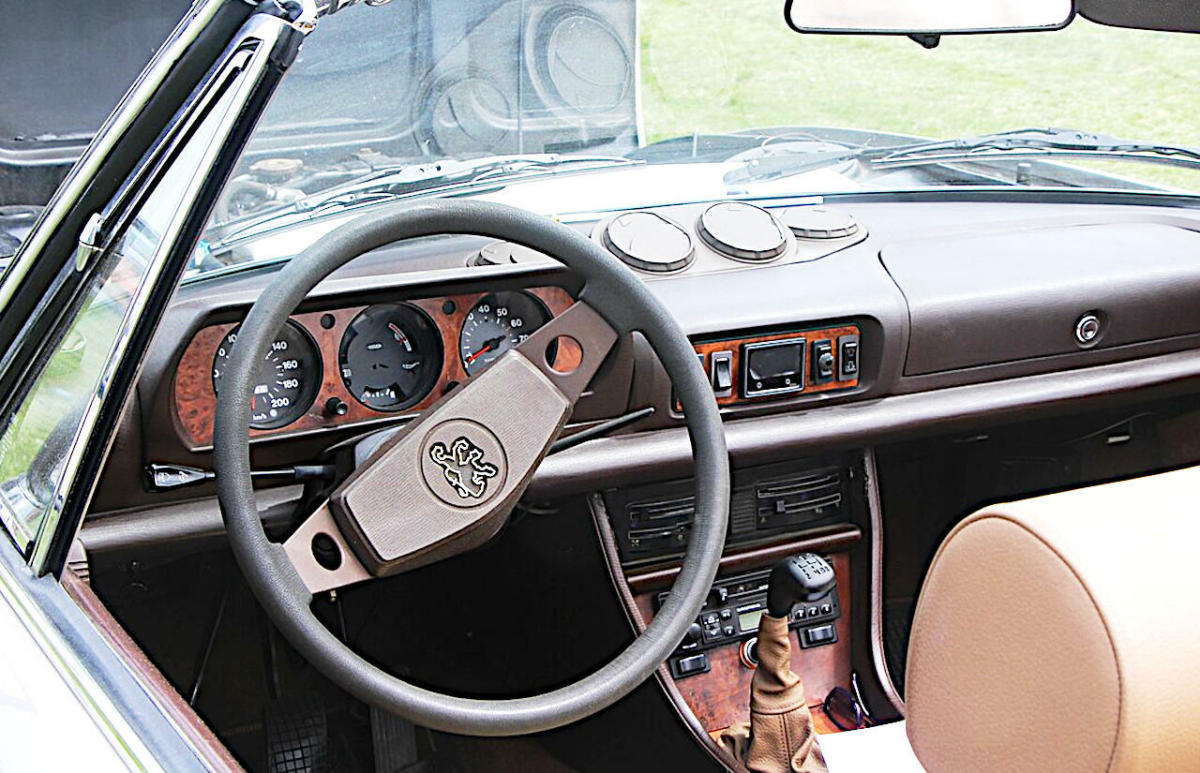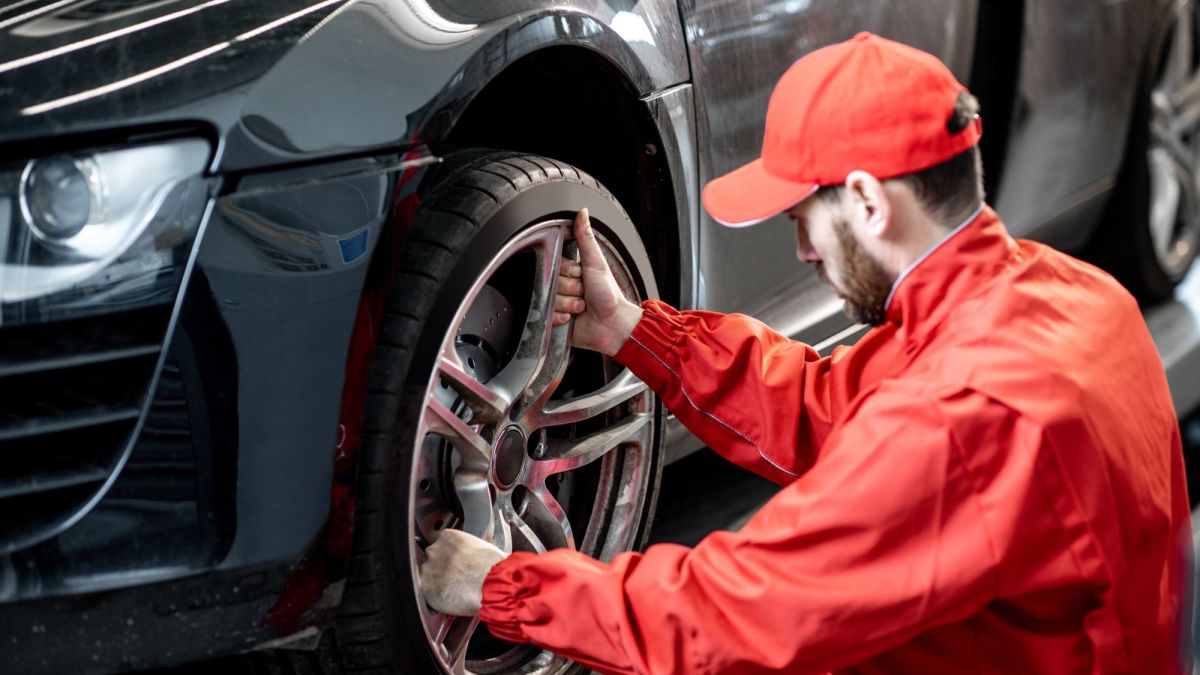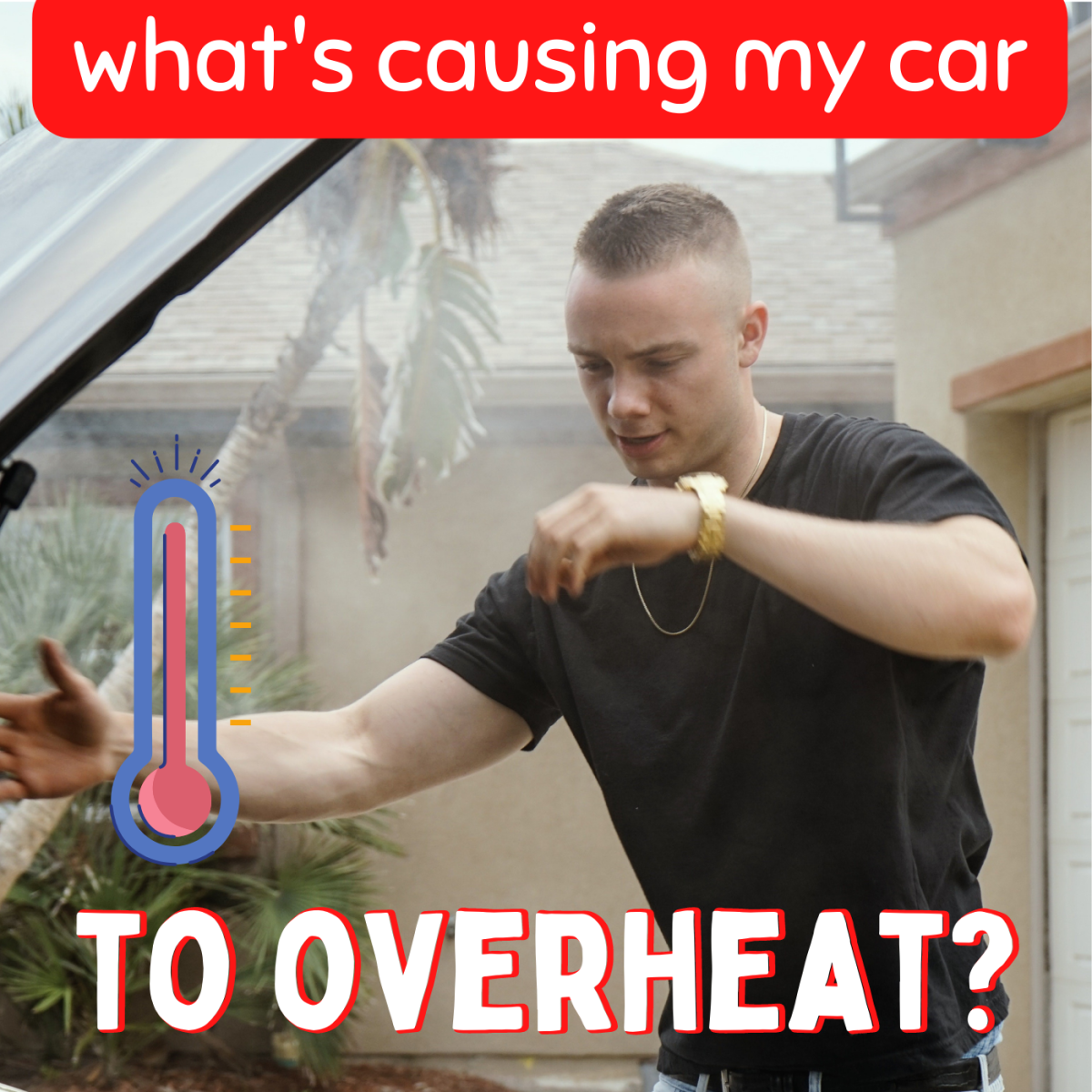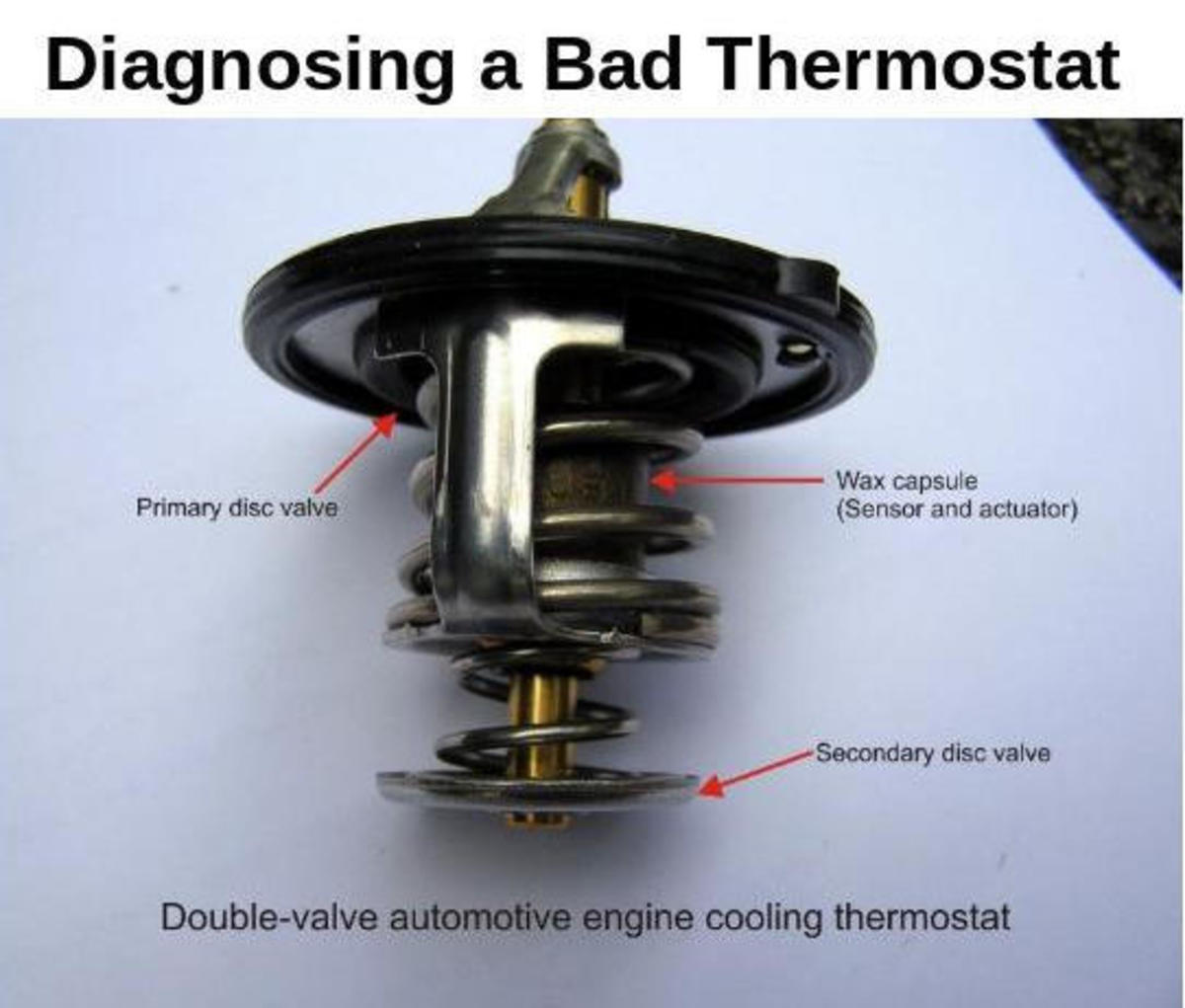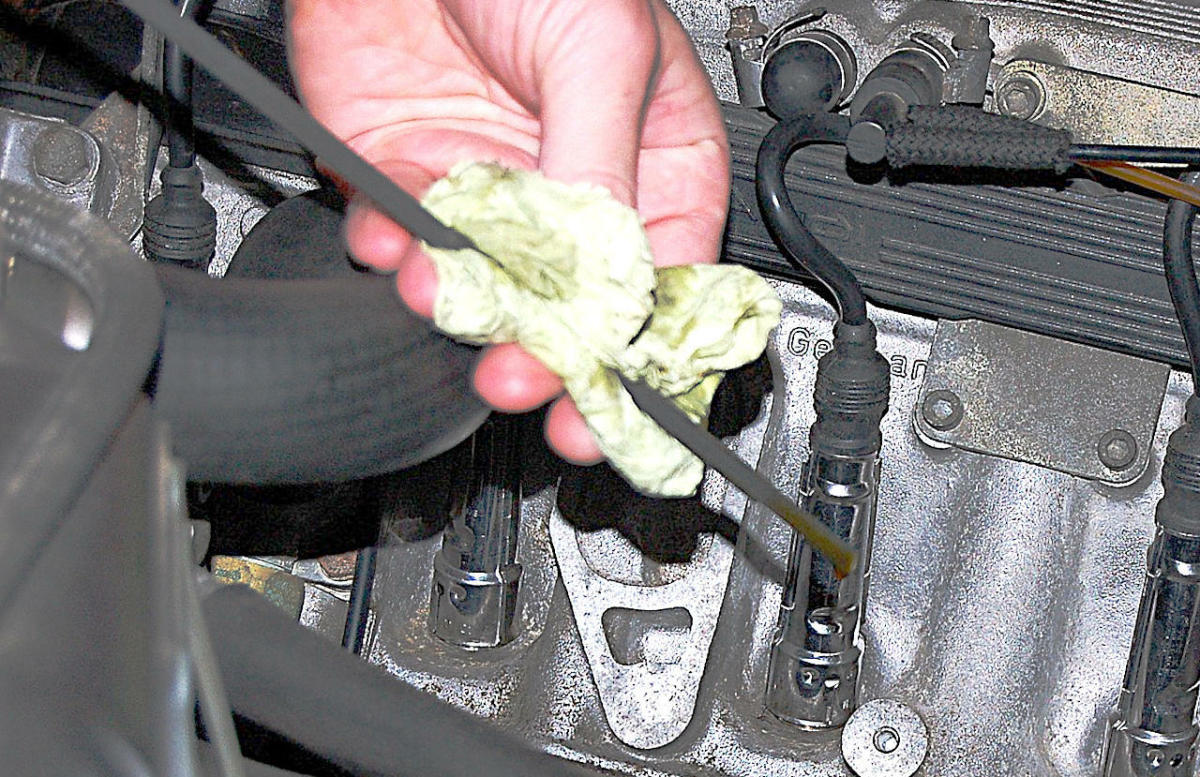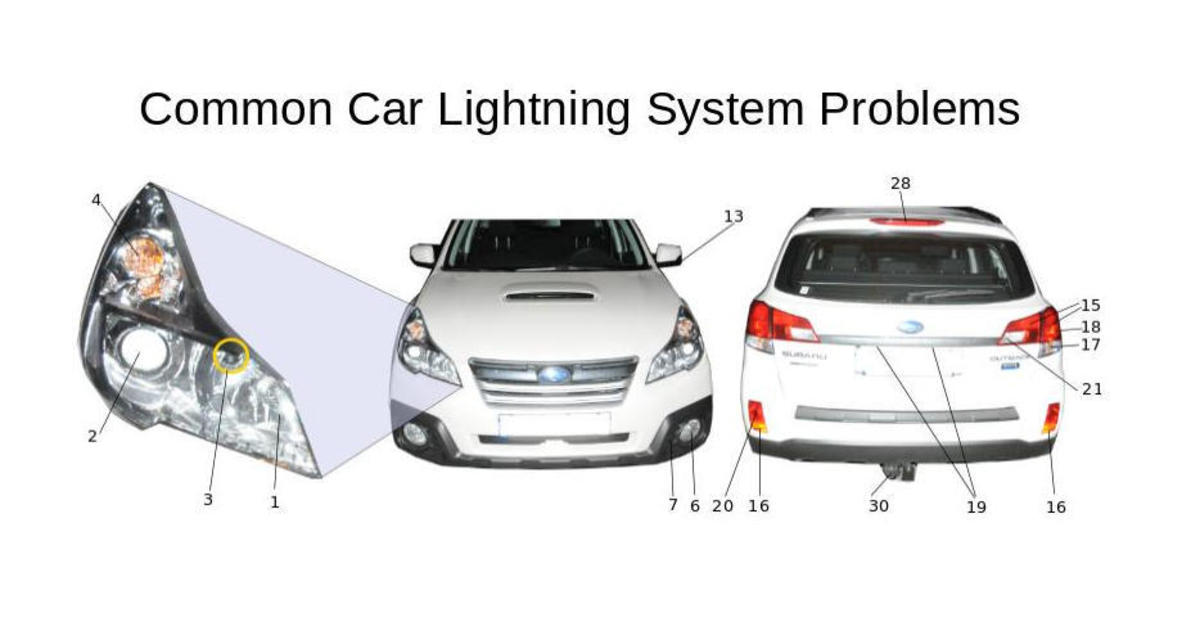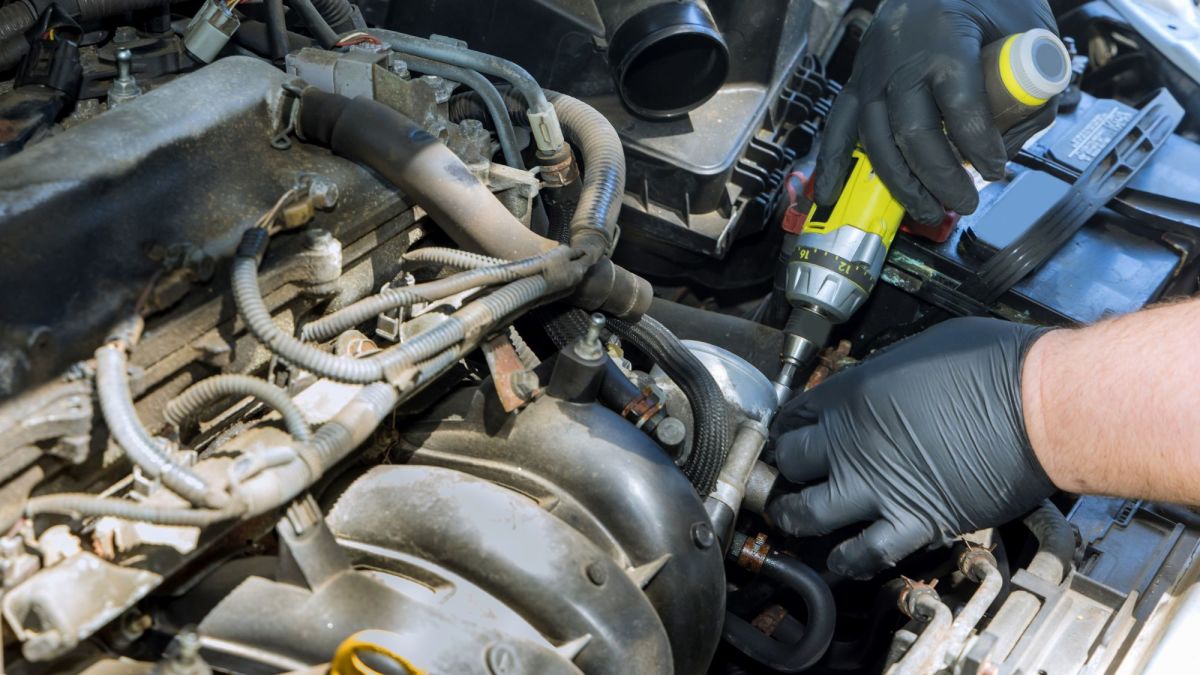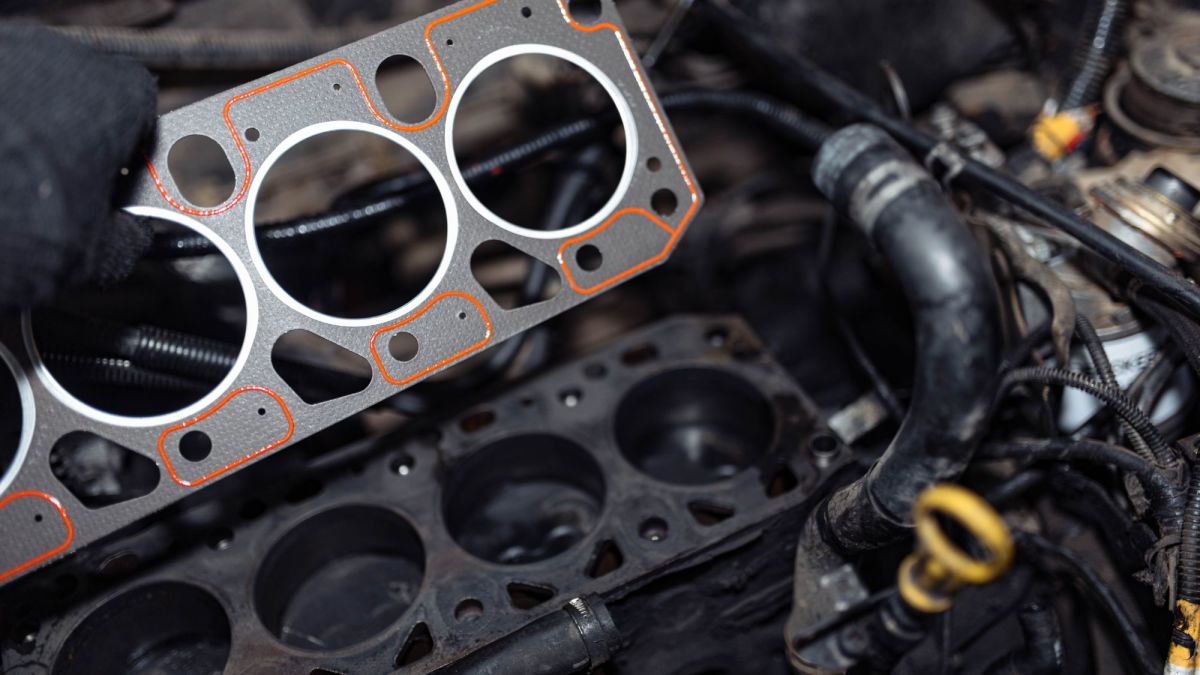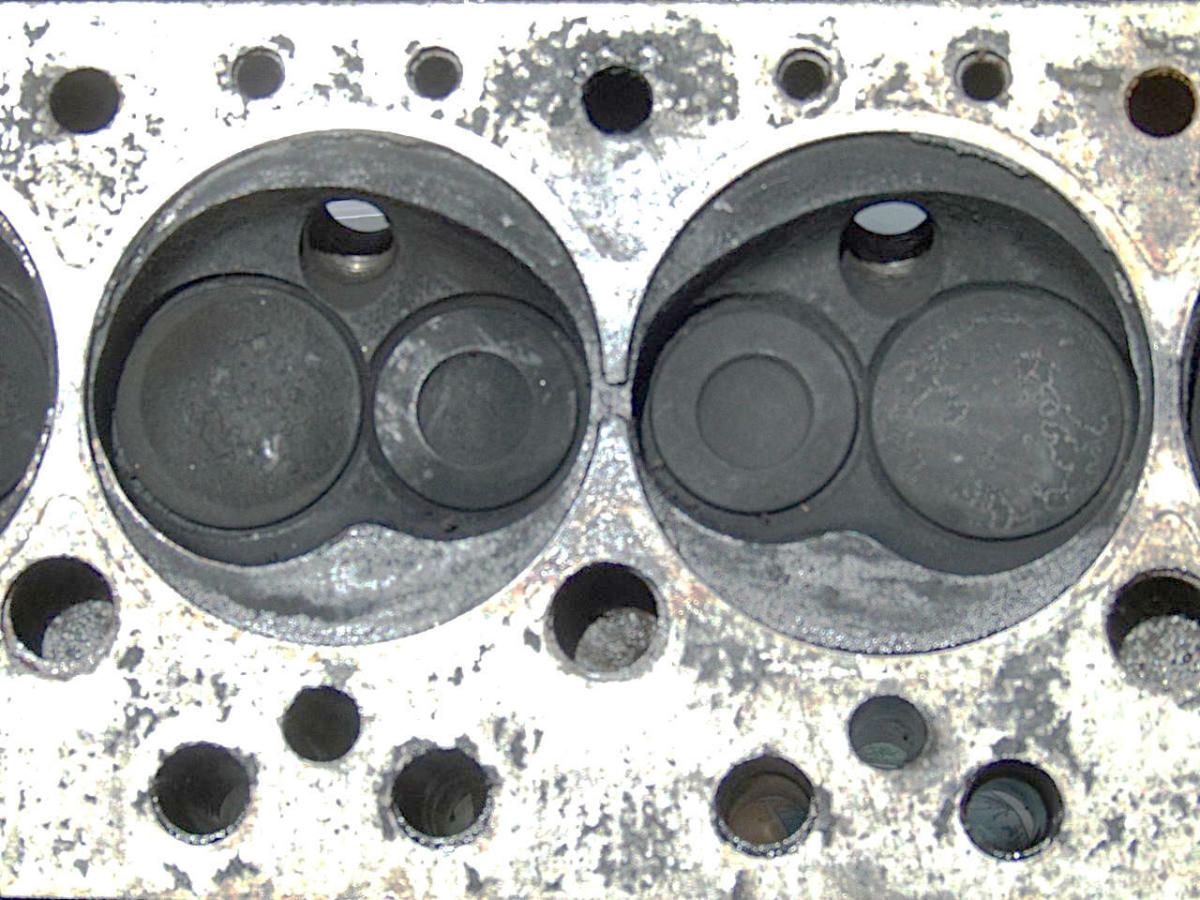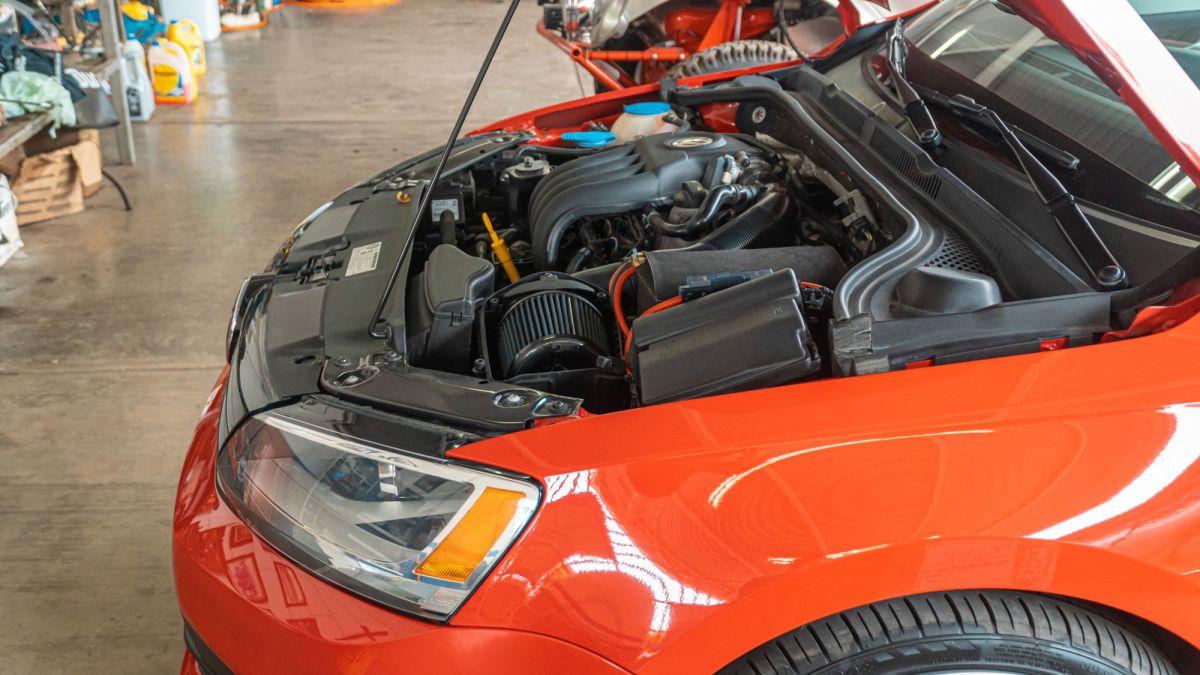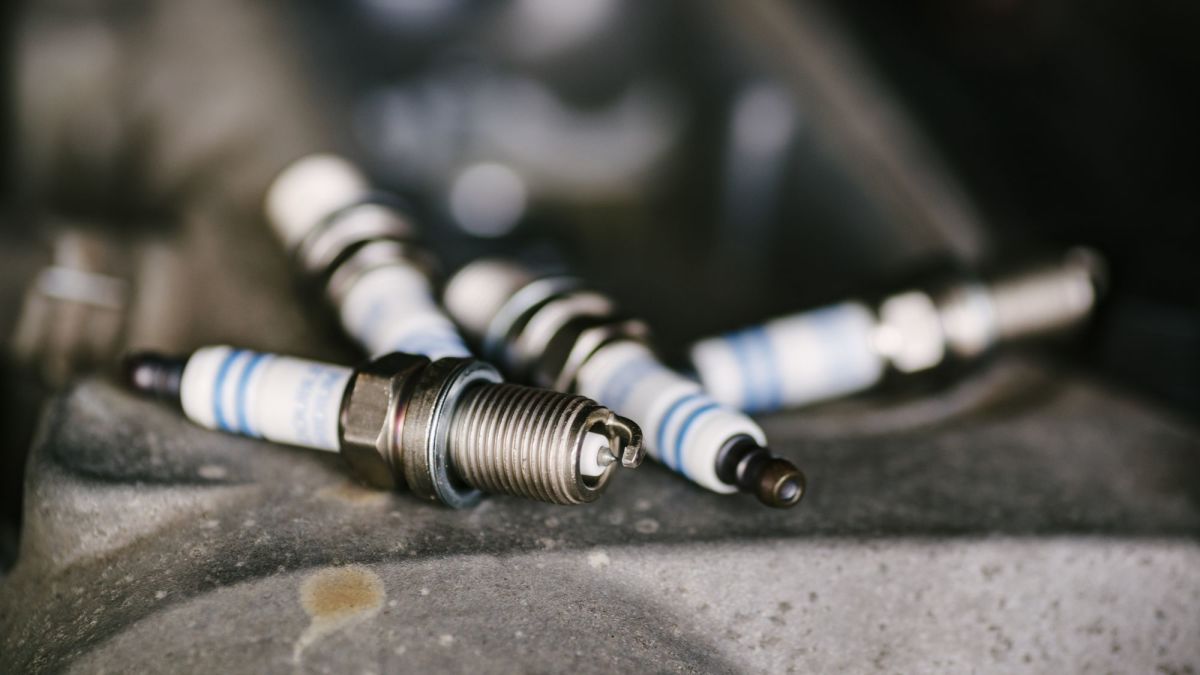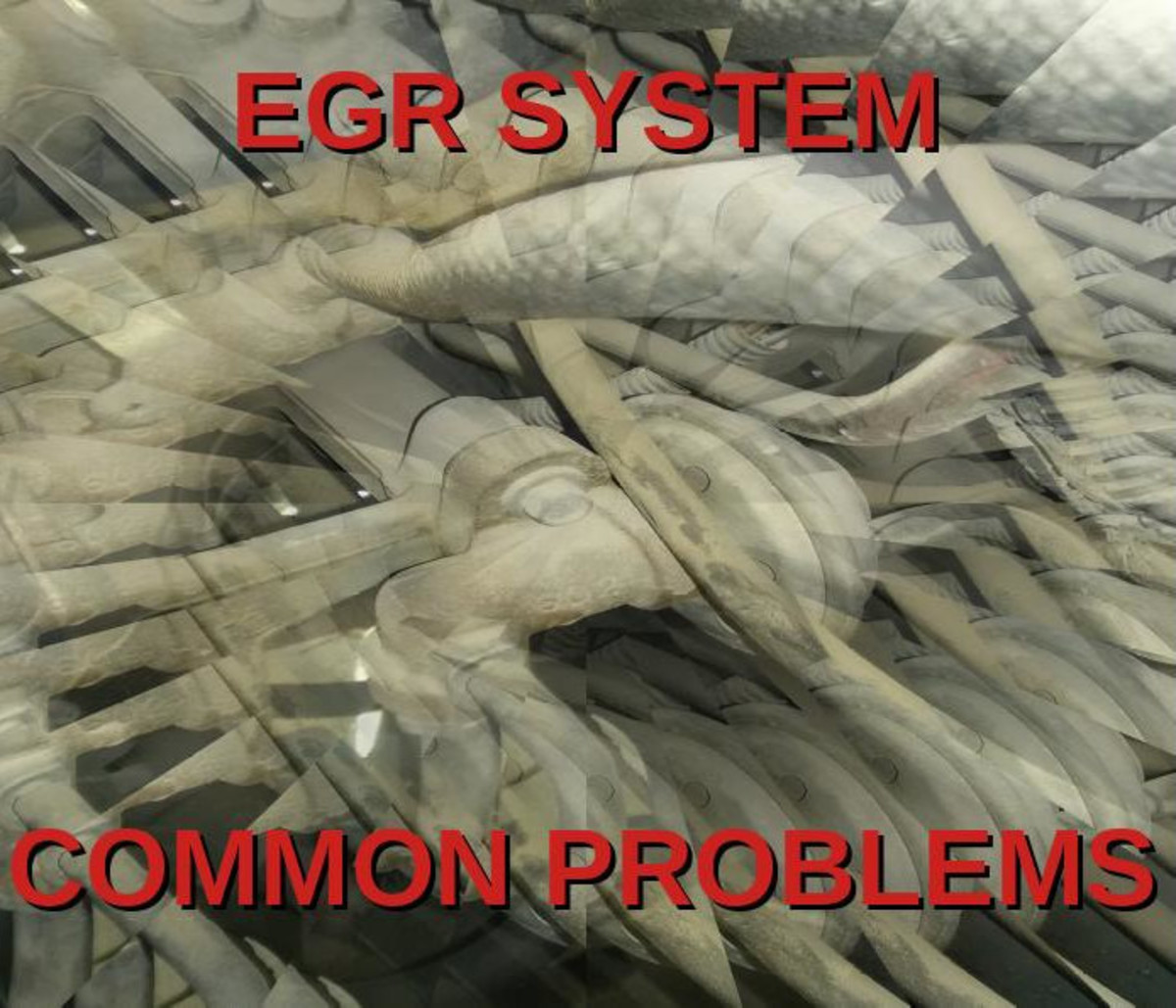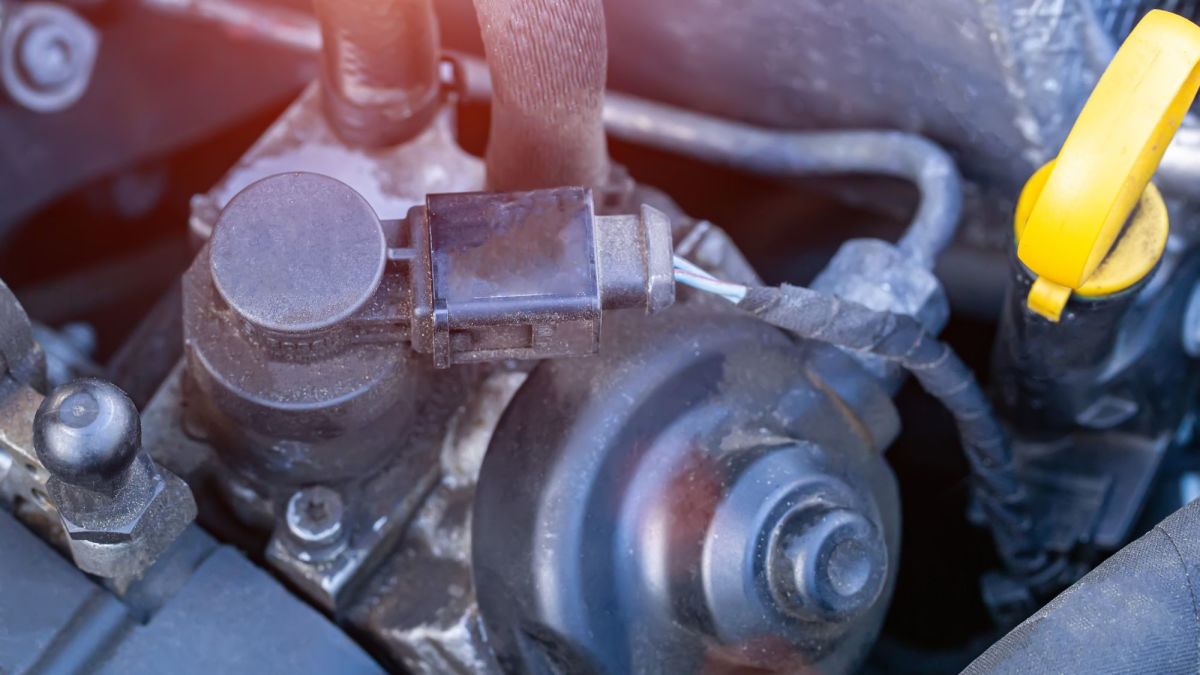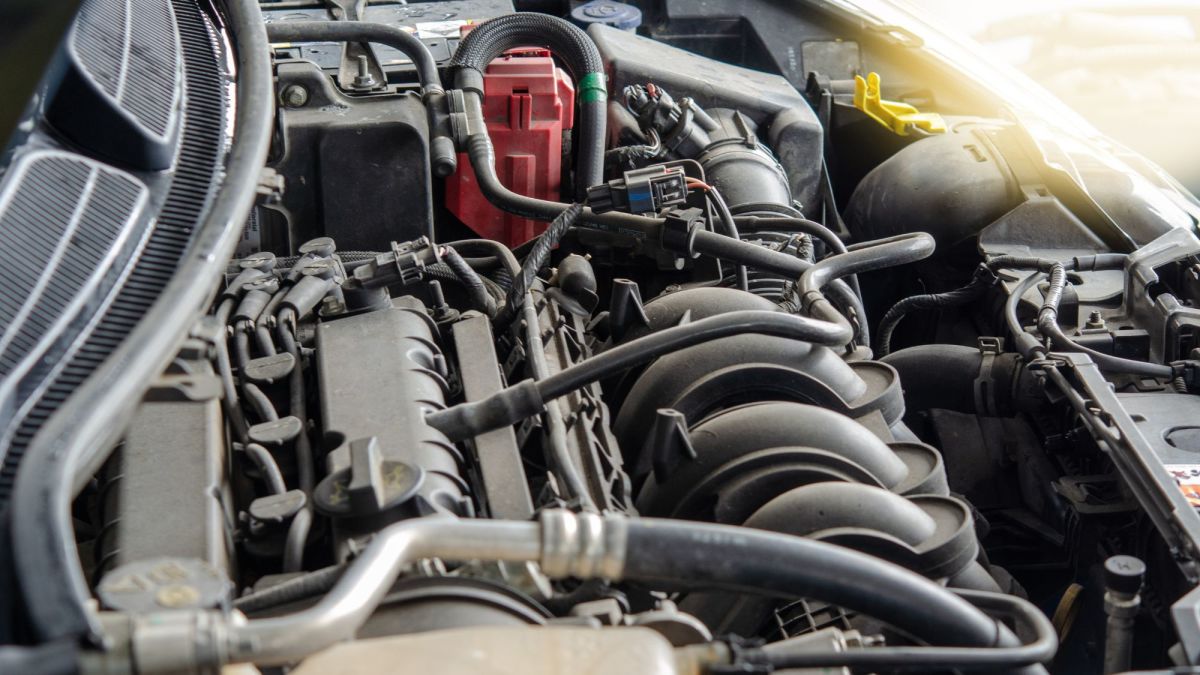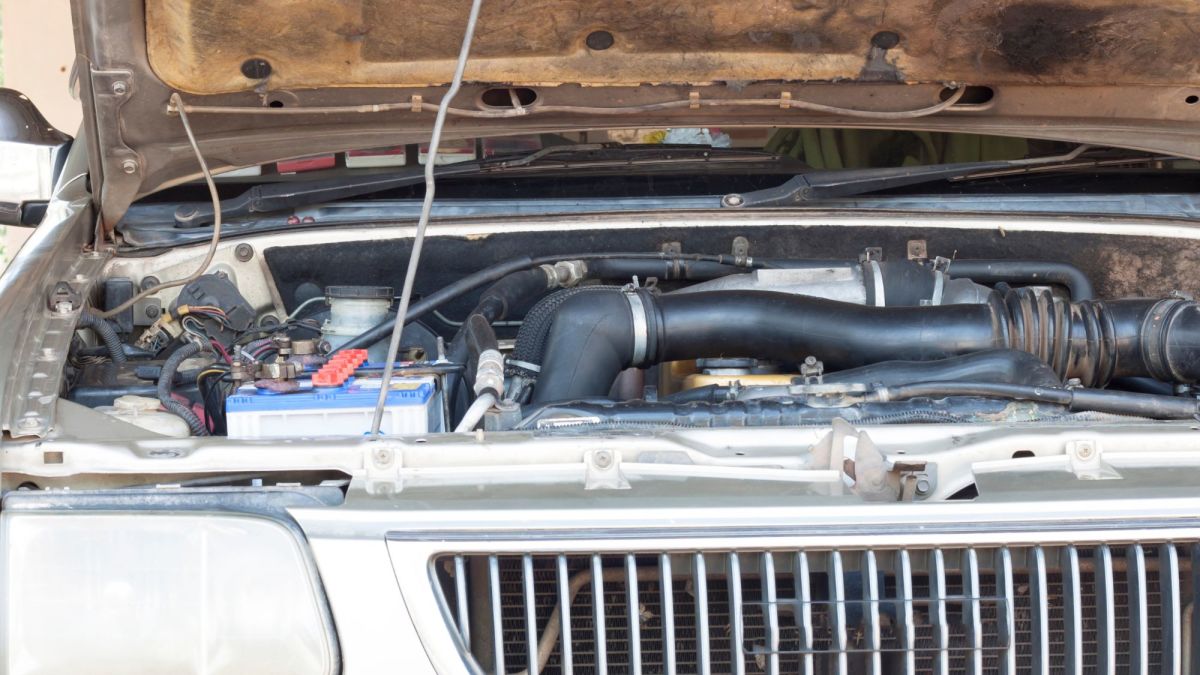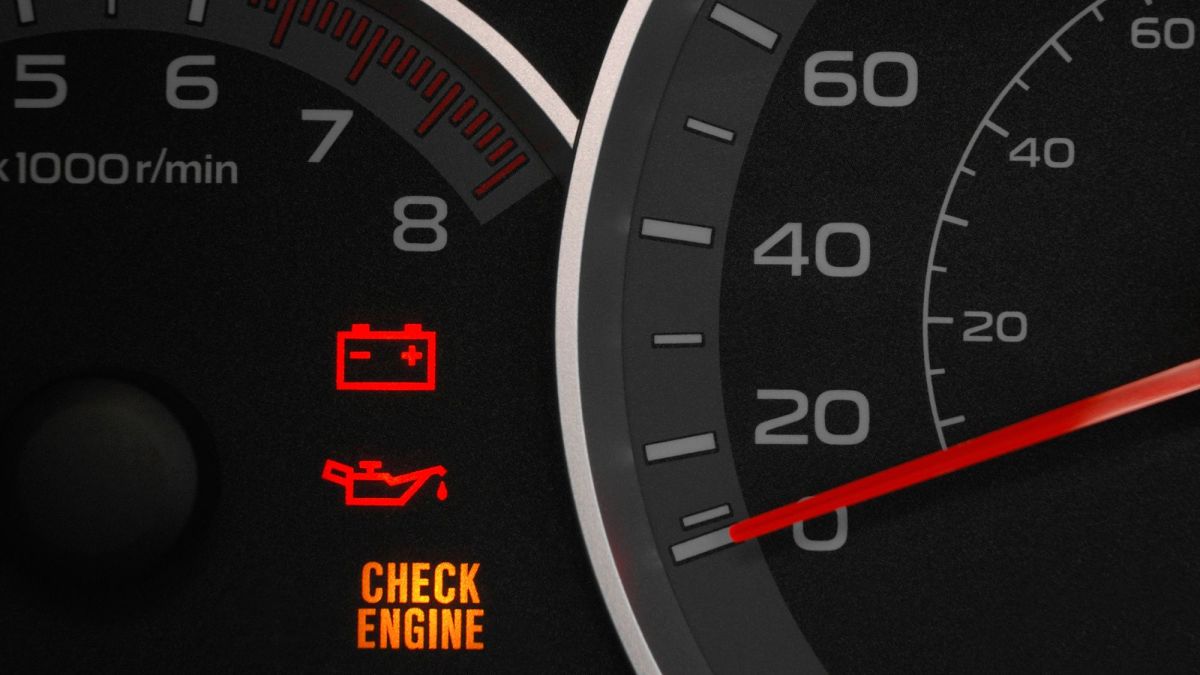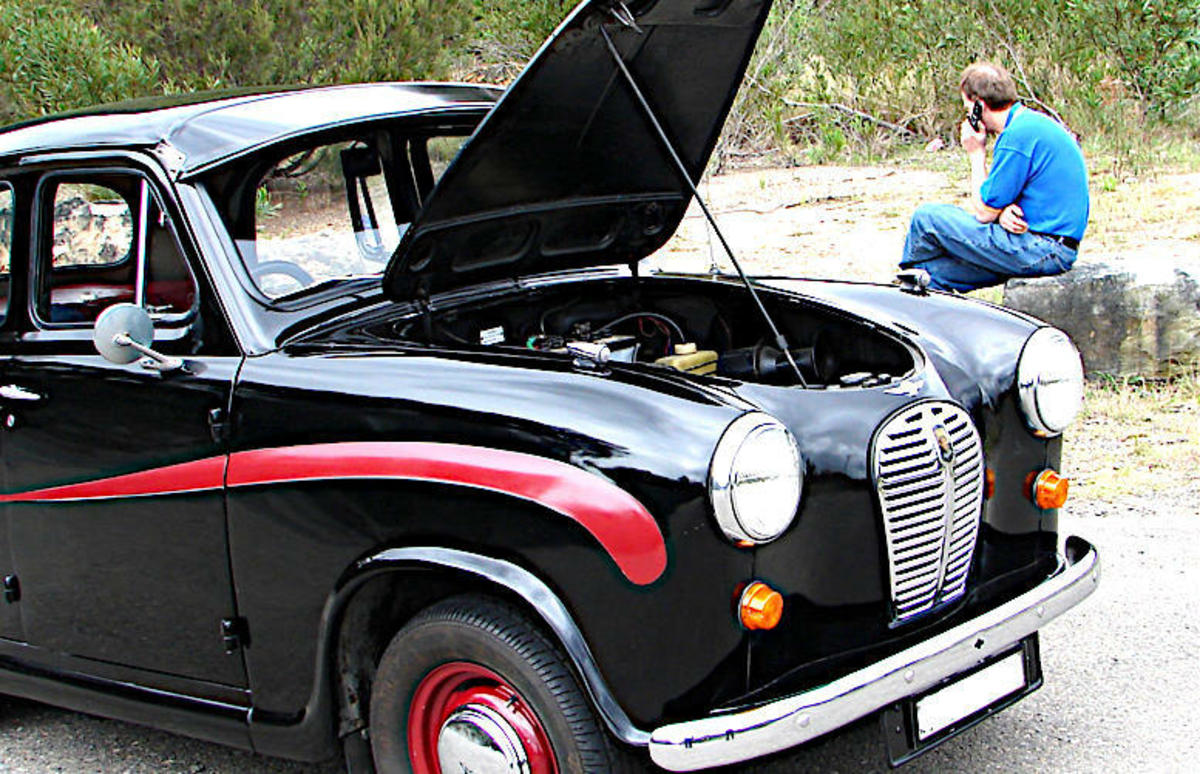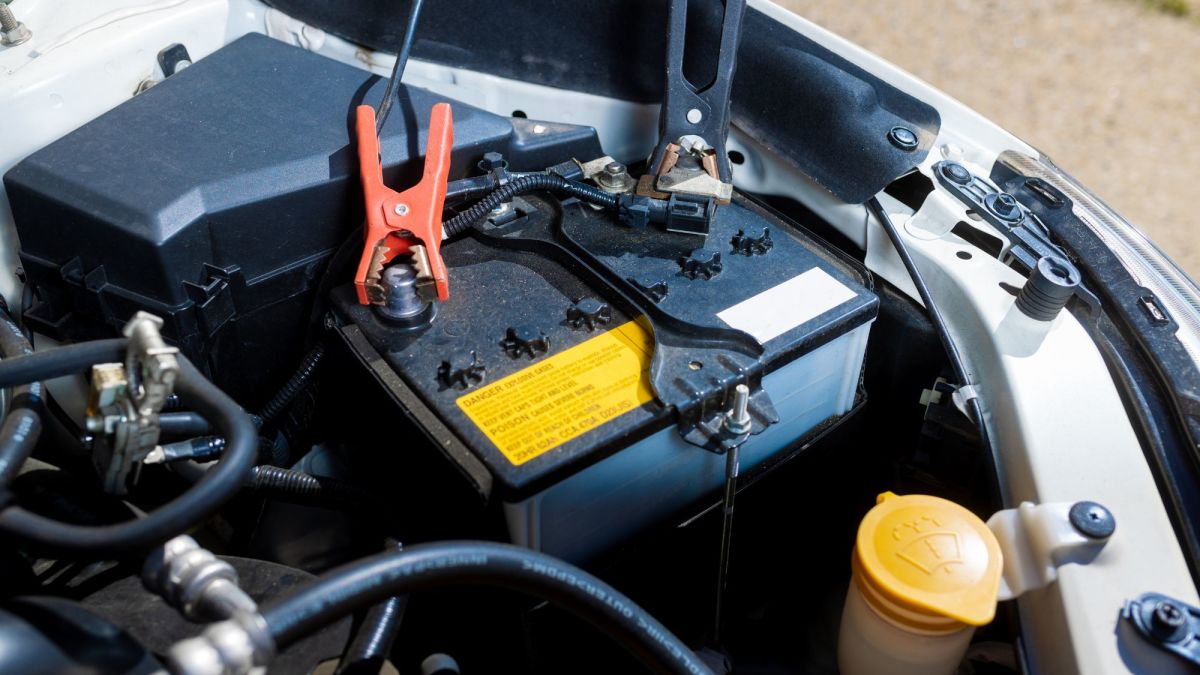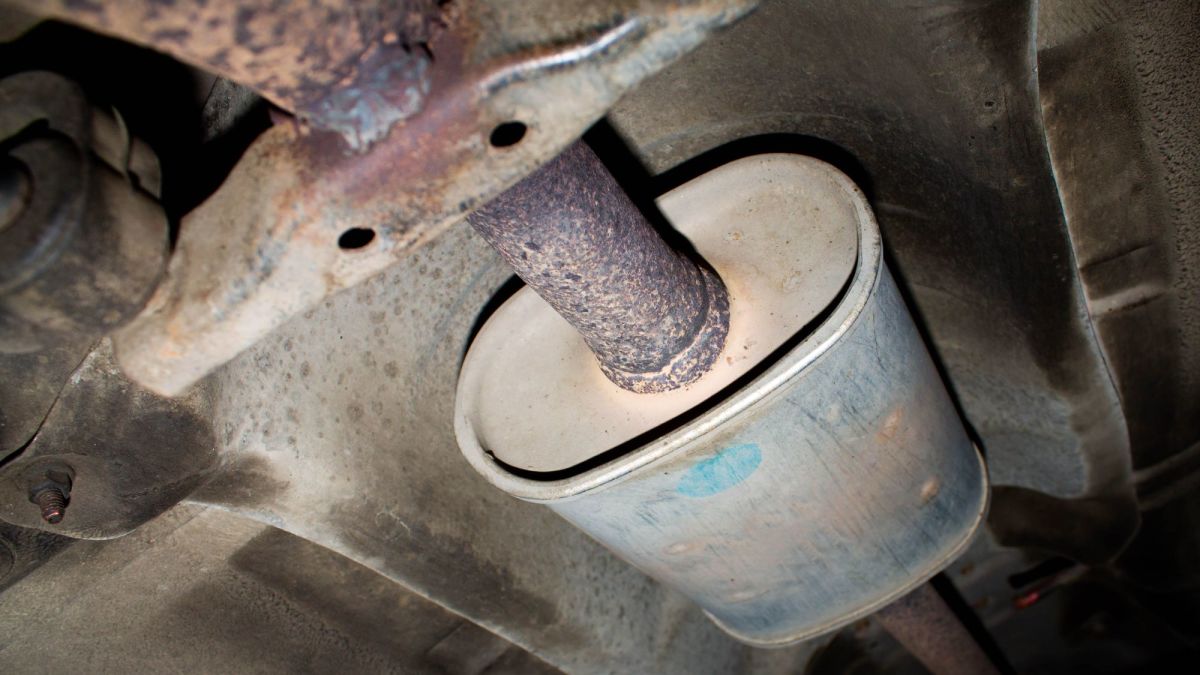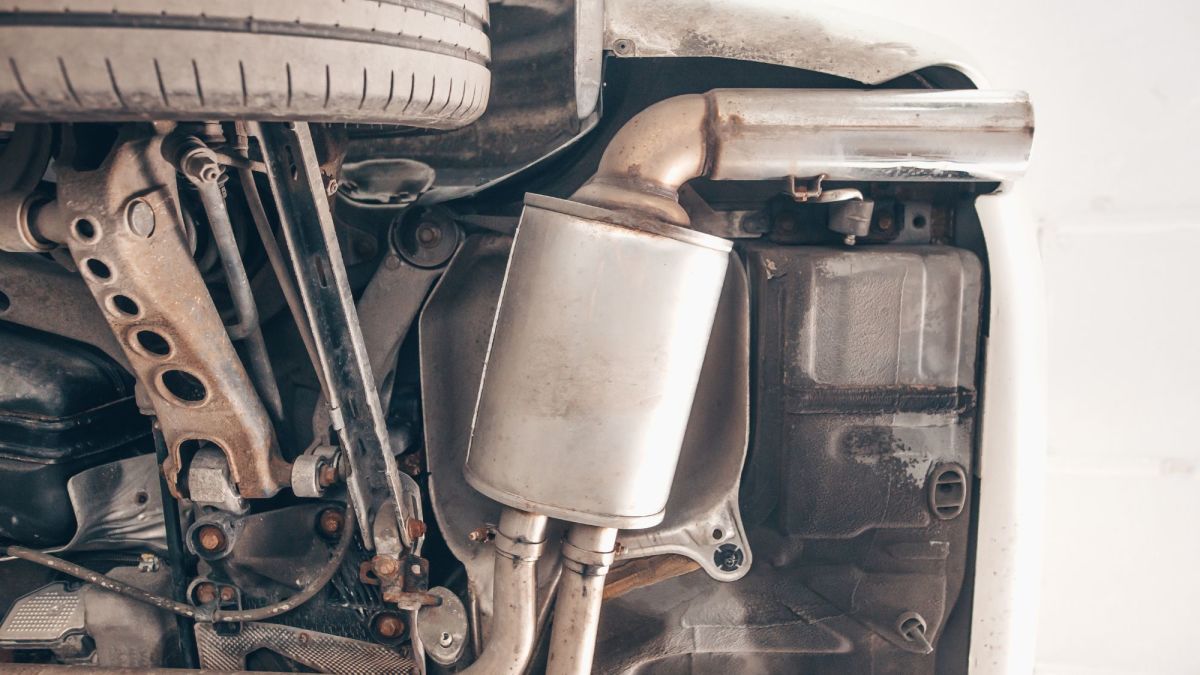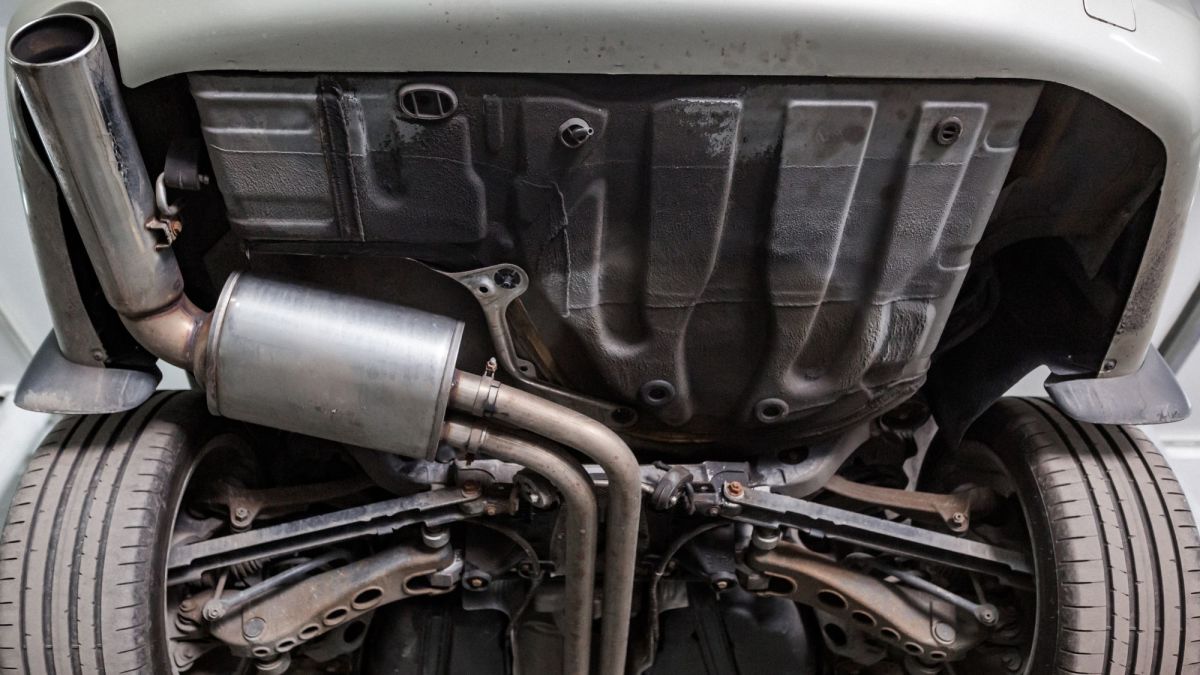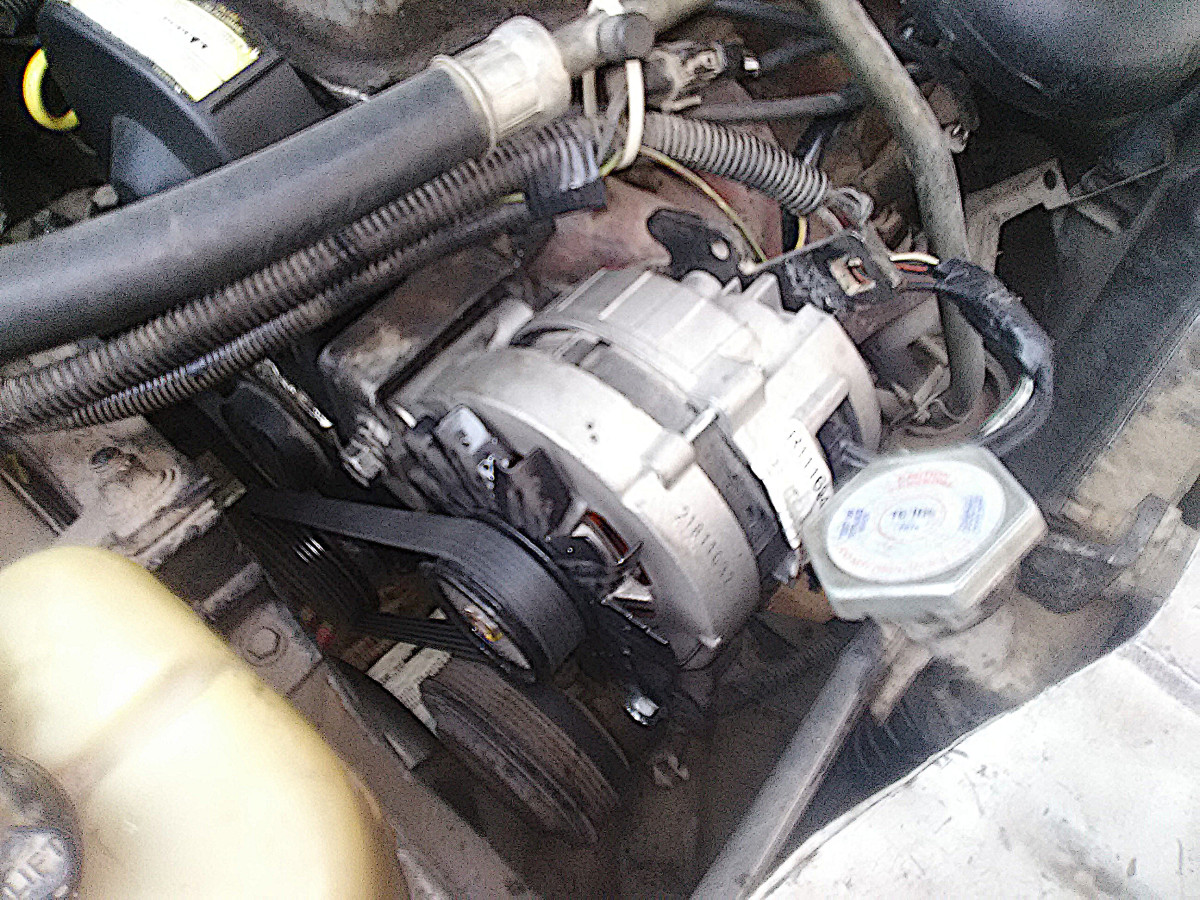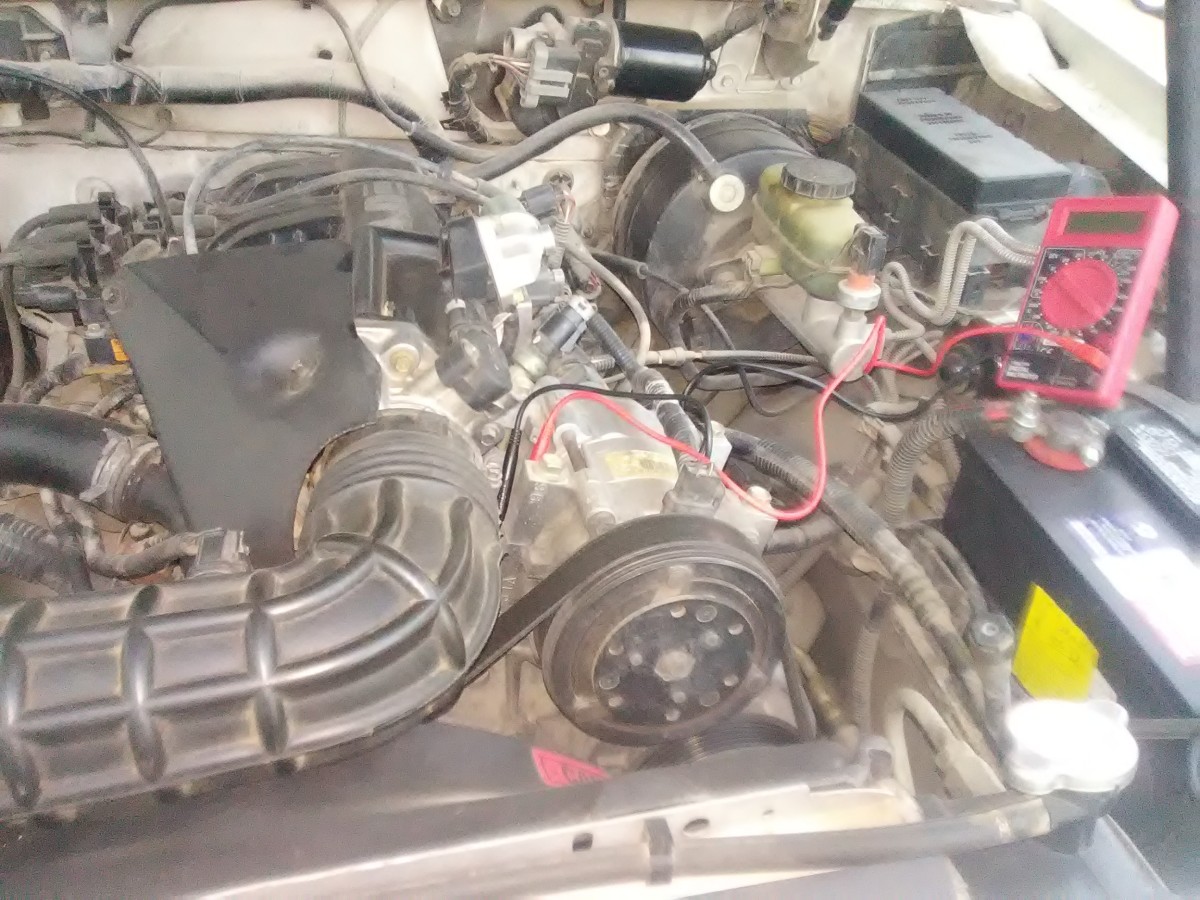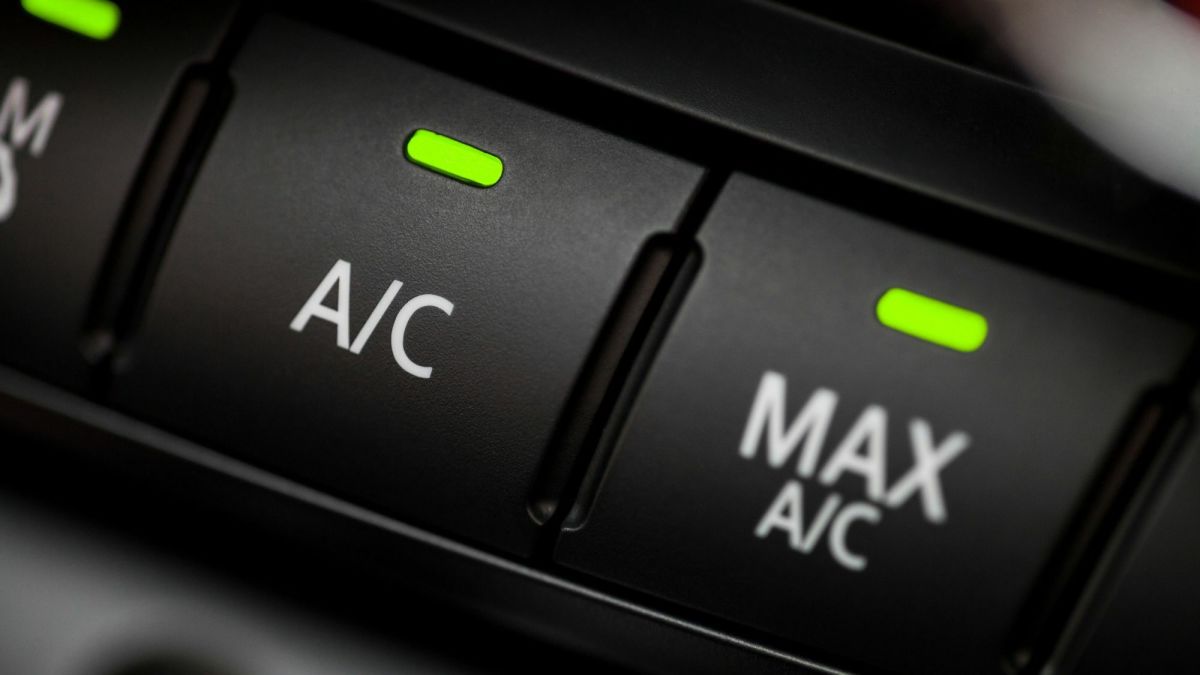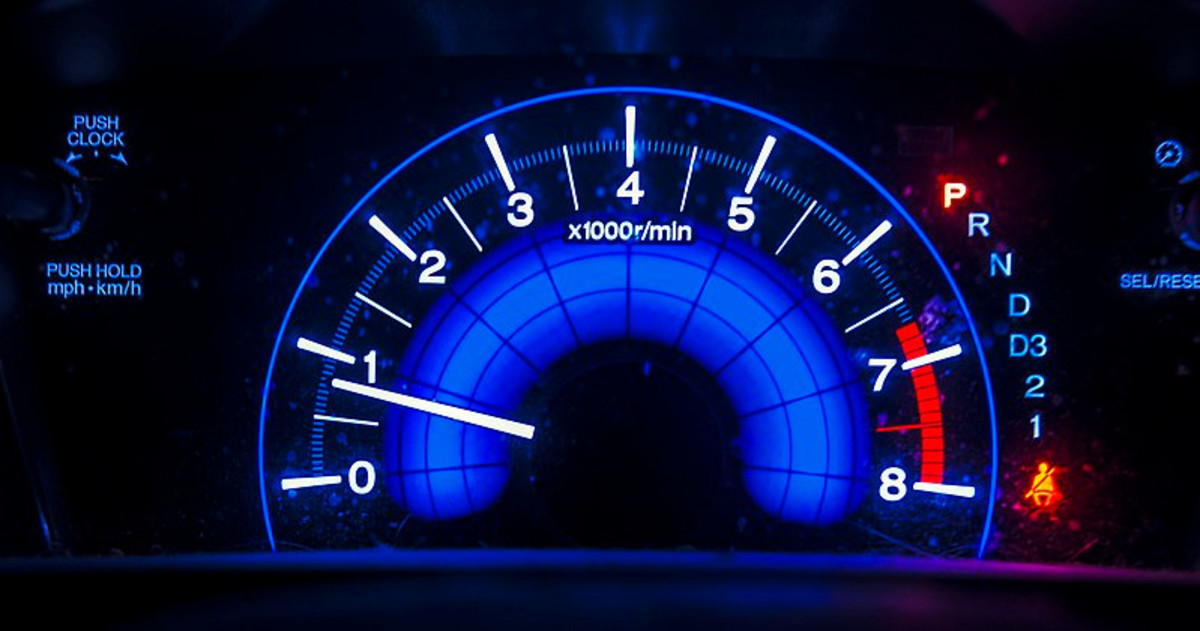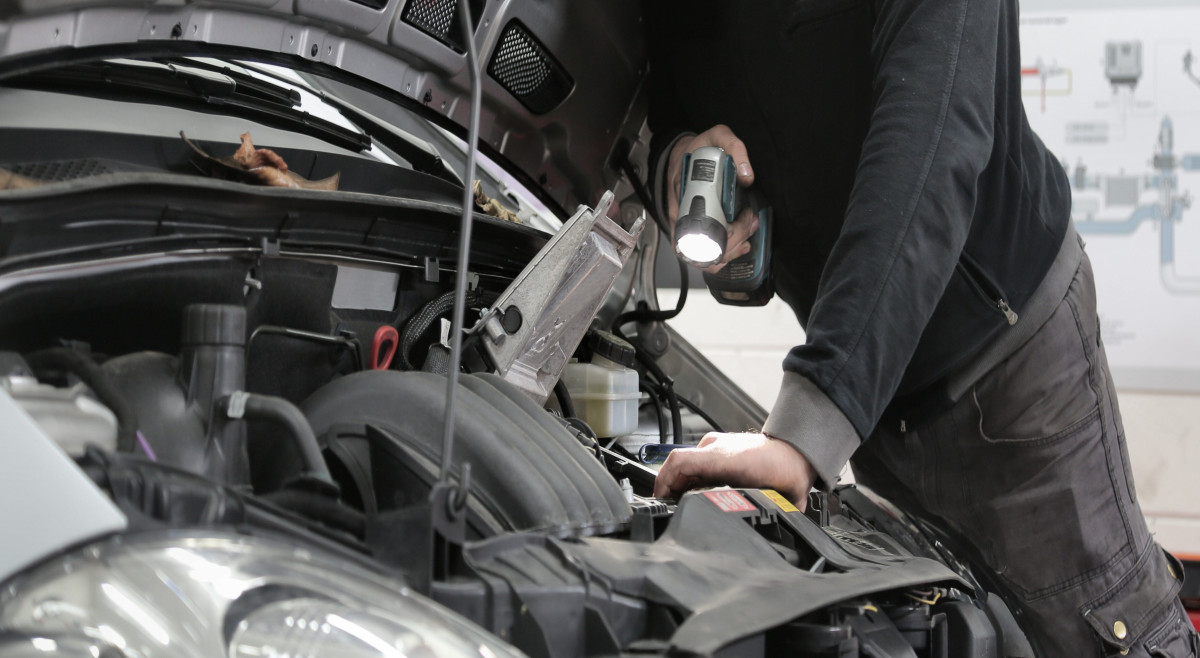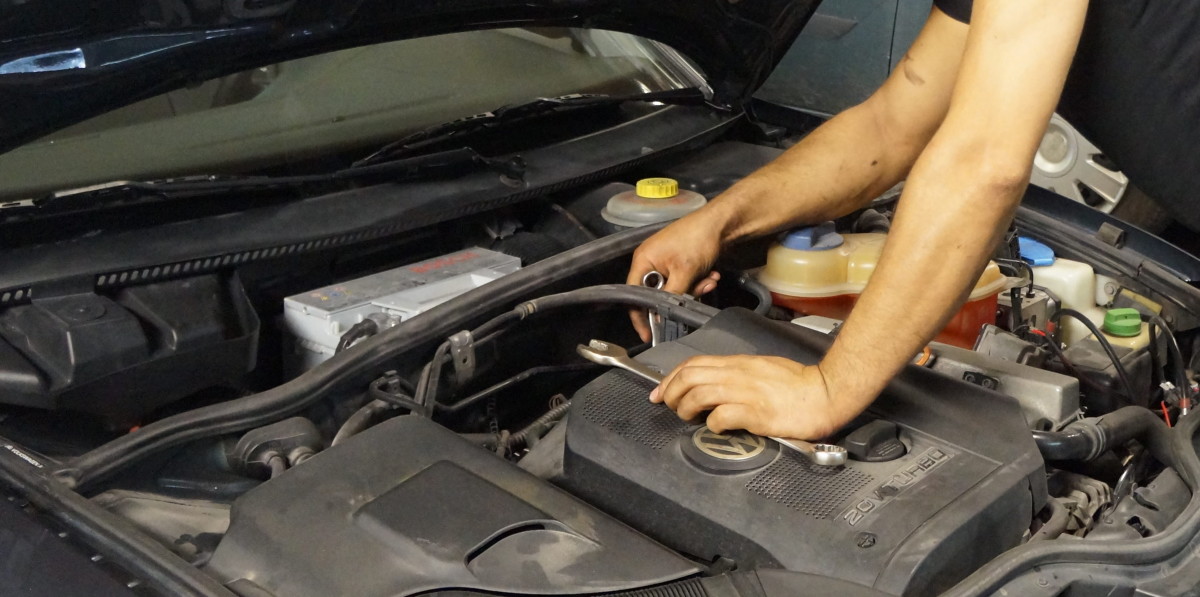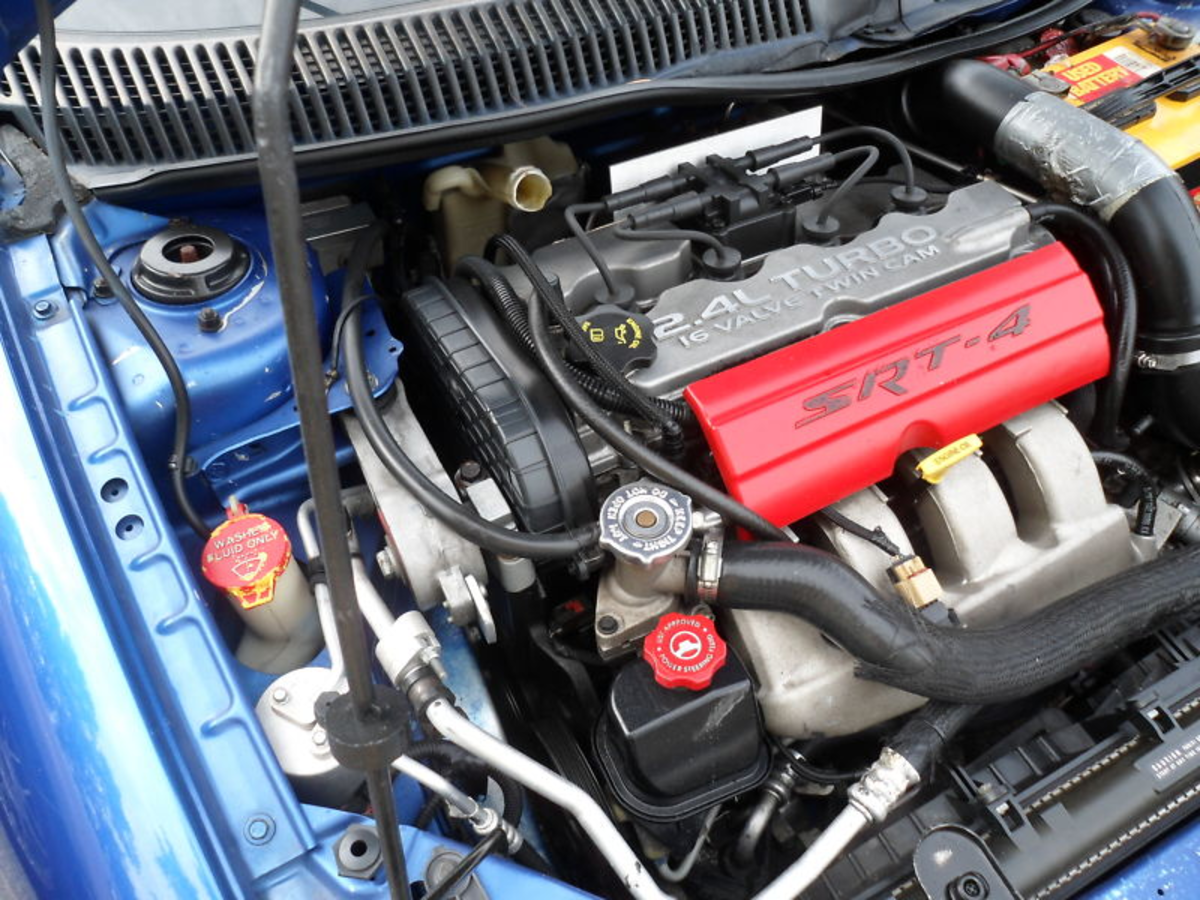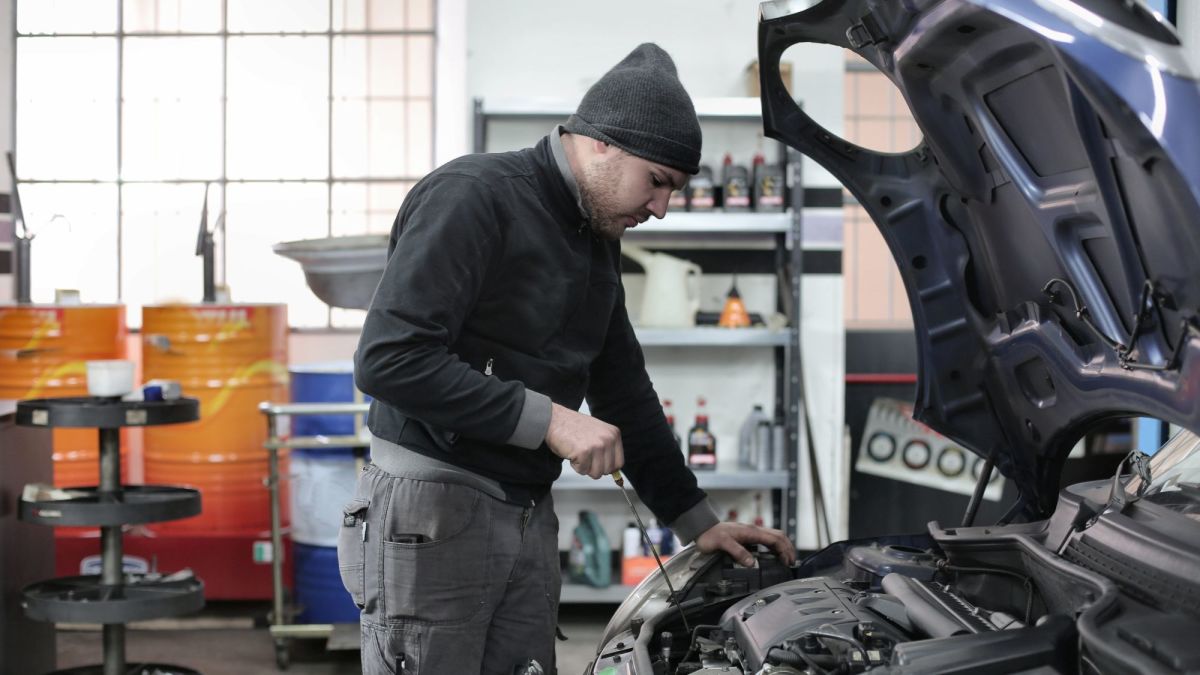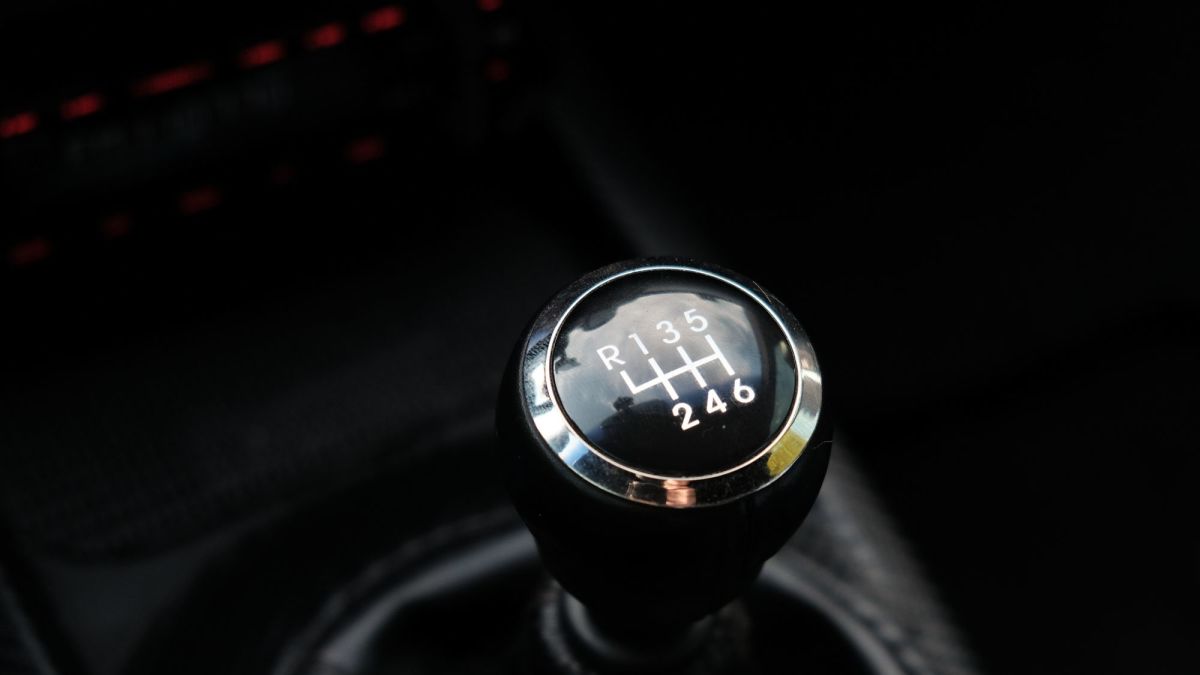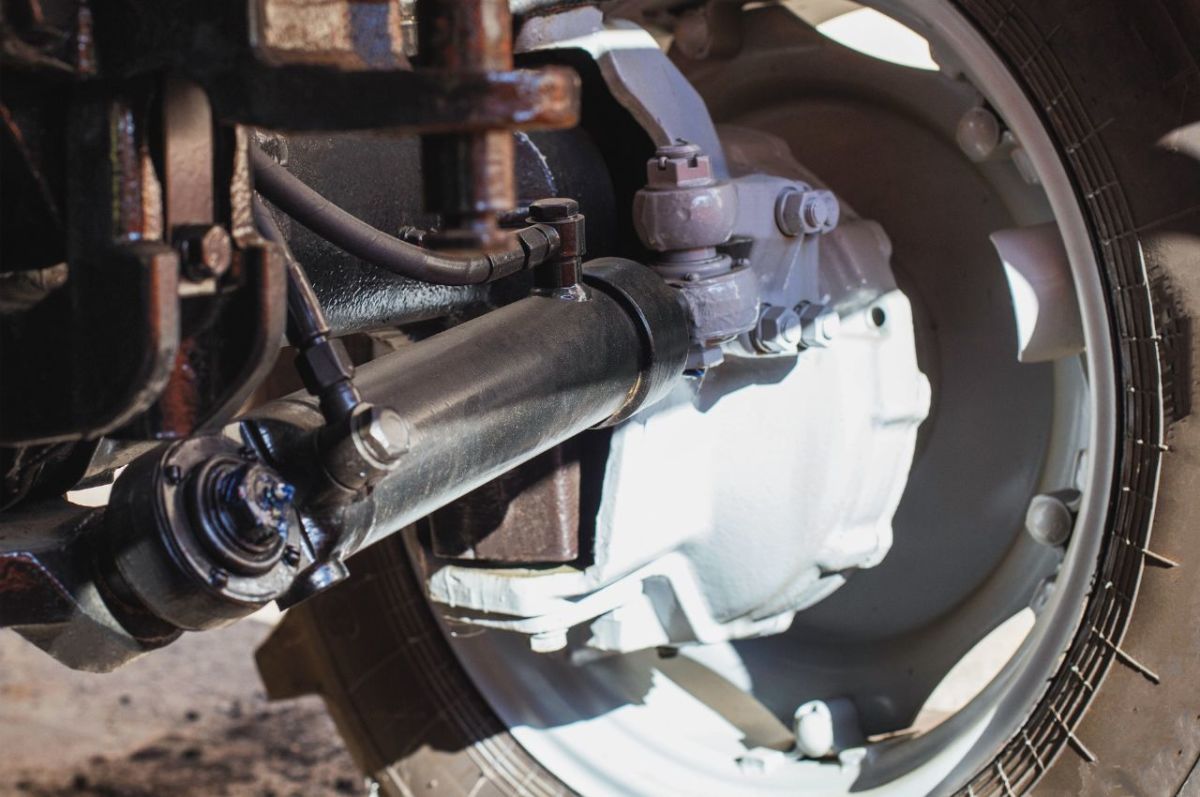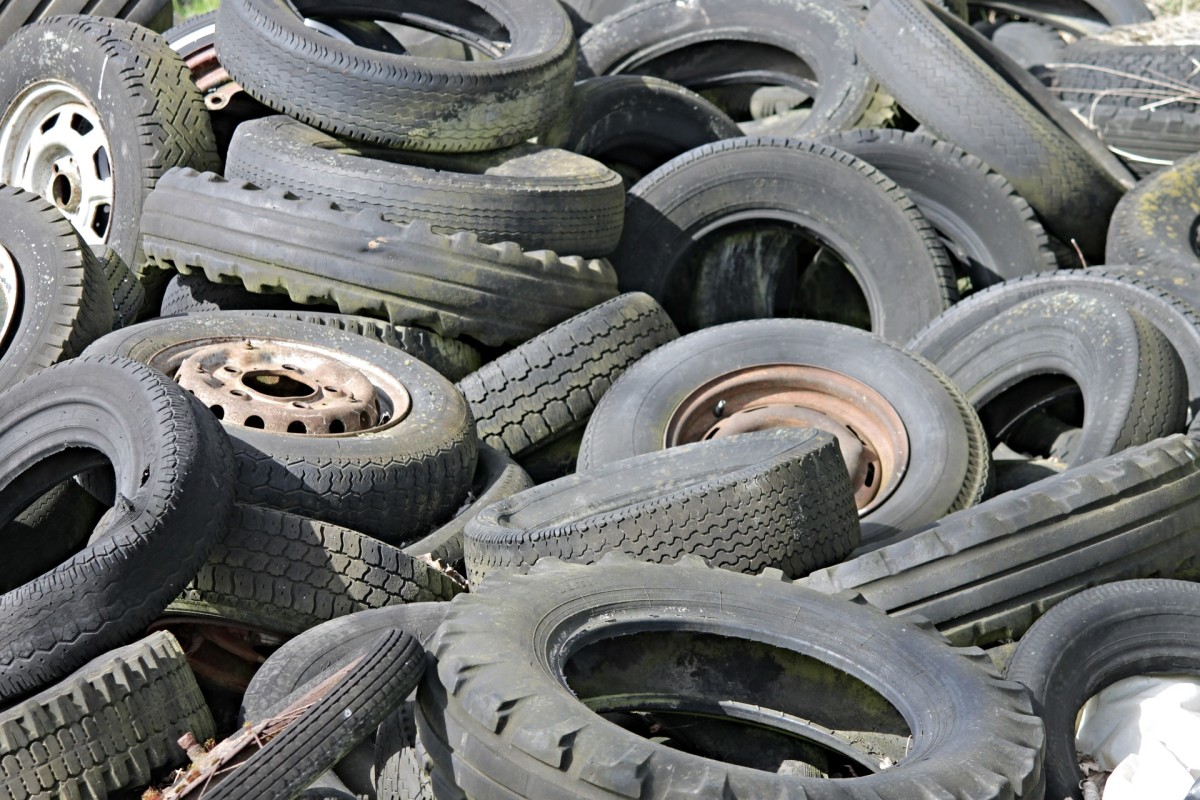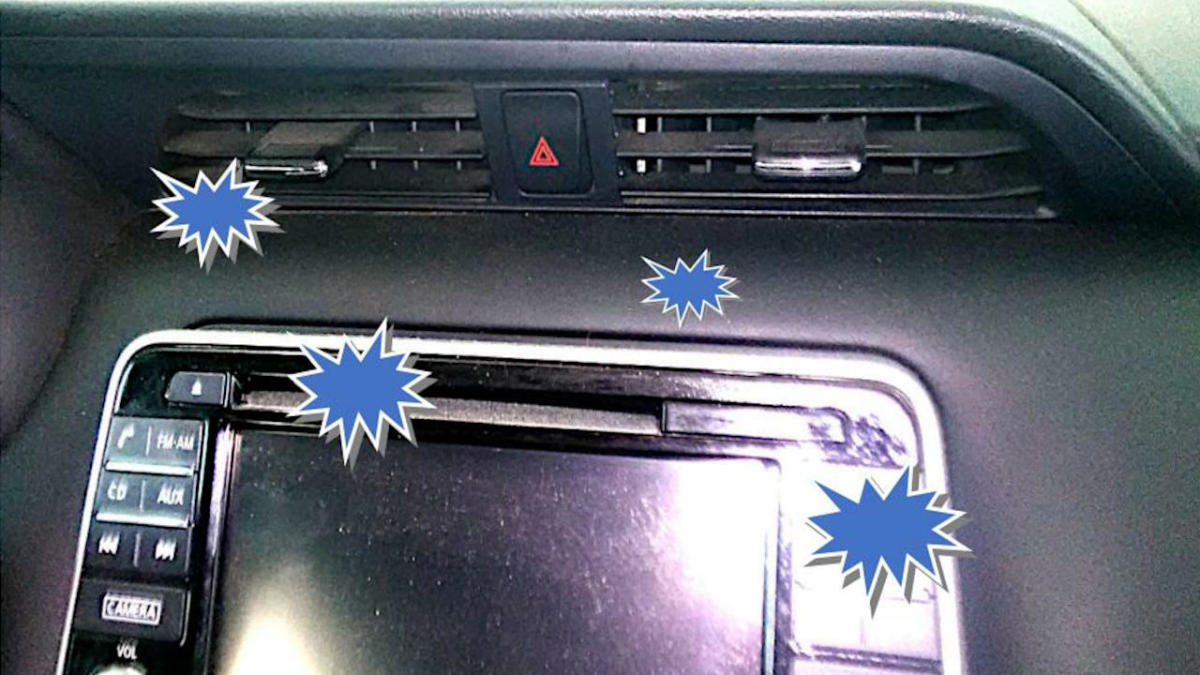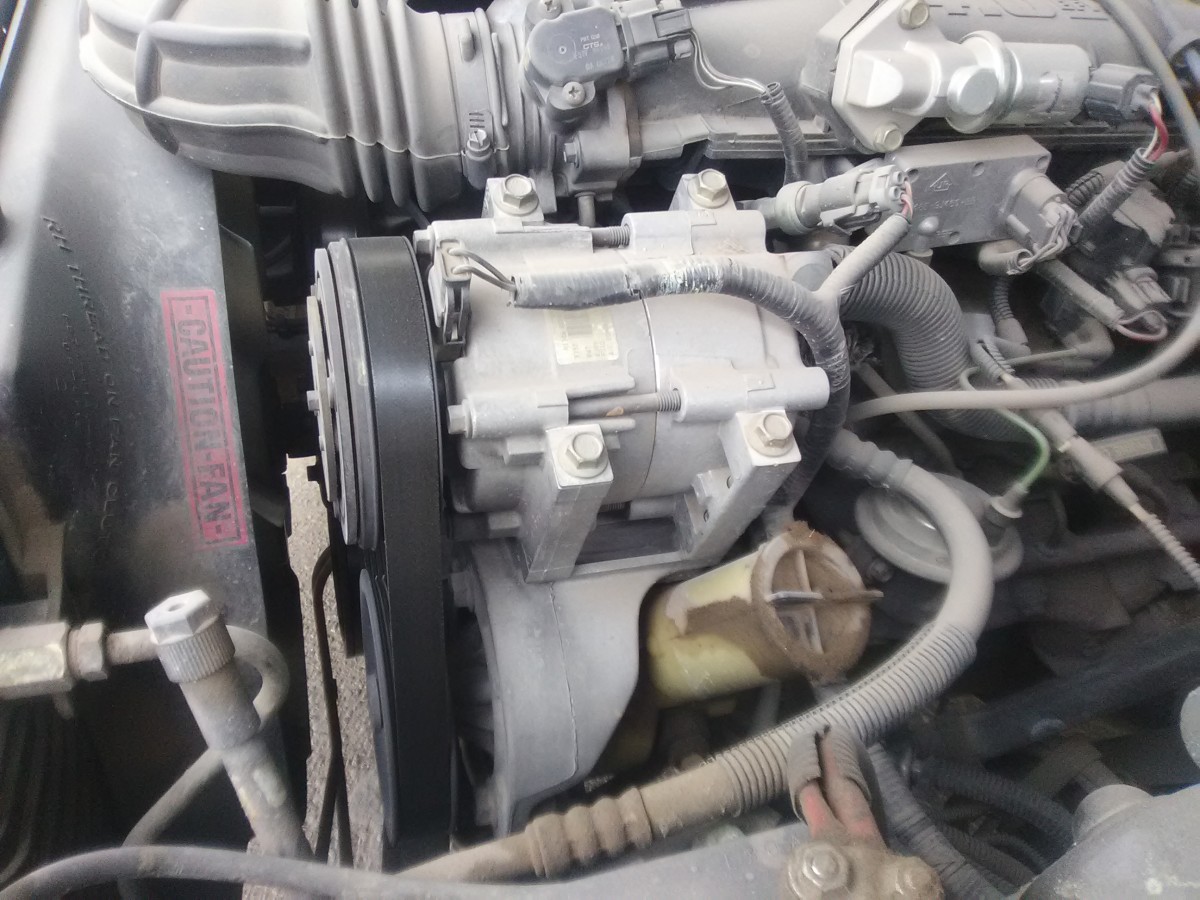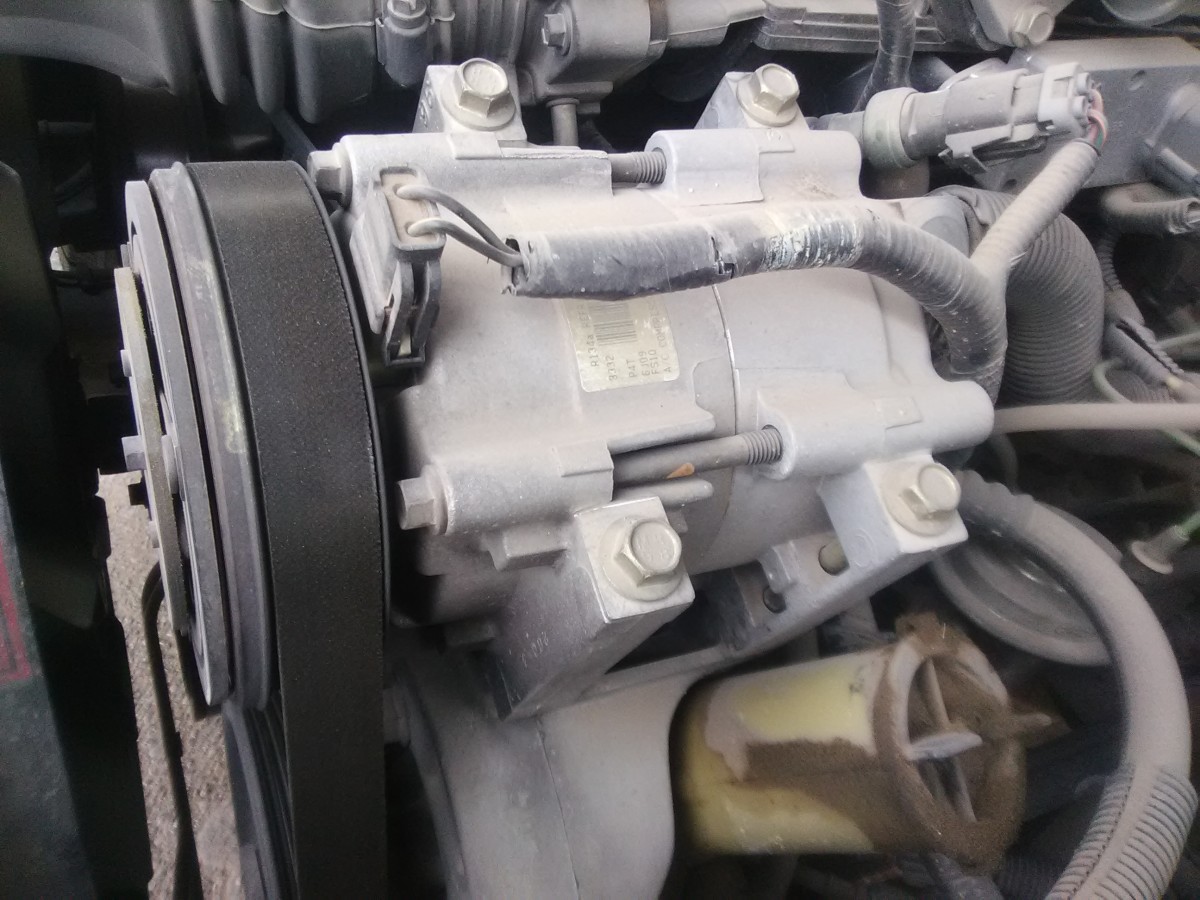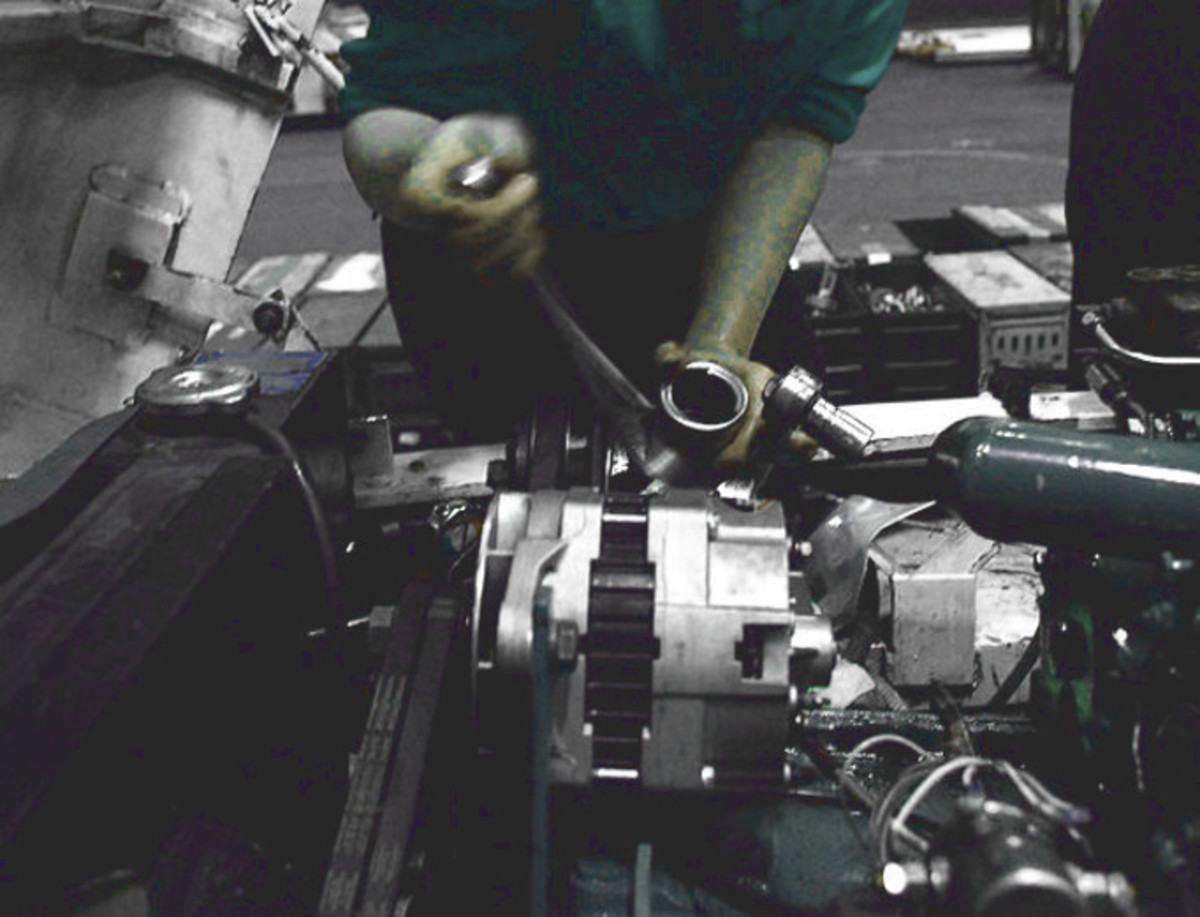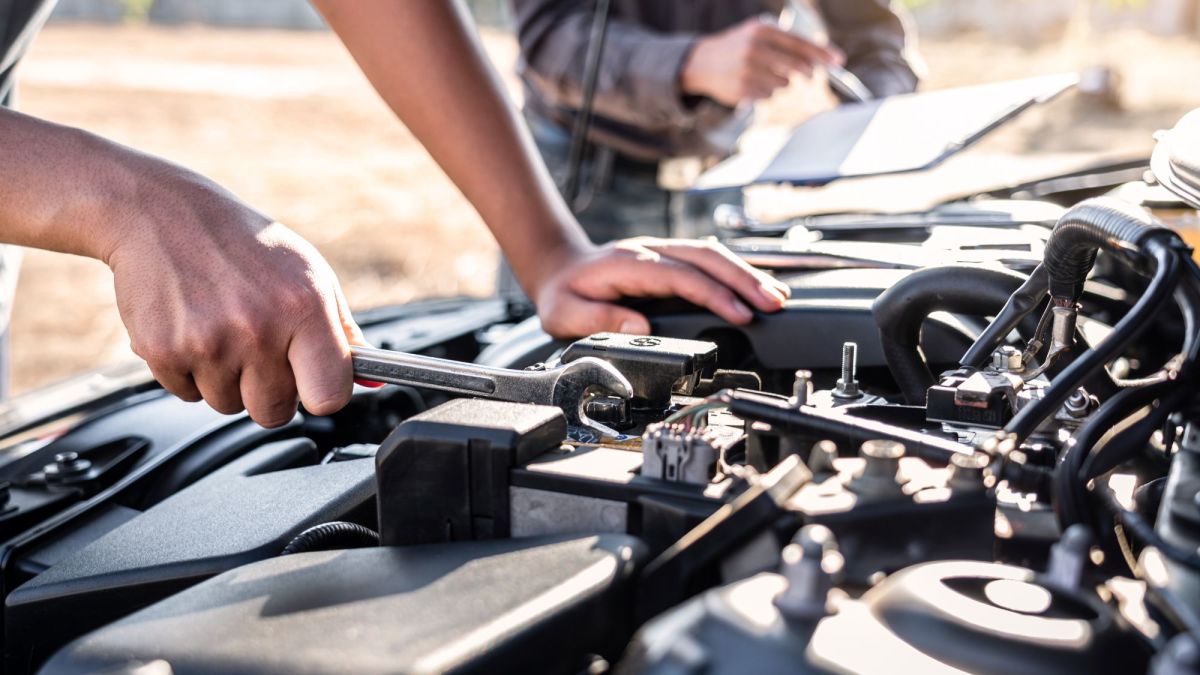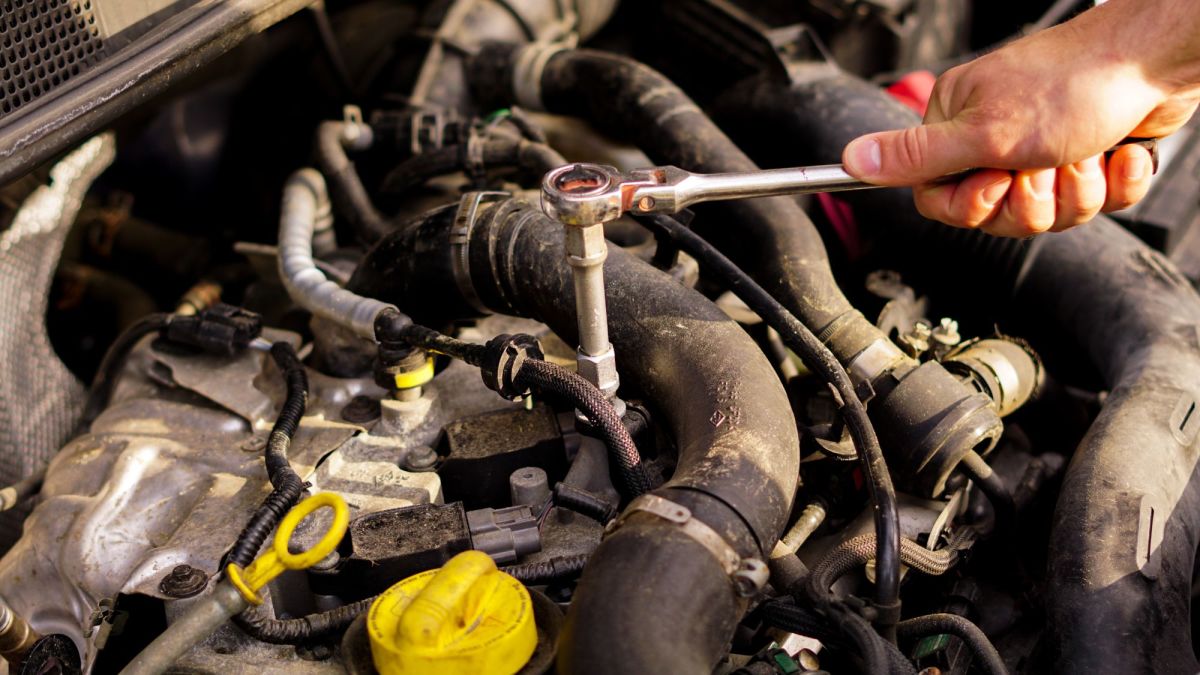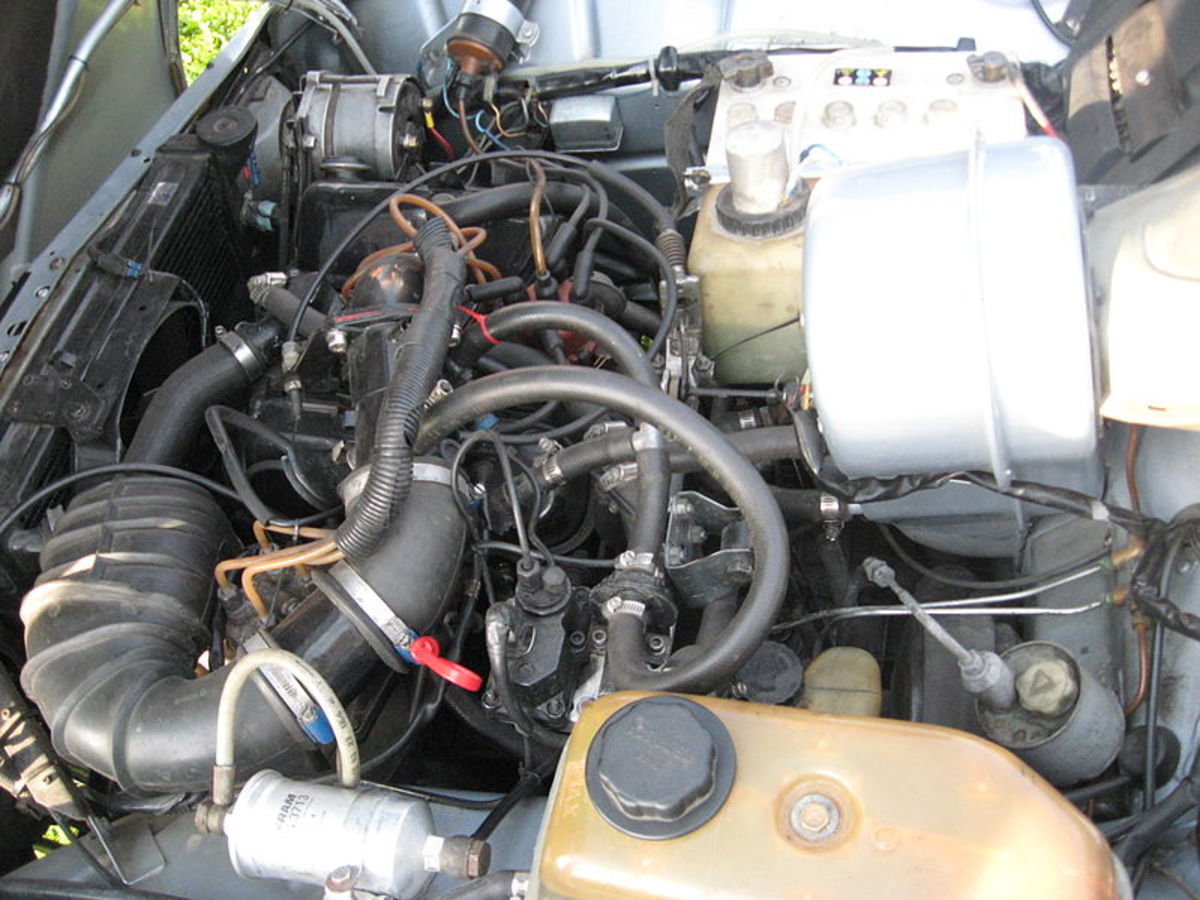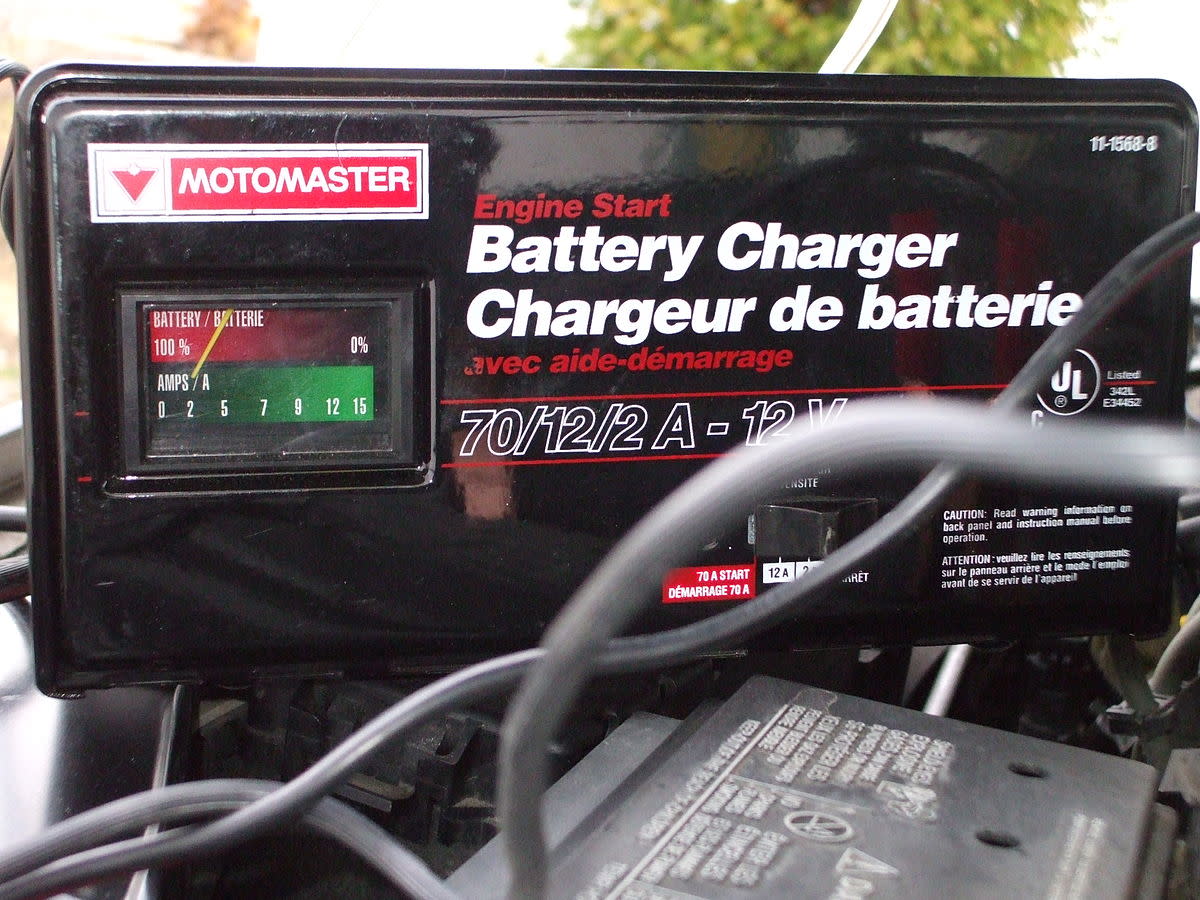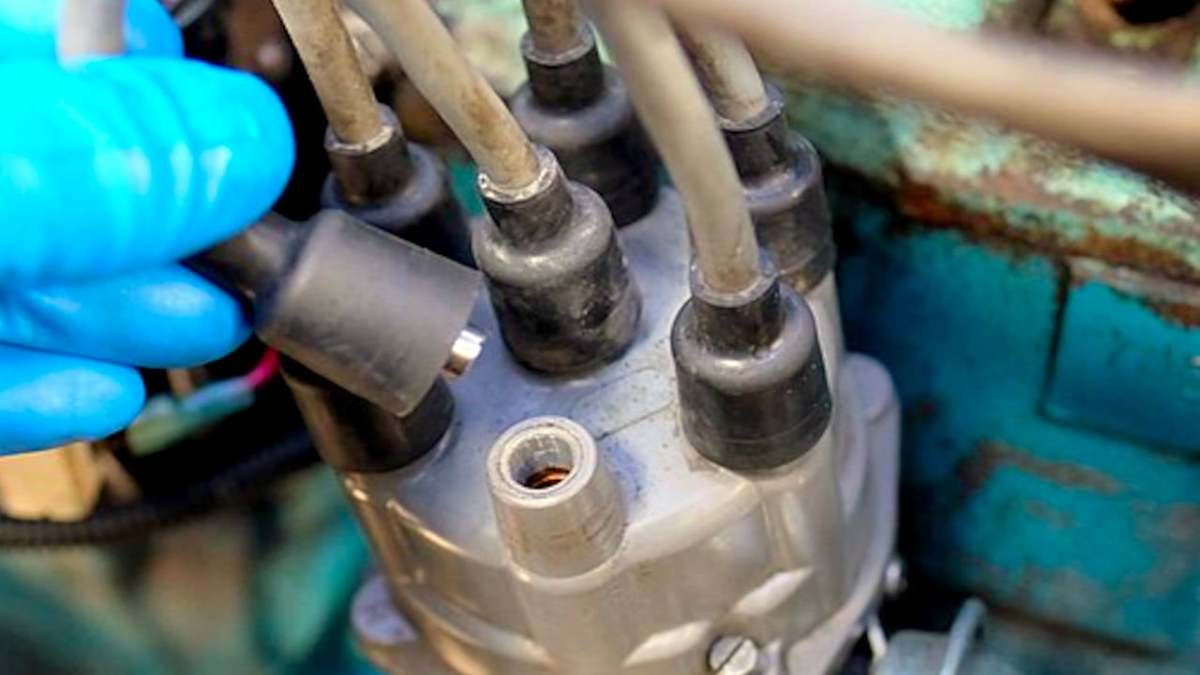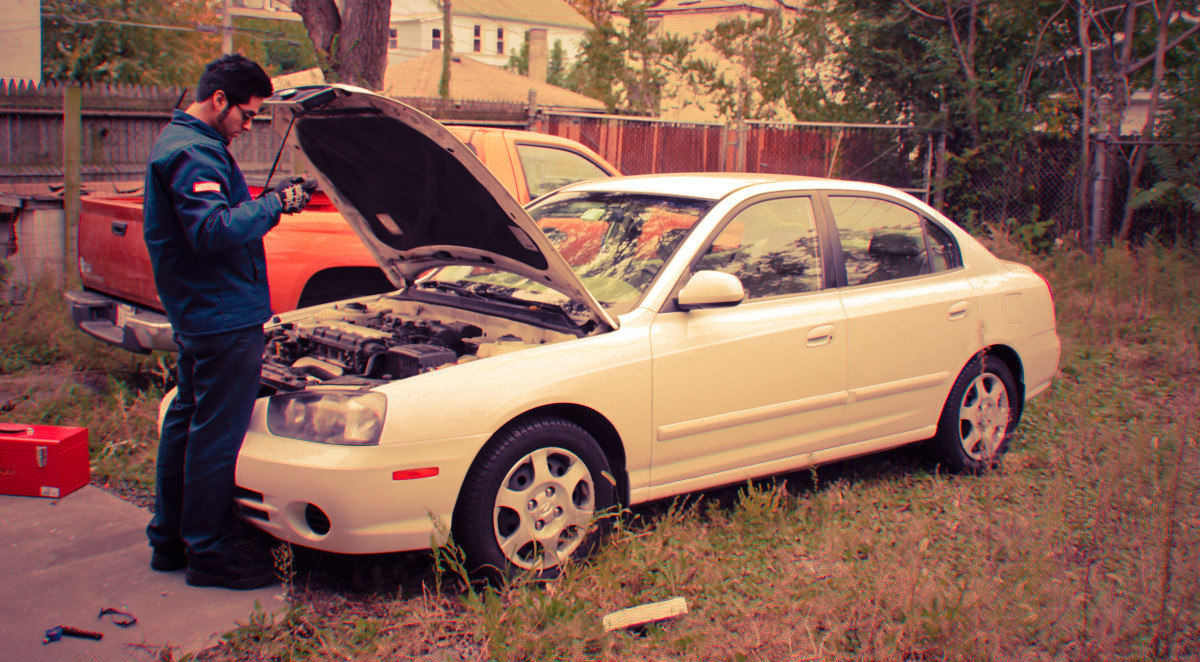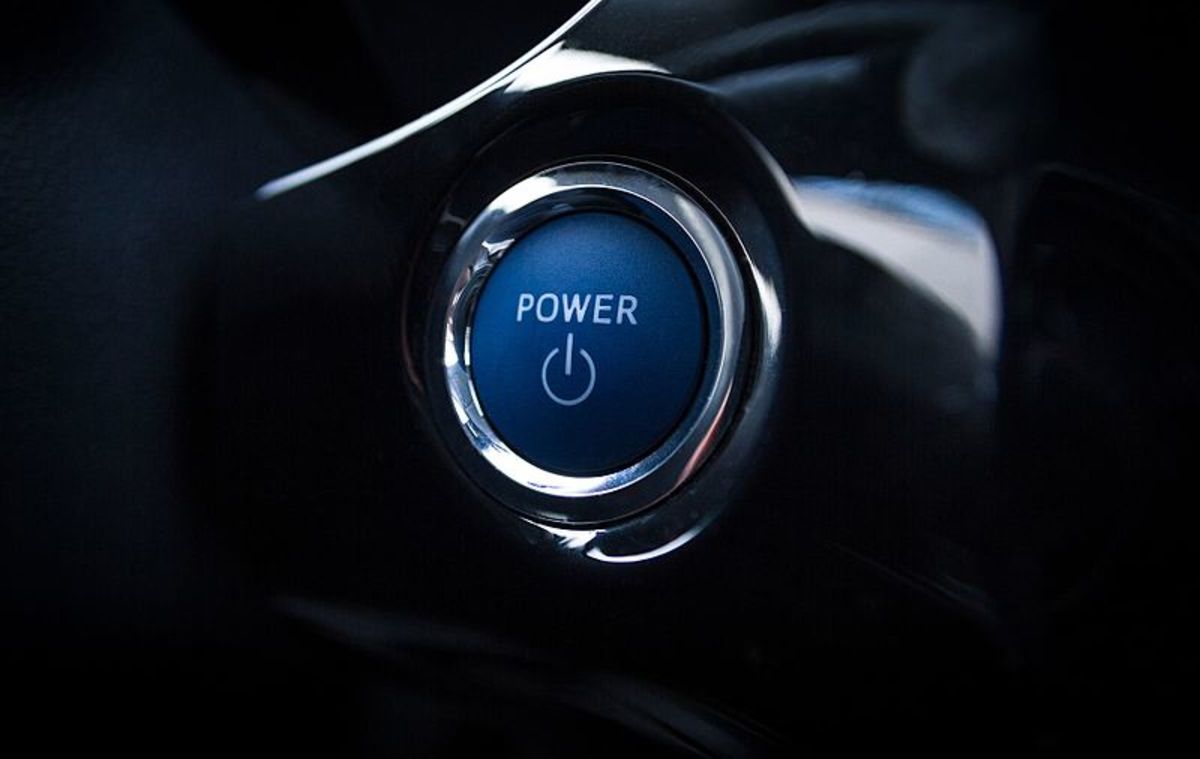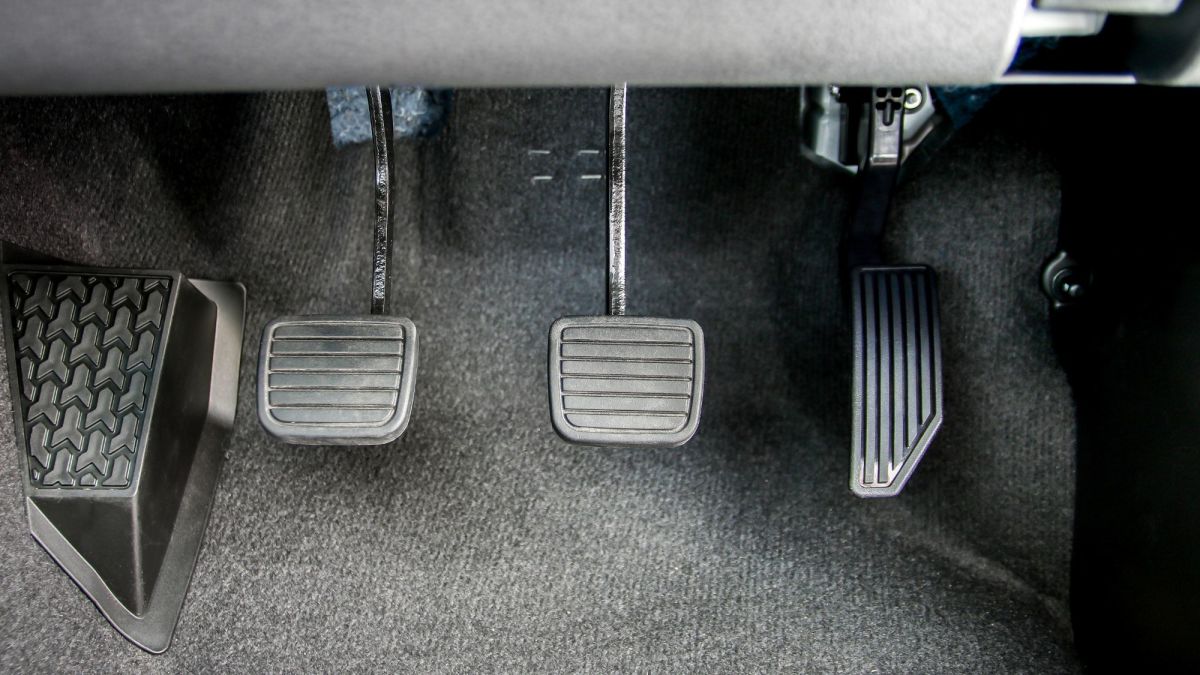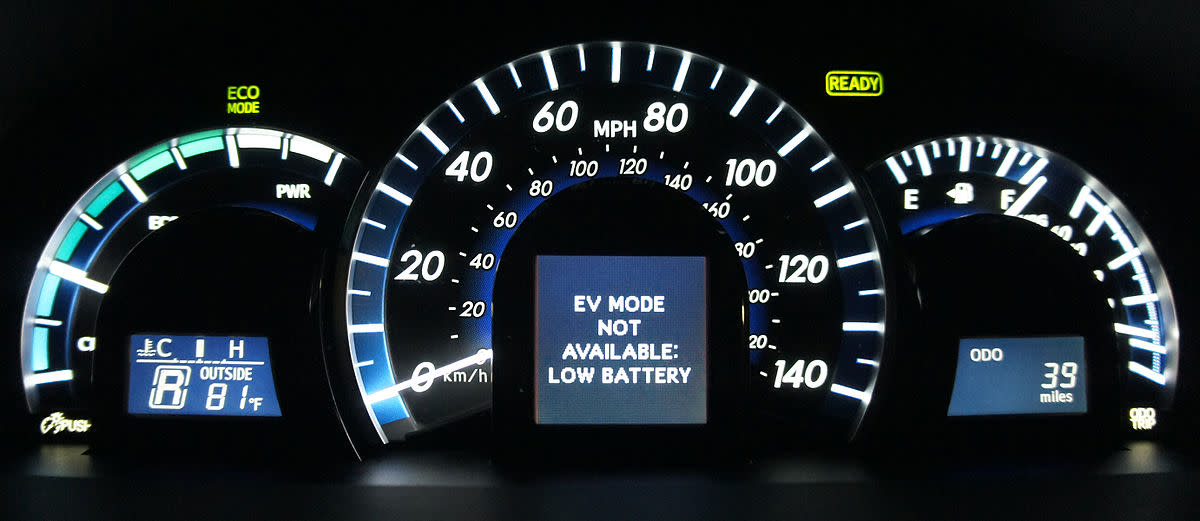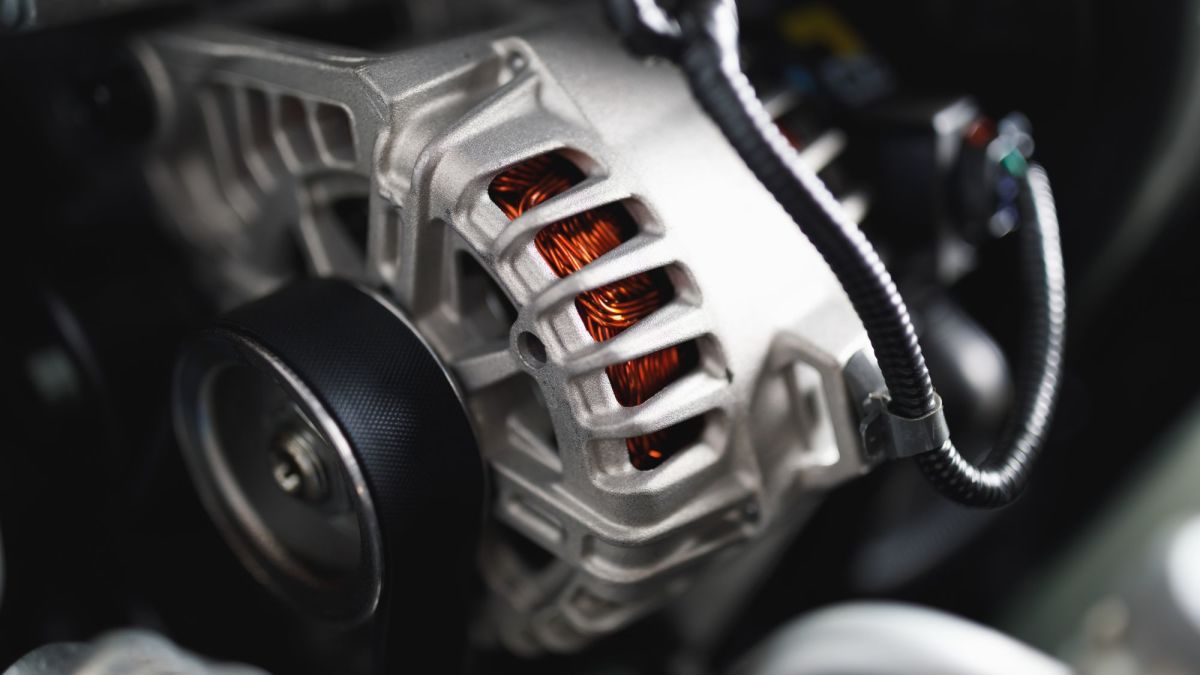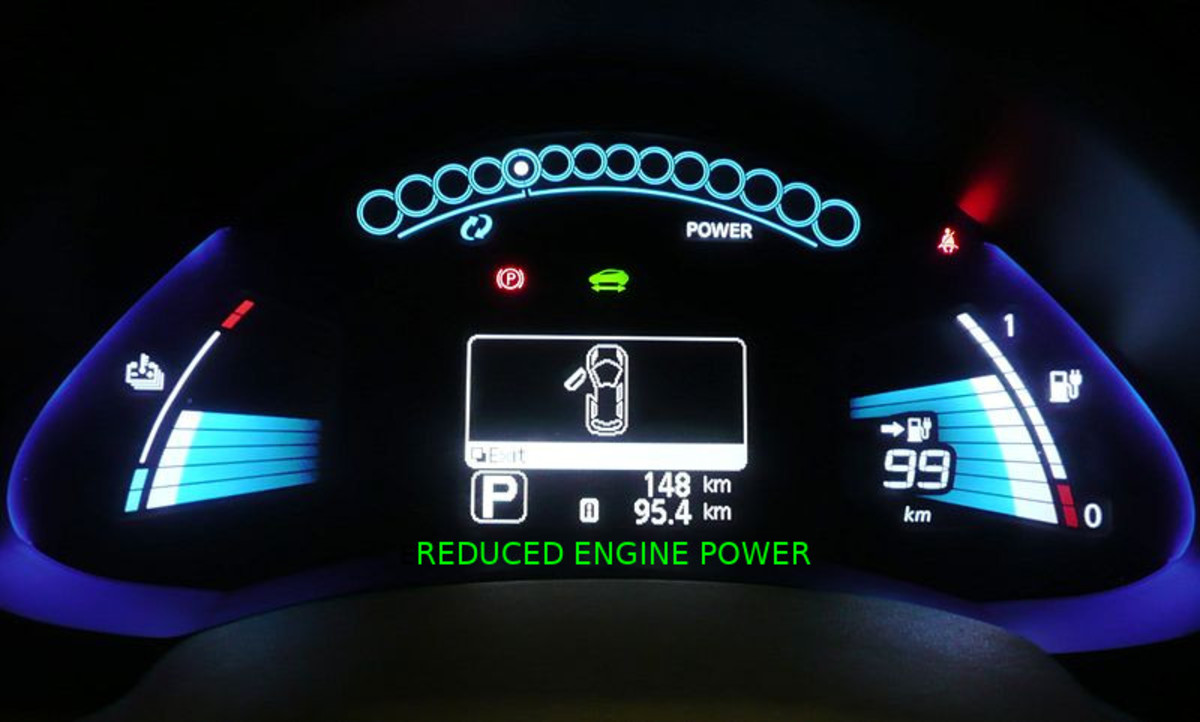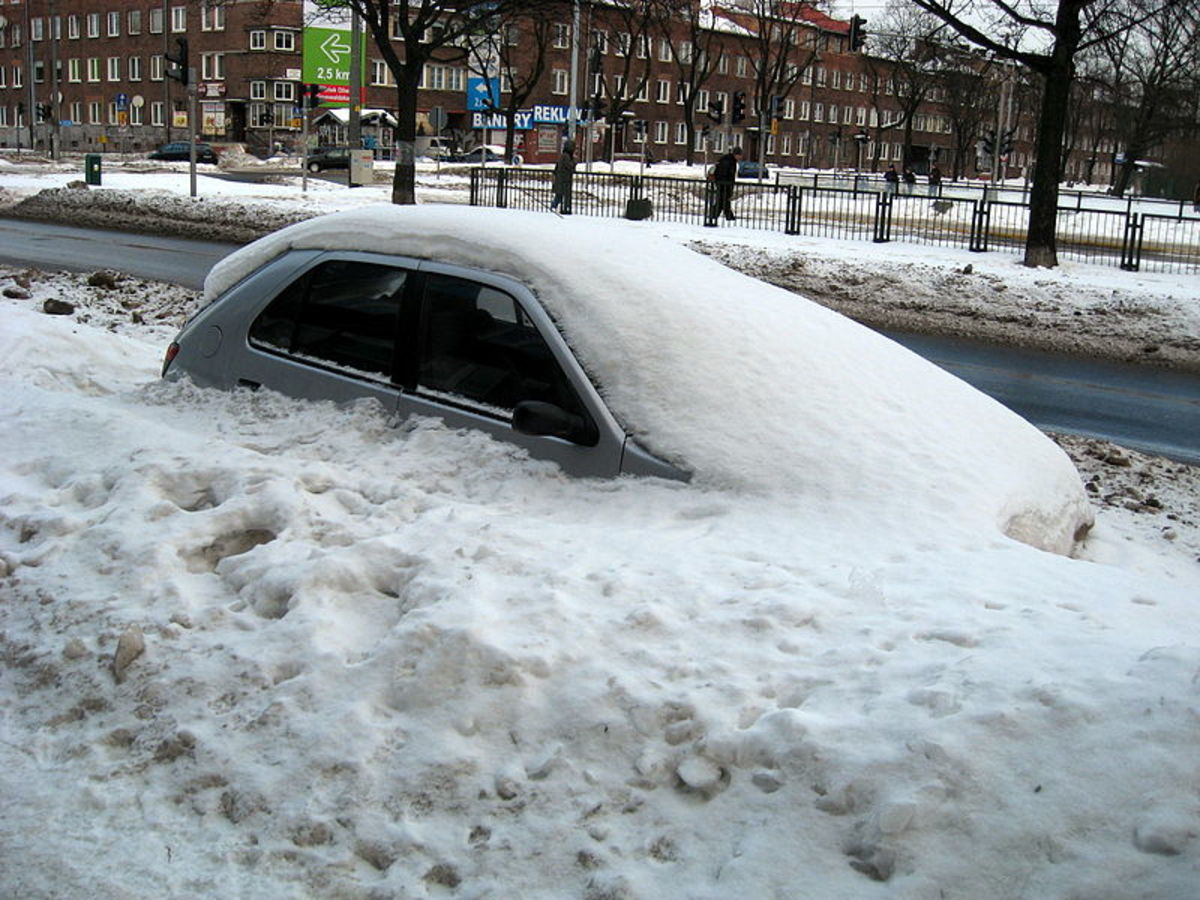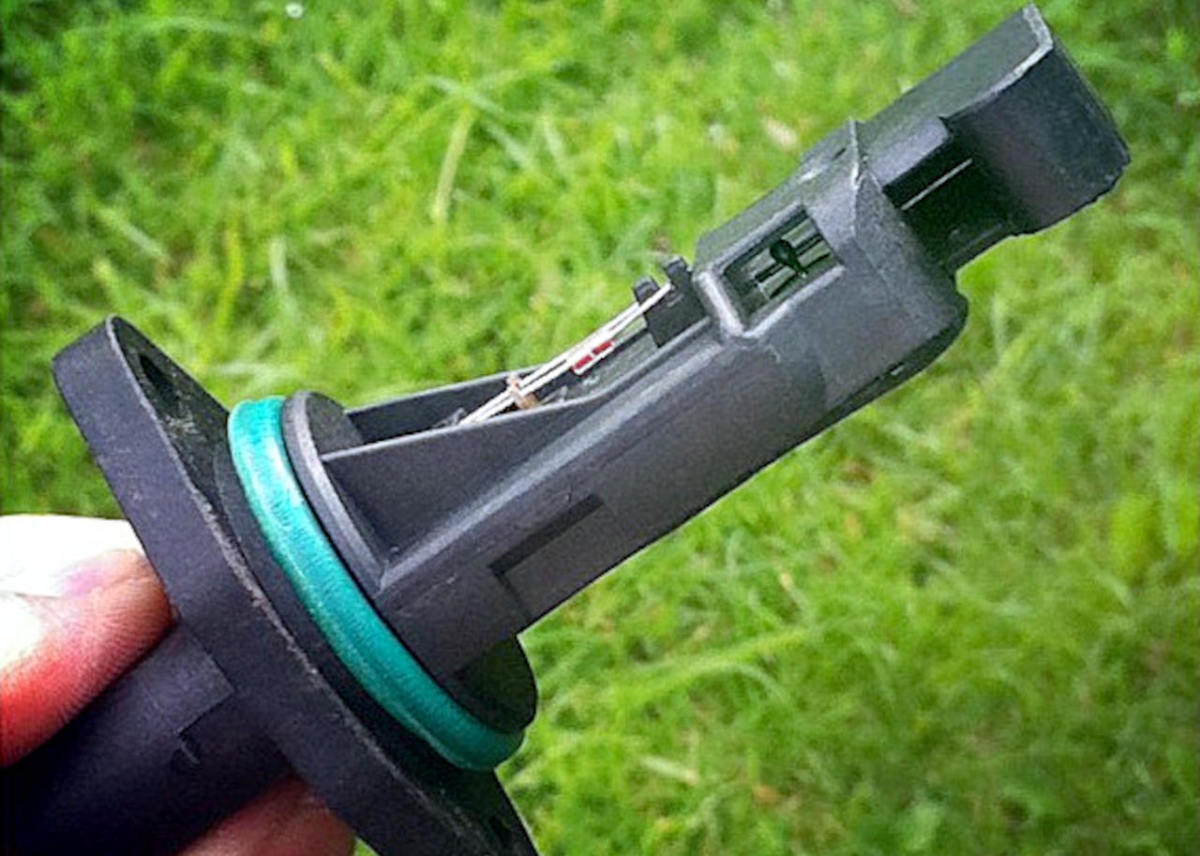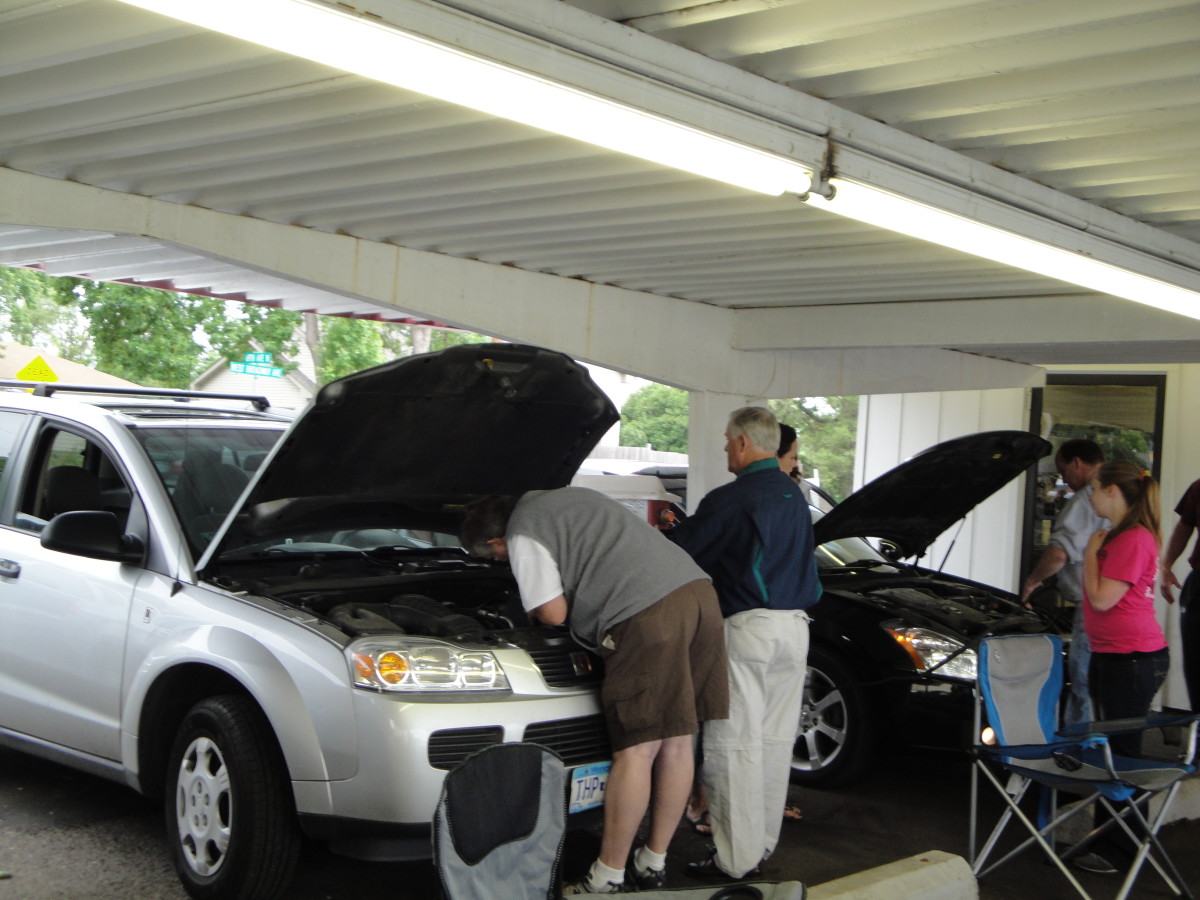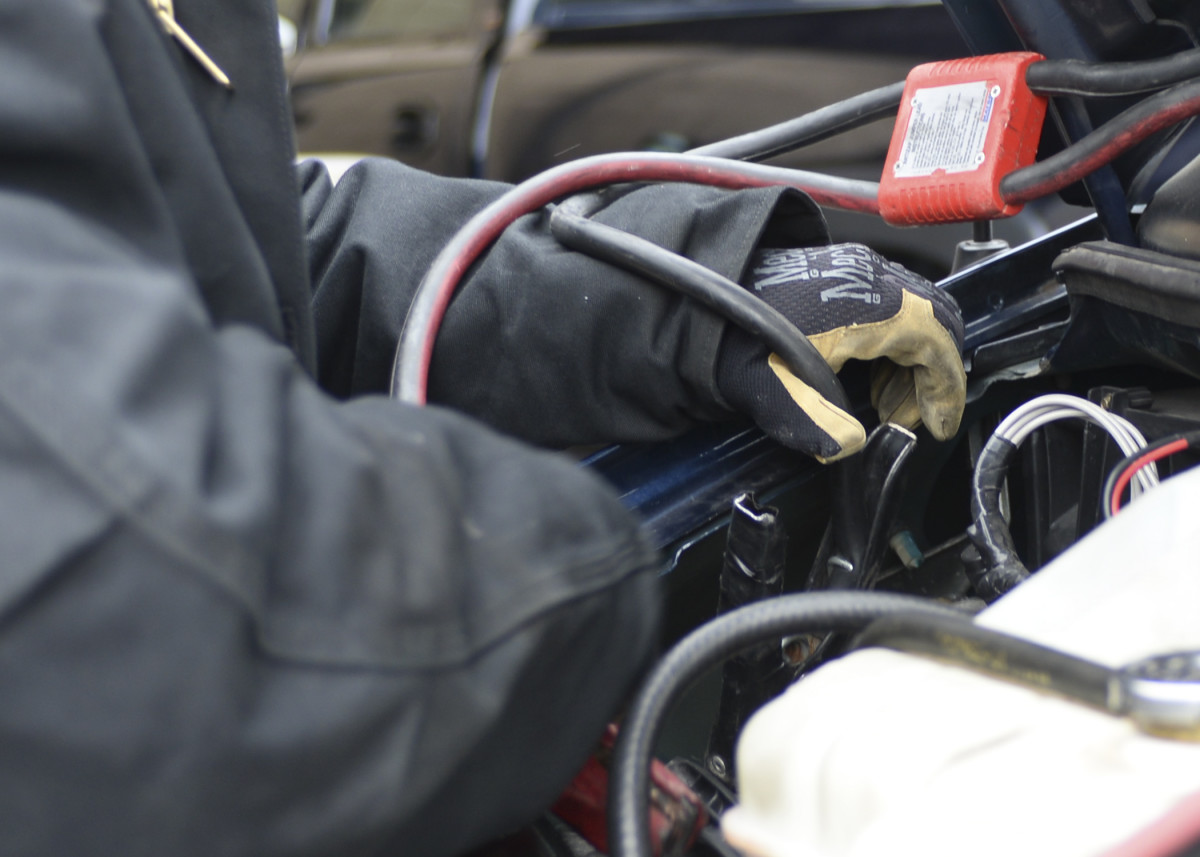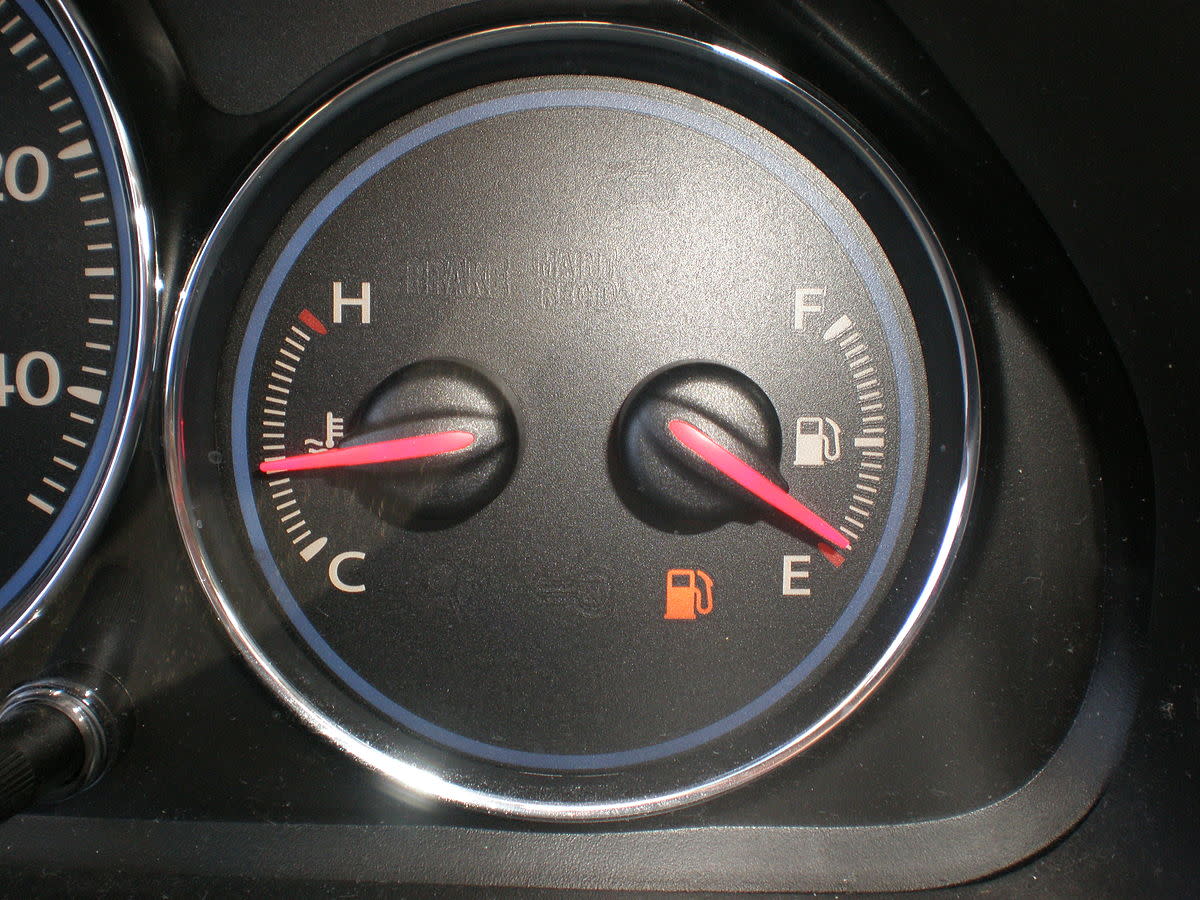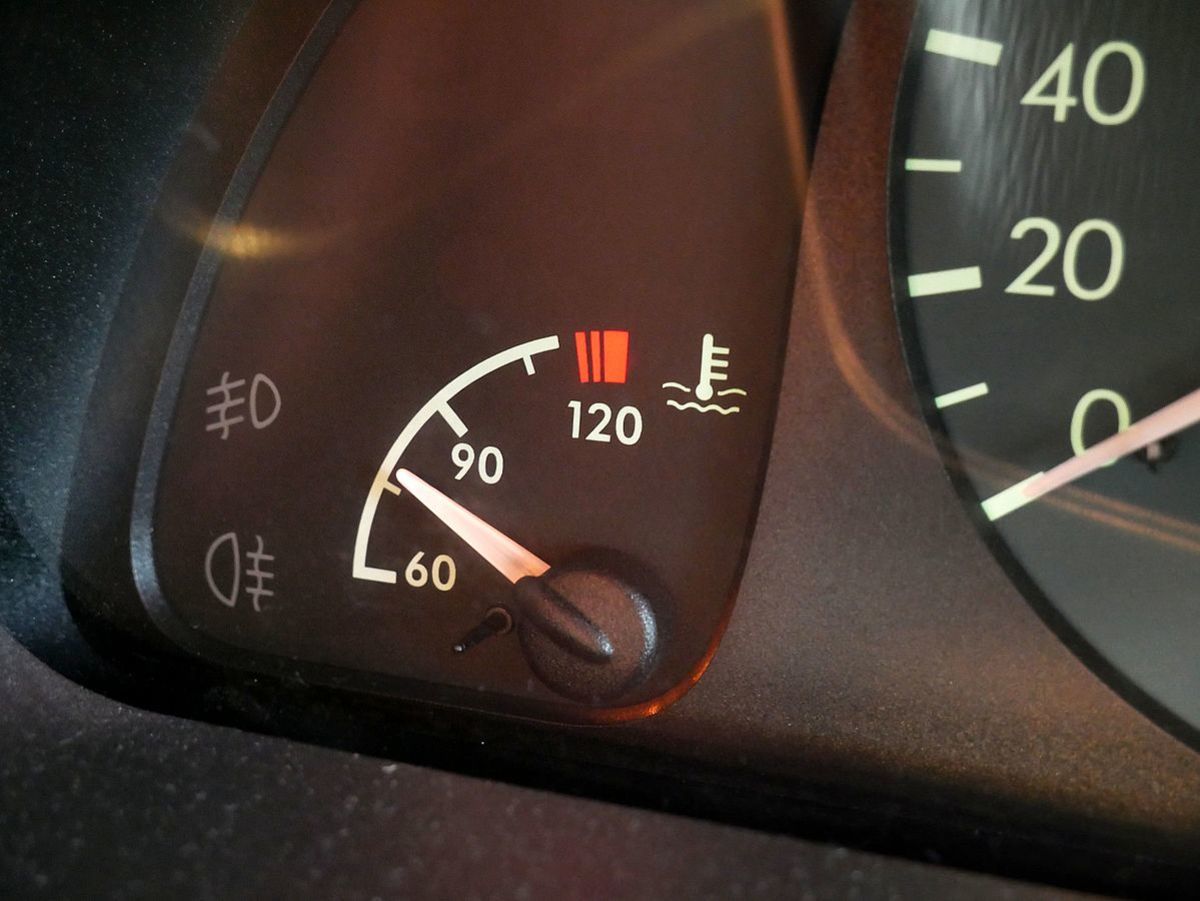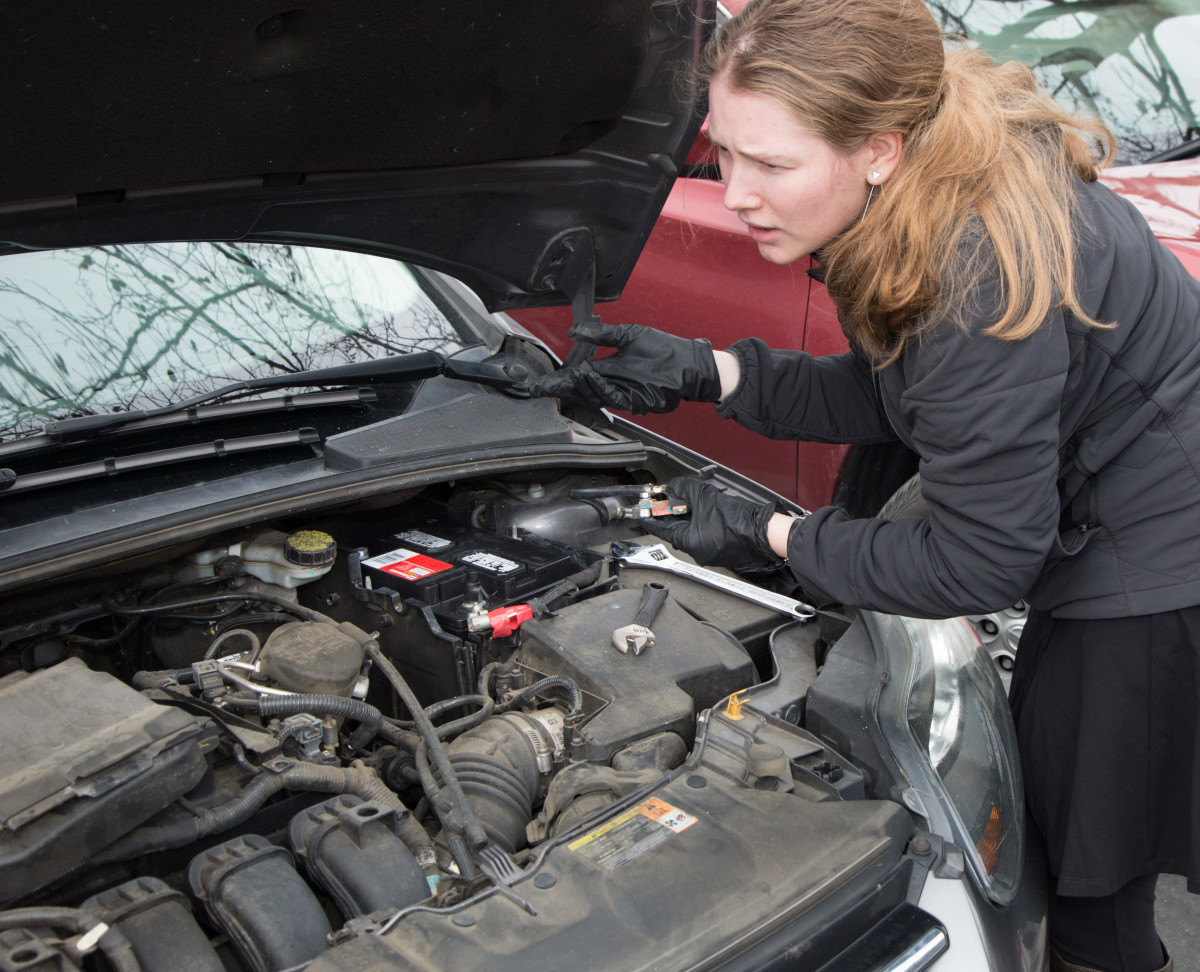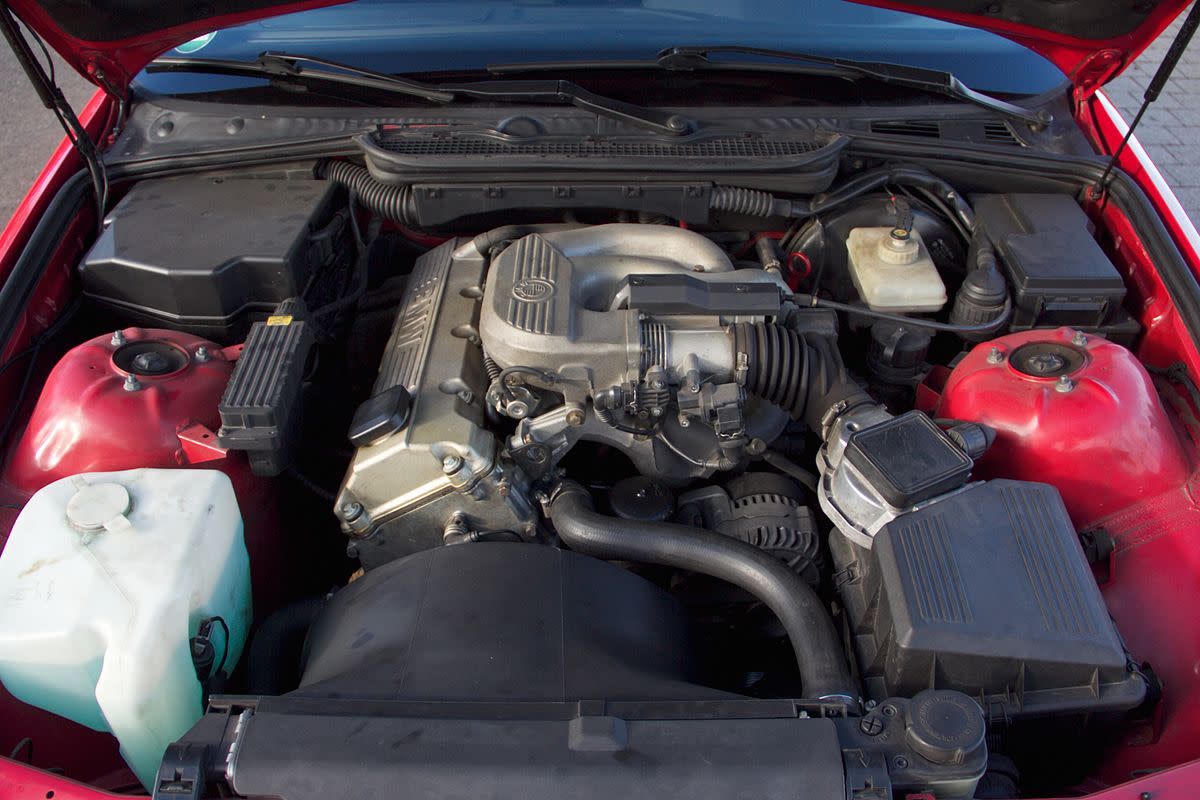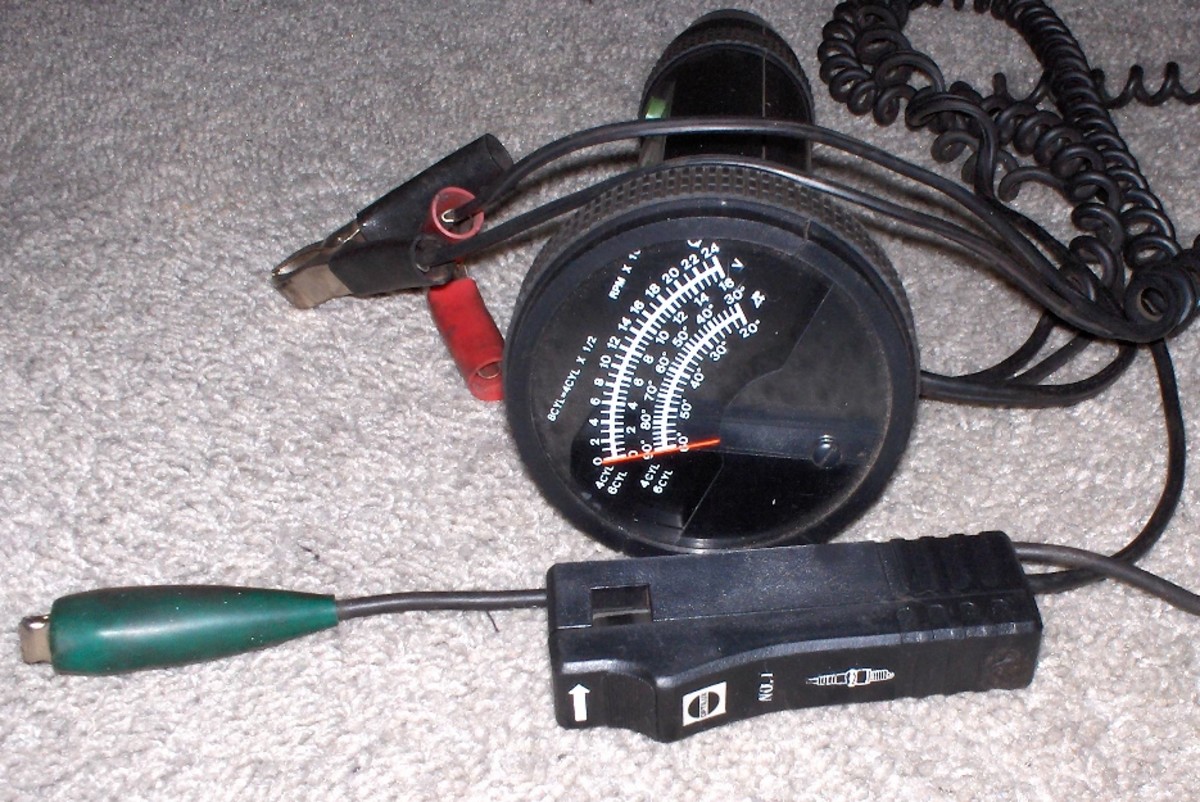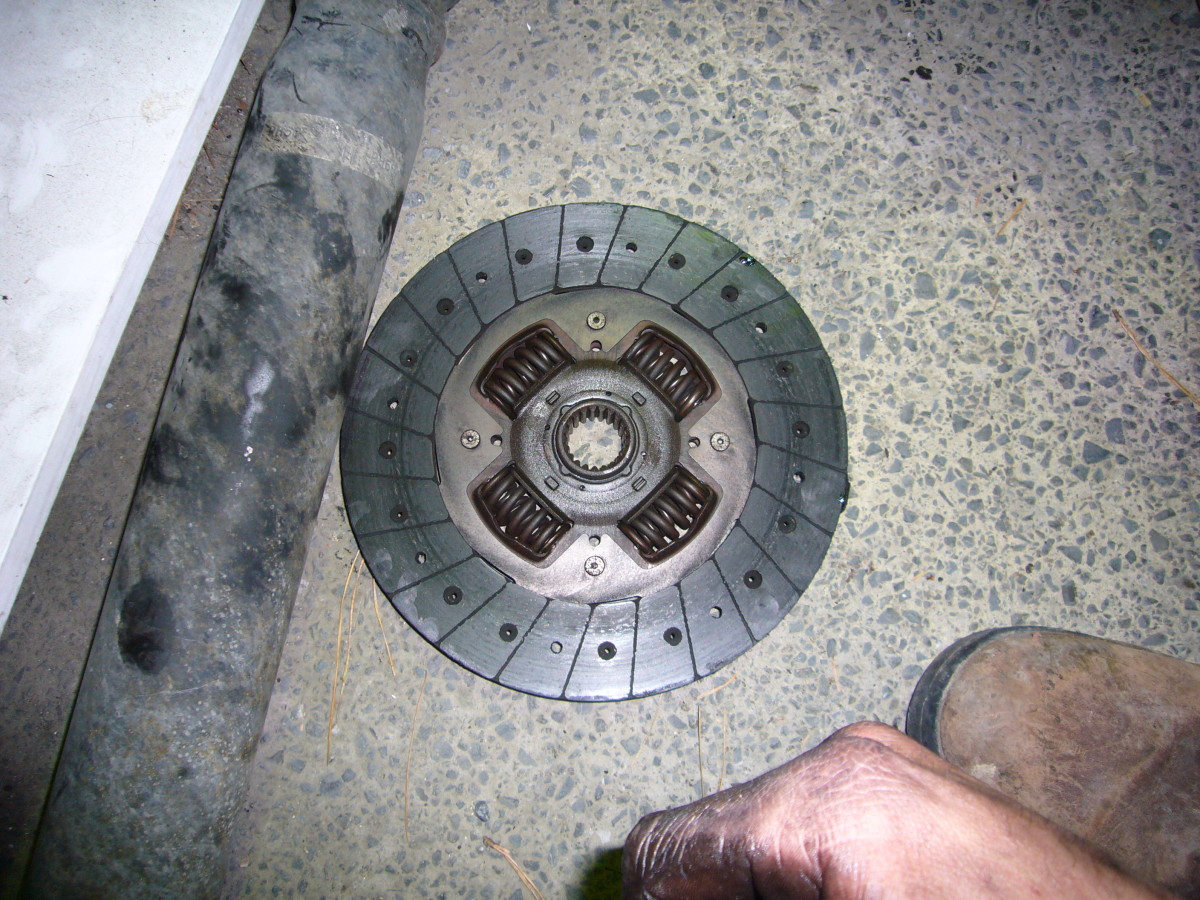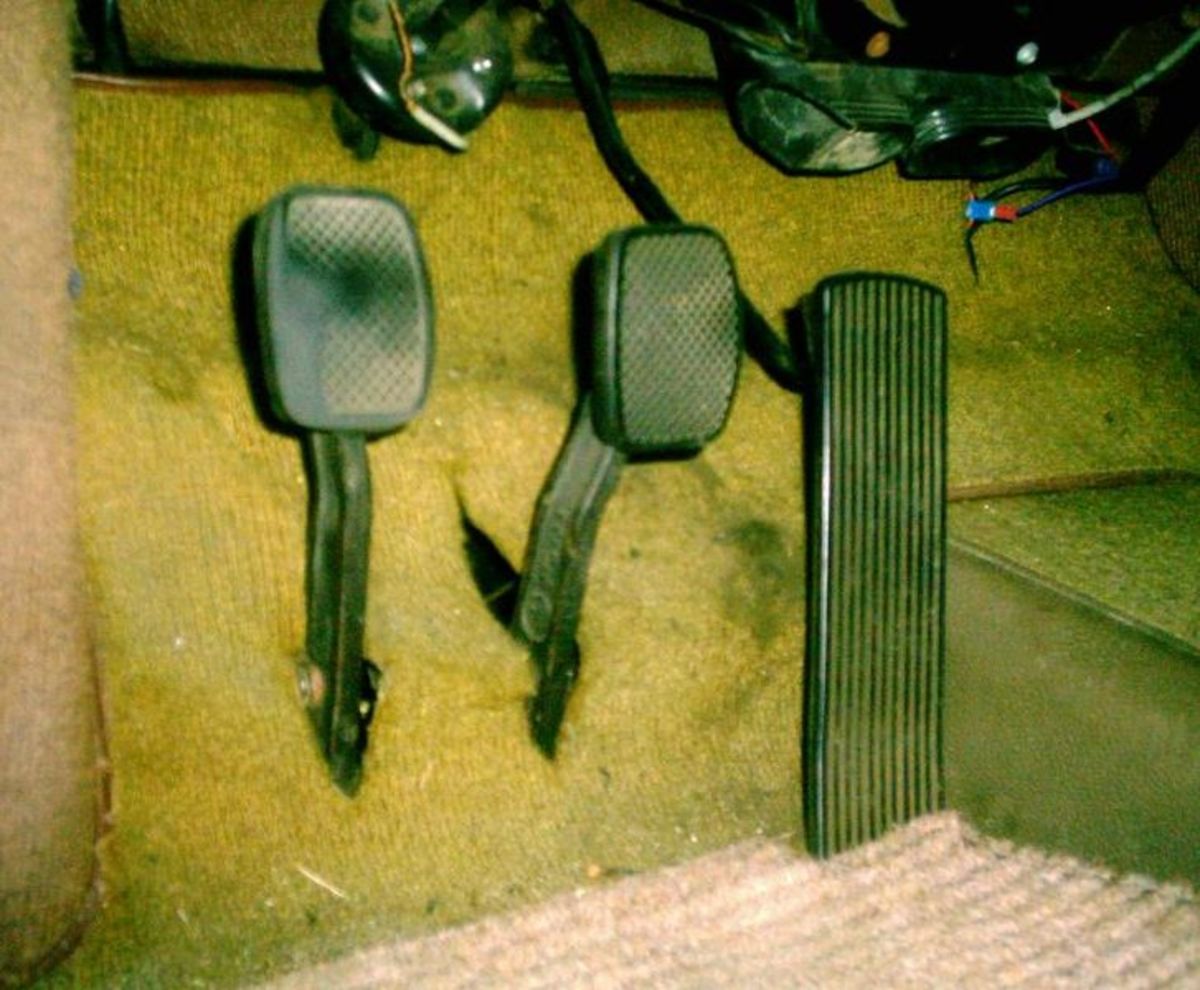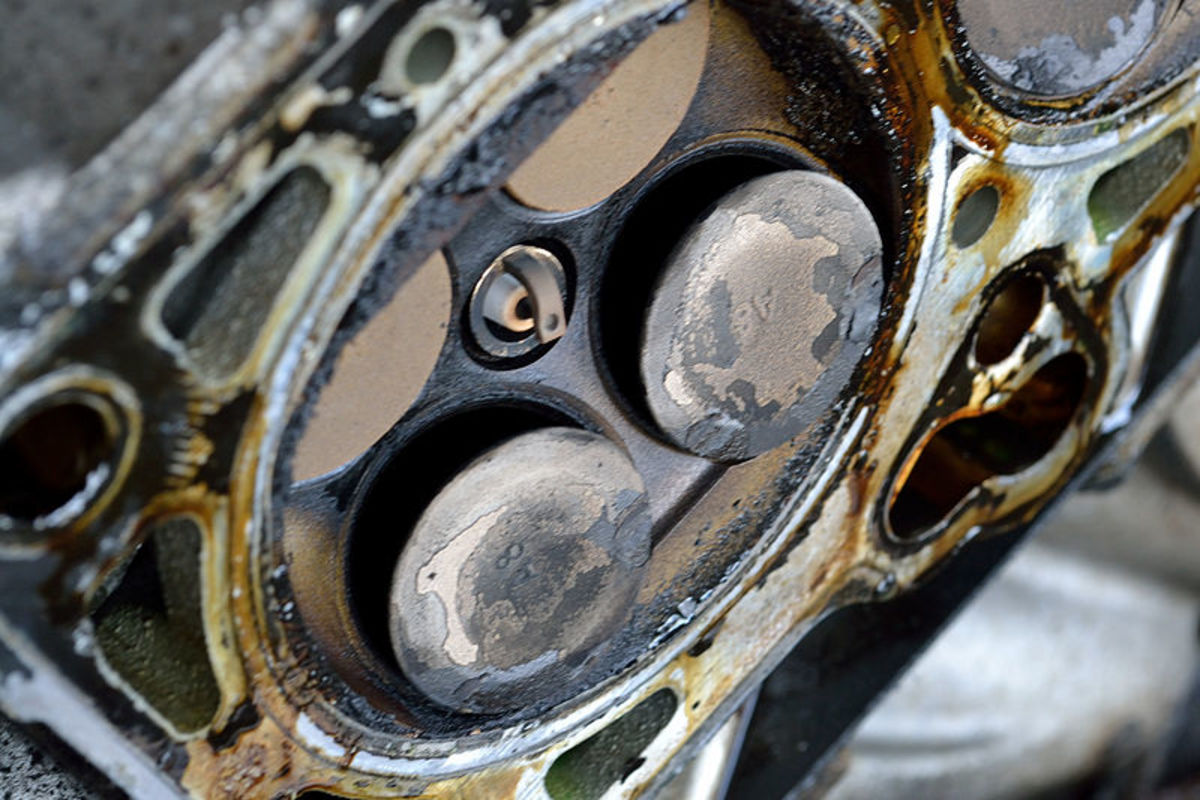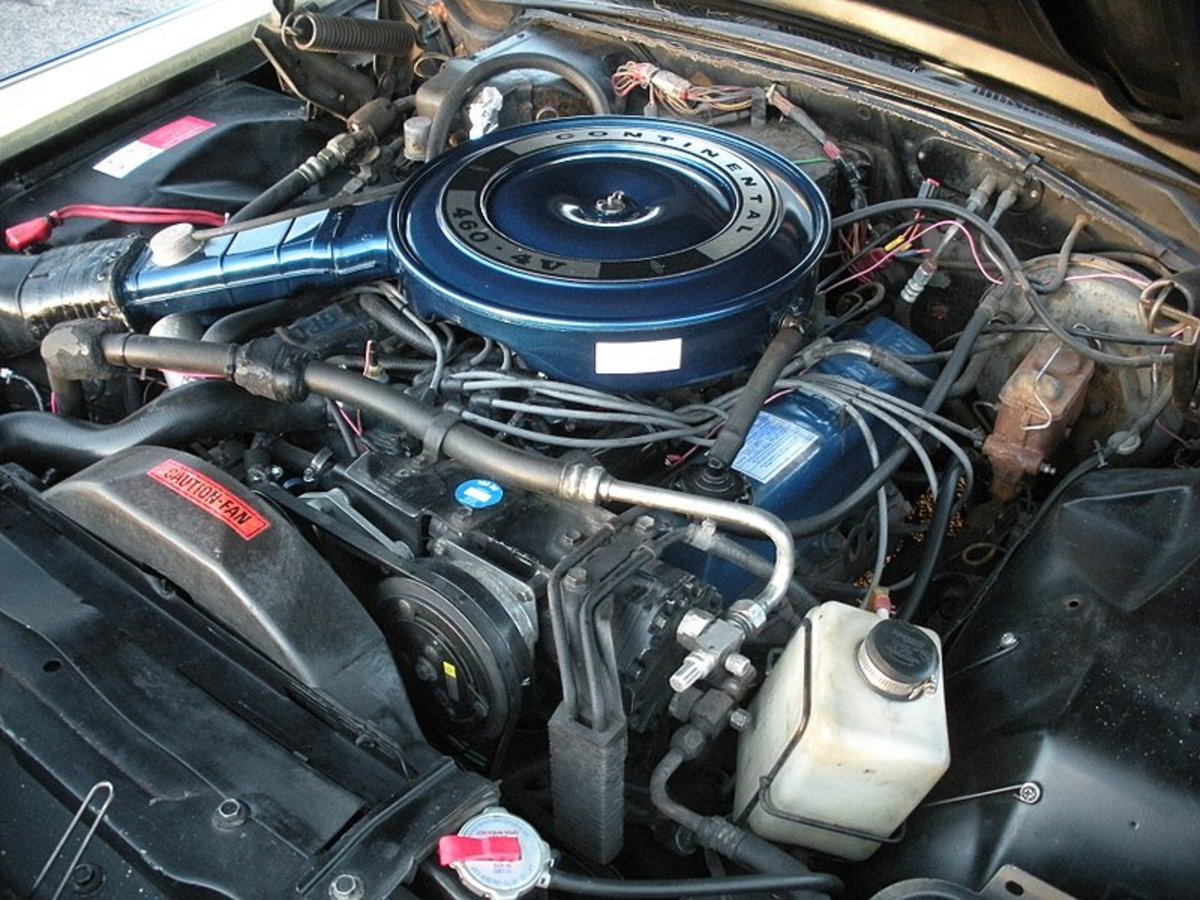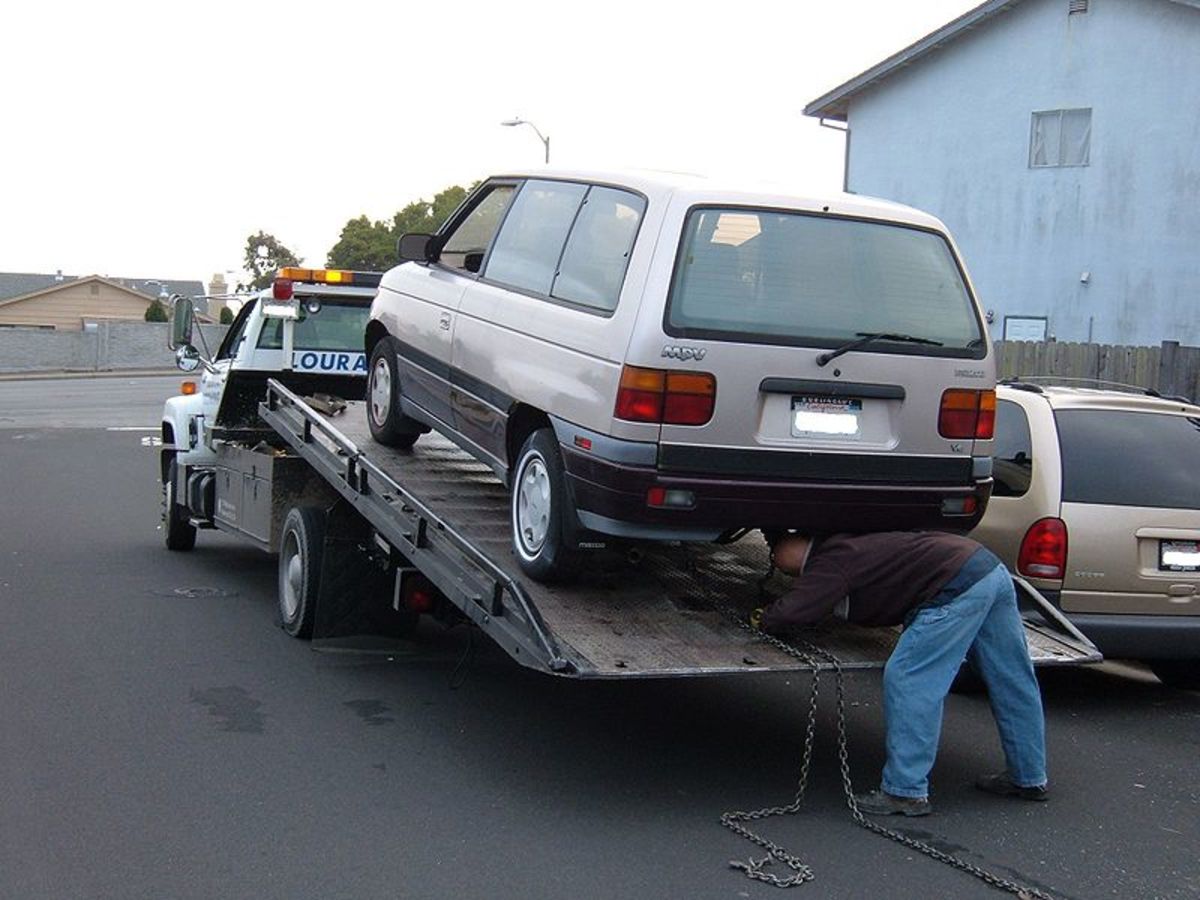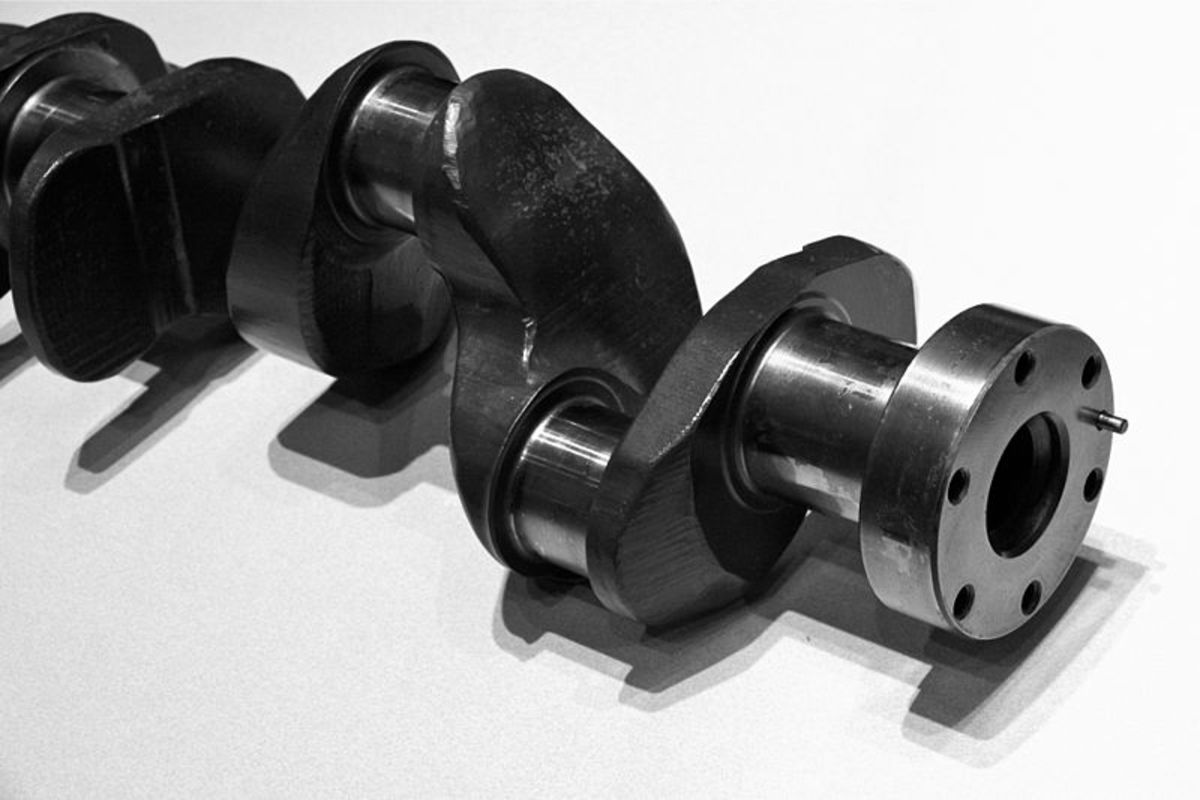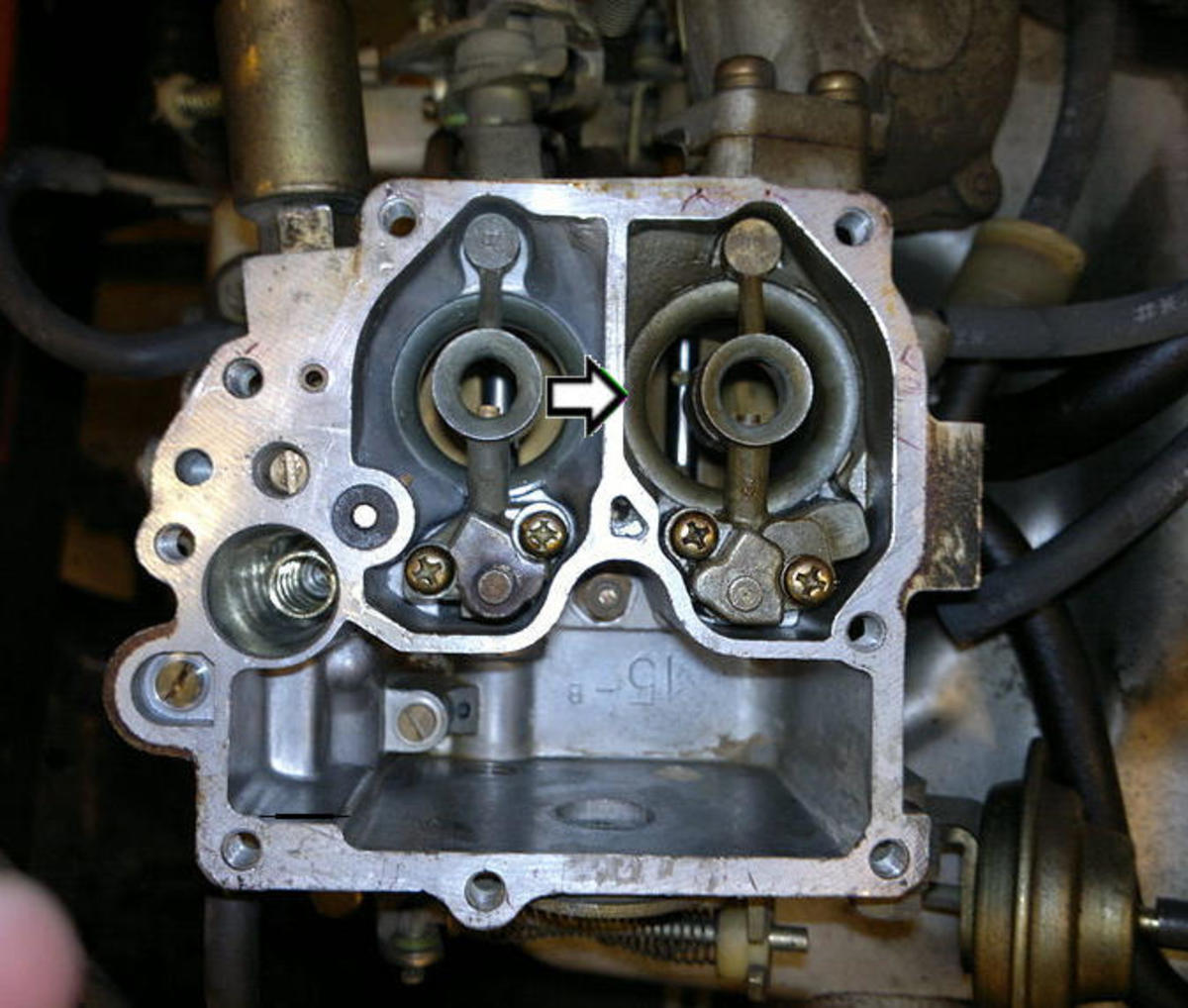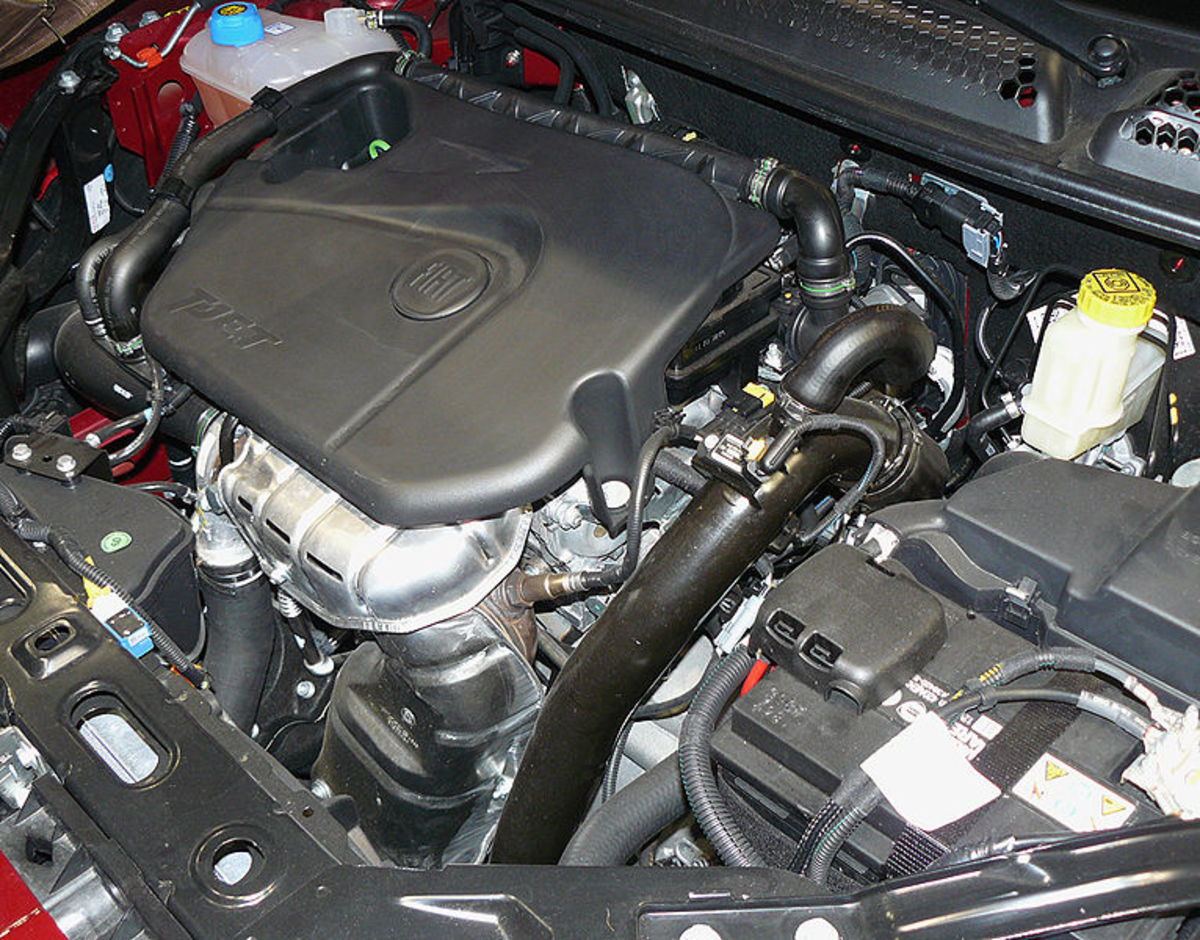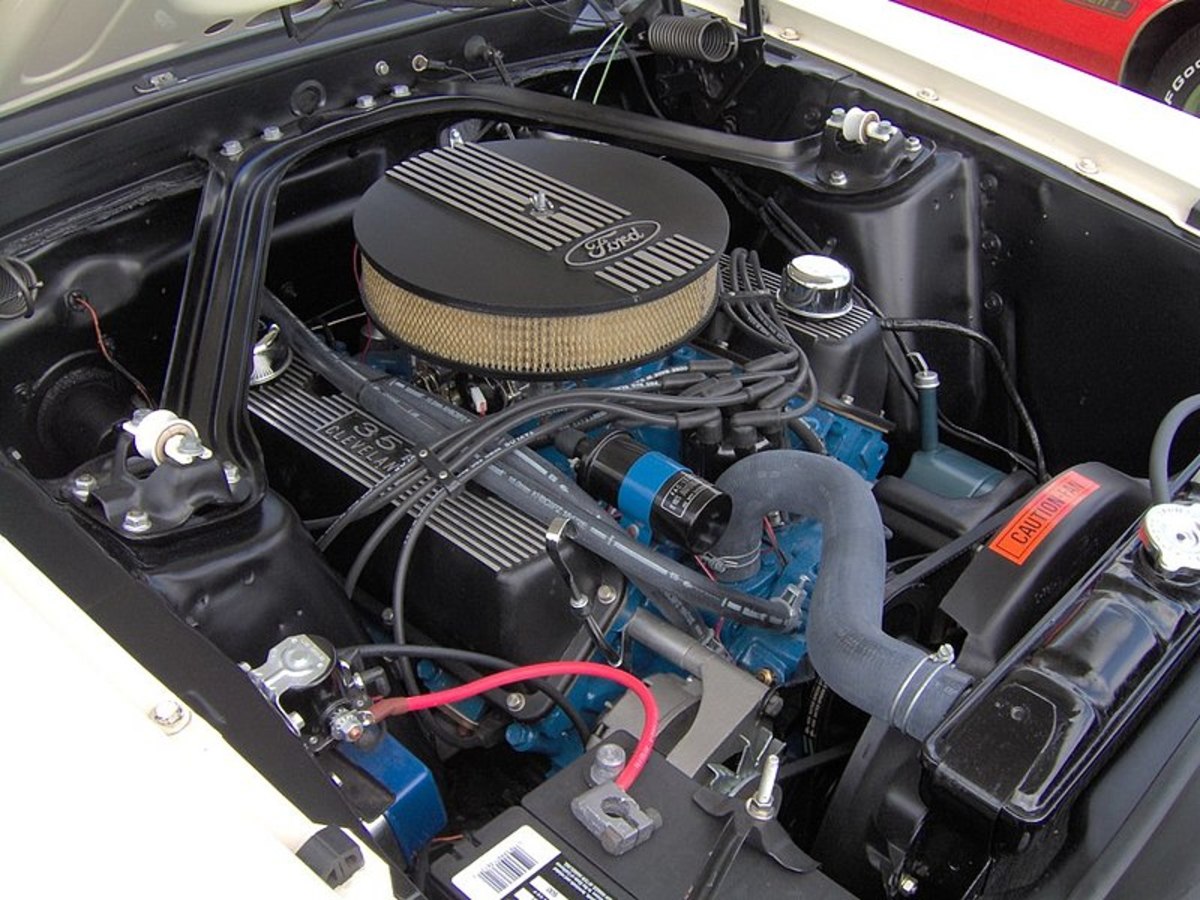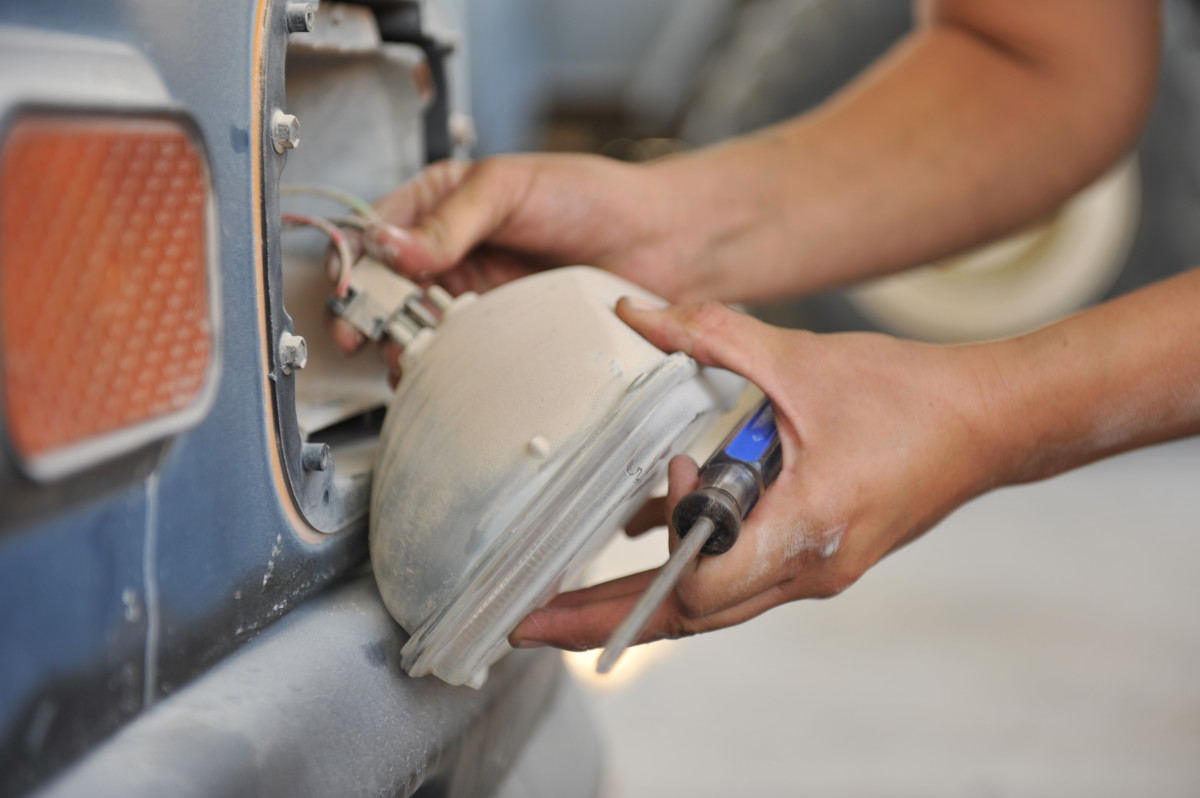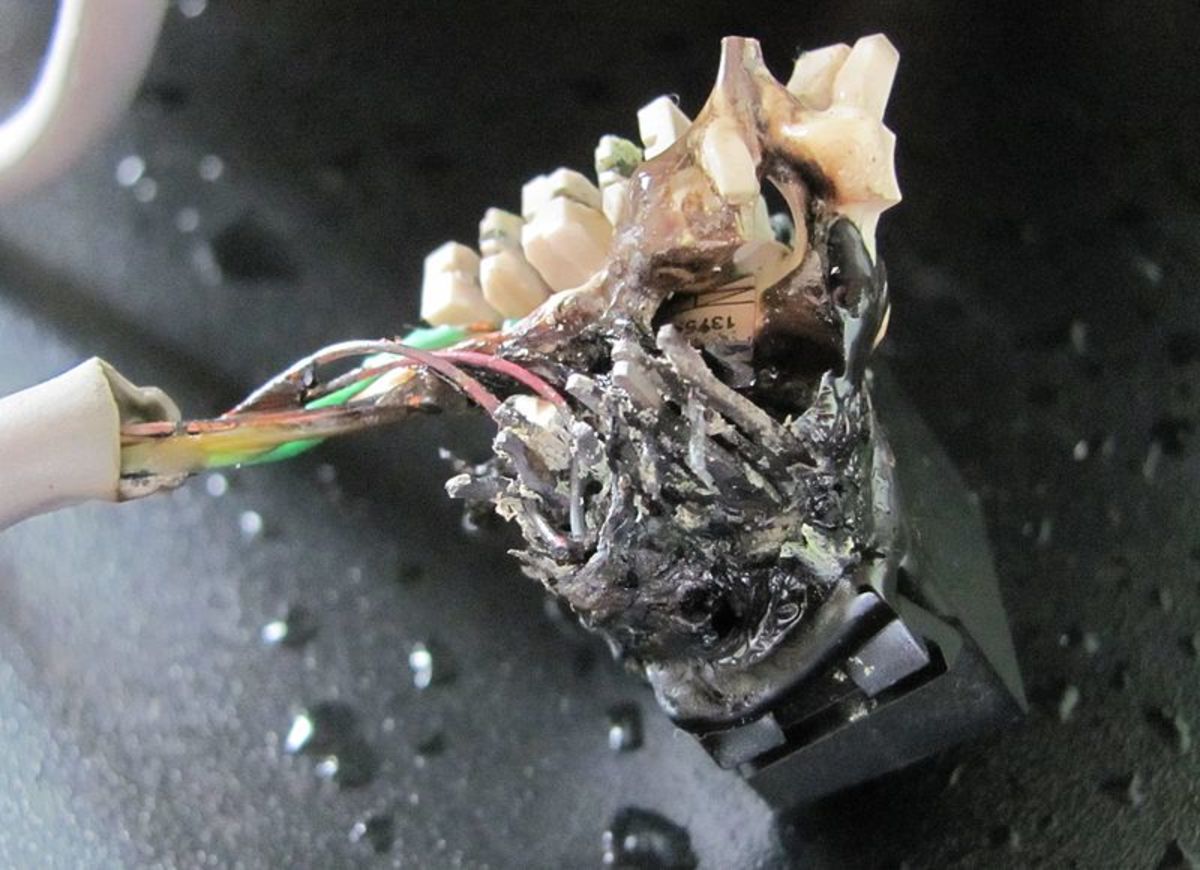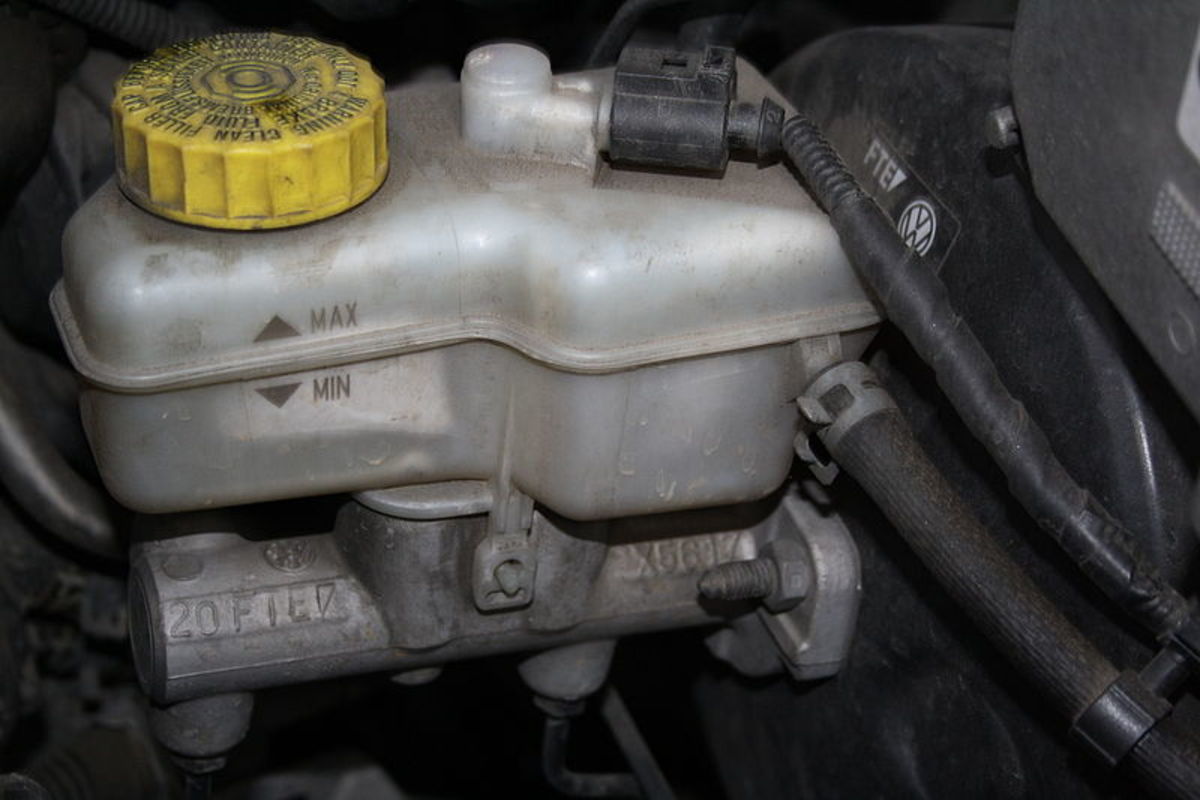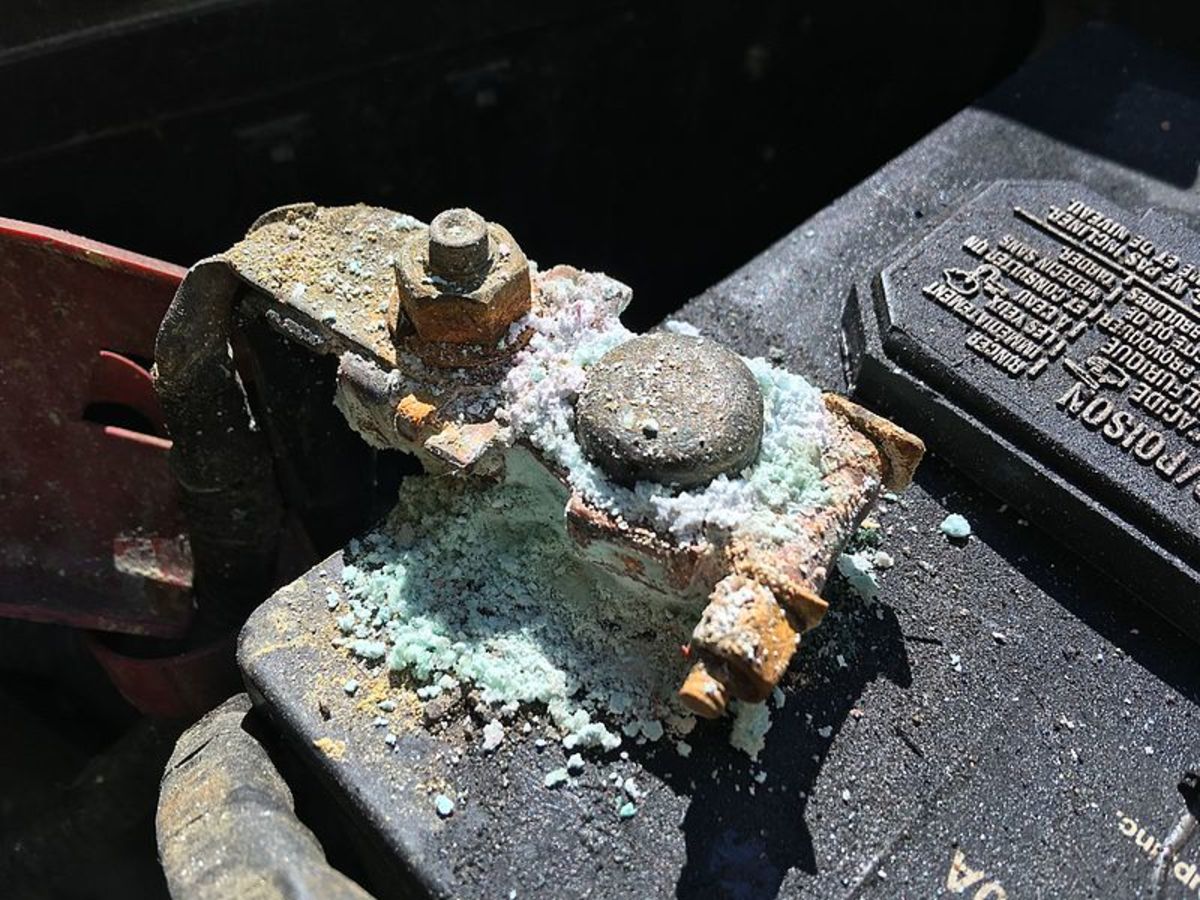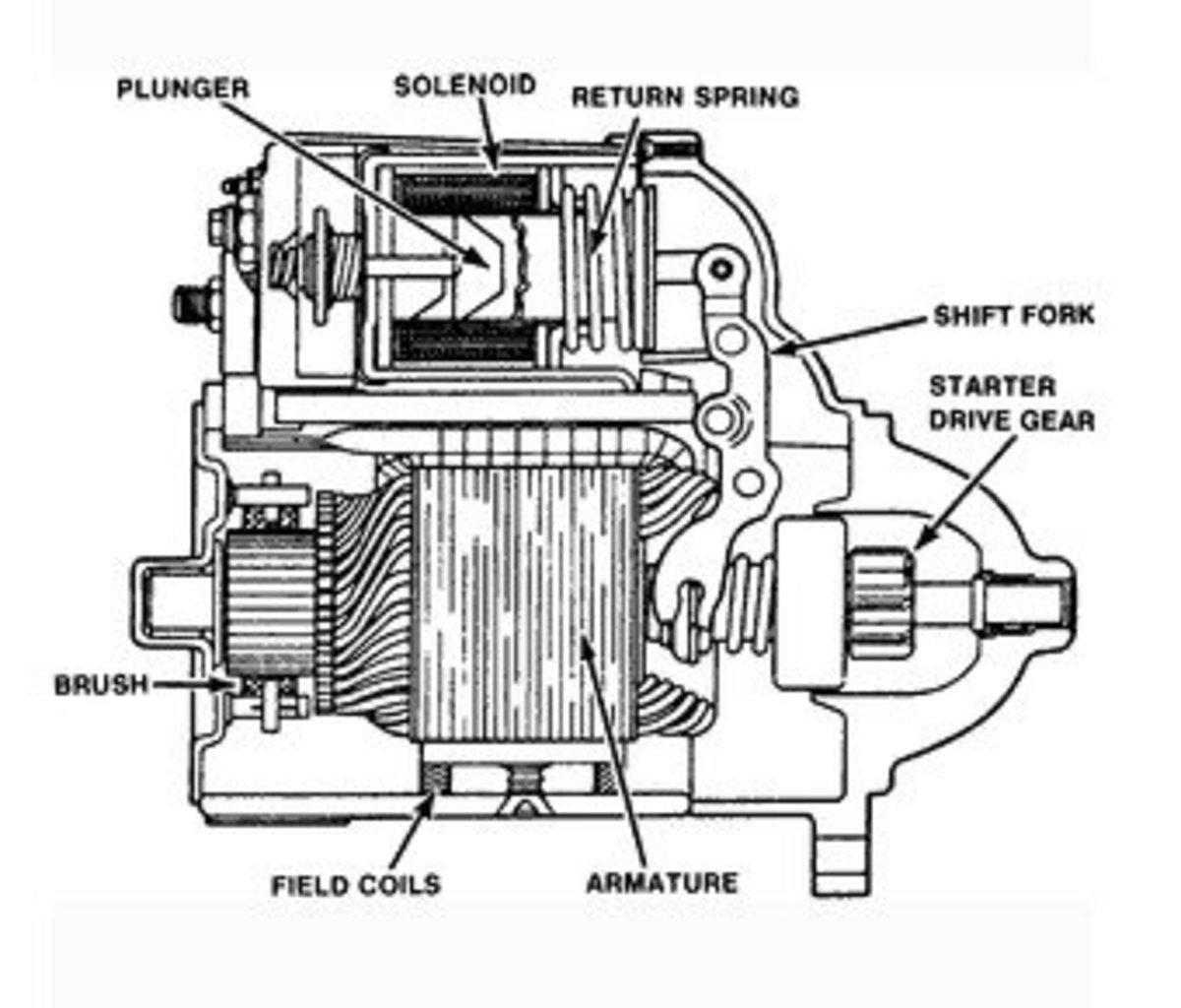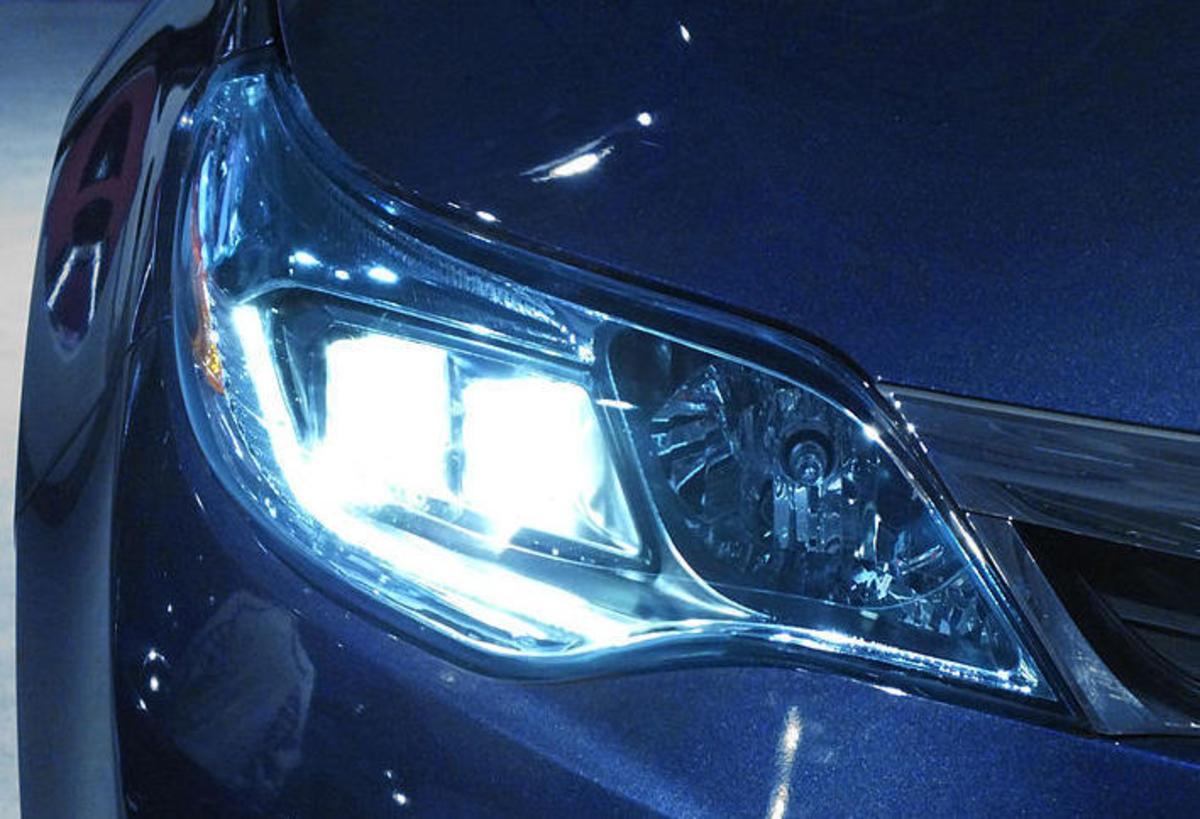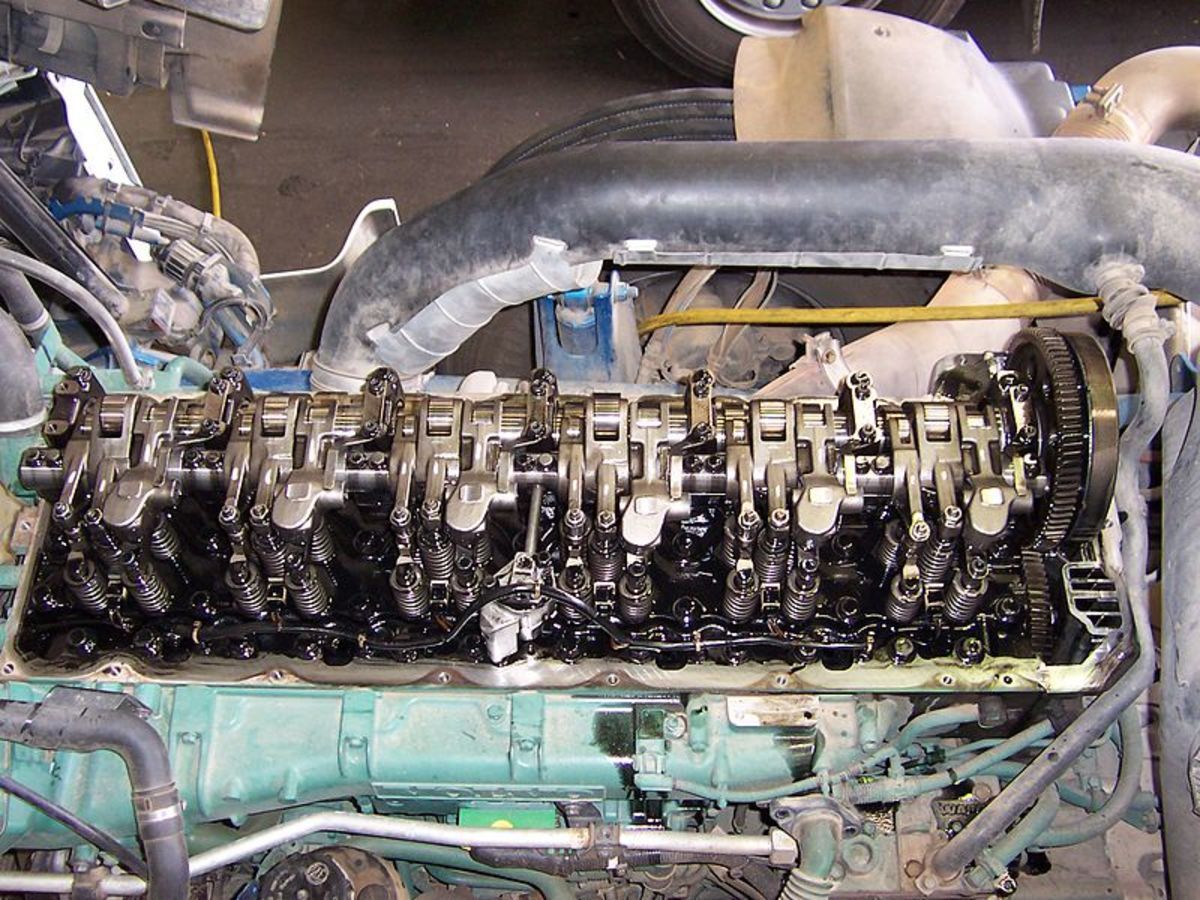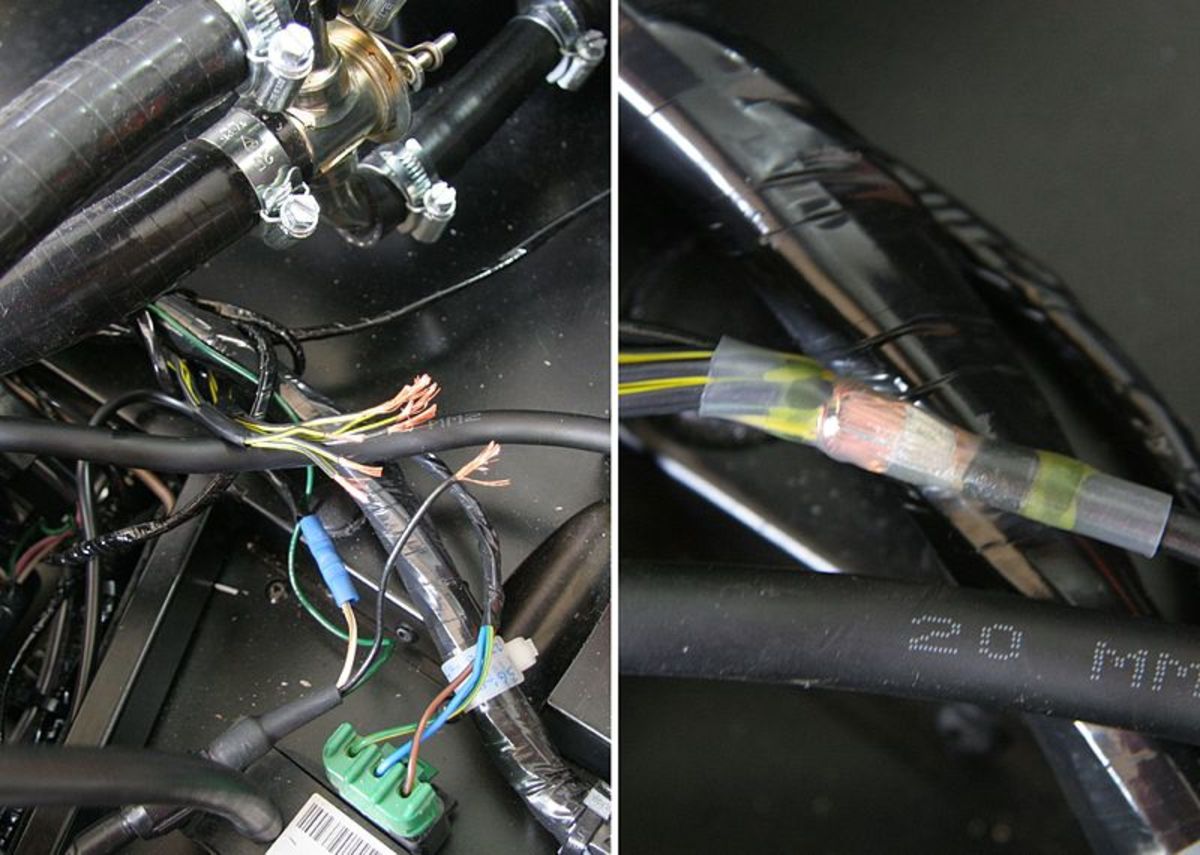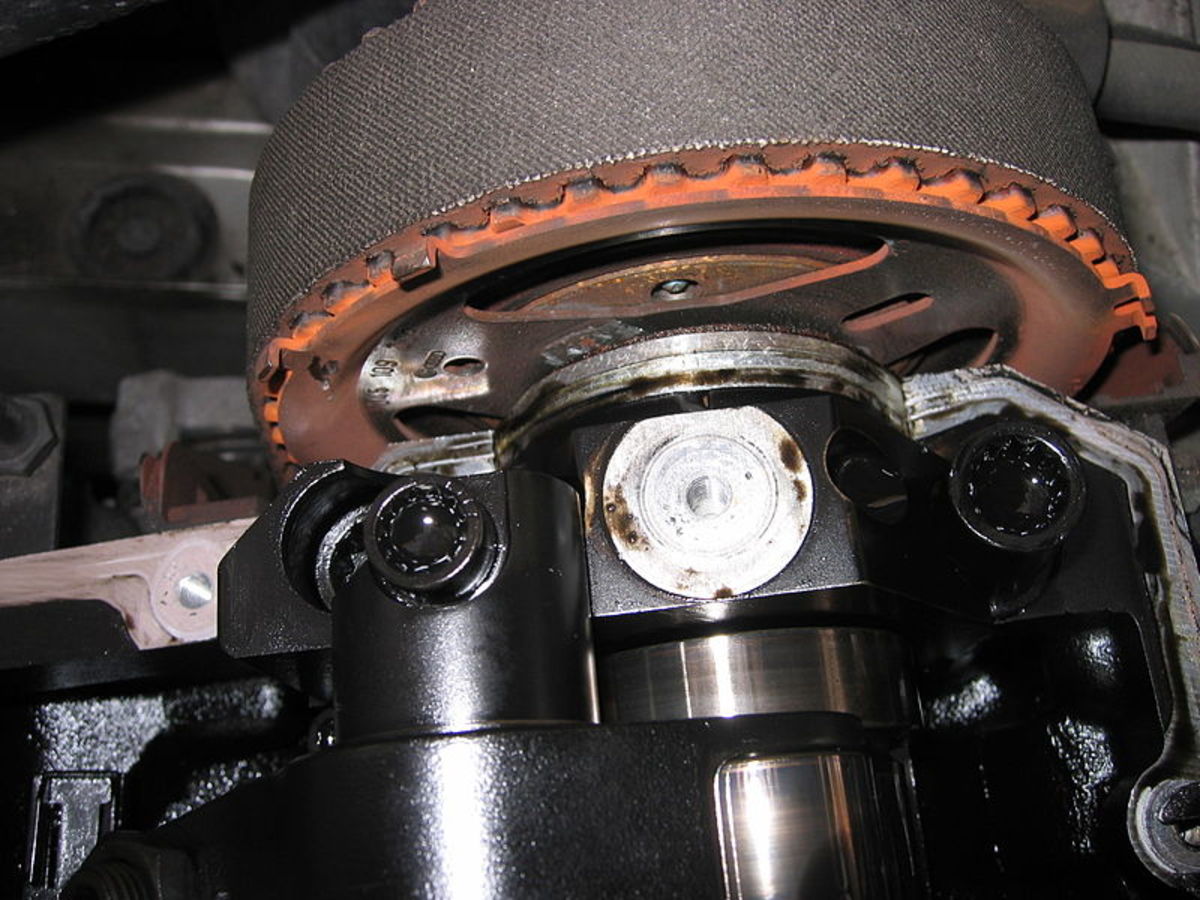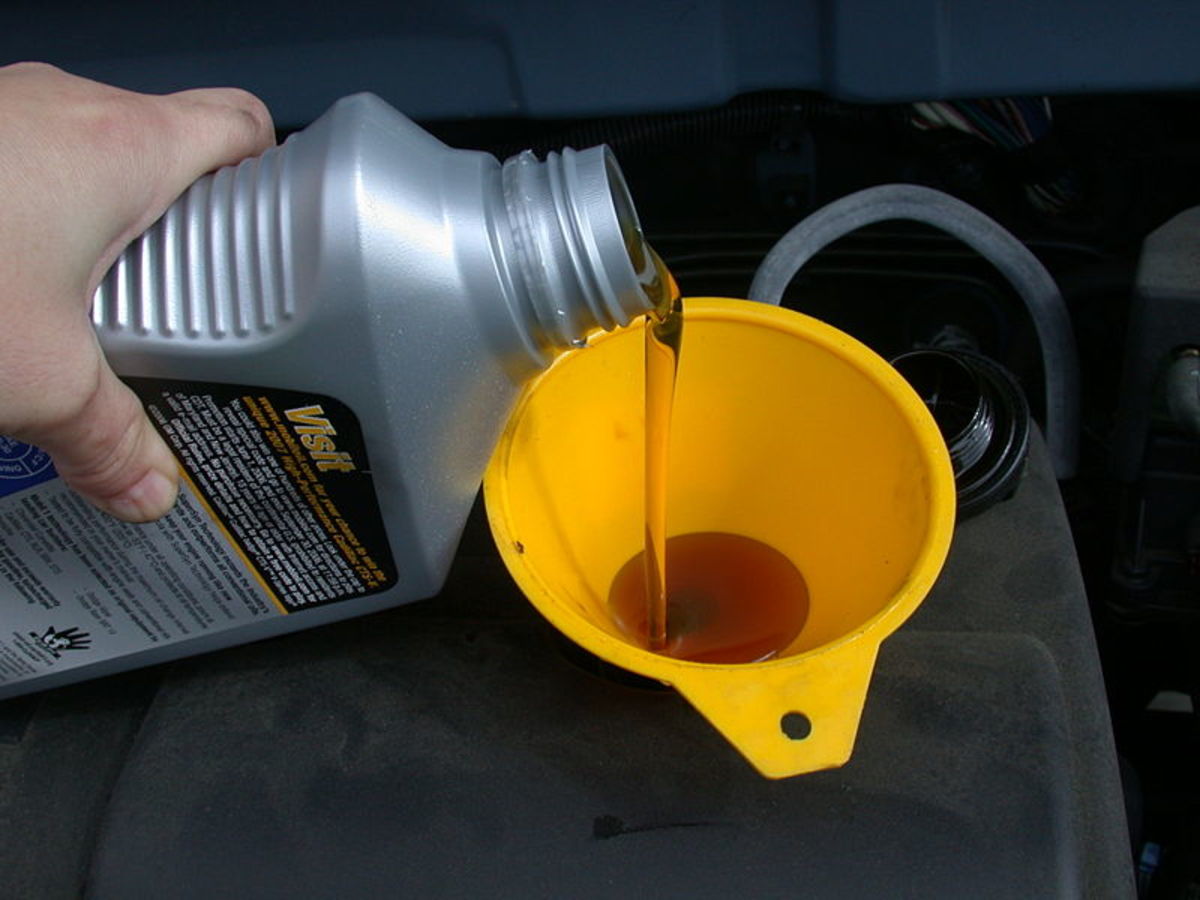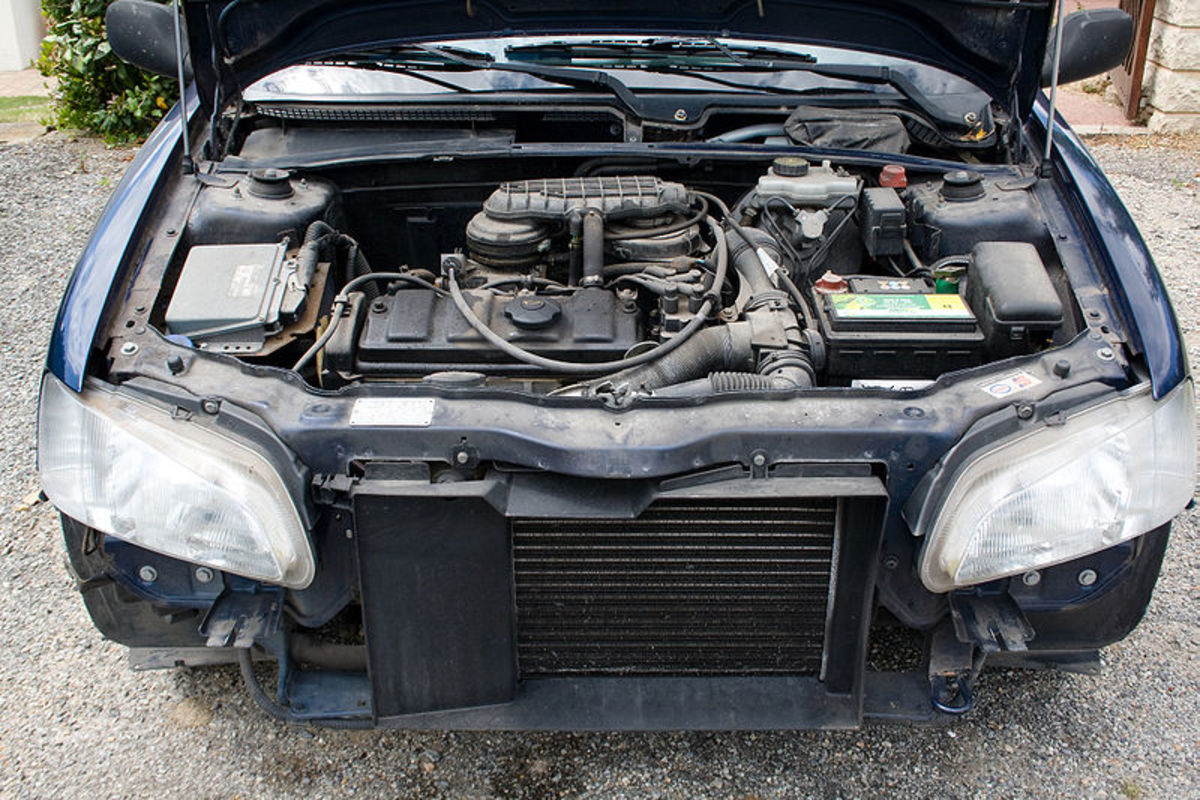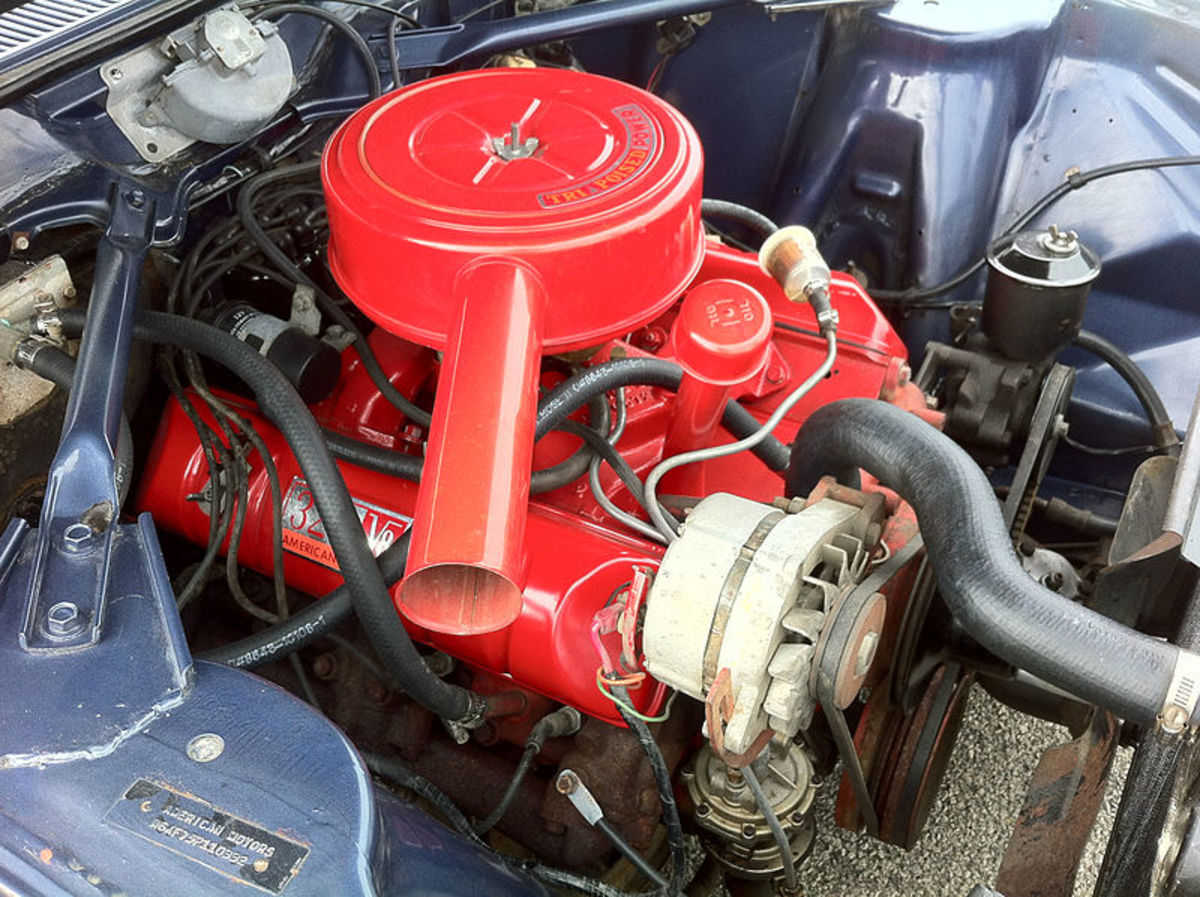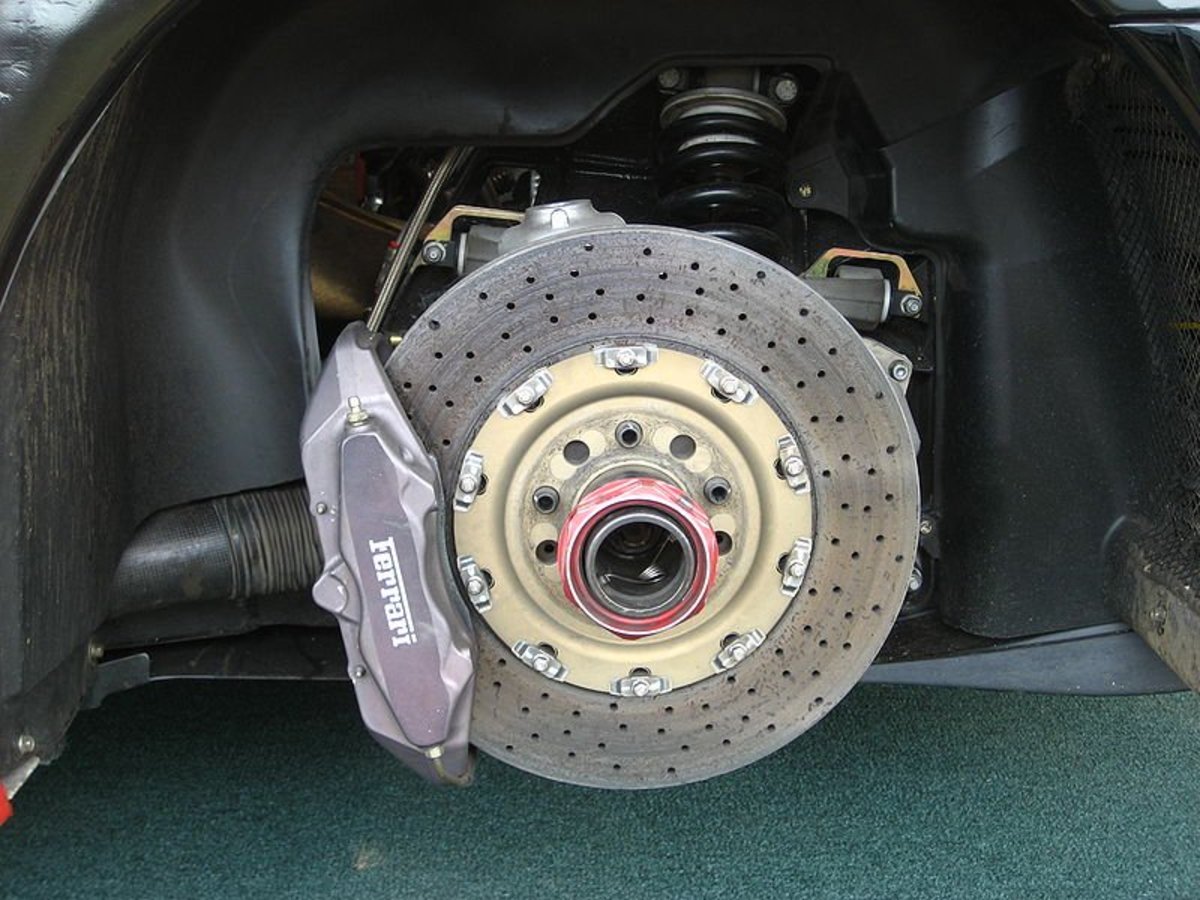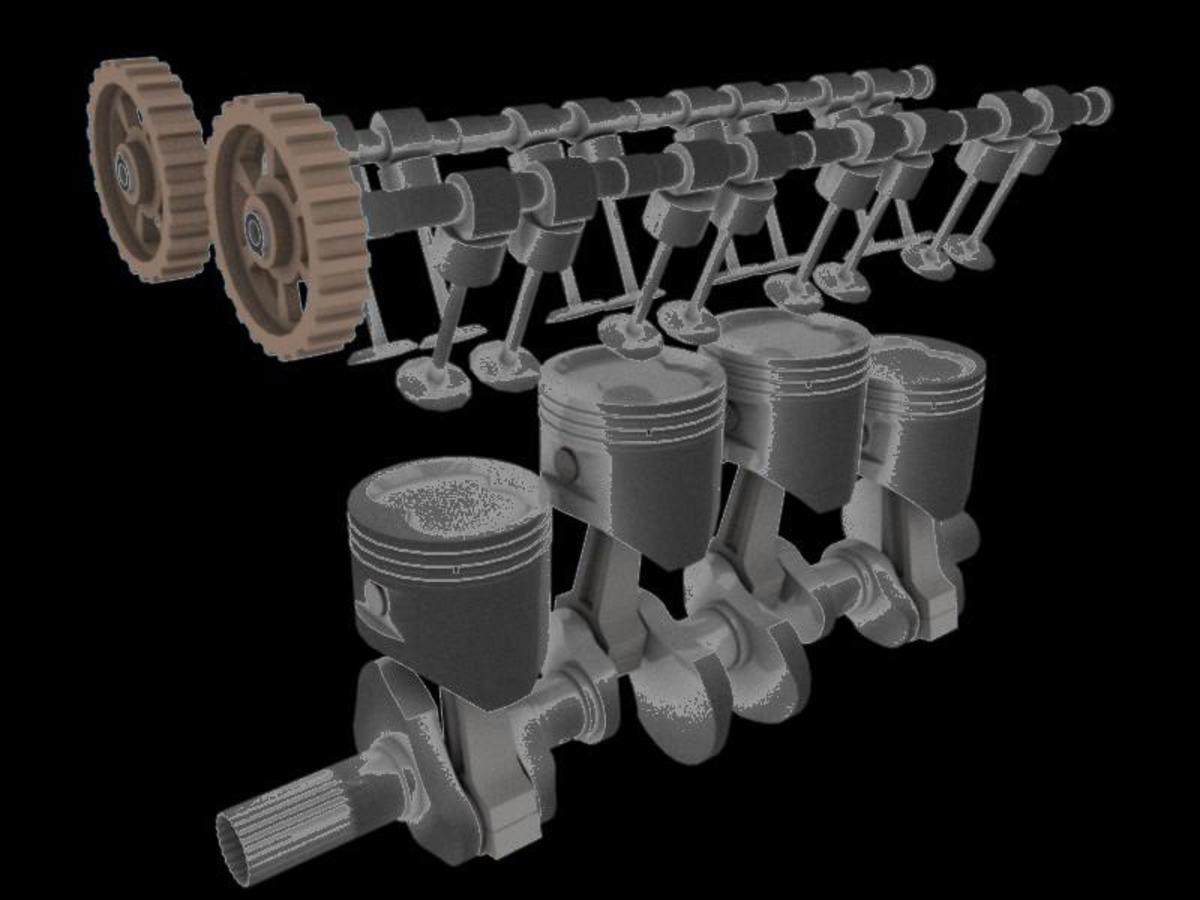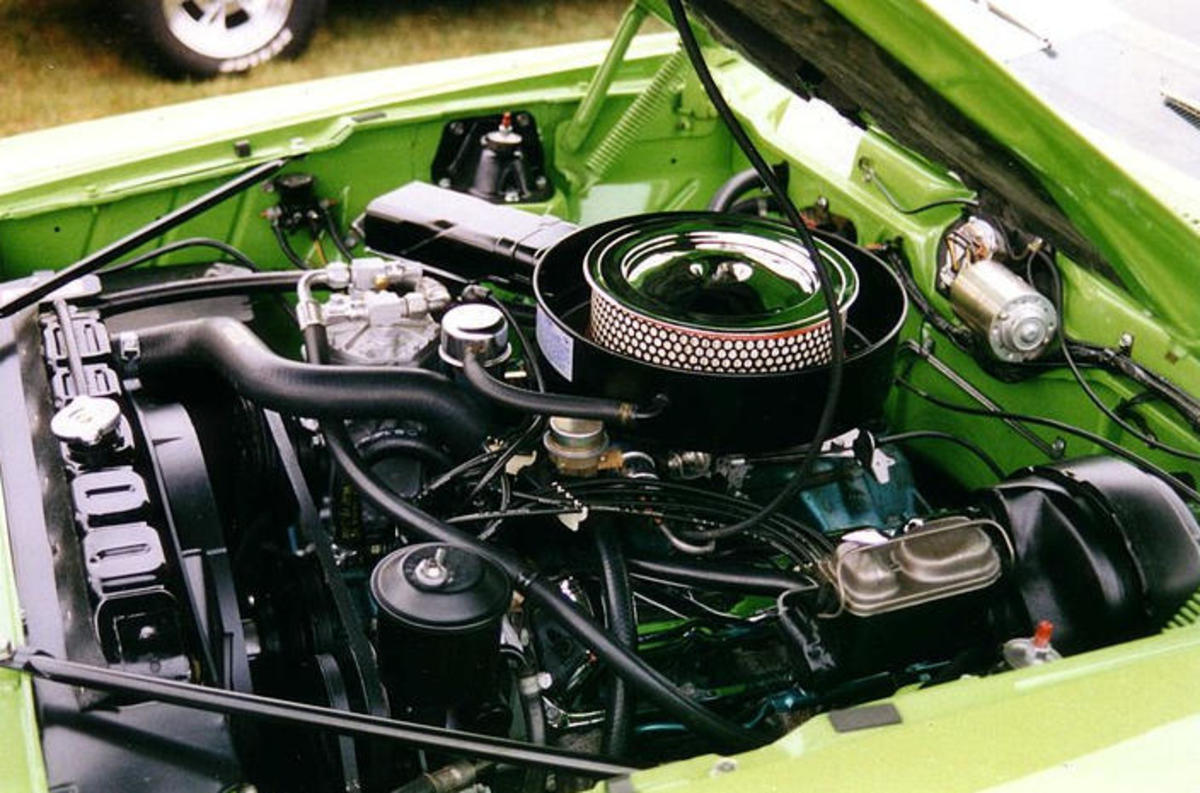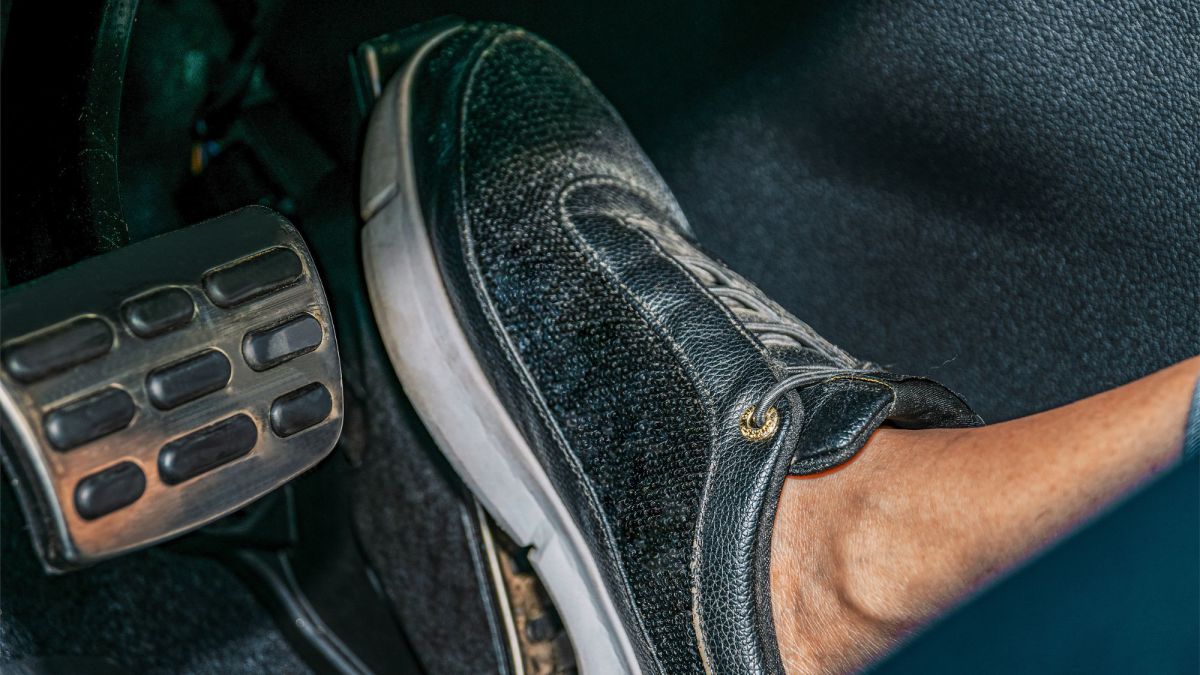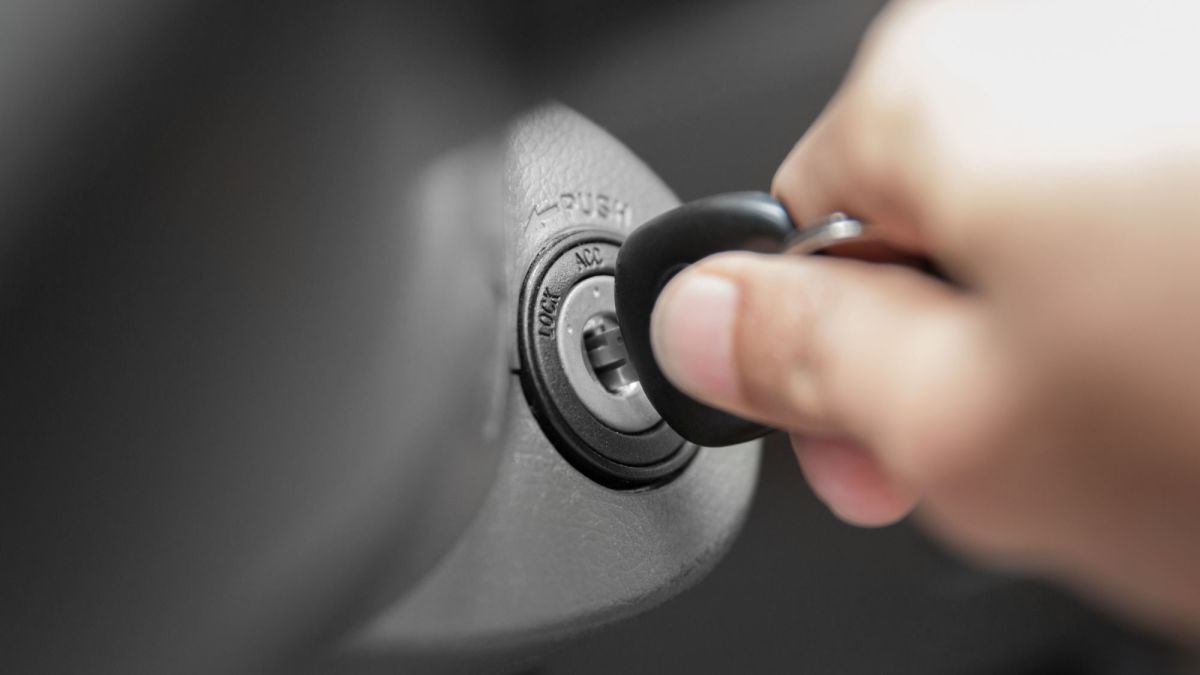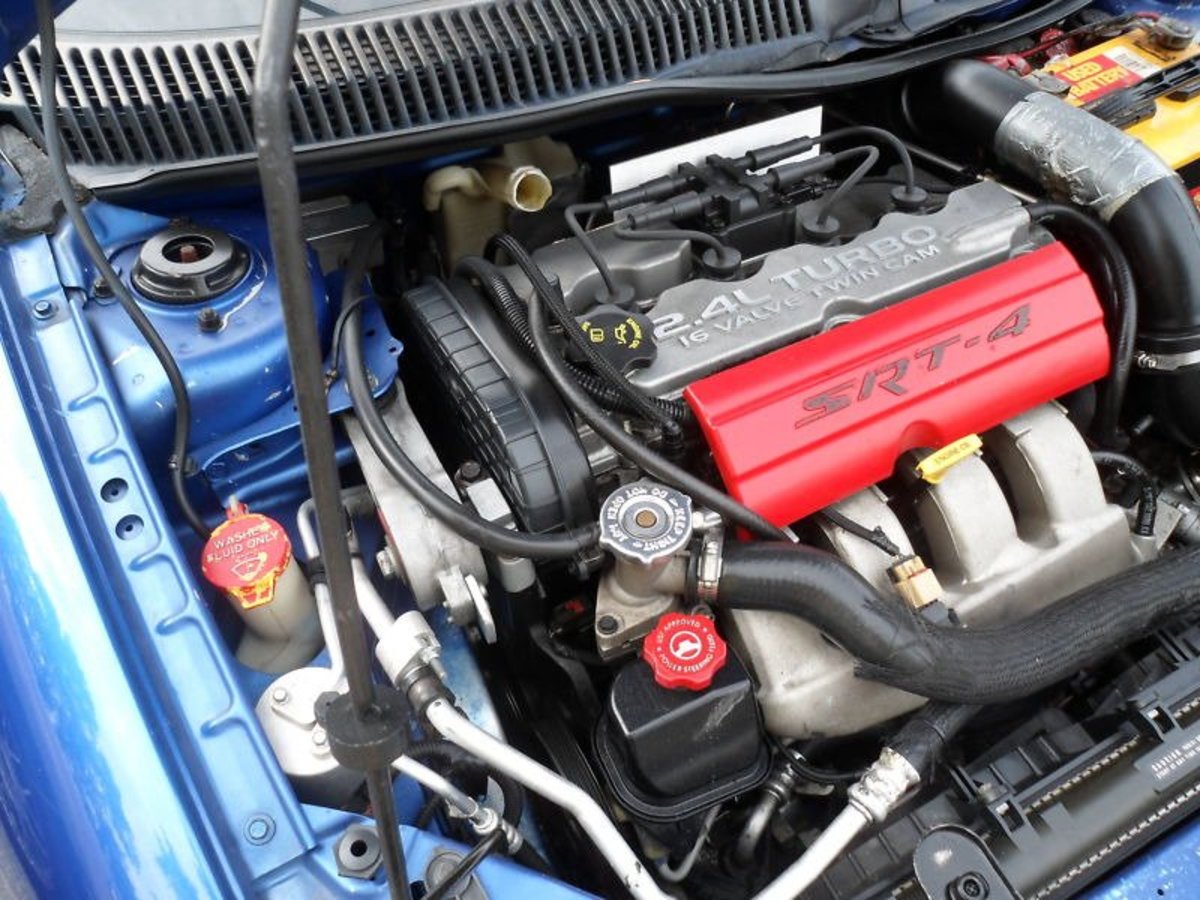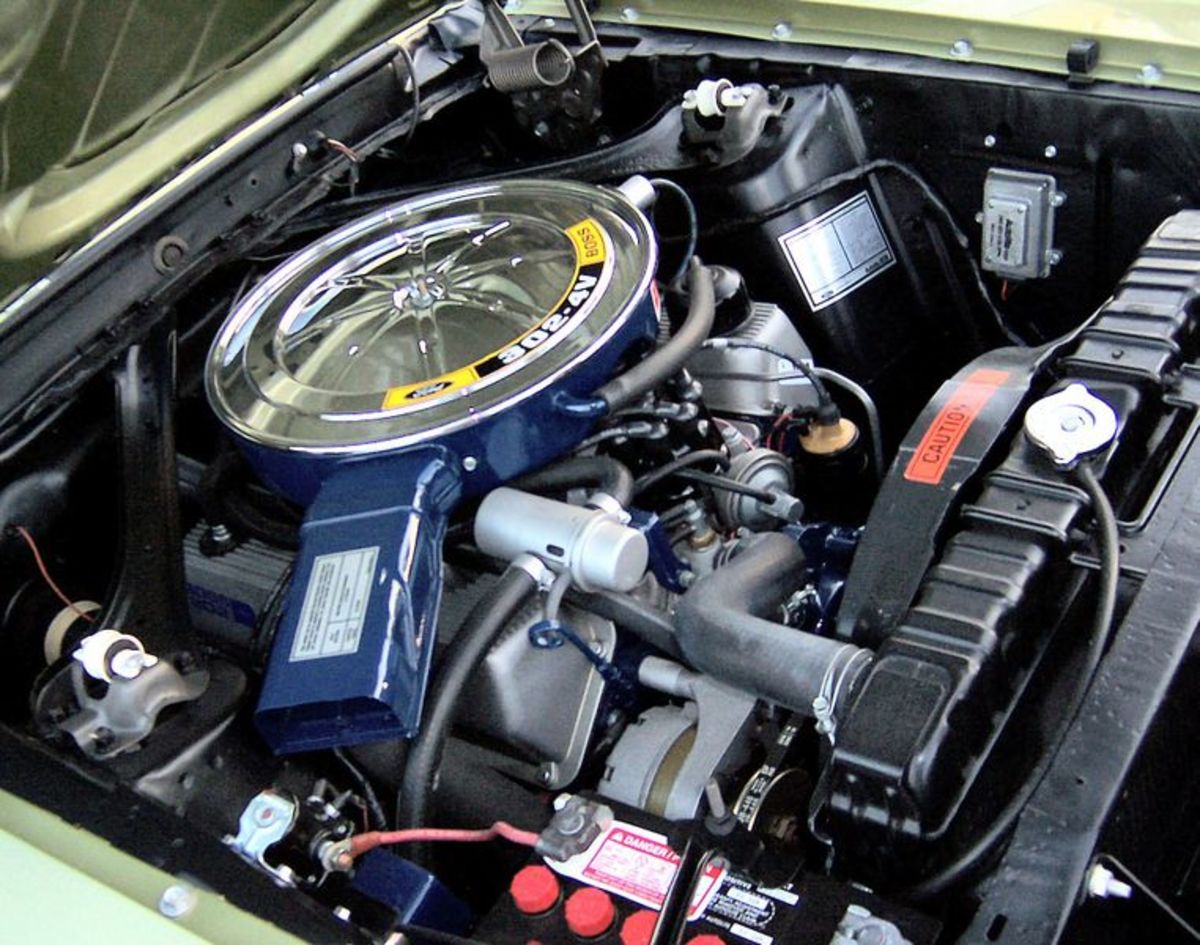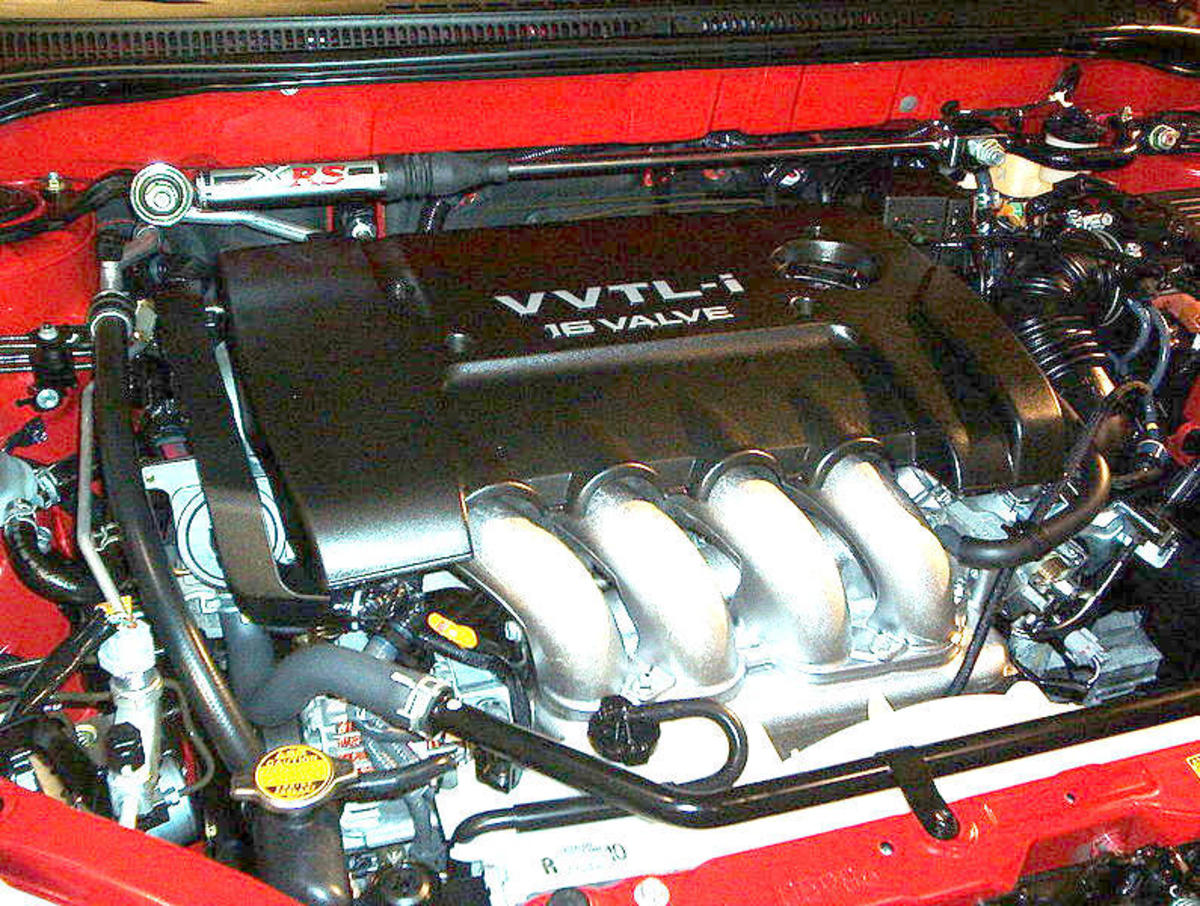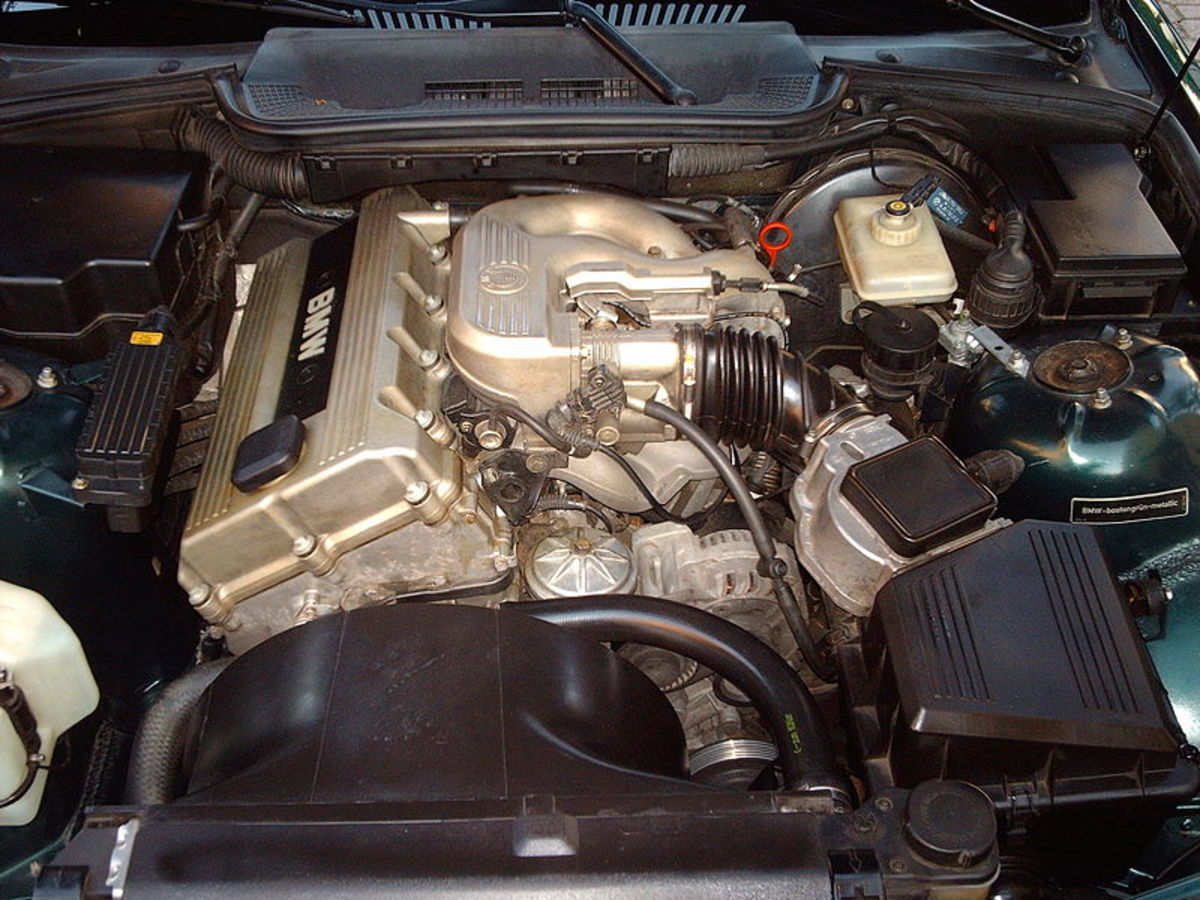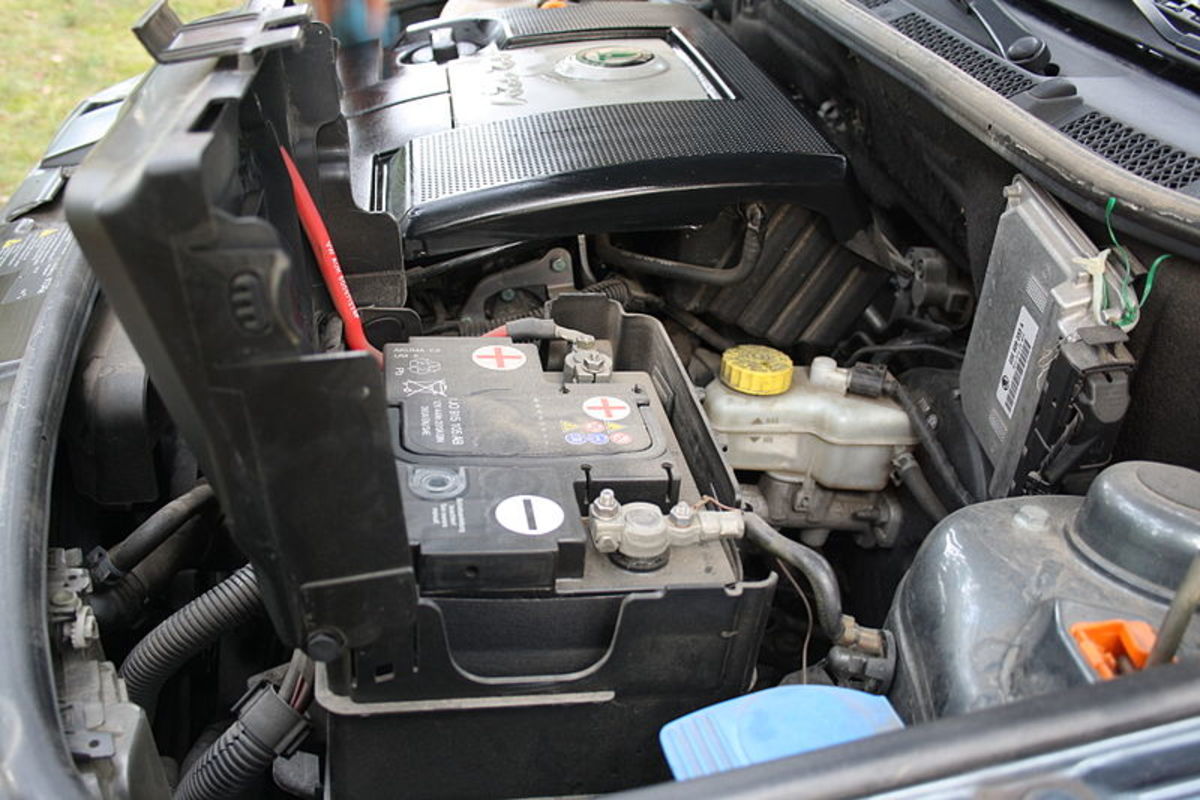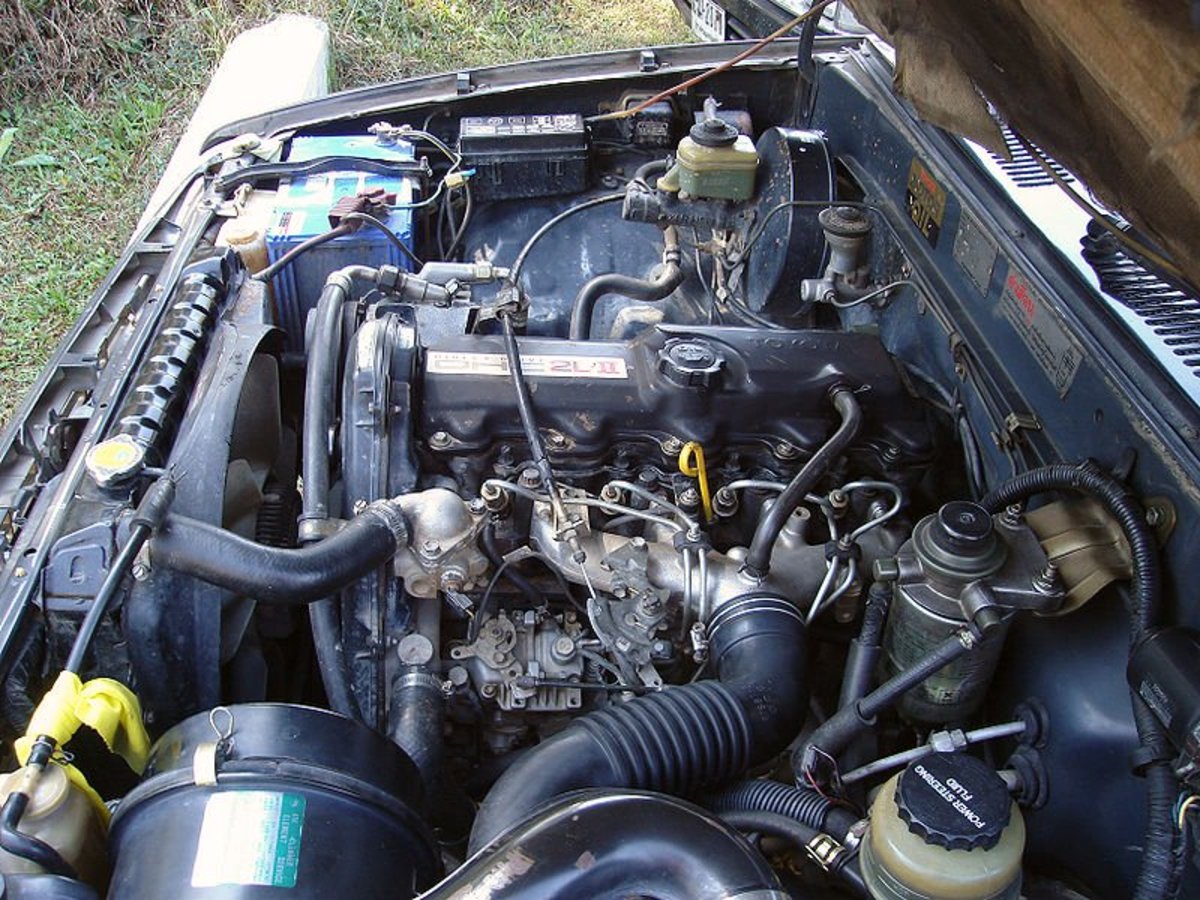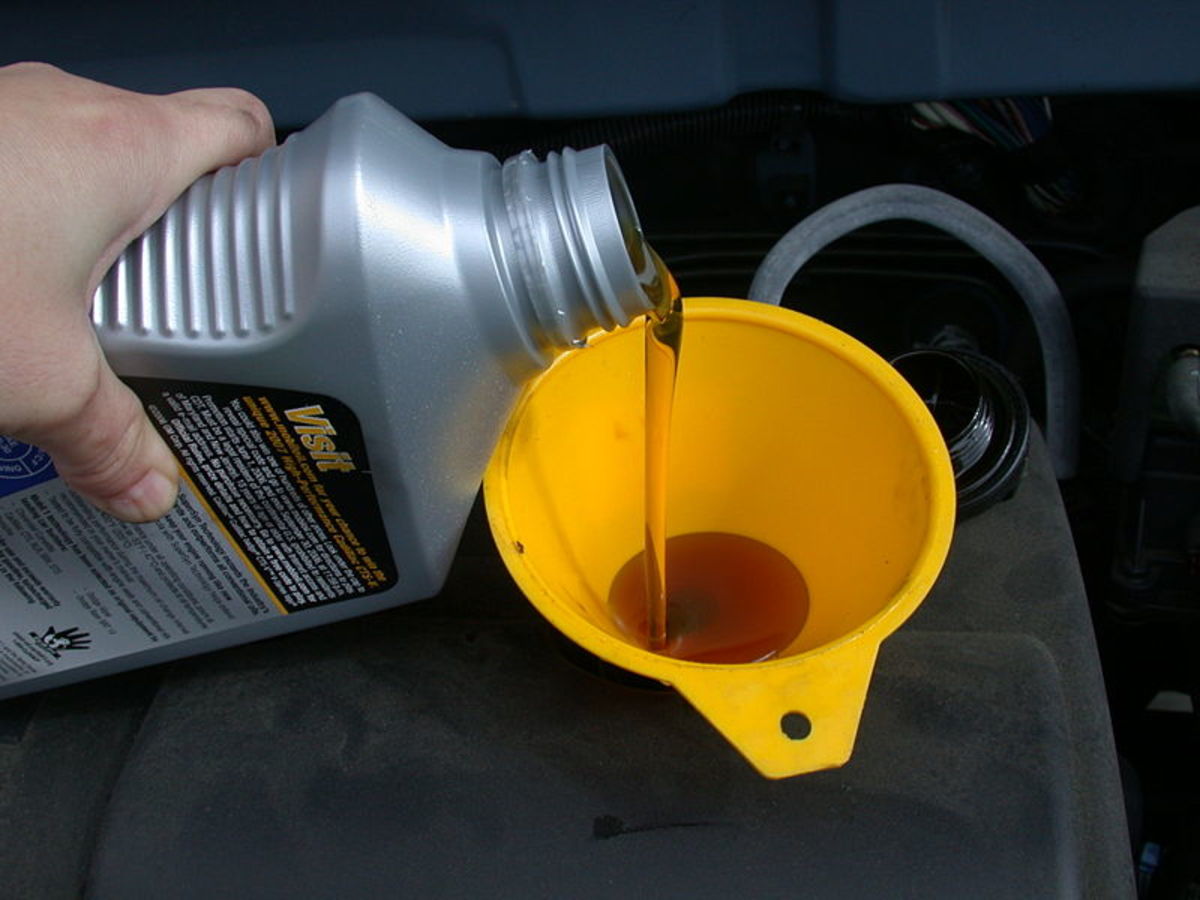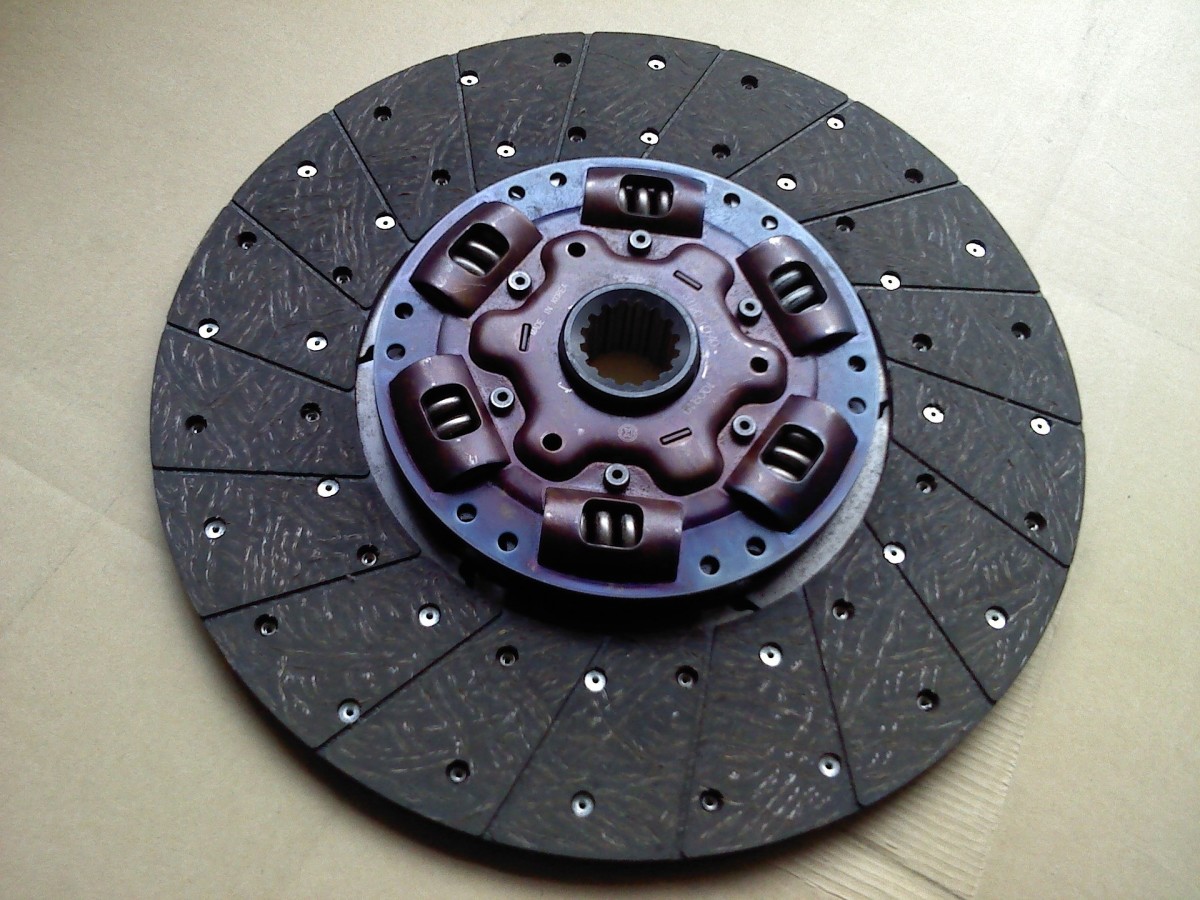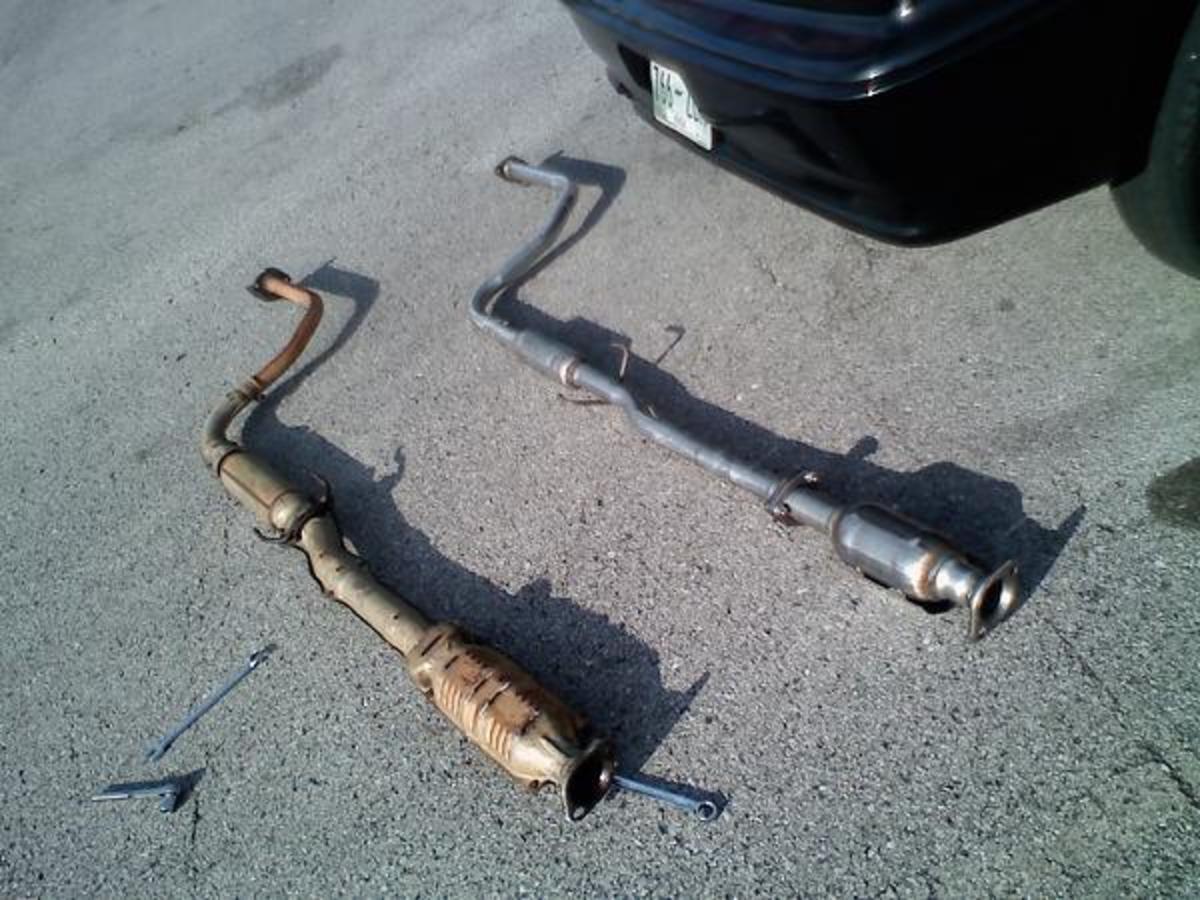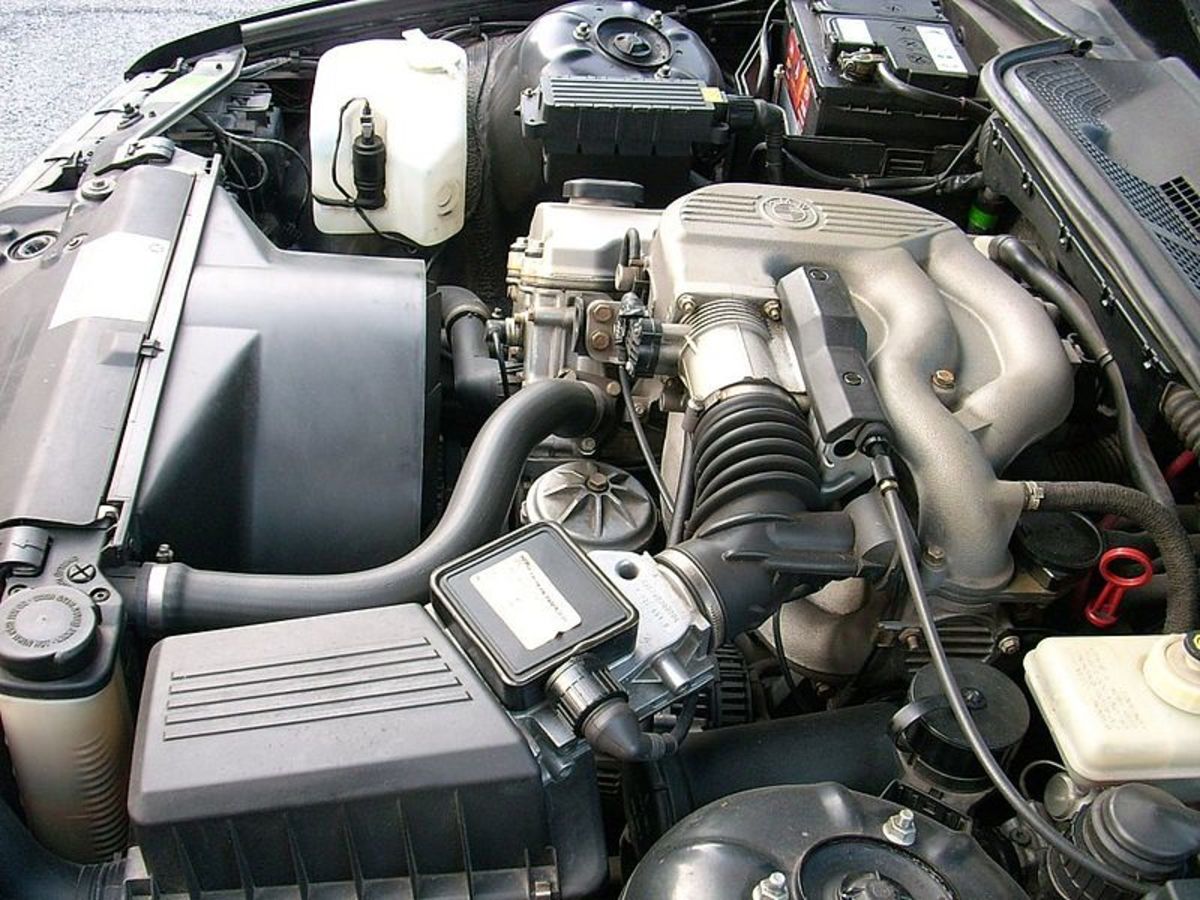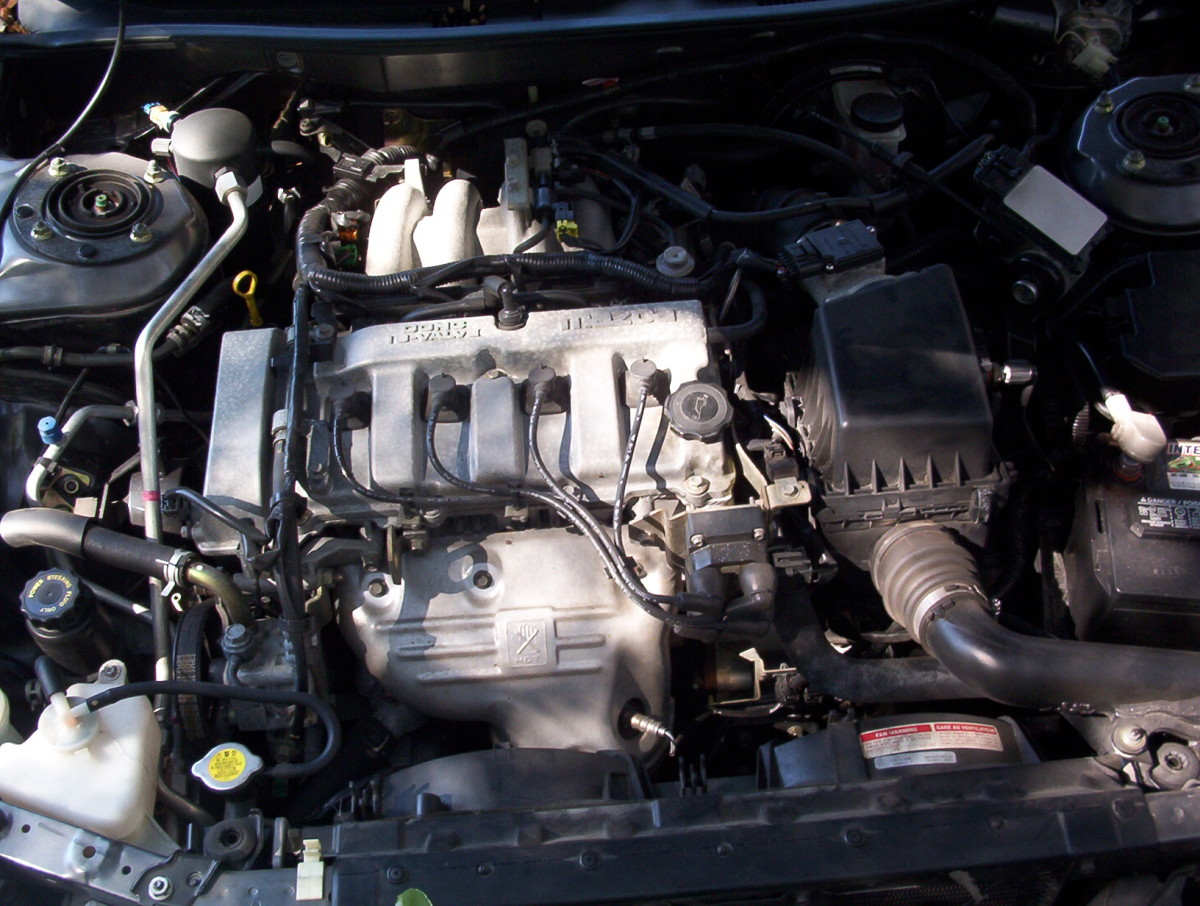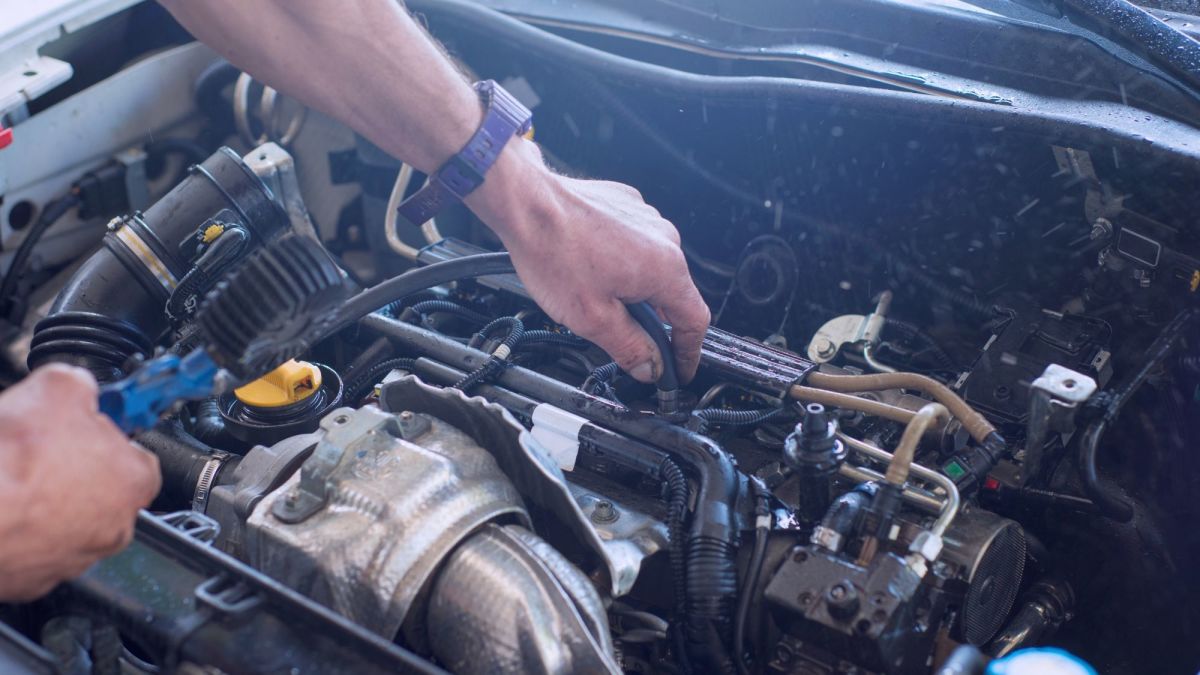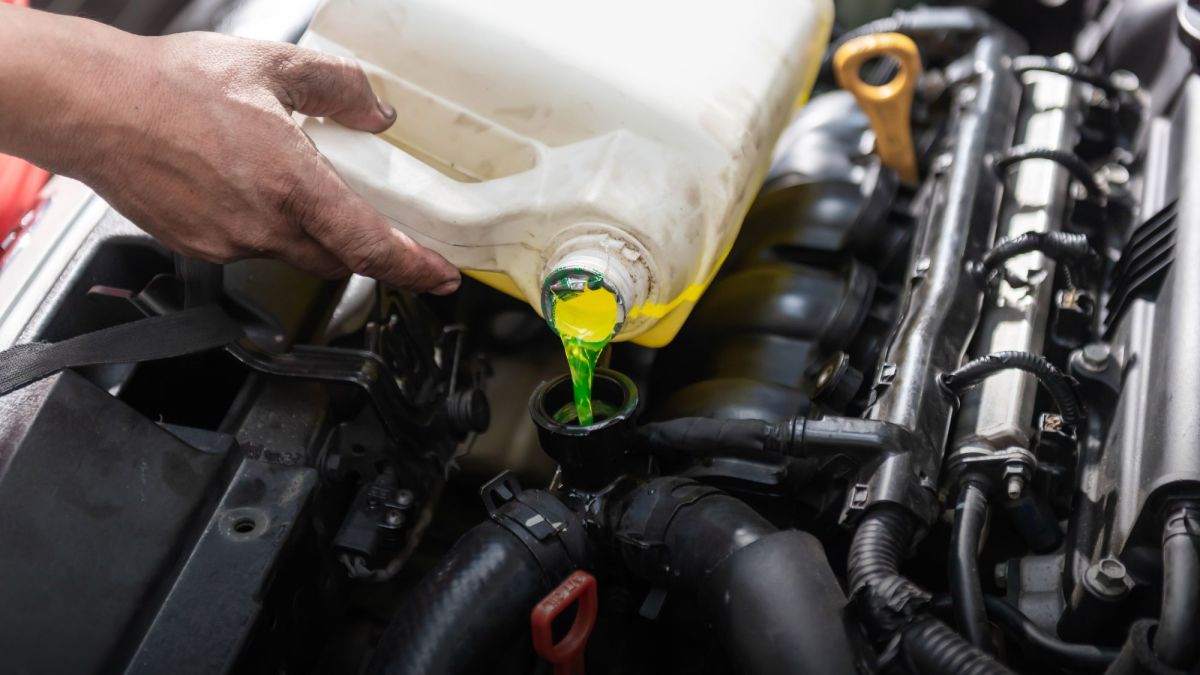 66
66- 0
What Can Drain a Car Battery When the Car is Off?
Discover the common and not-so common causes of car battery drain when your vehicle is off. Then learn how to prevent your battery from going dead and avoid getting stranded.
- 0
How Long Does an Alternator Last
Learn about the average lifespan of a car alternator, factors affecting its longevity, and how to maintain it to prevent unexpected failures.
- 0
What Does an Alternator Do?
Discover what an alternator does, how it works, and how understanding it can help you diagnose issues, maintain your vehicle's charging system, and keep your car running smoothly.
- 0
How to Clean Spark Plugs at Home
Discover how to clean spark plugs and boost your engine's performance and fuel efficiency. Know what tools you'll need; walk through the process step by step; and apply safety measures to prevent engine damage.
- 0
How to Gap Spark Plugs
Learn how to gap spark plugs for optimal engine performance, find the correct gap specification for your vehicle, and avoid common mistakes that can seriously damage your spark plugs and engine.
- 0
How to Charge a Dead Car Battery
Learn how to charge a dead car battery safely using jumper cables or a battery charger, following easy maintenance tips to increase your battery service life.
- 0
Why Are My Brakes Grinding?
Are your brakes grinding? Look into the most common causes, from worn pads to brake hardware issues, and prevent future problems.
- 0
How to Tell If a Spark Plug is Bad
Learn how to tell if a spark plug is bad by checking its average lifespan, recognizing the signs of a bad spark plug, and performing some practical tests.
- 0
How Long Do Spark Plugs Last
How long do spark plugs last? Their average lifespan varies, but most won't make it to the end of their service life. You can help change that.
- 0
How to Check Spark Plugs
Learn how to check your spark plugs at home with this simple DIY inspection and maintenance guide. It will help you diagnose engine problems, improve fuel economy, and save money.
- 0
How Often to Change Transmission Fluid
Car manufacturer's guidelines tell you how often to change transmission fluid but driving patterns will significantly shorten this schedule.
- 0
How to Do an Oil Pressure Test
Perform an oil pressure test to diagnose engine noises, lubrication system issues, and to prevent serious engine damage.
- 0
Benefits of Changing Spark Plugs
Replacing worn or bad spark plugs can greatly improve engine performance.
- 0
Symptoms of Bad Spark Plugs
Knowing the symptoms of bad spark plugs can help you fix engine performance issues before they turn into expensive repairs.
- 0
Why Is My Lifter Ticking?
A lifter tick may point to a worn lifter in your vehicle or a potential fault that can seriously compromise your car engine's health.
- 0
I Hear a Rubbing Noise When Turning
Diagnose the most common sources behind rubbing noise when turning.
- 0
Car Making Grinding Noise When Accelerating
Find out what is causing that grinding noise when you accelerate.
- 0
Brake Noise After New Pads and Rotors
Brake noise after servicing your brakes could be a matter of bedding-in your new rotors and pads or diagnosing a hardware issue.
- 0
Connecting a Car Battery
Successfully connect your car battery applying a clear process, and the proper safety steps.
- 0
Replacing Battery Cables
Replacing battery cables will help you solve many electrical faults and vehicle performance issues related to damaged or corroded cables that cause unwanted electrical resistance.
- 0
My Car Overheats When the AC Is On
Where to look when your car overheats when the AC is on.
- 0
What Does Antifreeze Smell Like?
Learn the different smells of antifreeze and how they can alert to potential engine problems.
- 0
Can You Drive With a Blown Head Gasket?
Know your risks and learn how you can drive with a blown head gasket under certain conditions.
- 0
I Hear a Grinding Noise When Driving
Arm yourself with a list of common suspects, let the sound be your guide, and tackle that unsettling grinding noise you hear while driving.
- 0
Why Does My Car Make a Grinding Noise When I Brake?
When you hear a grinding brake noise, it is time to check for worn out pads or a faulty component in the brake assemblies.
- 0
Bad Motor Mount Symptoms
Bad motor mounts can cause vibrations, noises, engine movement and damage to components.
- 0
How to Remove a Car Battery
Removing a car battery is a relatively simple procedure, but following personal and engine safety guidelines is more important.
- 0
How Long Will Your Car Battery Last?
The average car battery will have a shorter life than expected, but you can prevent this, save money, and avoid unnecessary breakdowns.
- 0
Replacing Your Car Battery
Get the right car battery for your application to ensure long service life and engine performance.
- 0
How Do You Fix a Car Battery That Won’t Charge?
Charging problems with your car battery are usually easy to diagnose and fix.
- 0
Check Coolant Level and Condition
Check coolant level and condition and read the signs of potential trouble to prevent expensive repairs.
- 0
Low Coolant Level Diagnosis
Diagnose low coolant level issues to prevent engine overheating and expensive engine repairs.
- 0
How Long Does It Take to Jump a Completely Dead Battery?
Jump-starting time requires a different approach depending on battery state of charge, type of battery, and even the type of vehicle.
- 0
Charging a Car Battery Safely
Charging a car battery can be done safely using a simple process.
- 0
Oil Change Time vs. Mileage
Learn the facts of an oil change time vs. mileage interval and use the best one for your vehicle.
- 0
Why My Car Clicks When Turning?
What causes your car to click when turning? Learn the problem and how you can fix it.
- 0
Why Is My Car Clicking When Trying to Start?
Learn how to diagnose and fix a car clicking when trying to start.
- 0
My Car Won't Start: No Clicking Sound
Diagnose and fix a car-won't-start-no-clicking condition by targeting the most common issues.
- 0
Diagnosing and Fixing a Grinding Noise When Starting Your Car
Find and fix the cause behind that grinding noise when starting your car before it turns into an expensive repair.
- 0
Why Is My New Car Battery Dead?
Car problems that can render your new car battery dead and how to fix them.
- 0
How Long Does It Take To Charge a Car Battery While Driving?
Learn what factors influence the time it takes to charge your car battery while driving.
- 0
How Many Miles Can I Go Between Oil Changes With Synthetic Oil?
Know when to change the synthetic oil in your car for better engine performance and longer useful life.
- 0
I Hear a Whining Noise When Accelerating
A whining noise when accelerating may come from a simple problem you may be able to fix yourself.
- 0
How to Diagnose Car Sounds
Find the source of common car sounds and fix them before they turn into expensive repairs.
- 0
Coolant Leak Symptoms and Diagnosis
Most coolant leaks are easy to diagnose—if you know where to look.
- 0
How Long Can You Go Without an Oil Change
Learn how long you can go without an oil change before your engine fails.
- 0
Car Battery Installation
A successful car battery installation starts with the right car and personal safety steps.
- 0
How to Disconnect a Car Battery
Learn how to disconnect a car battery safely in a few simple steps.
- 0
My Car Clicks but Won't Start
When your car clicks but won't start, listen for the clues, troubleshoot, and fix it.
- 0
My Car Makes Noise When Turning Left Only
Which faulty components cause your car to make noise when you turn left? Find out what's going on and how to fix it.
- 0
How to Add Coolant to a Car
Learn how to add coolant to your car to keep your engine safe and catch potential system problems on time.
- 0
Why Is My Low Coolant Level Light On?
A low coolant level light can mean problems in the cooling system, which you may be able to diagnose and fix.
- 0
Why Is My Car Battery Completely Dead?
Find out why your car battery is completely dead and prevent it from happening again.
- 0
How to Do an Engine Oil Change
Learn how to change oil to increase the service life of your engine and save money in the process.
- 0
How to Locate and Clean Car Battery Terminals
Learn how to recognize a car battery's positive and negative terminals, how to care for them, an d how to clean them if they become corroded.
- 0
How to Test for a Blown Head Gasket
These blown head gasket tests will guide you during your diagnostic and repair project at home.
- 0
How Long Does It Take to Charge a Car Battery?
You can estimate how long will it take to charge your battery using a simple formula and, if necessary, paying attention to battery properties.
- 0
How to Charge Your Car Battery
Learn how to charge a car battery, even during an emergency situation, and decide what type of charger you need for your particular situation.
- 0
How Long Does Synthetic Oil Last?
Learn what driving habits determine how long your synthetic oil lasts and what changes can improve your oil's and engine's service life.
- 0
How to Check Oil in Your Car
Learning how to check your car's engine oil is essential to keeping your engine healthy and prolonging its lifespan.
- 0
How to Do a Car Oil Change Yourself
Learn how to change the oil in your car with this complete step-by-step guide.
- 0
How Often Should You Change Your Oil?
Learn how often should you change your oil to increase your engine's performance and service life.
- 0
Coolant in Your Engine Oil: Symptoms, Diagnosis, and Solutions
Do you have coolant in your oil? Diagnose the problem at home and learn solutions to prevent expensive repairs.
- 0
Dead Car Battery: Symptoms and What to Do
Diagnose dead car battery problems and make the necessary repairs at home.
- 0
Car Cooling System Diagnosis: 7 Possible Issues
Diagnose common cooling system issues at home before they turn into expensive problems.
- 0
Why Is My Car Heater Not Blowing Air?
Is no air coming out of your heater? Here's how to check for the most common causes.
- 0
How to Use Jumper Cables
Knowing how to use jumper cables safely can help you–or someone else–during a road emergency and save you time and money.
- 0
How to Use a Car Battery Charger
A guide to using a car battery charger safely and selecting the correct charger for your type of battery.
- 0
Car Battery Maintenance
Maintain your car battery to increase its service life while performing simple but critical diagnostic tests.
- 0
How to Change Engine Coolant
Choose the correct engine coolant and replace it at home without leaving behind air pockets that can seriously damage your engine.
- 0
How to Jump a Car—Even a Hybrid
Find out how to jump a car using a simple procedure that helps you prevent costly mistakes and even personal injury.
- 0
What to Do if Your Car Battery Won't Hold a Charge
If your car battery won't hold a charge, don't get rid of it yet. Check the most common faults that cause this problem.
- 0
Signs of a Bad Water Pump
Learn about the signs of a bad water pump to save money and your car.
- 0
When to Replace a Radiator Cap
Learn when to replace a radiator cap through common symptoms and a simple test.
- 0
Why Is My Alternator Not Charging?
Is your alternator not charging? Diagnose the problem at home using a few simple tests.
- 0
My Car Temperature Gauge Fluctuates
Diagnose a car temperature gauge that fluctuates using this simple guide at home.
- 0
My Car Temperature Gauge Reads Low
Why is your car temperature gauge reading low? Diagnose the problem and fix it using this simple guide.
- 0
My Car Temperature Gauge Reads High
Learn what is causing your car temperature gauge to read high, so you can fix it and prevent engine damage.
- 0
Why Does My Car Overheat While Driving?
Is your car overheating while driving? Learn how to diagnose and fix cooling system problems.
- 0
Why Is My Car Overheating When Idle?
A car overheating when idle may indicate a simple cooling system problem or something more serious with the engine.
- 0
Why Does My Car's Steering Wheel Shimmy?
Diagnose the most common causes of steering wheel shimmy using this simple guide.
- 0
Wheel Bearing Noise Diagnosis
Diagnose wheel bearing noise and axle bearing noise at home using this simple guide.
- 0
Why Is My Car Overheating?
Find out why your engine is overheating by focusing on the conditions under which the problem manifests itself, narrowing down the possible components or systems that could be behind the problem.
- 0
Bad Thermostat Symptoms
Bad thermostat symptoms are varied but are not exclusive; even so, you have more than one diagnostic method you can use at home to test your thermostat now.
- 0
Diagnosing Car Noises
Strange car noises can be a mystery, but this simple guide will help you find their source and meaning.
- 0
Vehicle Lighting System Quick Diagnosis
Discover the causes behind the most common problems with your vehicle's lighting systems using this quick guide.
- 0
Sounds of a Bad Starter
Let the sounds of a bad starter help you diagnose and repair your hard-to-start or no-start problem with your car.
- 0
Intake Manifold Gasket Replacement: A DIY Guide
You can replace the intake manifold gasket in your own vehicle if you know what steps to take. Follow the tips in this handy guide and do it yourself!
- 0
Engine Head Gasket Repair
An engine head gasket repair could be a feasible project to do at home if you know about the different necessary resources.
- 0
Symptoms of a Blown Head Gasket
Blown head gasket symptoms are varied and usually get confused with faults in other systems unless you know what to look for and what diagnostic tools to use.
- 0
Why Is My Car Engine Making a Ticking Noise?
Engine ticking noise can be a red flag of potential engine damage if left unchecked. This article can help you learn how to diagnose it yourself.
- 0
How to Diagnose a Grinding Noise From the Starter
A starter grinding noise often comes from a common problem you may be able to diagnose and fix yourself.
- 0
Engine Hesitates During Acceleration but Gives No Trouble Codes
When engine hesitation occurs with no trouble codes, you could feel at a loss, but this post will help you find the problem.
- 0
Diagnosing Problems That May Be Caused by a Weak Spark
Weak spark problems may come from poor ignition system maintenance. They may be easy to fix at home.
- 0
Common Problems of Your Car's EGR System
Learn how the EGR system in your car works; its most common problems and solutions.
- 0
Understanding a P0340 Code
What is a P0340 code? What should you do if you encounter one? Use this guide to understand the possible culprits behind the problem and potential solutions.
- 0
EGR Valve Location
Learn about the EGR valve location in your vehicle with this practical guide, whether yours is vacuum or electronically operated.
- 0
My Car Struggles to Start When the Engine Is Cold
If your car struggles to start when the engine is cold, check the most common sources of trouble.
- 0
How to Diagnose a DPFE Sensor Problem
Think you might have a faulty DPFE sensor? Here's how to test the sensor, as well as other potential faults to consider.
- 0
Possible Causes of a P0401 Code From Your EGR
The causes of a P0401 code may vary from one vehicle model to another. Learn more about diagnosing and solving this emission trouble code.
- 0
8 Main Causes of Rough Idle
Know the most common reasons for a rough idle so you can repair your car faster.
- 0
10 Reasons Your Car Won't Start
Which of these ten basic problems is keeping you from starting your engine?
- 0
10 Common Signs of a Bad Car Battery
Learn the most common signs of a bad car battery to help you diagnose the issue and prevent future failures.
- 0
10 Common Power Steering System Problems
Explore common power steering system problems and their potential sources, for a faster repair.
- 0
Problems That Make Your Exhaust Loud
Loud exhaust noise, such as rattling or hissing, often comes from easy-to-diagnose problems. Here's what to do if you notice unusual sounds coming from your car.
- 0
Diagnose Exhaust System Problems Using Your Ear and Nose
Noises and smells serve as clues for diagnosing exhaust system problems. Here are some common sounds/smells and issues to check for.
- 0
How to Diagnose an Exhaust Leak (With Repair Suggestions)
A guide to diagnosing an exhaust leak using simple methods, along with repair suggestions.
- 0
5 Steps for Diagnosing an Intake Manifold Leak
Intake manifold leak diagnosis can be tricky. A leak may occur for more than one reason, including a disconnected vacuum hose. Here are a few simple techniques and steps to find the problem.
- 0
Signs of a Bad Alternator
Learn the different signs of a bad alternator to make a faster diagnosis. You can make some repairs using a few common tools.
- 0
How to Do a Camshaft Position Sensor Test
You can do a camshaft position sensor test at home using a digital multimeter and, if necessary, a few common tools.
- 0
My Car Idles Rough When the AC Is On
Does your car start idling rough when you turn on the air conditioner? If so, check these common sources of trouble.
- 0
Why Is My Car Idling Low?
If you have a car idling low, there are a few common components you can check at home using some simple tools.
- 0
Why Is My Engine Running Cold?
Check the most common faults that might cause an engine to run cold.
- 0
Why Is My Car Idling High?
Is your car idling high? Check the most common sources of abnormal fast idle problems, including a faulty PCV valve or bad ECT sensor.
- 5
My Car Has a Rough Idle When Cold: 6 Possible Causes
Don't ignore a rough idle when cold. Discover the common culprits and simple DIY fixes to protect your engine.
- 1
Why Does My Car Stall at Idle?
If your car stalls at idle, check these symptoms and the potentially faulty components that may lurk behind the problem.
- 0
Diagnosing Power Steering Problems Using Your Steering Wheel
Check for common power steering problems and their potential sources so you can fix them as soon as possible with this power steering troubleshooting guide.
- 0
What to Do If Your Manual Transmission Makes a Gear-Grinding Sound
Is your manual transmission making a gear-grinding sound? Let's find out why. Here's how to check for the most common issues behind manual transmission gear grinds to stop your car from making that terrible sound.
- 0
Tips for Finding and Repairing Power Steering Leaks
With this power steering repair guide, find difficult-to-locate power steering fluid leaks and get practical tips on system repairs to save time and money.
- 0
Why Does My Car Stall When Cold?
If your car stalls when cold, check the most common sensors and components behind the fault using a few common tools.
- 0
How to Diagnose Car Tire Wear Patterns
Learn to diagnose common tire wear patterns such as uneven wear, cupping, or bald spots and extend your car's tires lifespan.
- 0
Why Does My Car AC Smell Bad?
Find out why your car AC smells bad and how to get rid of the source using this simple guide.
- 2
Common Car AC Problems and Diagnosis
Learn how to diagnose car AC problems and save on system repairs with this handy guide and its useful tips.
- 0
Why Is My Car AC Making Noise?
Squealing, rattling, whining, and other weird noises from your car's AC can lead you to the source of the problem and help you save money on repairs.
- 0
How to Bleed the Power Steering System
Learn how to get air out of a power steering system. Bleed the system using one of two simple methods to prevent expensive repairs and potential road accidents.
- 0
How to Diagnose Car Steering Noises
A guide to the most common noise sources while steering to help you diagnose and fix your car faster.
- 0
What Causes Engine Surge?
This article lists common causes of engine surge, plus tips and tests.
- 0
Testing the Intake Air Temperature Sensor
To fix performance issues, check your car's intake air temperature (IAT) sensor using a few simple tests.
- 4
My Car Loses Power Going Uphill
If your car loses power while driving up hills or inclines, check these common potential faults.
- 0
My Engine Has No Spark at the Coil
If your car’s ignition system has no spark, a few simple tests can help you locate the fault.
- 0
Using a Battery Maintainer or Trickle Charger
Know the difference between a battery maintainer and a trickle charger and how they can save your battery and save you money.
- 1
Why Your Car Stalls at Stops and How to Fix It
Does your car stall at stops? Check for these common sources of trouble.
- 4
What Vapor Lock Is and How to Fix It
Check your engine for vapor lock symptoms, and learn how to fix the problem and prevent it.
- 0
My Car Is Hard to Start When Warm
Is your car hard to start when warm? Here are a few common trouble spots you can check to speed up your diagnostic.
- 0
How to Diagnose Clutch Drag and Adjust Your Clutch Pedal
Learn how to diagnose clutch drag and follow some simple steps that may help you correct clutch operation.
- 0
How to Do a Voltage Drop Test on Your Charging System
Run a voltage drop test on your charging system circuit before condemning your alternator.
- 4
How to Test Your Alternator's Voltage Regulator
Learn how to test your car's voltage regulator to avoid replacing components unnecessarily.
- 2
The "Reduced Engine Power" Message and Fixes for It
Here is a list of common faults that cause a "reduced engine power" message and what to do about them.
- 3
Why Your Car Won't Start When Cold and What to Do
If your car won't start in cold conditions, this guide will help you get going with DIY troubleshooting tips for the car battery and engine.
- 5
How to Clean an MAF Sensor
Clean your MAF sensor in minutes using a simple procedure. Fix rough idle problems and other performance issues.
- 0
How to Test a MAF Sensor
Before replacing your MAF sensor, test it using a digital multimeter (DMM). You might not even need a multimeter.
- 0
Troubleshooting Your IAC Motor
IAC motor troubleshooting is a simple procedure on most vehicles, and you probably already have the tools for the project.
- 0
Why Does My Car Stall While Driving?
If your car stalls while driving, check the sensors that most often cause this condition.
- 0
Why Does My Car Jerk When Accelerating?
Does your car jerk when accelerating? Check these common sources of trouble to speed up your diagnostic and repair.
- 0
Why Is My Starter Clicking?
A clicking starter is not a good sign, but those clicks can help you diagnose and fix the problem.
- 0
How to Flush Your Cooling System
Do a cooling system flush to remove rust, scale and other contaminants from the radiator and engine to prevent clogging and overheating.
- 5
Why Is My Car Temperature Gauge Not Working?
Find out whether your car's temperature gauge is working right by discovering key symptoms and applying a few simple tests.
- 4
How to Diagnose a Car That Dies While Driving or Idling
A guide to diagnosing a car that dies while driving or idling. Includes specific symptoms and potential causes of the problem.
- 1
How to Check Your Cooling System
Do you suspect your coolant is not circulating through your engine? Here's how to do a cooling system check to find the source of leaks, overheating, and overcooling problems.
- 0
Distributor Replacement and Ignition Timing Adjustment
Step-by-step instructions for a distributor replacement and timing adjustment.
- 2
Diagnosing a Slipping Clutch
What is clutch slipping? Learn clutch slippage symptoms, causes and a simple test to check if the clutch is slipping.
- 2
Diagnosing Noise From a Manual Transmission
Identifying the type of noise and when it happens can help you diagnose your transmission problem.
- 2
Diagnosing a Seized Engine
What is a seized engine? Diagnose a potential seized engine and learn about possible repairs.
- 16
Diagnosing the Symptoms of a Bad Engine Ground
Checking for a bad engine ground can fix dimmed lights, faulty sensors, and hard starting, and it can prevent severe damage.
- 4
Diagnosing Problems With Your Car's Lights
Often, car lighting problems require just an easy fix you can do in minutes.
- 0
How to Diagnose a Stuck Caliper
Diagnose a stuck caliper and avoid a potential road accident.
- 1
How to Test a Crankshaft Position Sensor Using a Multimeter
Troubleshoot an inductive or Hall effect type crankshaft position (CKP) sensor using a digital multimeter.
- 4
Diagnosing Trouble Codes P0171 and P0174
Don't let trouble code P0171 or P0174 leave you without your ride and, worst of all, with an expensive repair bill later on.
- 2
P0300 Random Misfire Diagnosis
P0300 random misfires can be hard to diagnose and leave you stranded and with an expensive repair bill, but this guide can help you.
- 0
Diagnosing Your Engine When There Are No Trouble Codes
No diagnostic trouble codes to help? Learn what potentially failed components or systems are causing engine performance problems with or without a check engine light.
- 2
How to Find an Open Circuit in a Car's Electrical System
Fix your car's electrical open circuit by looking for the most common faults, using simple tests and tools.
- 2
How to Find an Electrical Short in Your Car
This simple-to-follow guide will teach you how to find a short in a car using a test light and a digital multimeter.
- 0
How to Replace a Brake Master Cylinder
Replace the brake master cylinder in your own garage with this simple guide and suggestions.
- 2
How to Clean Corroded Battery Terminals
Use this guide to clean corroded battery terminals before they turn into an expensive repair.
- 2
How to Use Voltage Drop to Troubleshoot the Starter System
Testing the voltage drop can help you find trouble spots in your starter circuit before you swap components unnecessarily.
- 0
When Your Headlights Are Not Working: Diagnosis Based on Symptoms
When your headlights stop working, follow this simple symptoms-based guide to make a faster repair.
- 1
Diagnosing Valve Train Noise and Other Symptoms of a Bad Valve Train
Find the source of valve train noises and other symptoms using this simple guide.
- 0
Diagnosing Your Engine Based on the Color of Your Exhaust Smoke
Is your exhaust smoke blue, white, or black? The color of the smoke can give you valuable information about the state of health of the engine.
- 0
Diagnosing Engine Noise Using Your Ear and Simple Tools
When you want to diagnose engine noise, let your ear and these simple methods guide you.
- 13
Symptoms of a Bad MAP Sensor and How to Test One
Learn how to tell if your MAP sensor is bad and how to test it yourself in your garage.
- 3
DIY Timing Belt Replacement: A General Guide
Learn how to do a timing belt change in your own garage using these recommendations, tips, and procedures.
- 6
What Causes Low Engine Oil Pressure?
Check the main causes of low engine oil pressure and learn how to troubleshoot your car's oil pressure with this handy DIY guide.
- 0
Common Causes of a Blown Head Gasket
Learn the main causes of a blown head gasket, and prevent your new gasket from suffering the same demise.
- 2
How to Do a Charging System Check Using Simple Tests
Diagnose and fix common vehicle charging system problems using a few tools and this guide.
- 22
Why Does My Car Vibrate or Make Noises?
Check these common sources of car vibration and noises and repair your car sooner.
- 4
Why Does My Vehicle Pull to One Side When Braking?
If your vehicle pulls to one side when braking, check these common sources of trouble.
- 0
Why Does My Engine Knock?
Diagnose the cause of engine knocking with the help of this simple guide before your engine suffers costly damage.
- 0
Why Is My Car Using So Much Gas?
If your car consumes more fuel than usual, find the culprit fast and stop throwing money away at the gas pump.
- 54
Why Does My Engine Start but Then Stop?
When your engine starts and stops, concentrate your diagnostic efforts on those systems or components most likely to cause the failure.
- 3
Why Does My Engine Hesitate During Acceleration?
Is your engine hesitating during acceleration? Get to the source of the problem with this guide.
- 0
Why Won't My Engine Turn Over?
When your engine will not rotate, these simple checks and tests can help you diagnose and repair the fault.
- 7
Coolant Loss: Where Is My Car's Coolant Going?
Learn how coolant loss happens, where to look for the leak, and what tests you can do at home to find the leak source faster.
- 2
Why Does My Car's Engine Miss?
Engine misses can be hard to diagnose, but you can start with the most likely sources to speed up your repair.
- 0
Why Does My Engine "Lope"?
When your engine lopes, focus on those systems that are more likely to give you trouble.
- 6
Why Does My Engine Keep Running ("dieseling") After I Turn It Off?
If your engine fires and coughs after it's been turned off, this guide helps you target the different systems and components you should pay attention to.
- 5
Why Is My Car Hard to Start?
Whether your car is hard to start when cold, hot, or both, this guide gives you tips and tests to help you fix your car sooner.
- 26
How to Diagnose Engine Backfires
Diagnose engine backfires with this guide and prevent potentially serious engine damage.
- 95
Troubleshooting Alternator and Charging System Problems
Diagnose alternator and charging system problems with this practical guide to get your car back on the road faster.
- 107
Turn Signal Problems and Diagnosis
This guide helps you diagnose turn signal problems when one or more of the signal lights refuses to work.
- 15
Why Don't My Brake Lights Work?
When your brake lights don't work, apply these simple diagnostic tests.
- 20
Why Does My Car Battery Discharge Overnight or When Parked?
Find out why your car battery discharges by applying these simple tests at home.
- 4
Why Is My Car's Engine Using Too Much Oil?
Is your car using too much oil? Learn about common leak sources and prevention and how to do some tests to find the reason for overuse.
- 110
Diagnosing Symptoms of a Bad Manual Transmission
Match these common symptoms to your possible manual transmission issues for a faster diagnosis.
- 89
Symptoms of a Bad Clutch
Here are the most likely reasons for bad clutch performance, a noisy clutch, or strange behavior by the clutch pedal. Look for your symptoms here.
- 14
How to Test a Bad Catalytic Converter
Test your vehicle catalytic converter in your own garage.
- 27
DIY Diagnosis: Causes of Low Engine Power
How to test your vehicle yourself to investigate and troubleshoot common and not-so-common reasons for a sluggish engine with reduced power.
- 117
My Engine Cranks but Won't Start (6 Reasons Why)
Does your engine crank, but not start? This guide tells you where to begin your diagnostic and what to do next.
- 16
Troubleshooting Engine Rough Idle Problems
Sources of engine rough idle problems and related symptoms for a faster diagnosis and repair.
- 61
Troubleshooting Electric Cooling Fan Problems in Cars
Check for cooling fan problems using this simple guide and tips.
- 2
Radiator Check: Diagnostic Tips and Troubleshooting Guide
Here are eight ways your car radiator can cause your engine to overheat, plus troubleshooting tips.
